After breakfast at the Le Méridien, we took the U-Bahn to Olympiazentrum. We visited BMW World and the BMW Museum and had lunch nearby. The weather was good so we decided to go to the top of the nearby Olympiaturm. Afterwards, we returned to central Munich to see a bit more of the old town area.
Breakfast
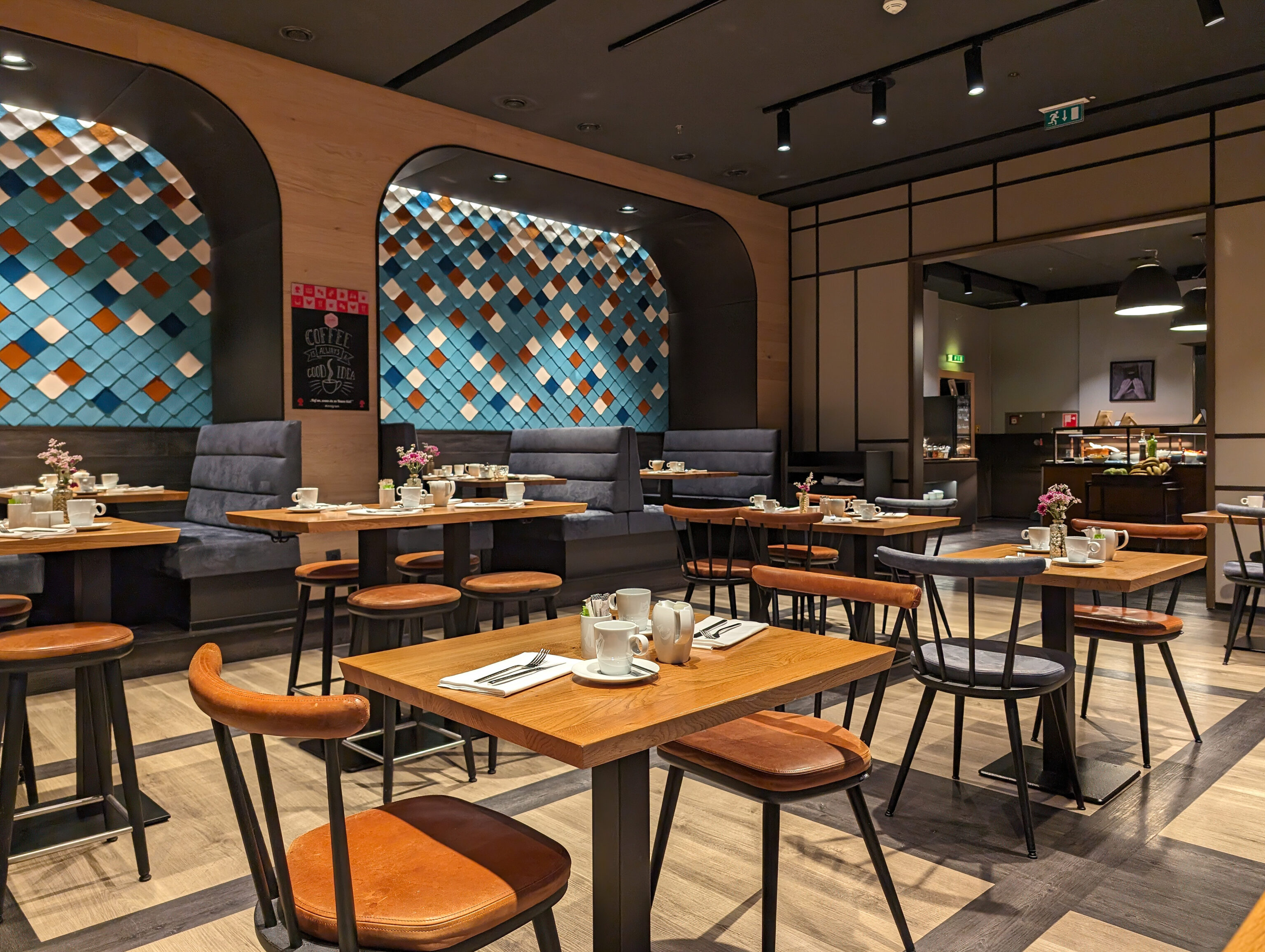
After waking up at the Le Méridien, we headed downstairs to have breakfast when it opened at 6:30am. The selections were mostly the same with some minor differences, mostly in the selection of bread items.
BMW World
We walked over to the Hauptbahnhof to catch the U8 to Olympiazentrum. The U-Bahn station, as well as the BMW factory, BMW Welt (World), and BWM Museum, are on the east side of the site of the 1972 Summer Olympics, the Olympiapark.
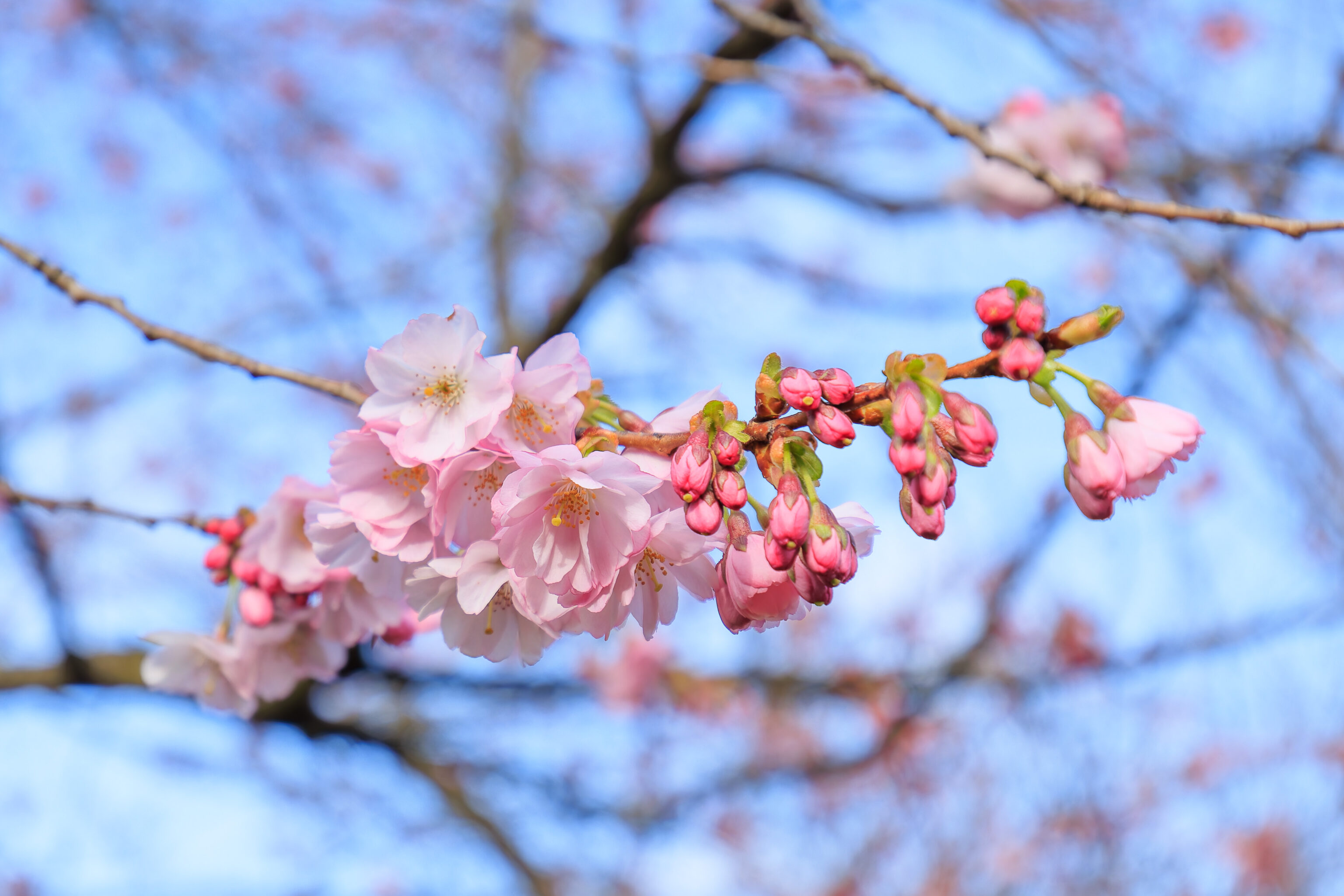
After exiting the U-Bahn station, we noticed some familiar looking flowers on a tree nearby. We walked up a small hill to take a closer look. Cherry blossoms! Peak bloom of Washington DC’s famous cherry blossoms is likely to occur in a week or two but we did not really expect to see any here in Munich!
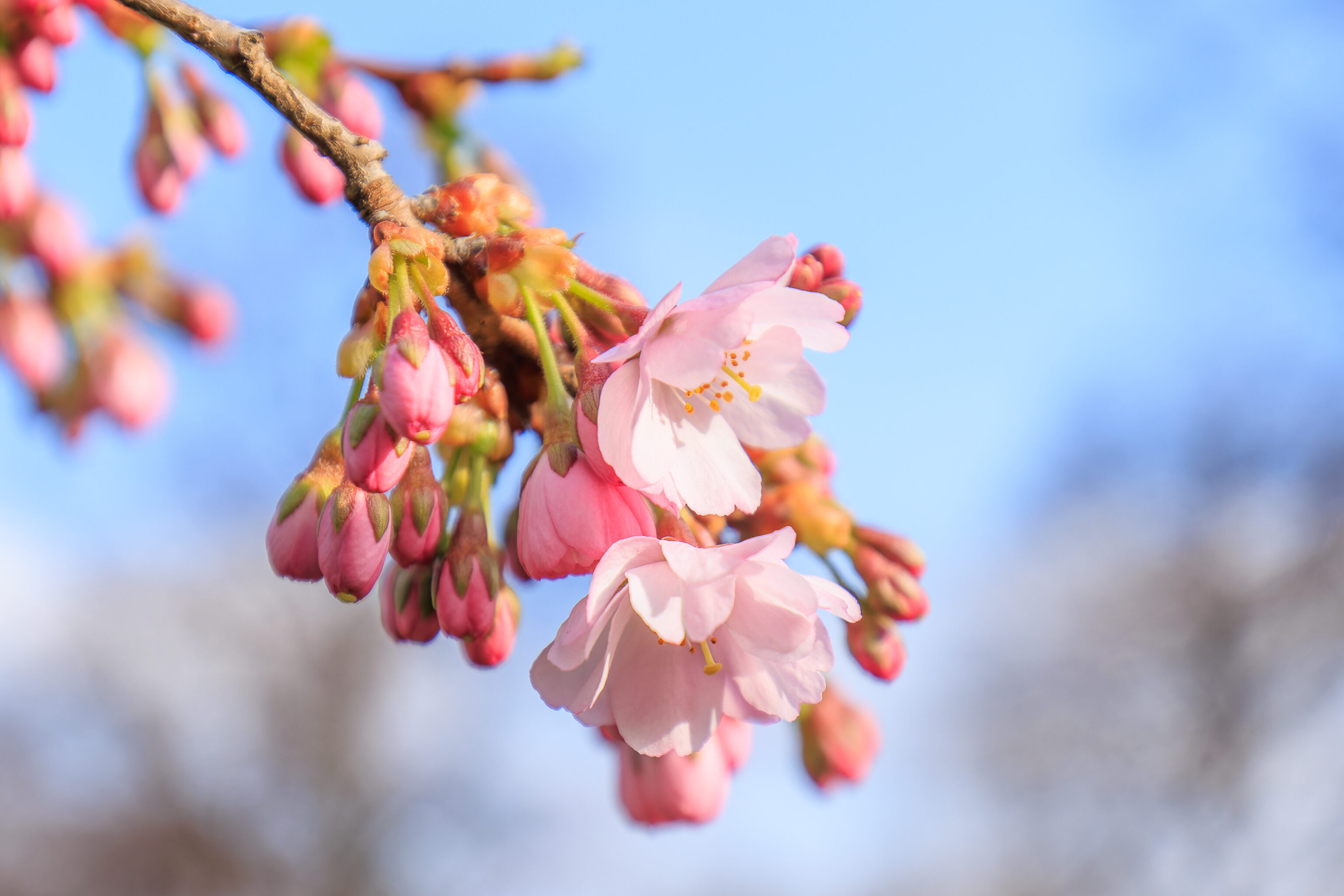
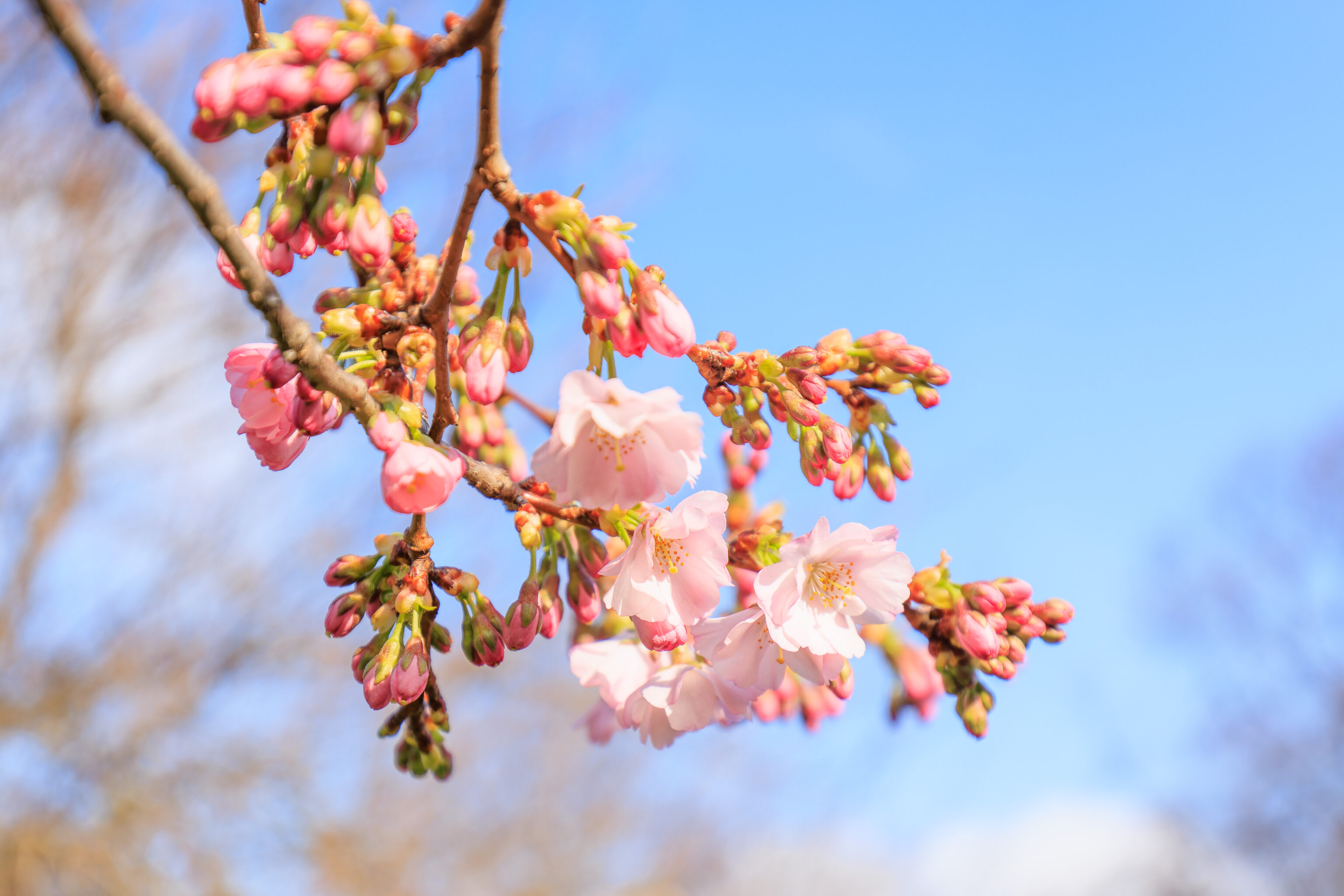
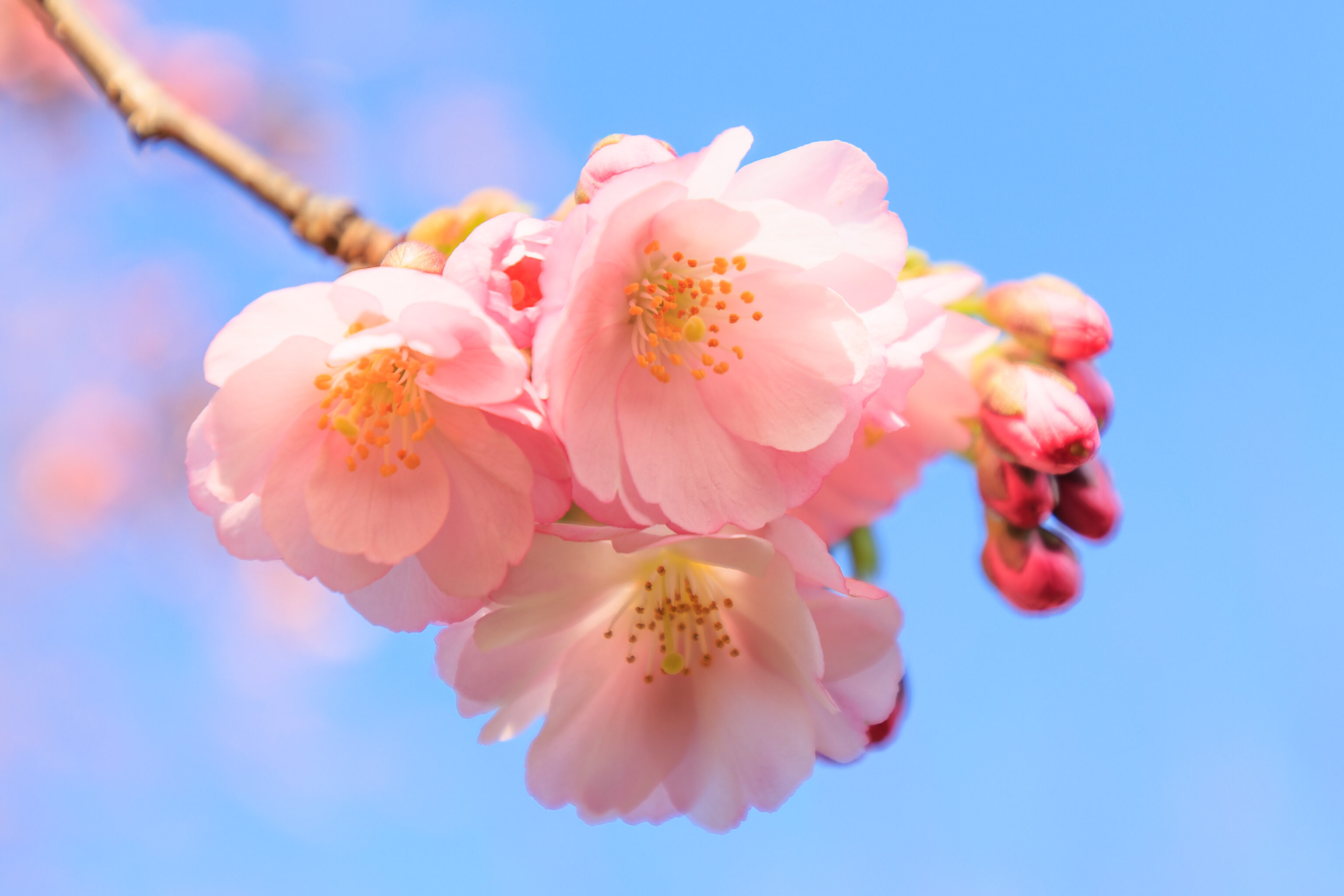
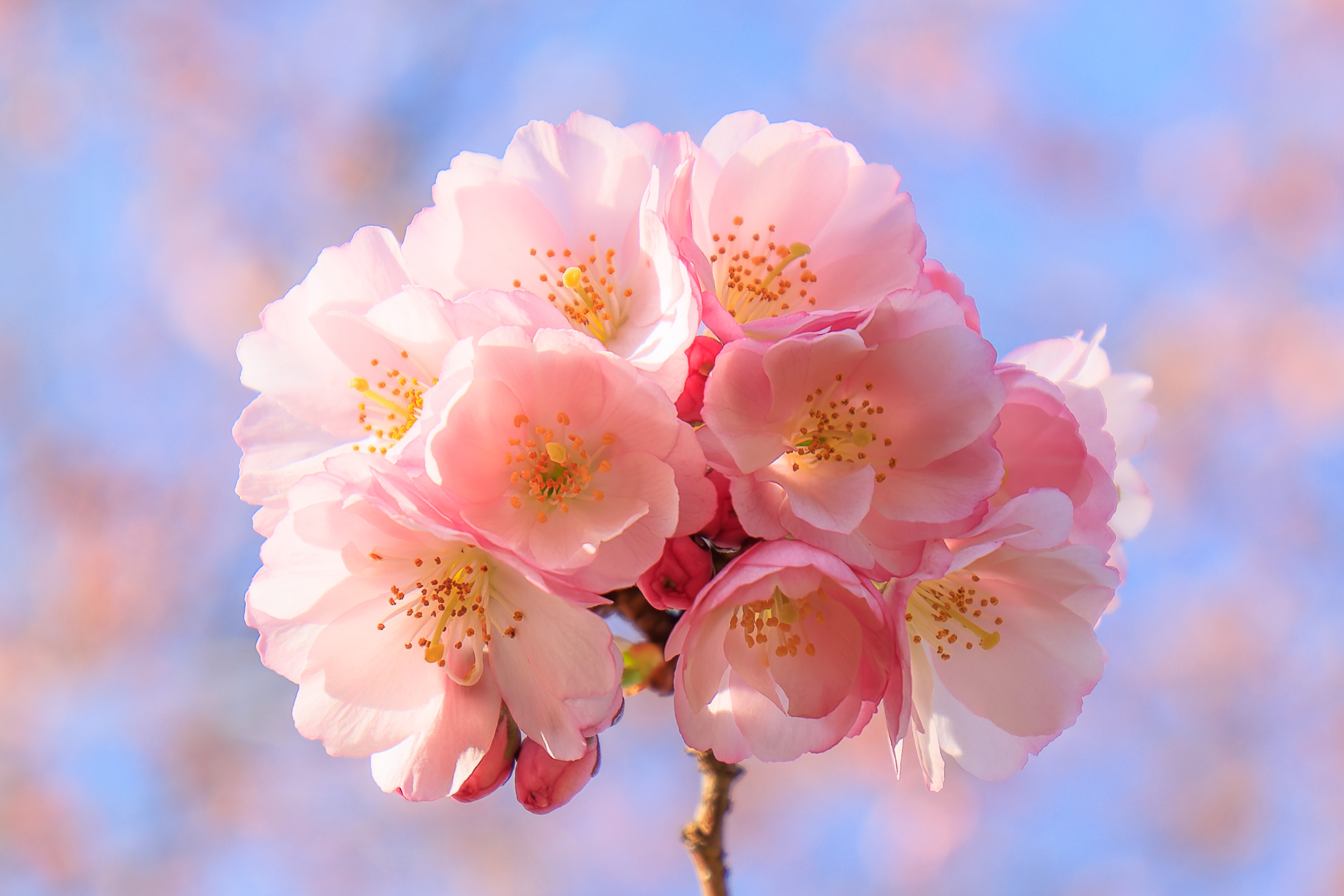
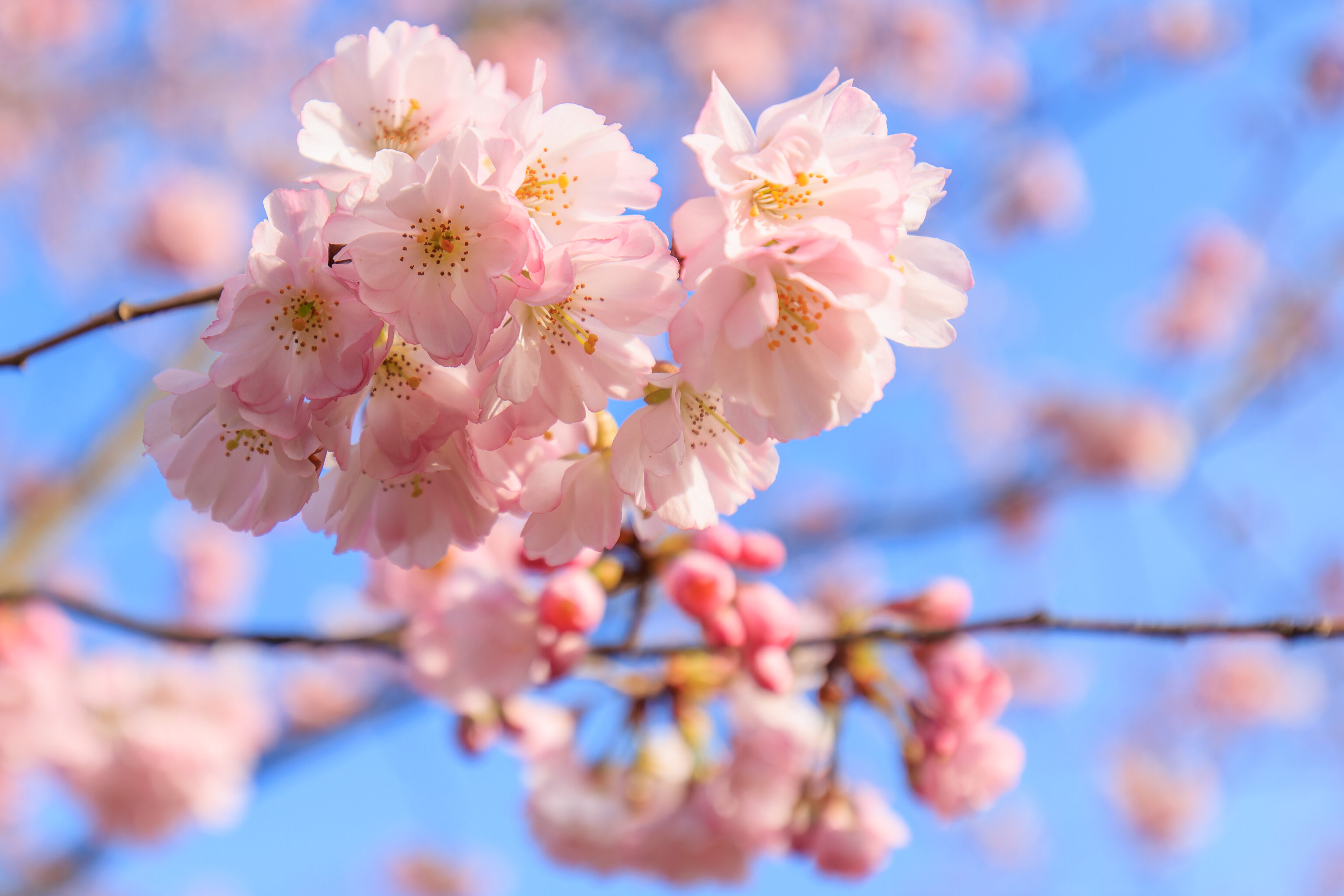
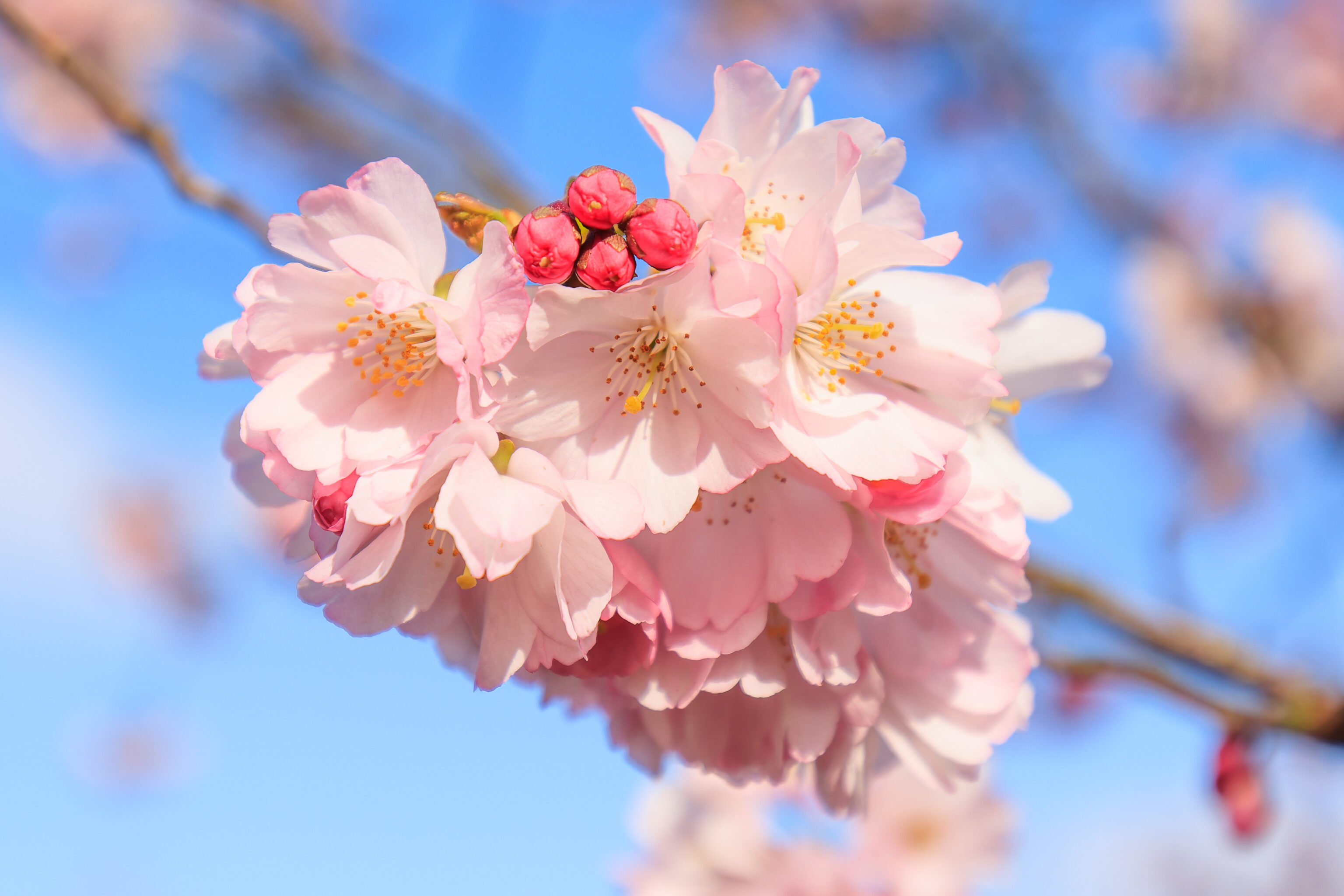
We spent a bit of time looking at this small cluster of cherry trees.
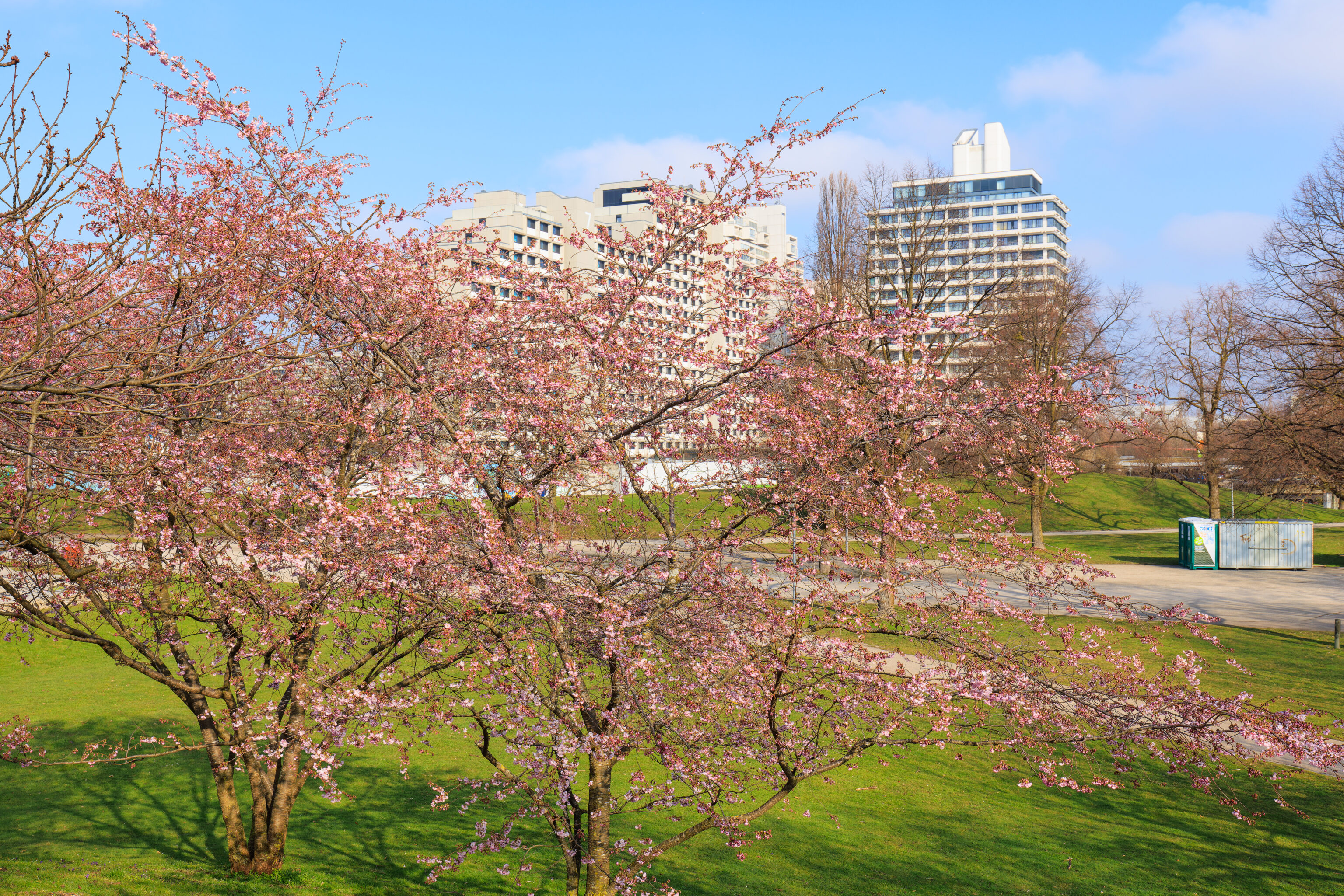
Definitely not peak bloom here yet, but it will be very soon.
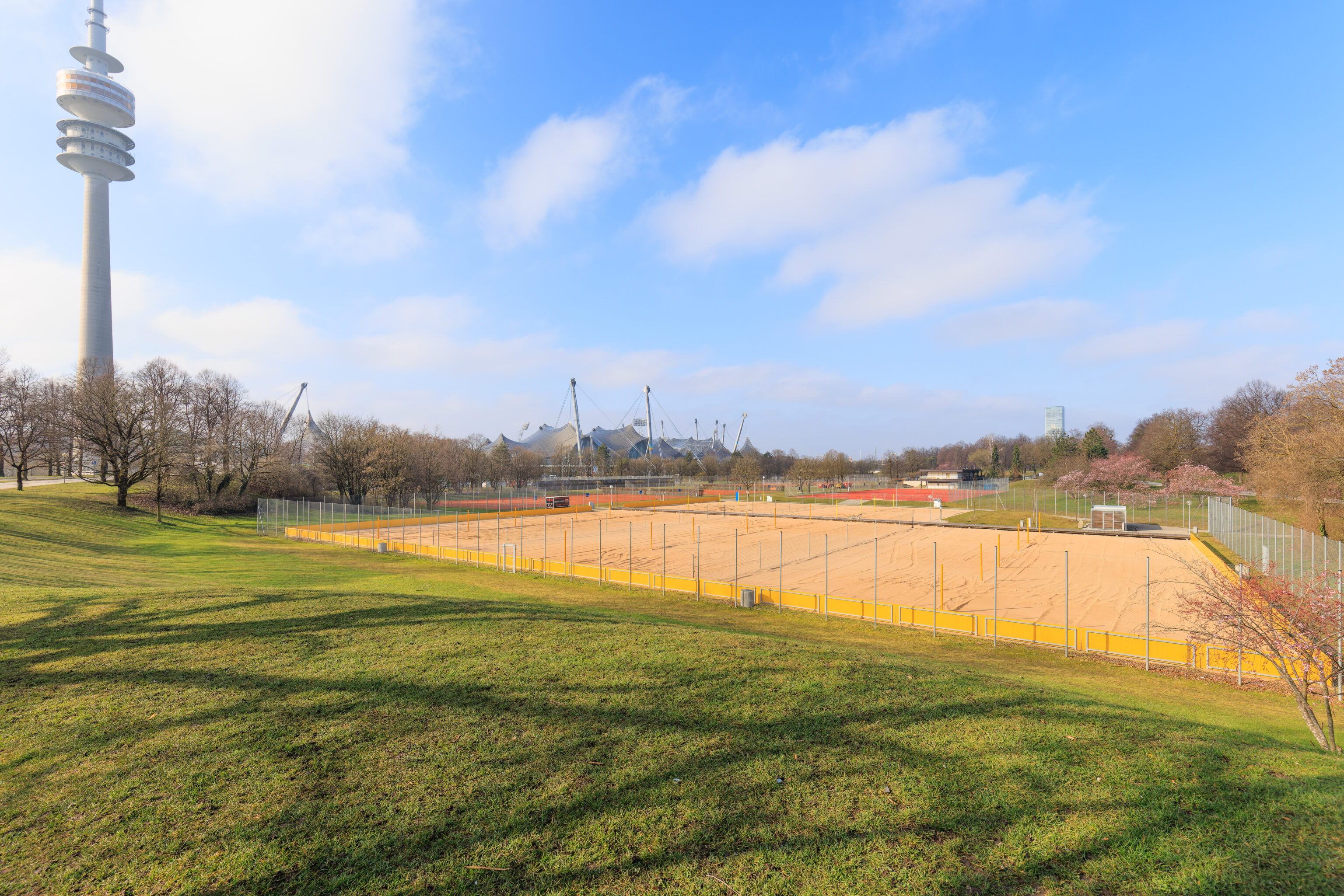
The hill overlooks the eastern edge of the Olympiapark. The tent-like building in the background is the Olympiahalle. The tall structure on the left is the Olympiaturm.
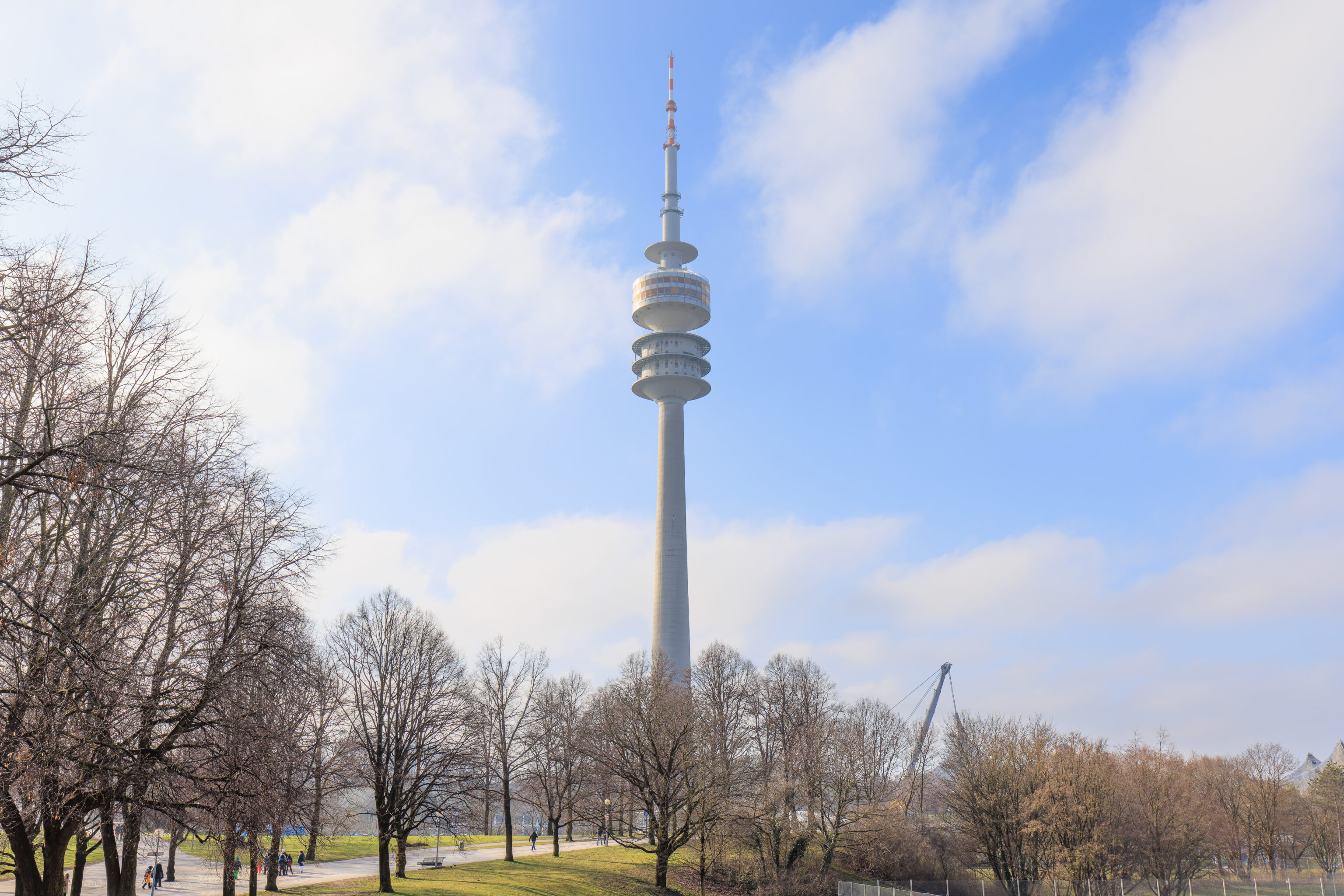
The Olympiaturm is the tallest building in Munich. Although the sky was clear, it was a tad hazy.
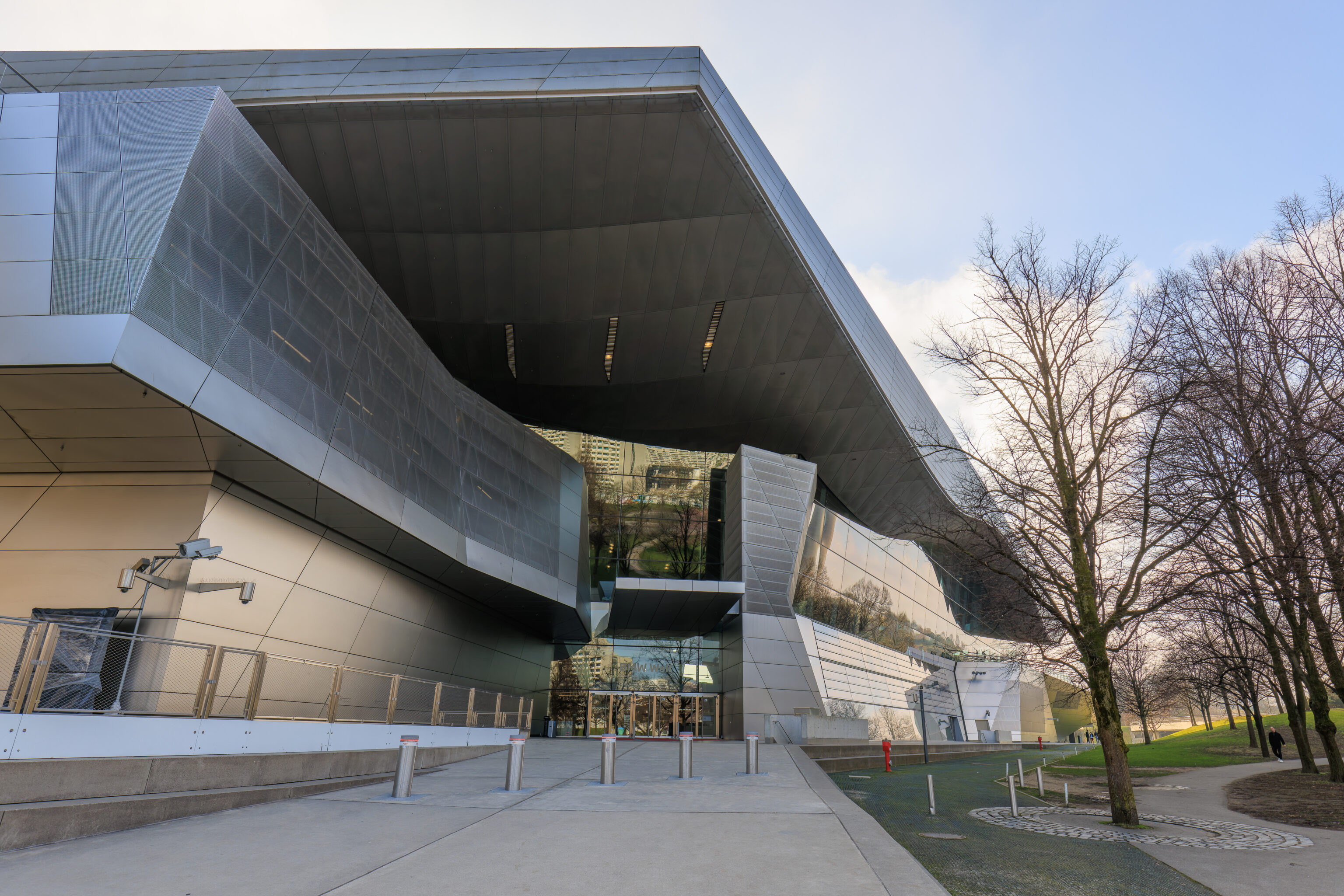
We headed into BMW World, right next to where we saw the cherry blossoms.
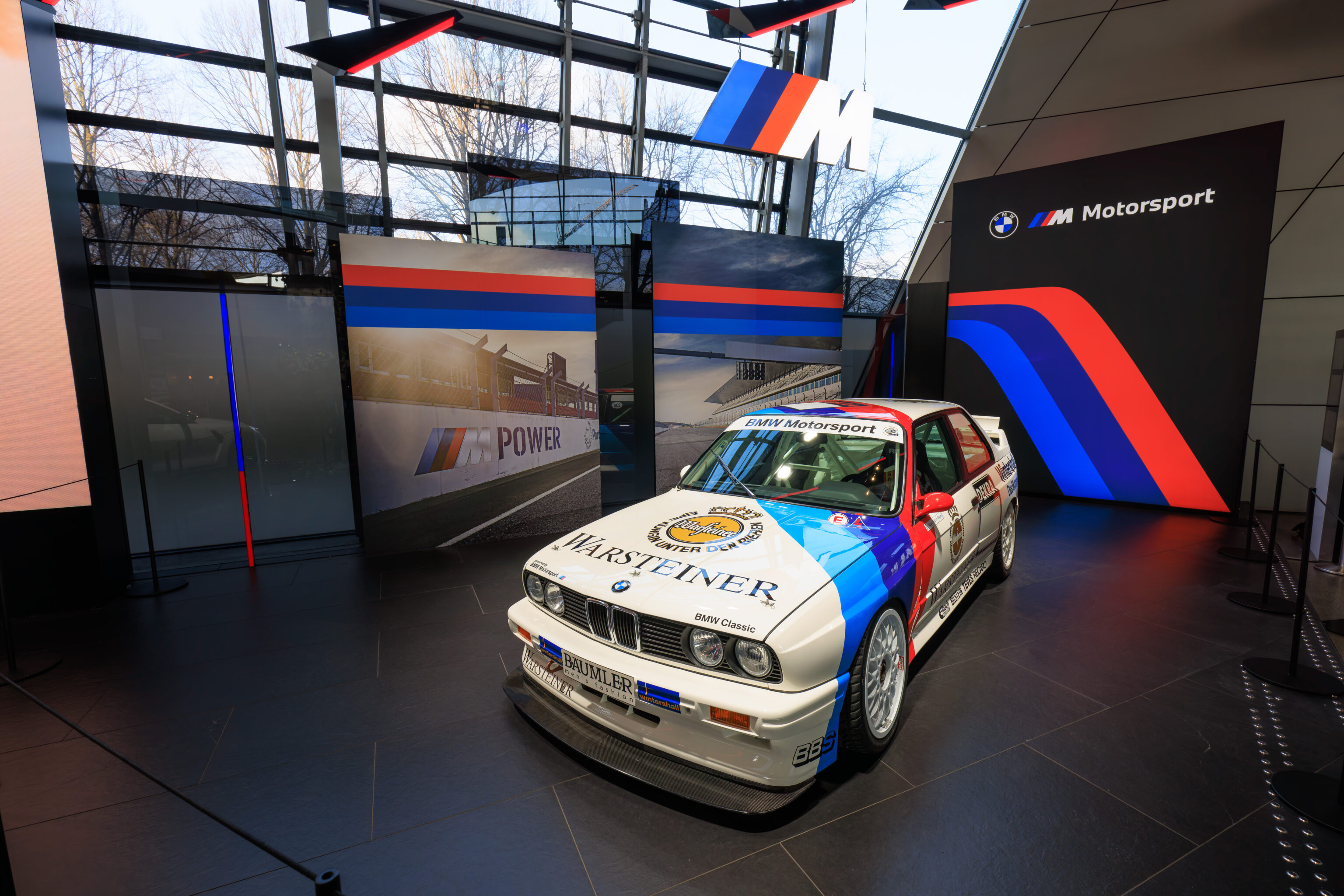
BMW world is mostly a fancy car showroom, though it does have a few historical items like this car.
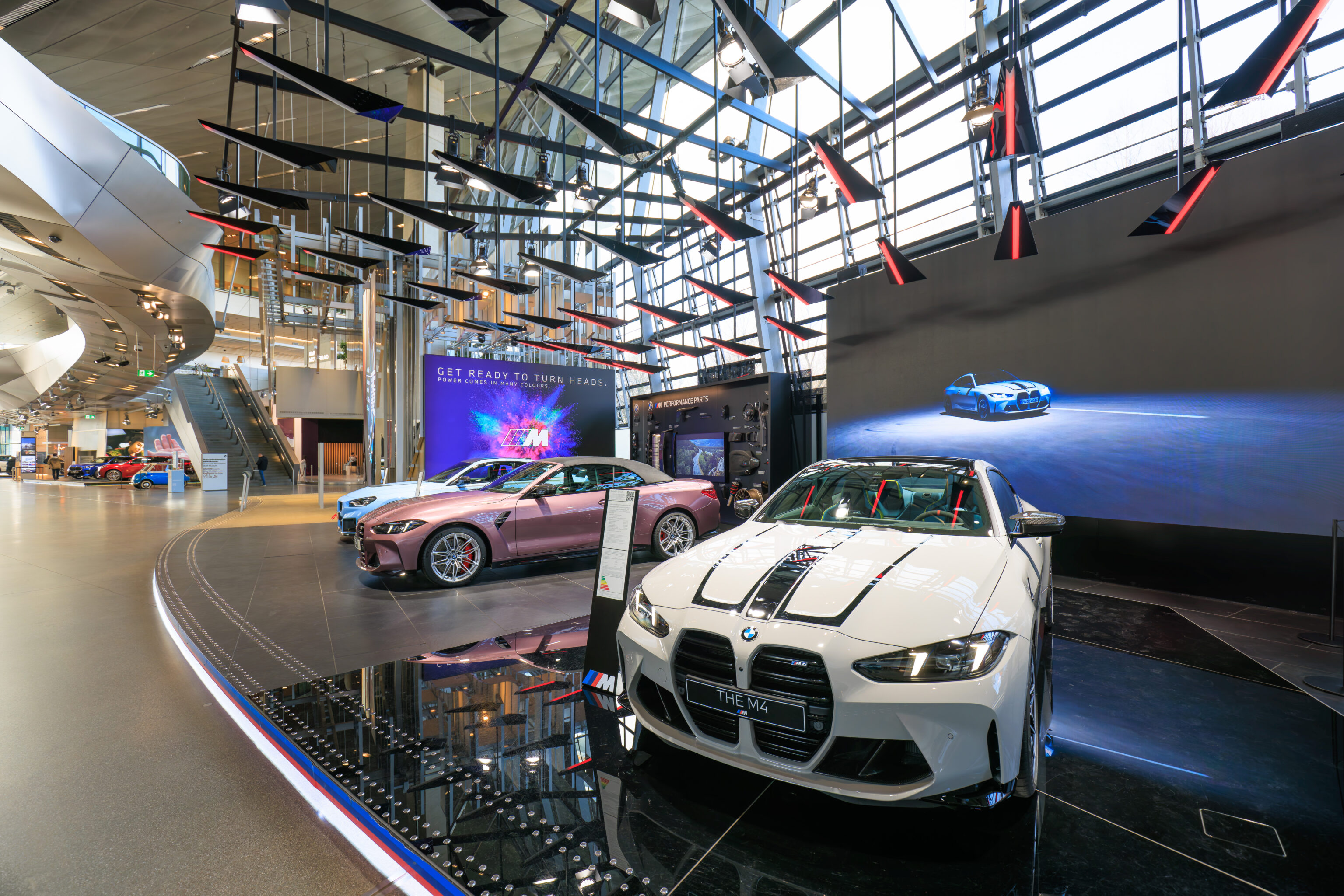
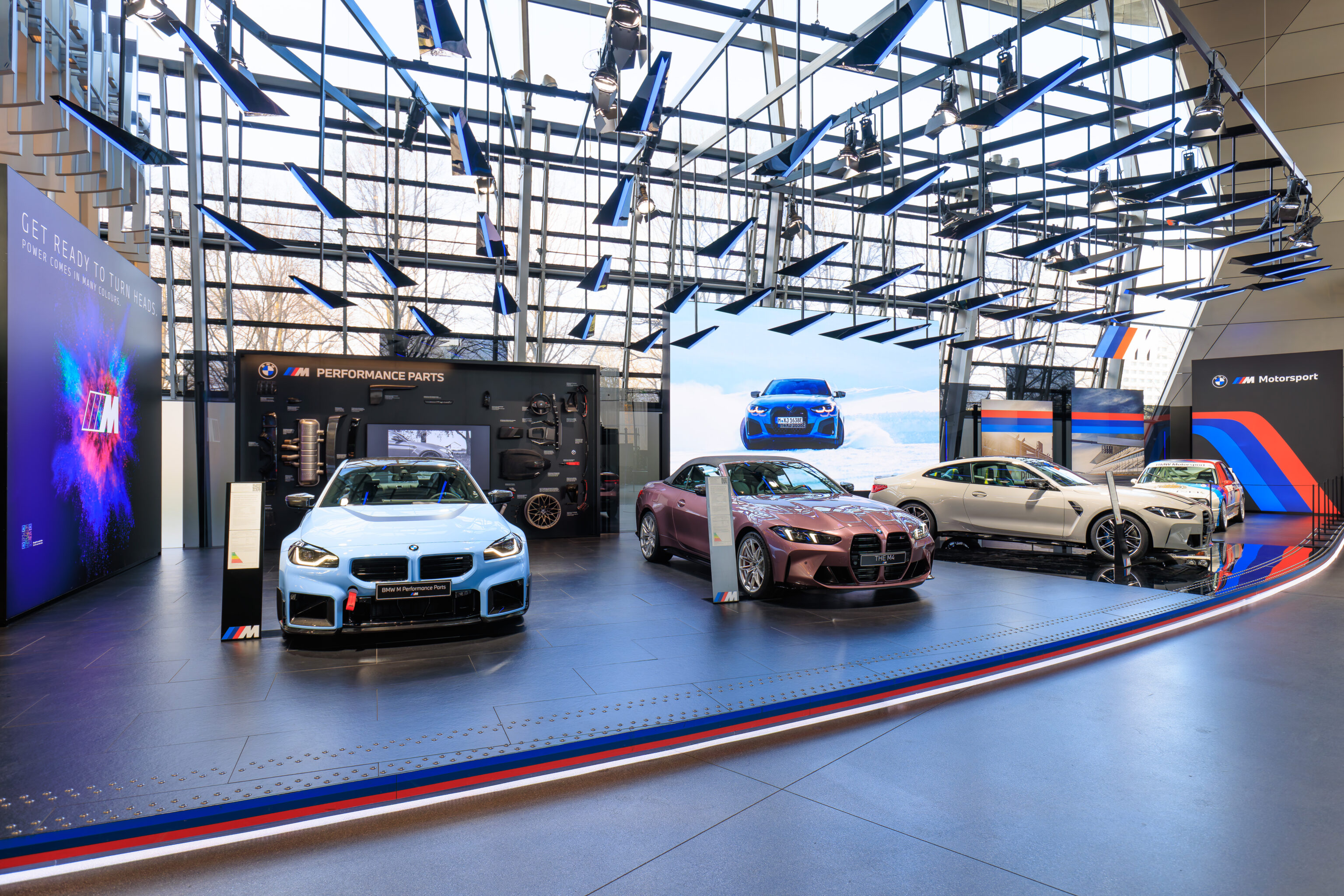
We aren’t car people and aren’t particularly familiar with BMW beyond it being one of the most well known German brands. Definitely interesting to see all the cars on display though.
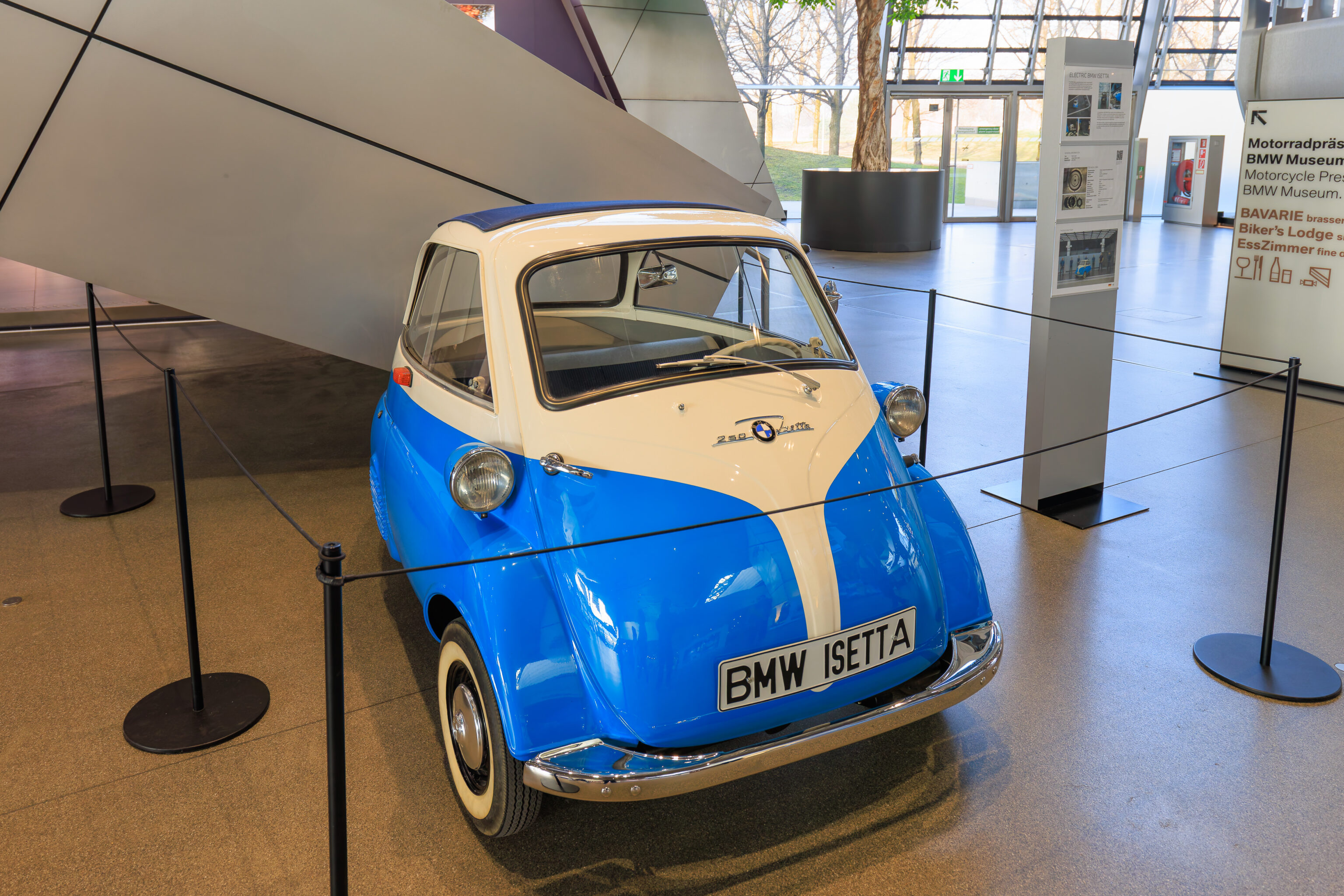
This tiny little car is a BMW Isetta. The door is actually in front. The entire front area swings open.
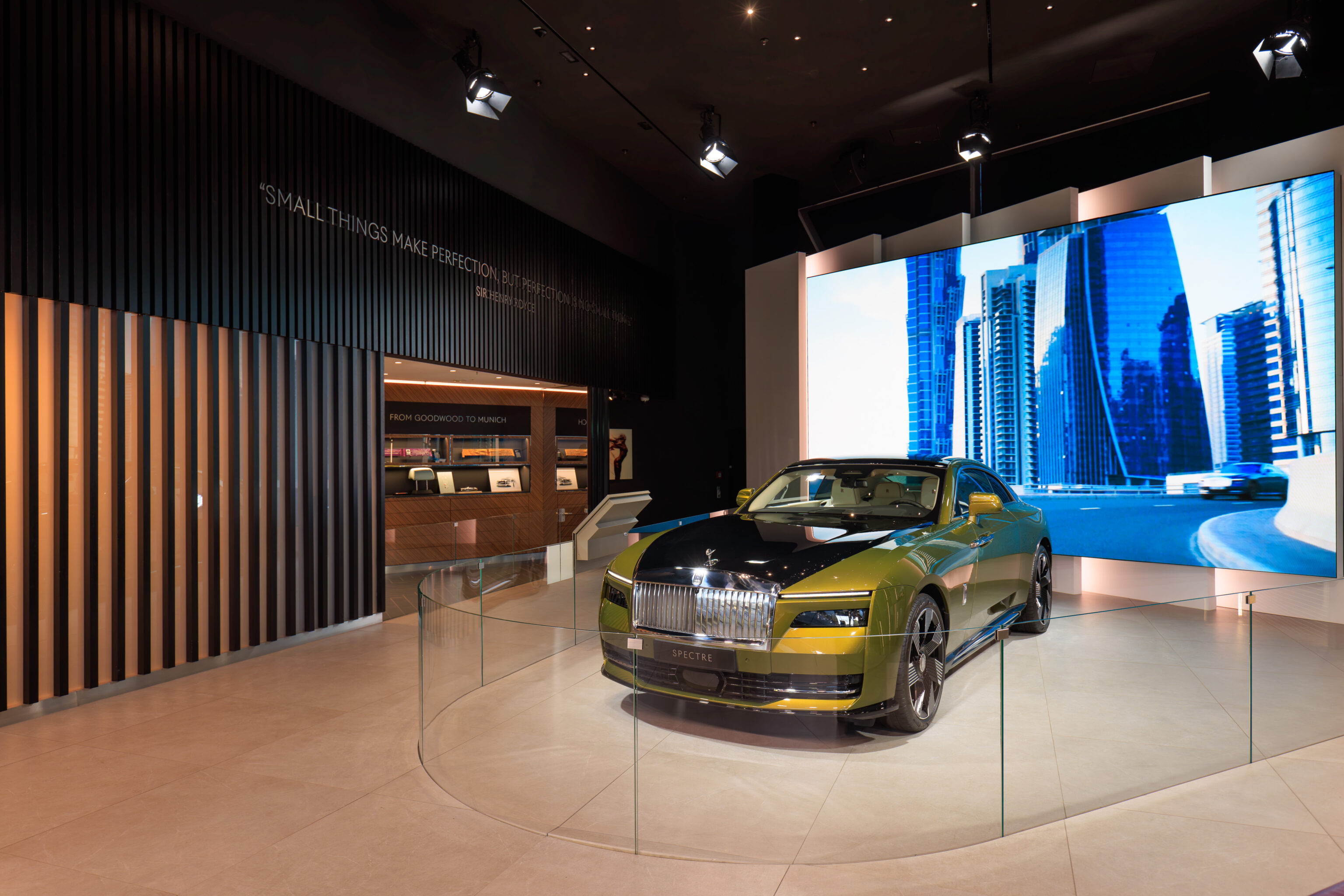
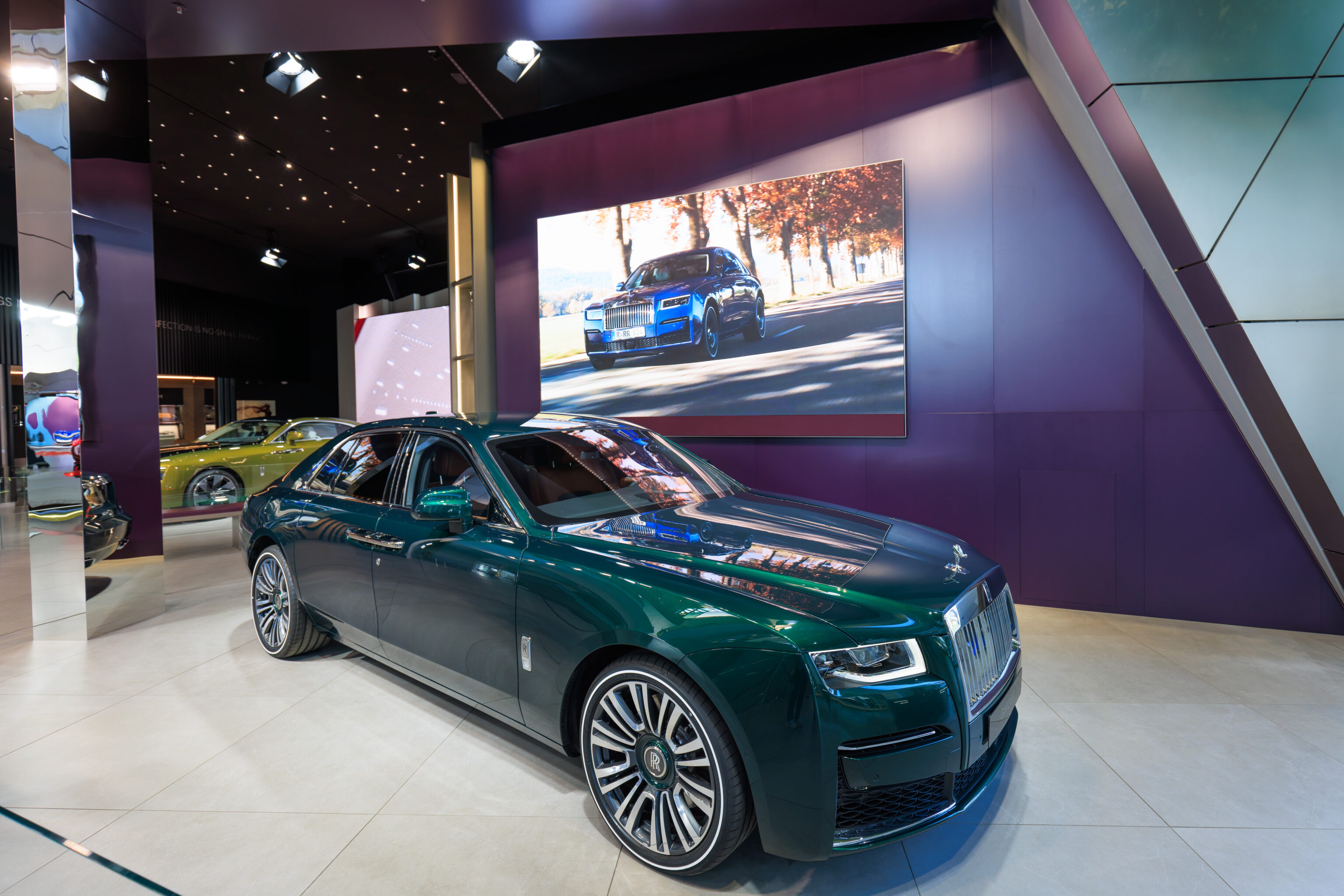
We were surprised to see a Rolls-Royce display here in the BMW World. It tuns out that the current day Rolls-Royce automotive brand is fully owned by BMW. It originally made parts for the original Rolls-Royce but the rights to the brand were sold to BMW in 2003. The original manufacturer of Rolls-Royce before then was merged into Bentley, which is currently part of Volkswagen. There is a third Rolls-Royce which manufactures aircraft engines and participates in the defense industry. This seems to be the original Rolls-Royce company from which the automotive division was spun off during bankruptcy in the 70s.
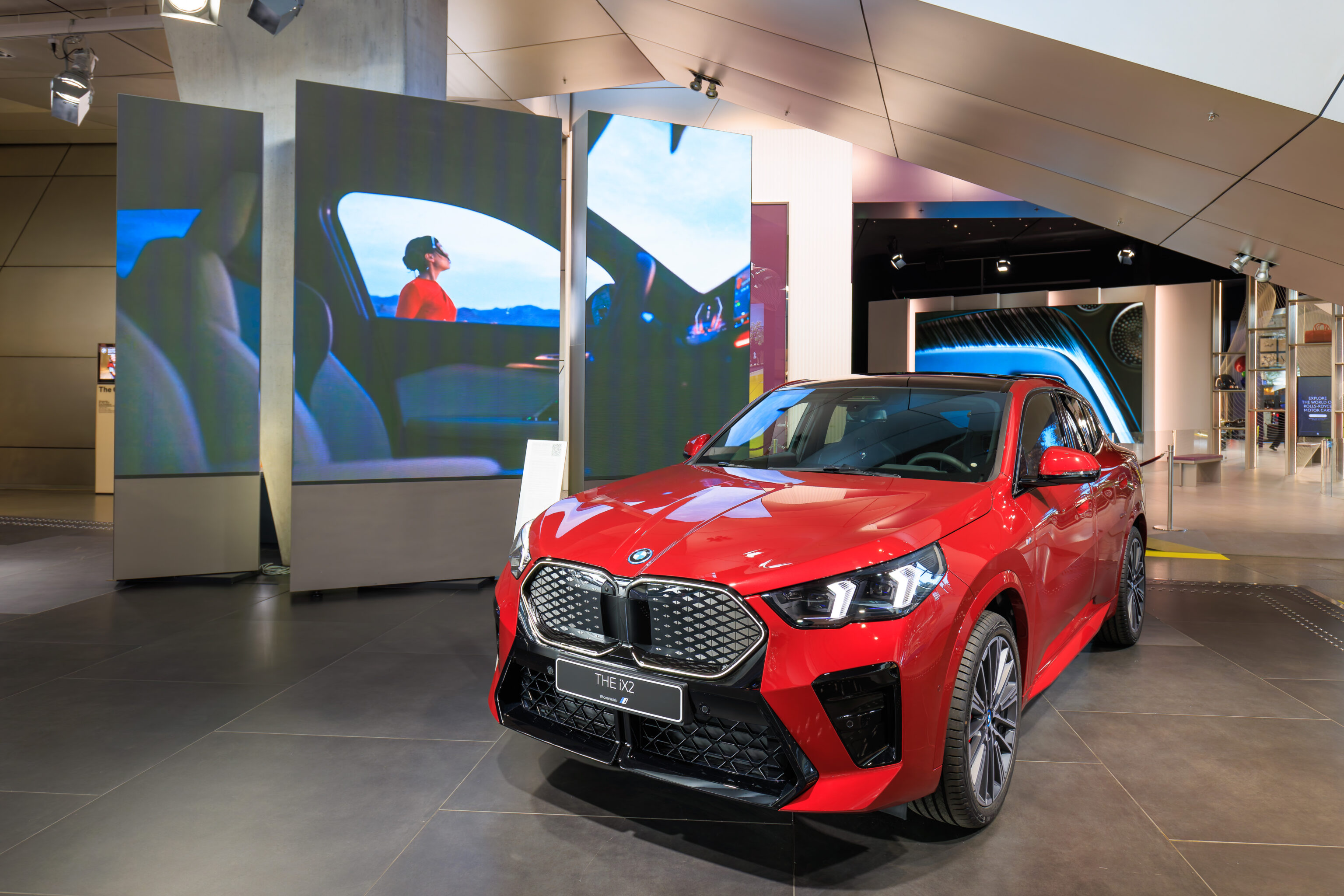
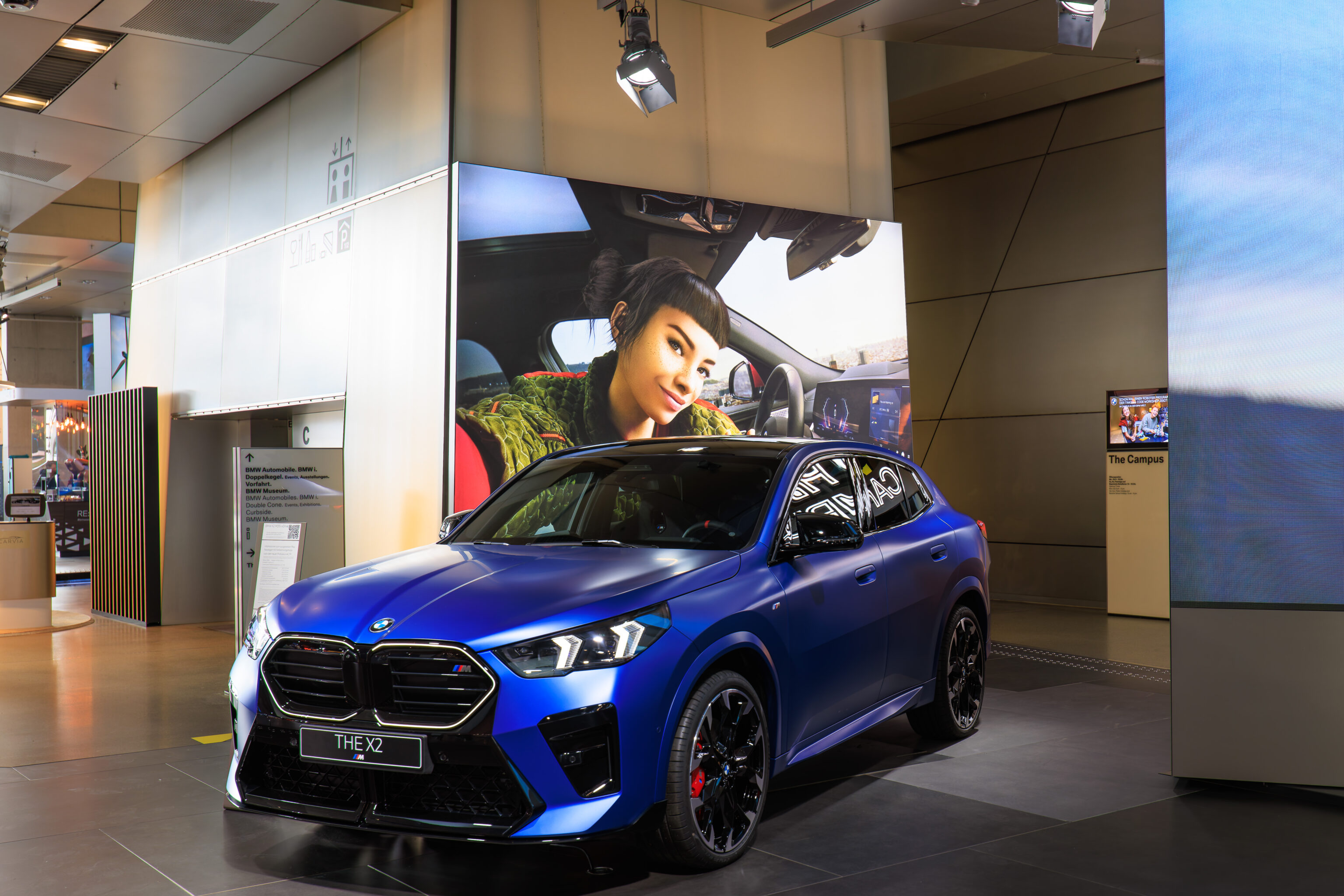
We continued walking through the showroom, passing by a gas and an electric powered X2.
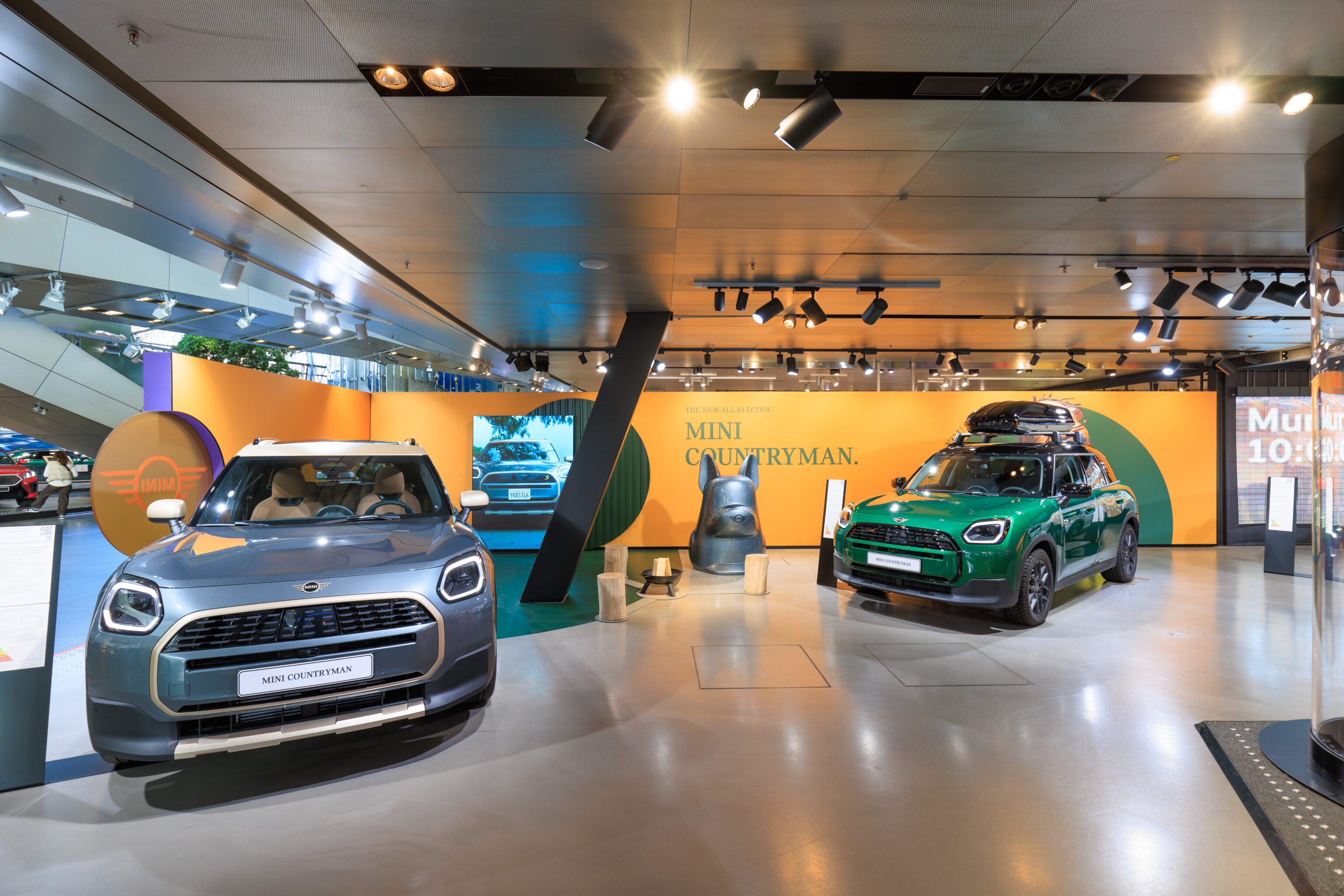
There was a section dedicated to the Mini brand, which BMW acquired in 2000.
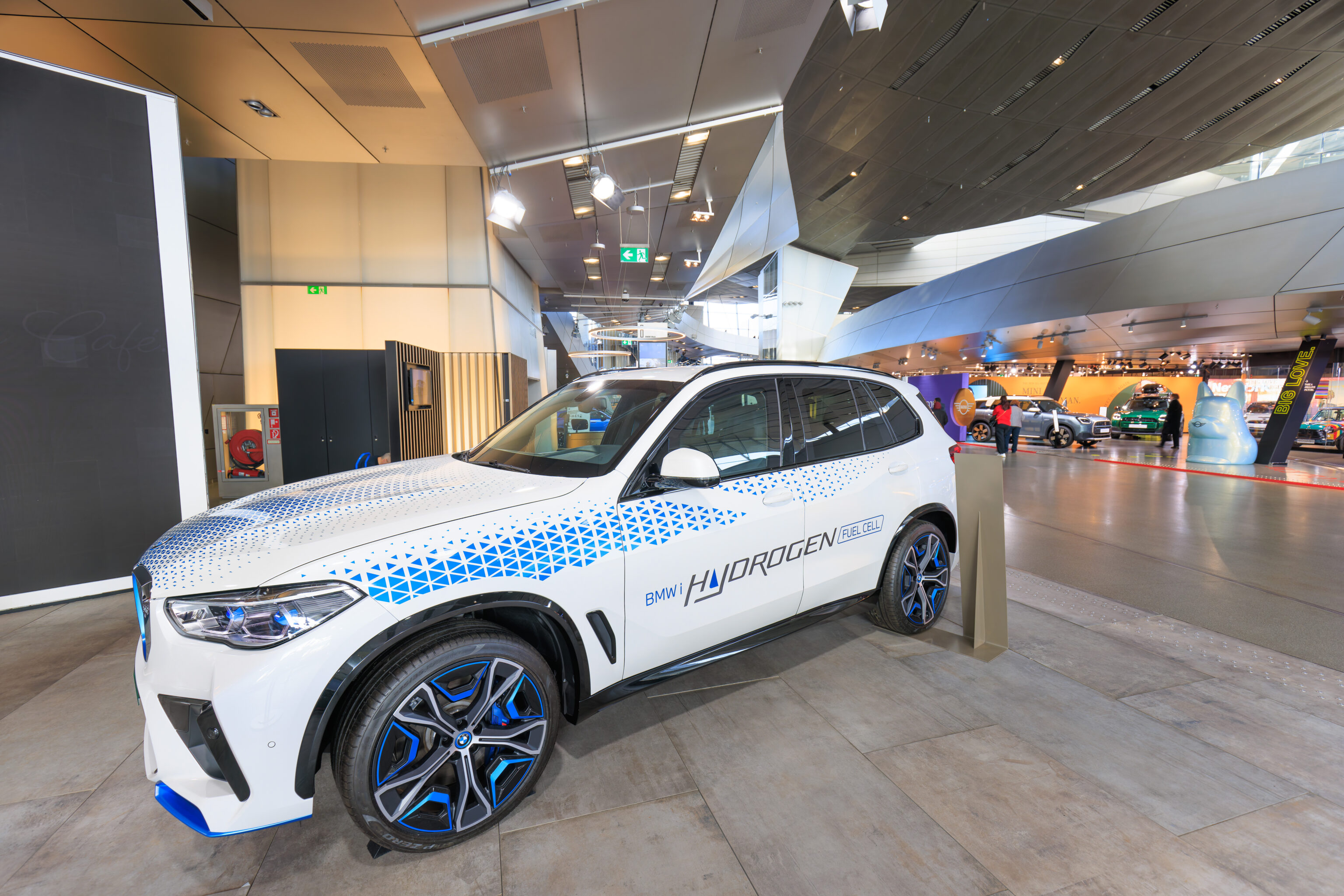
An example of a hydrogen fuel cell BMW.
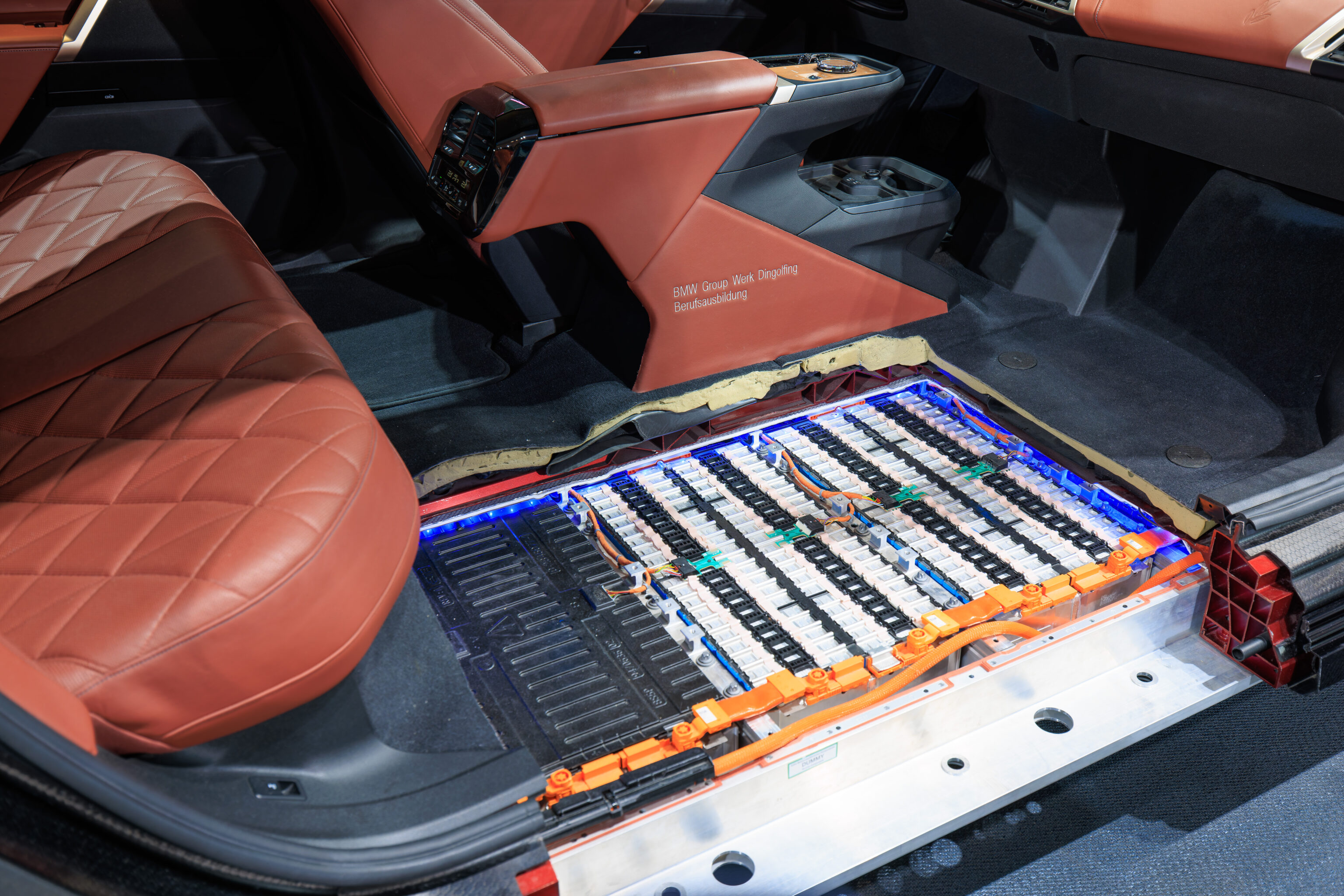
There was an electric powered BMW with floor section cut away to show the batteries.
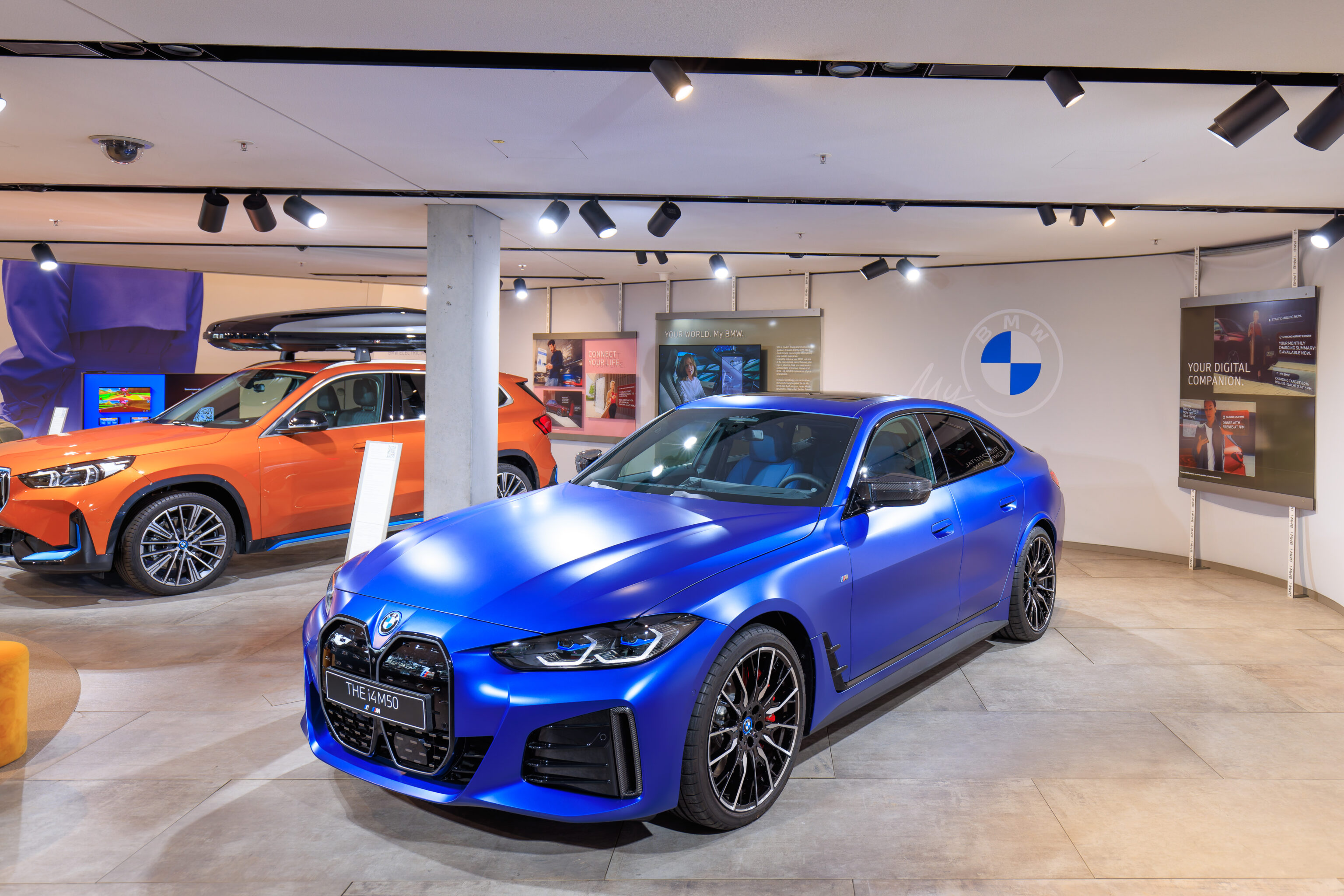
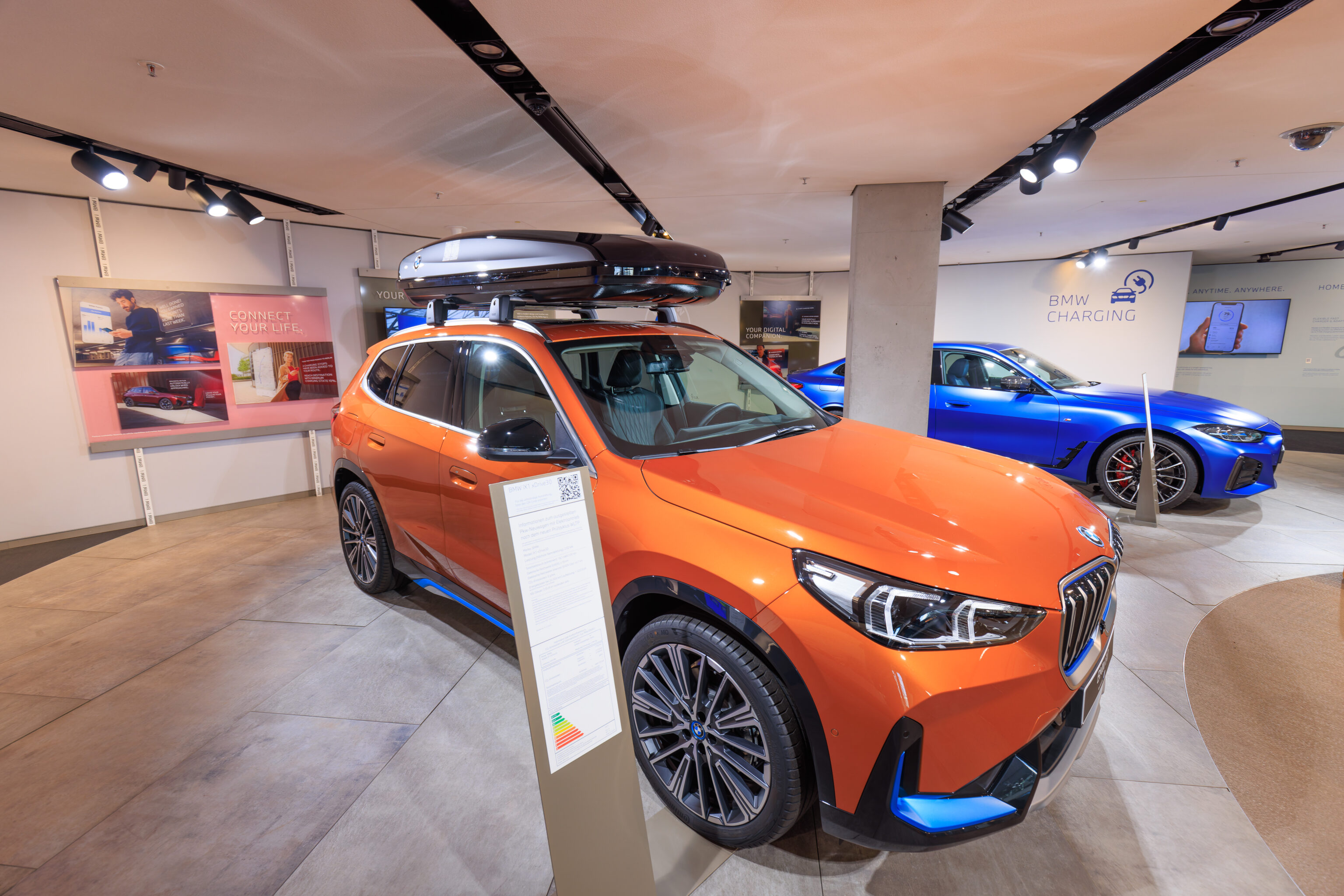
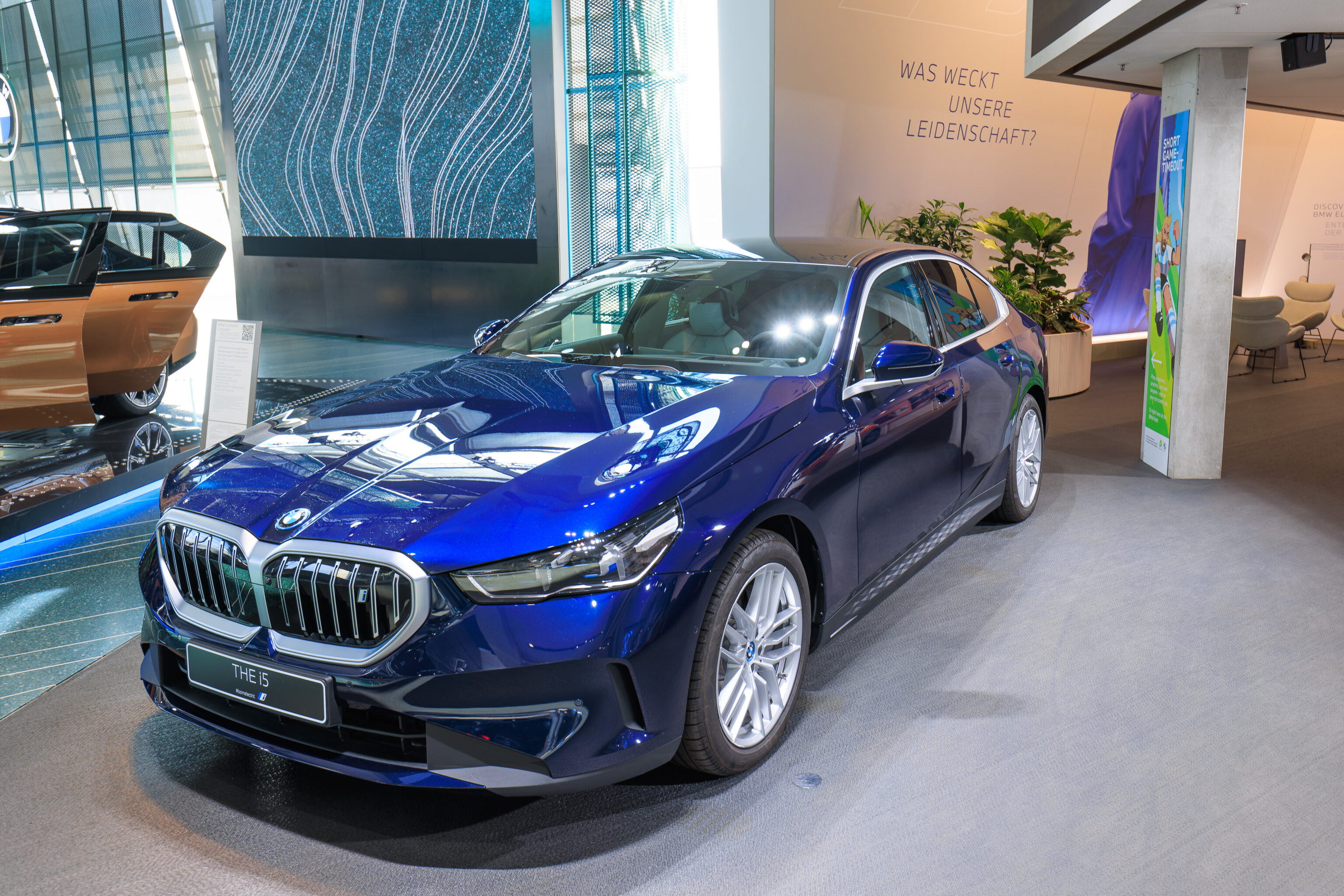
We passed by a variety of other BMW models.
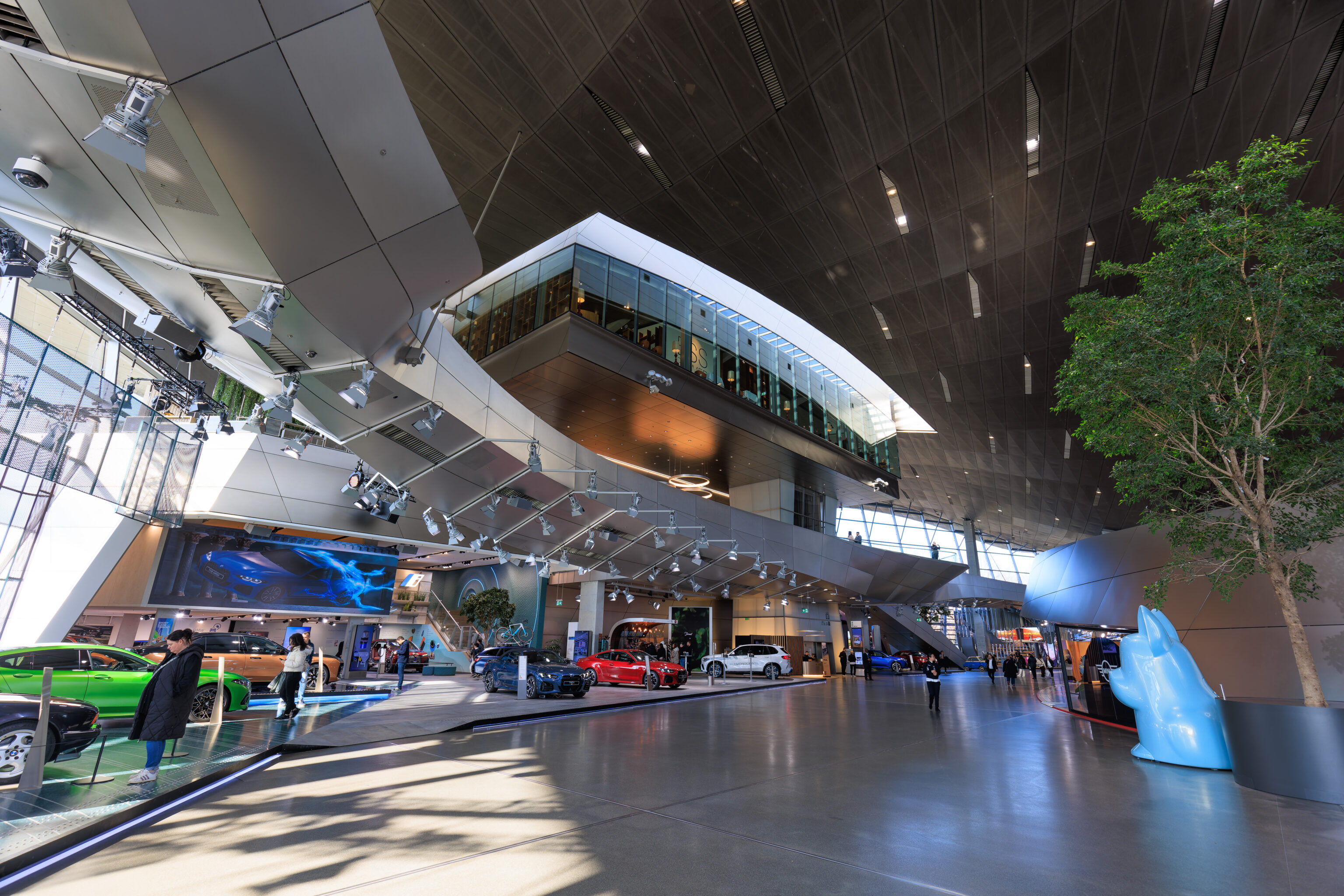
The BMW World is quite massive. We only visited the first floor.
One notable experience we had here was the Future Cafe. This is a small automated coffee stand with robotic baristas. It sounds more fancy than it actually is. We ordered a coffee to give it a try. It comes in a recyclable cup and includes a deposit which can be recovered when returning the cup.
After finishing our coffee, we used the recycling machine to get our deposit refund. Except, it ate our cup but didn’t give us any money back. We asked a BMW employee who was at an unrelated vehicle display and he told us that the machine is operated by the Cooper’s Garden cafe inside of the BMW World. He mentioned that the machine does run out of money but that we could get our money back from them.
So, we walked over to the Cooper’s Garden to talk to the woman at the counter. She told us it is not her responsibility and it was BMW’s. We went to the BWM information counter nearby where they said it was Cooper’s Garden’s responsibility. One of the women at the counter, a BMW employee, went with us to talk to the Cooper’s Garden woman where she again said it isn’t her responsibility. We went back to the Future Cafe with the BMW employee to take a look at the recycling machine.
She eventually figured out that there is a number to call for support. She helpfully called the number as we don’t really speak any German. Luckily, she got someone right away. Ultimately, customer service told her that Cooper’s Garden should handle the refund. She had to have them talk to the Cooper’s Garden woman directly for us to get our refund.
Phew!
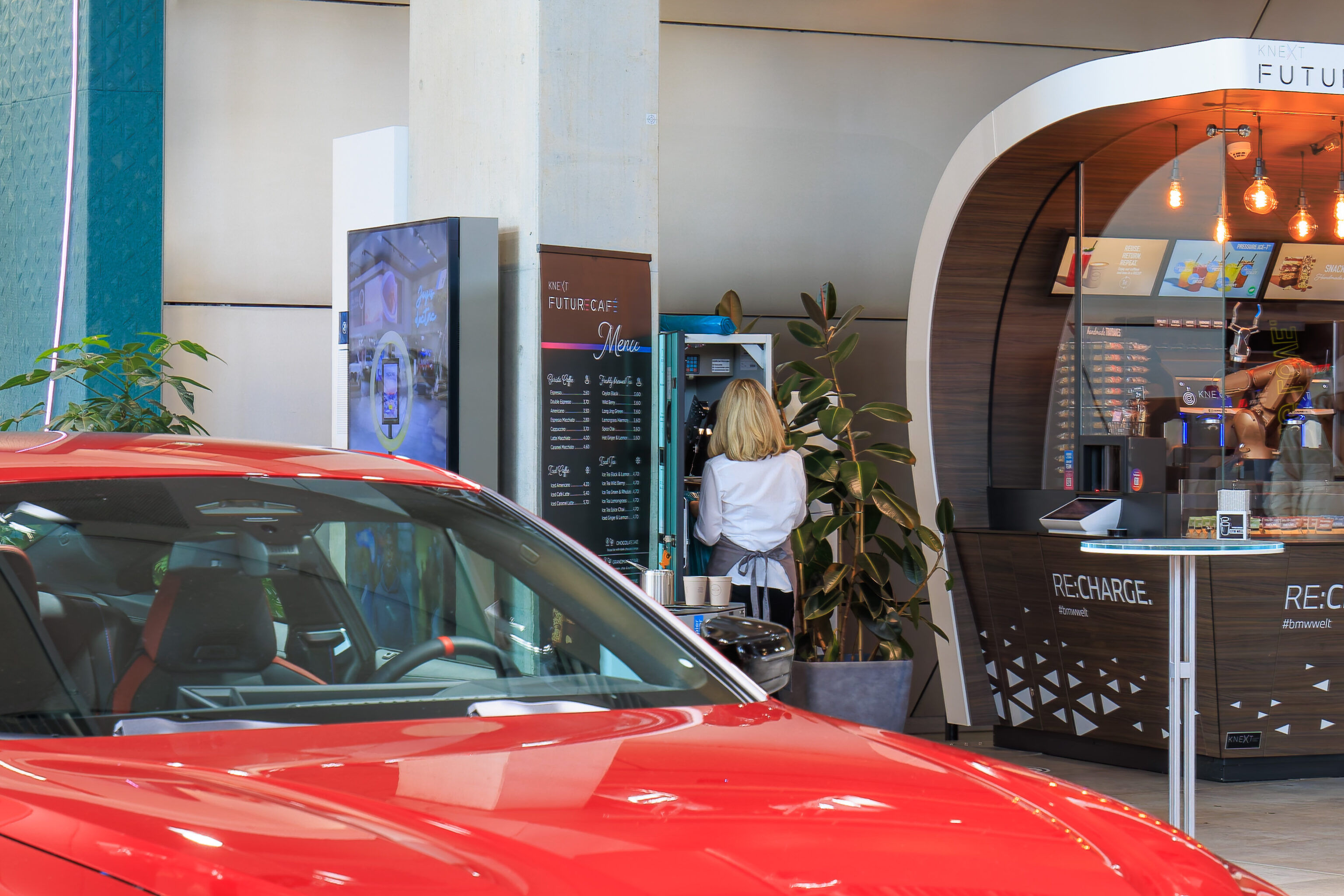
As we headed out, we saw the Cooper’s Garden woman working on the recycling machine. She absolutely lied to us when she said they had nothing to do with that machine. The BMW employee we talked to was absolutely fantastic and was genuinely unhappy that this was such an ordeal. As for Cooper’s Garden, absolutely terrible!
BMW Museum
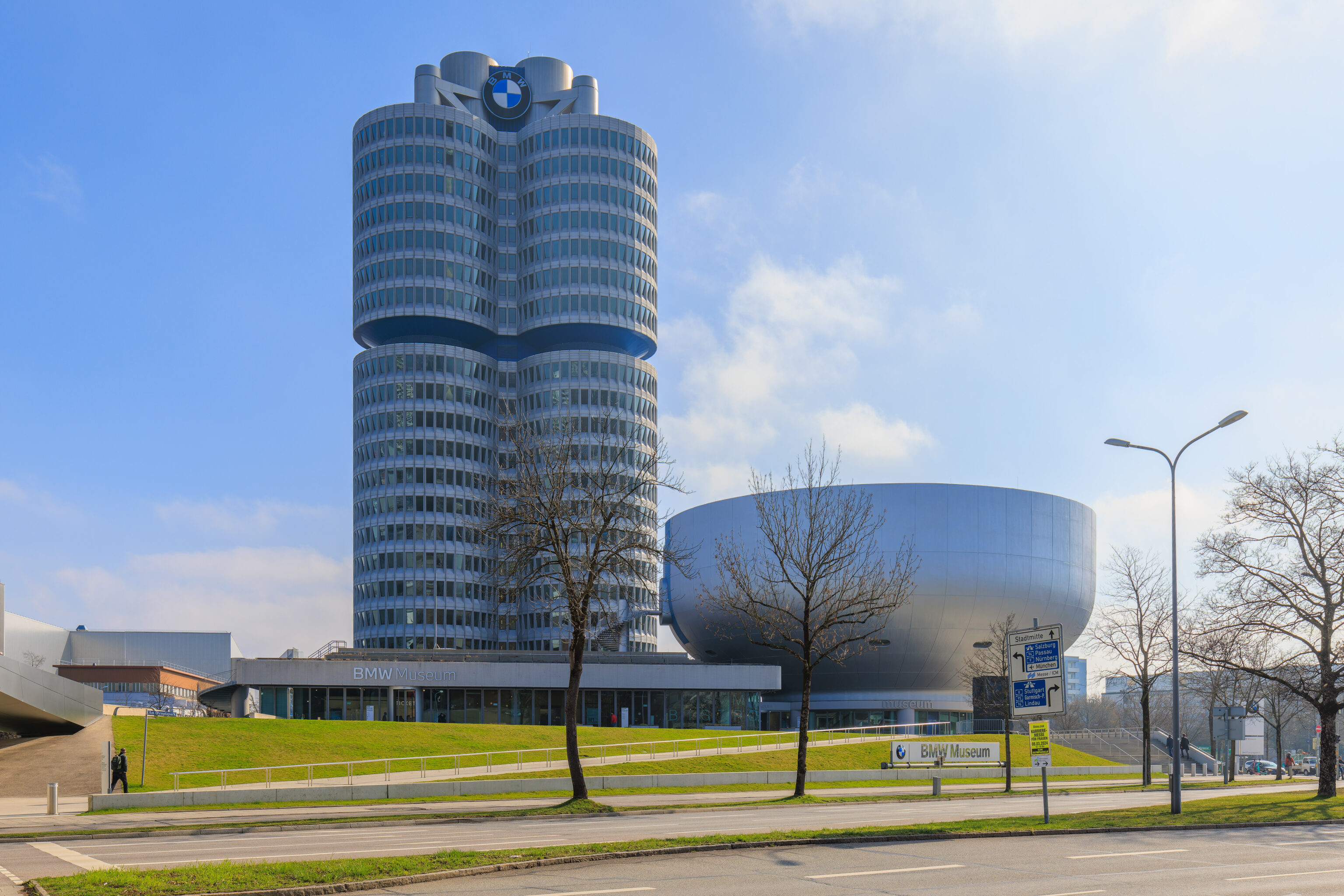
We headed outside via the east entrance to visit the BMW Museum. It is across the street to the east of BMW World and below BMW’s corporate headquarters building.
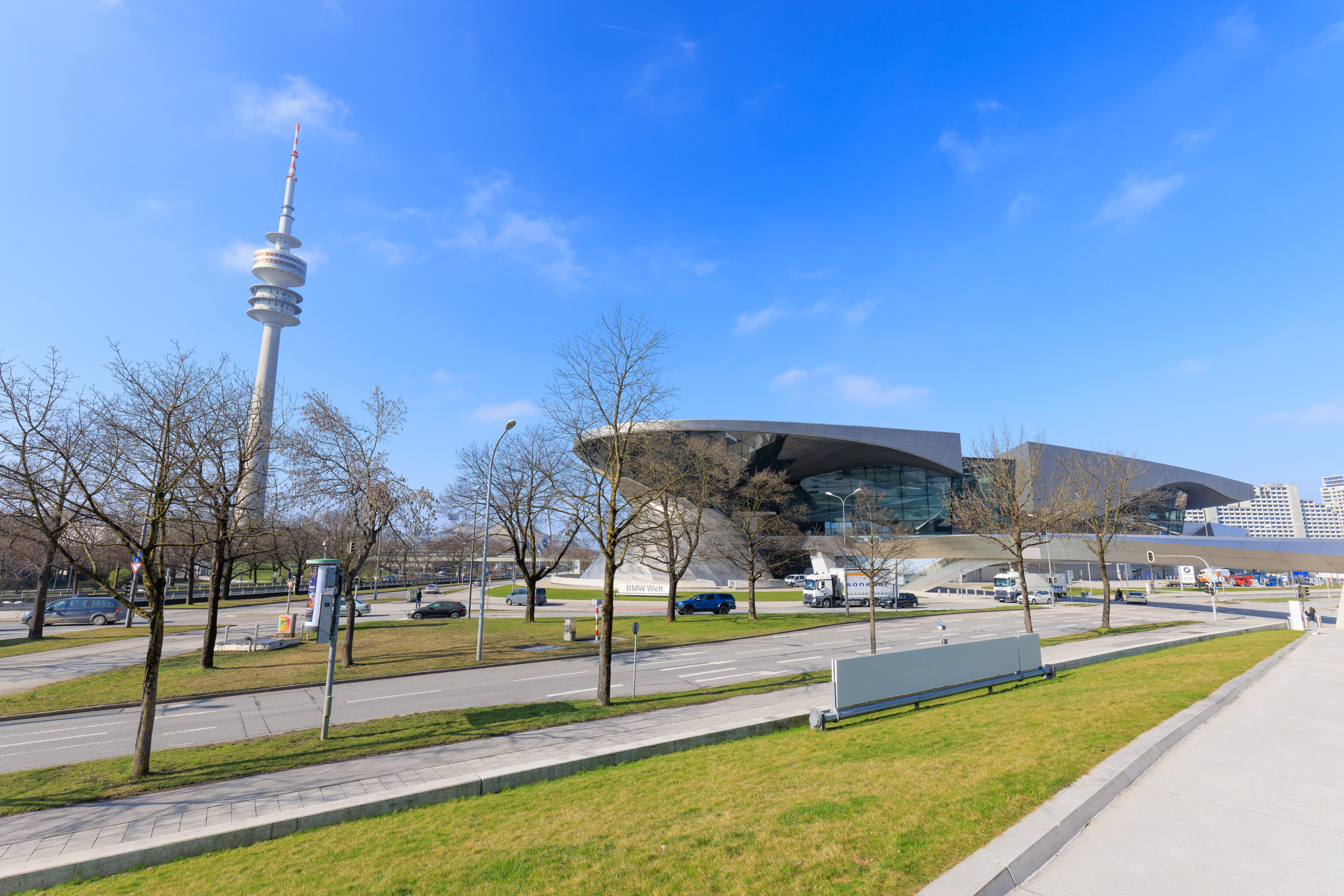
BMW World and the Olympiaturm from in front of the museum.
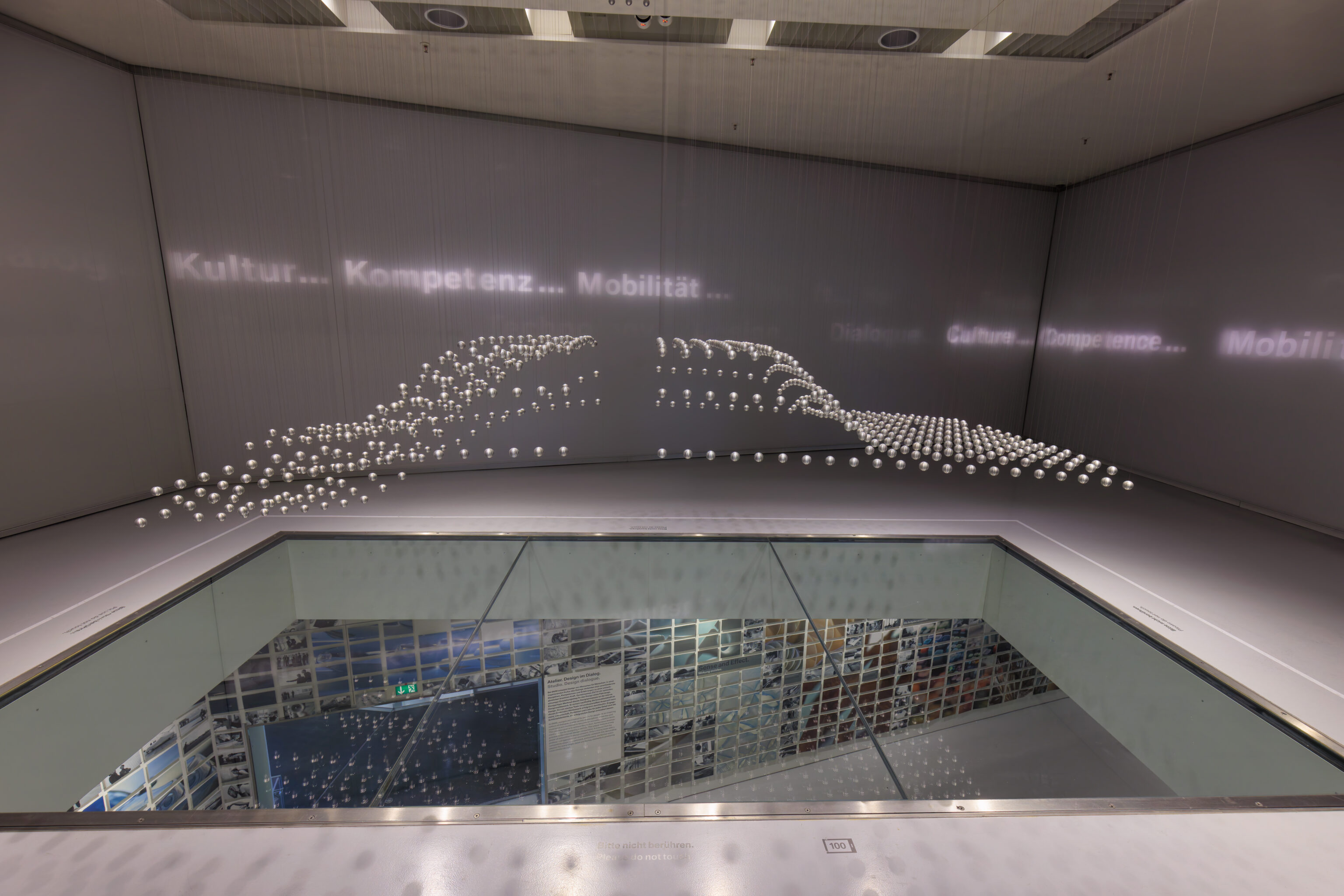
This first room had a bunch of small metal spheres suspended from the ceiling. Each one was motorized so that it could go up and down, thus allowing the whole display to form shapes such as this car.
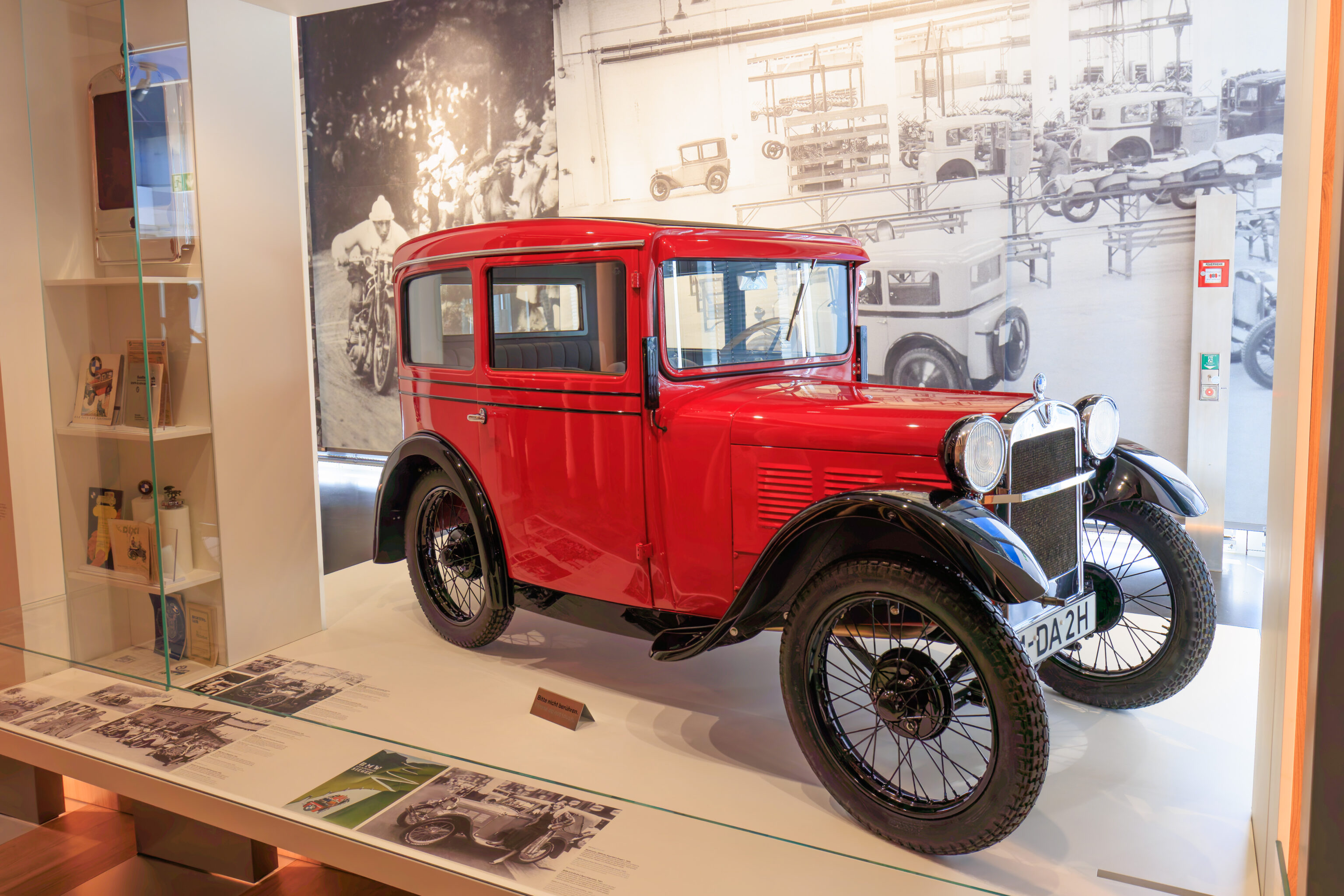
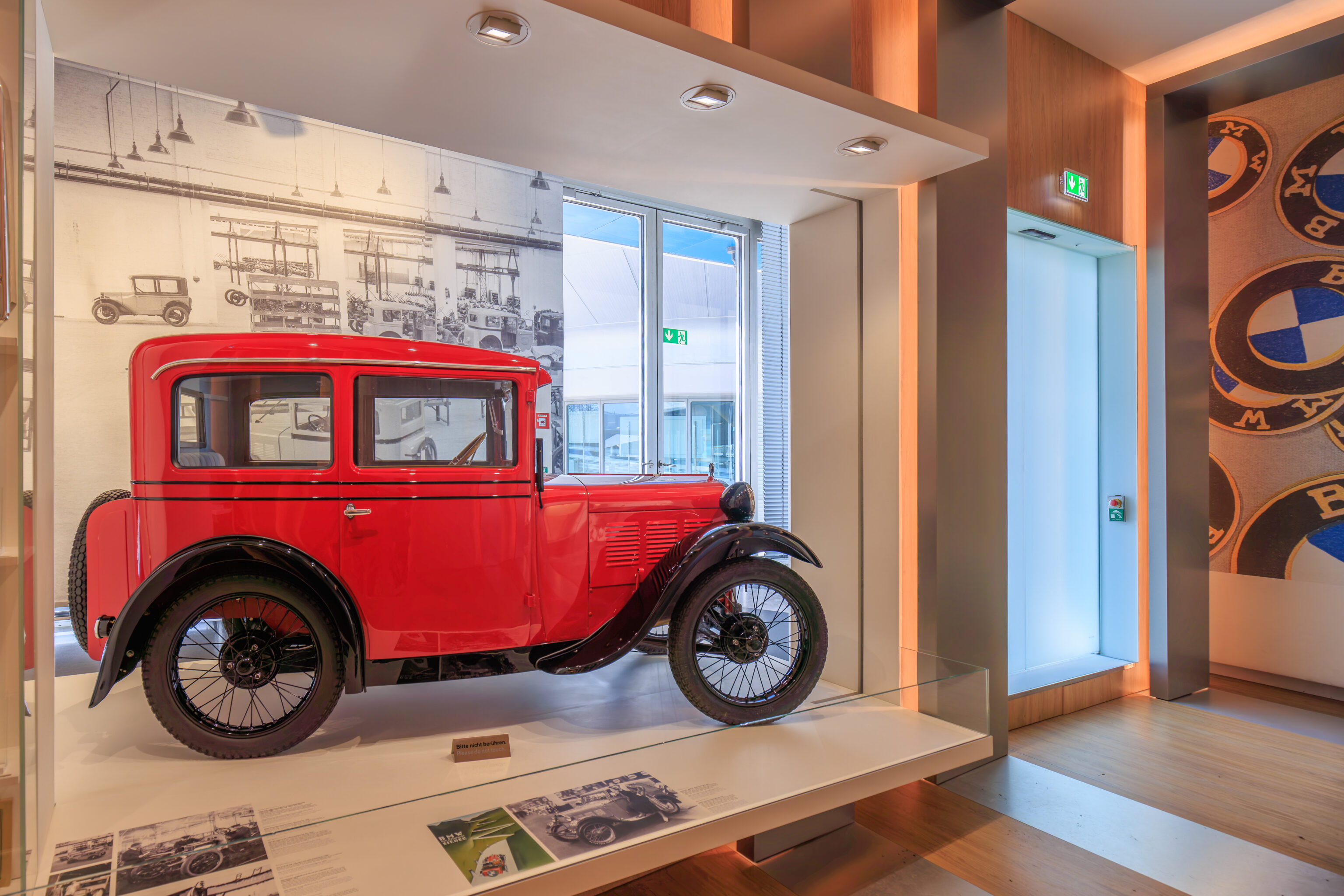
This red car looks very different from the modern BMWs!
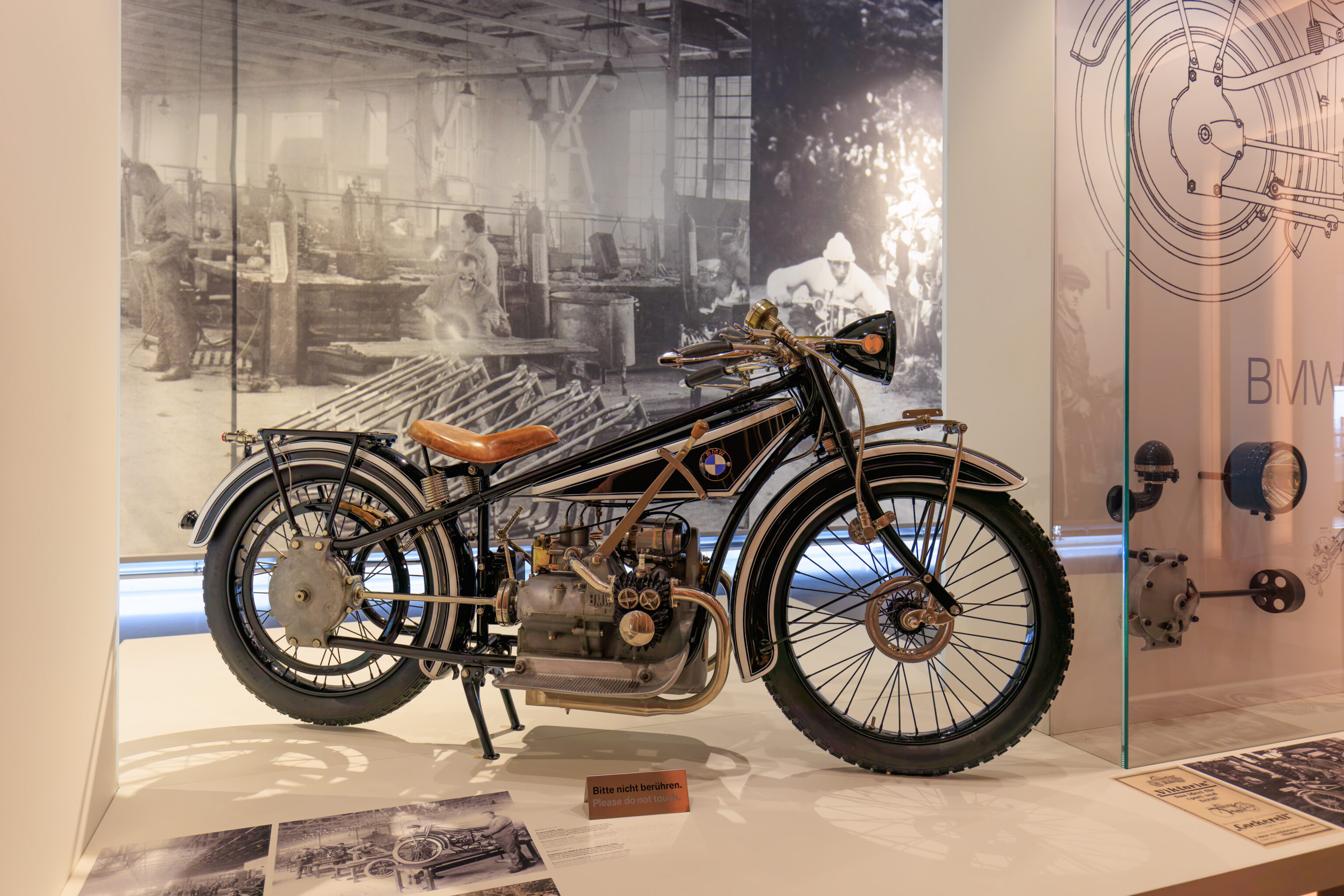
This motorcycle, a BMW R32 from 1924, looks more similar to modern motorcycles than the old car we just saw. The R32 was the first BMW motorcycle.
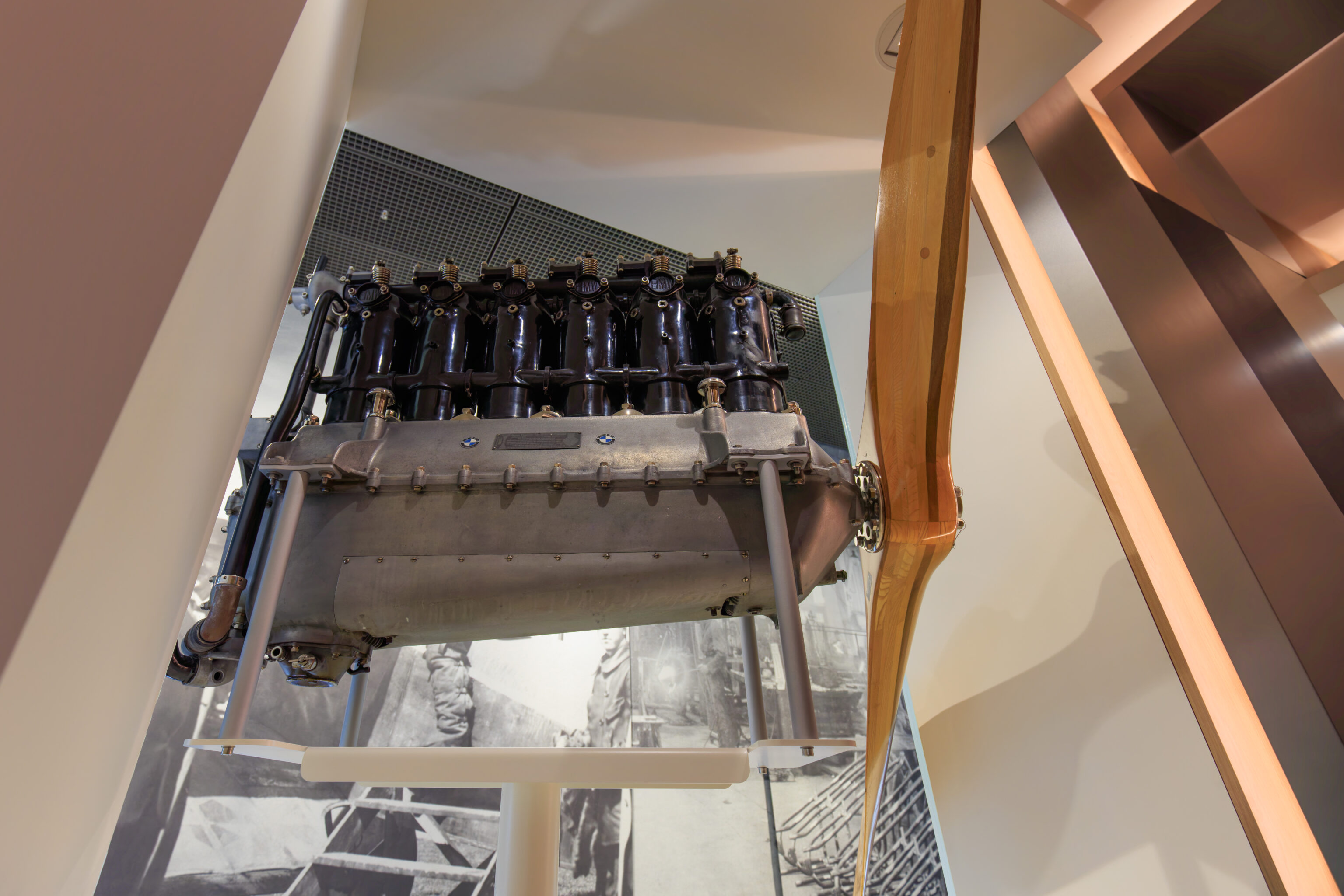
BMW originally made aircraft engines during World War I.
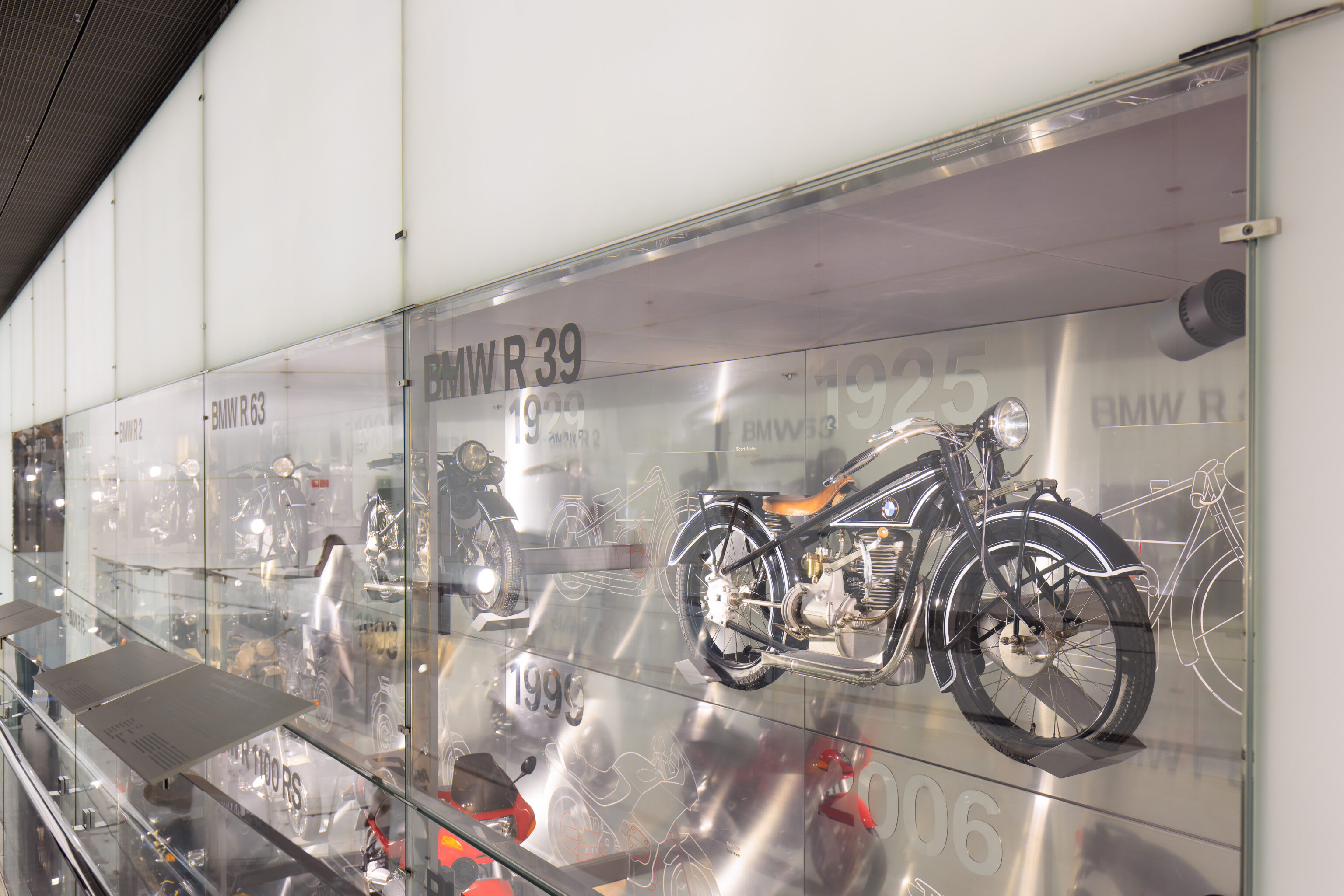
Examples of subsequent BMW motorcycles.
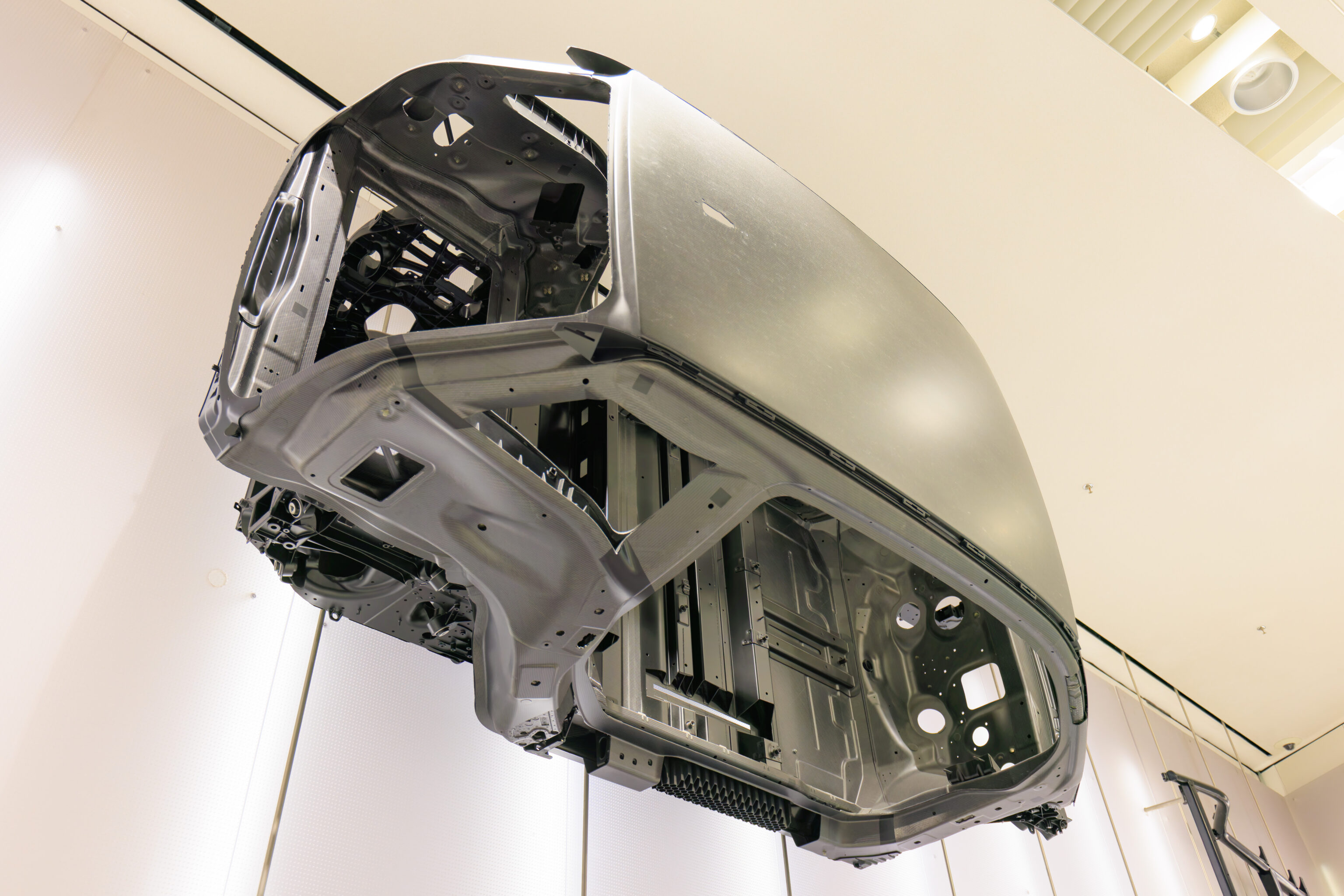
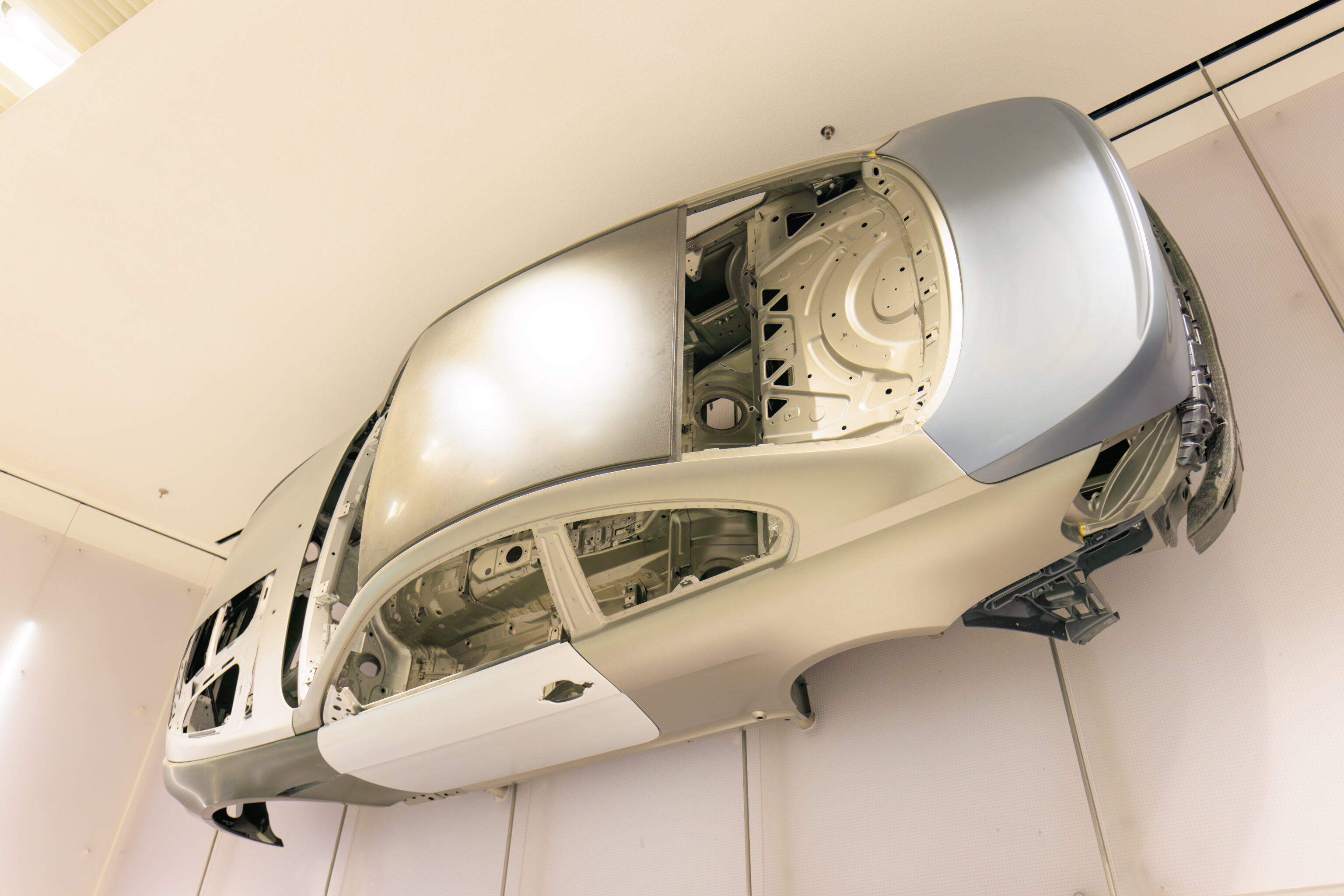
Examples of modern unibody car construction.
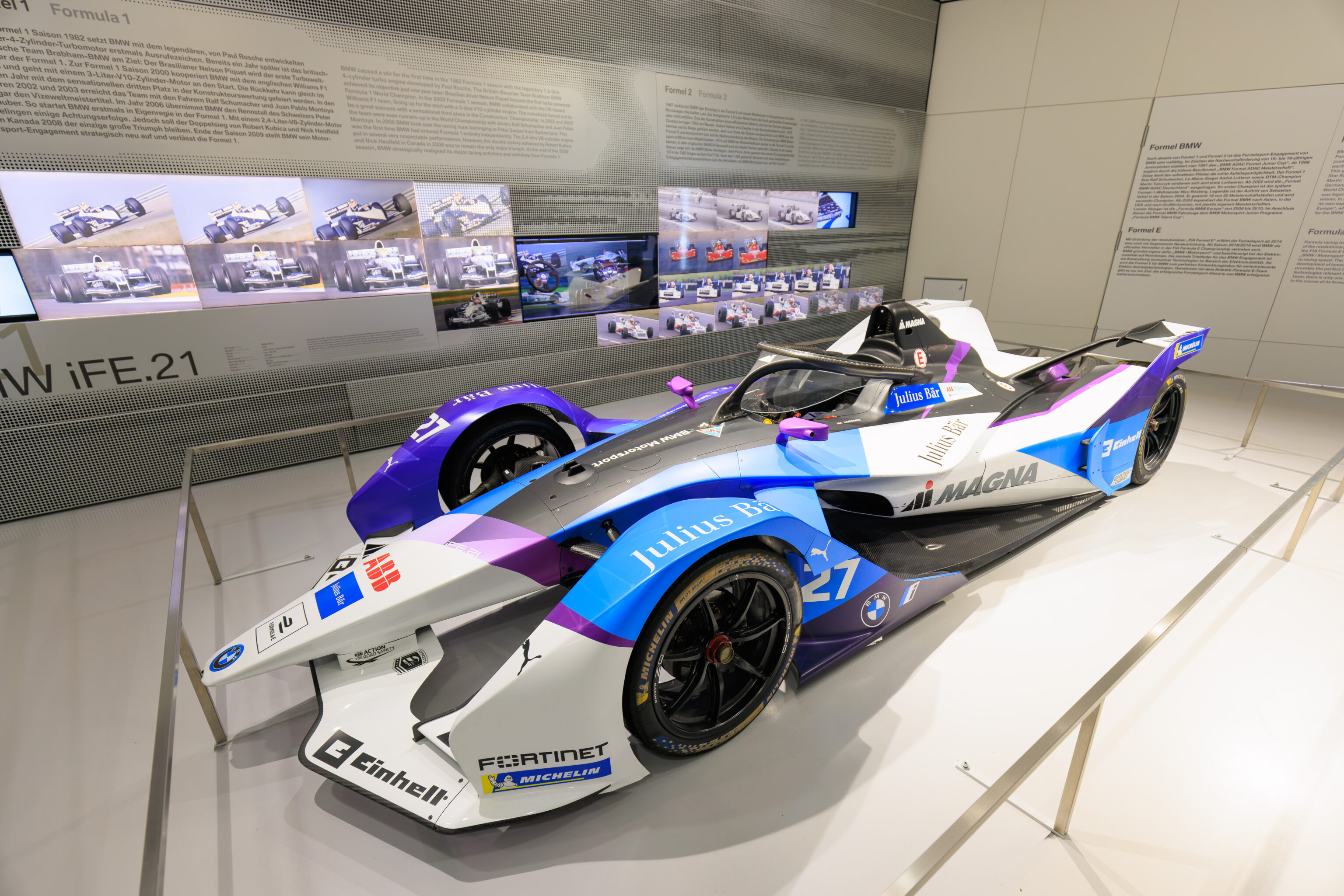
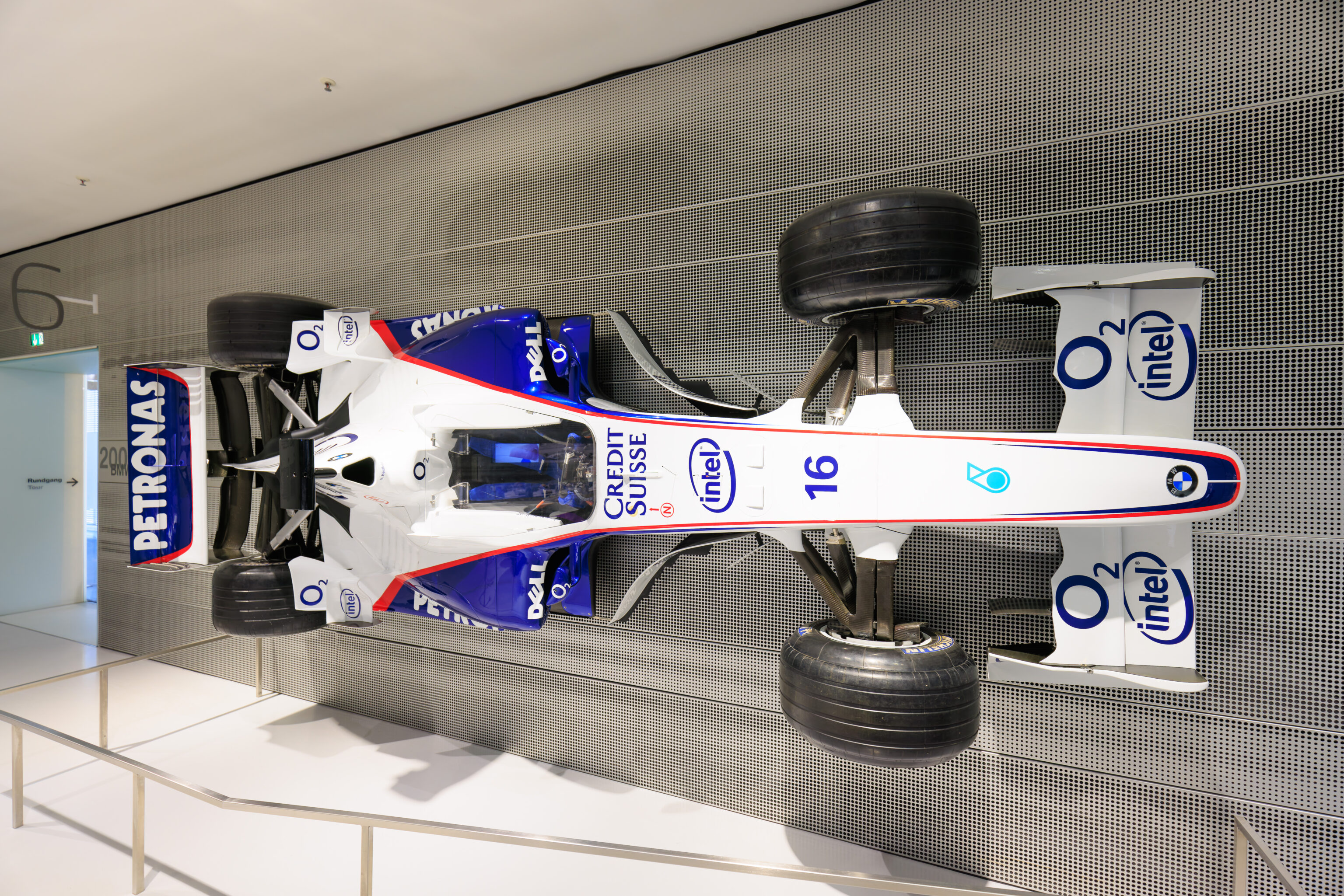
Examples of BMW race cars.
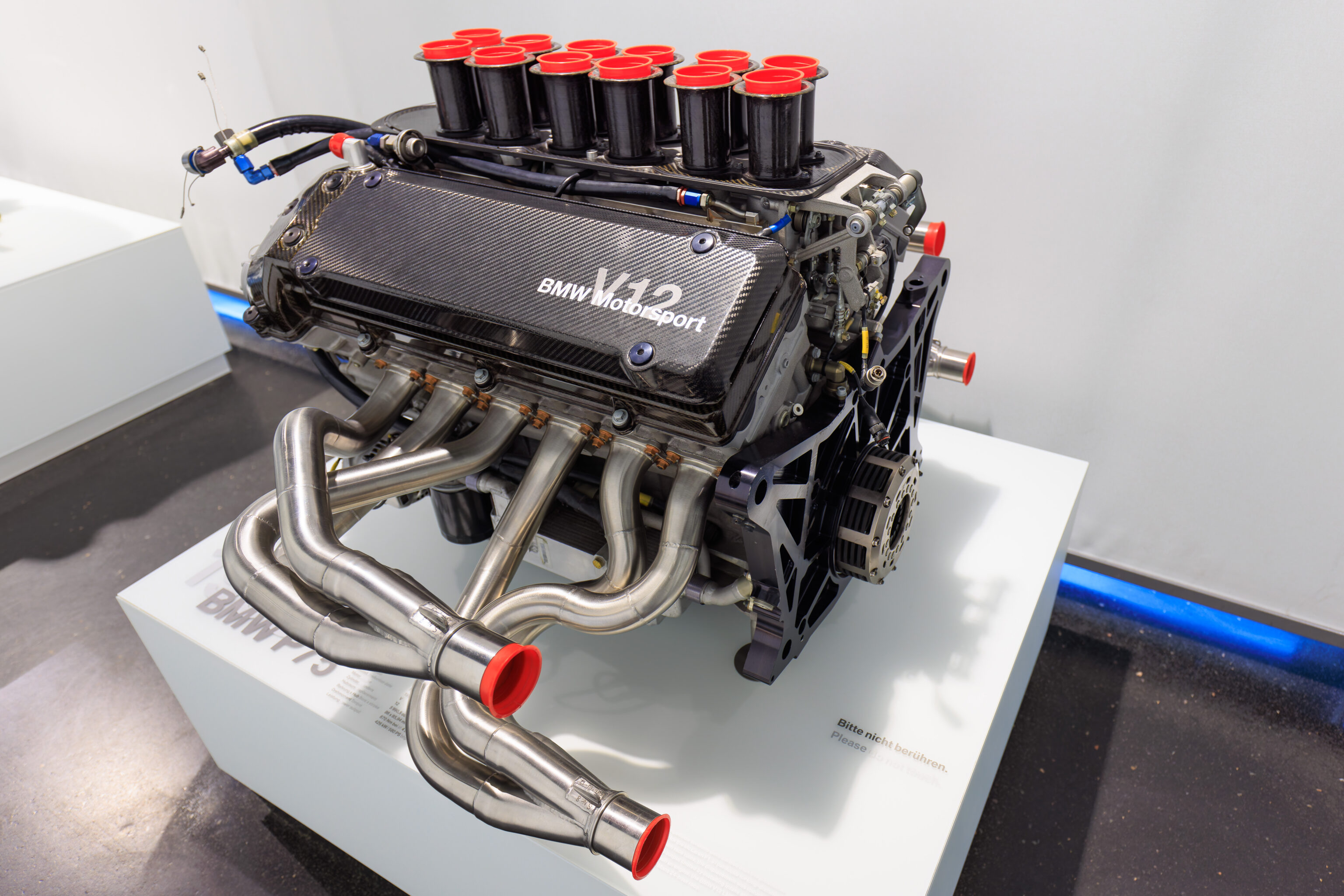
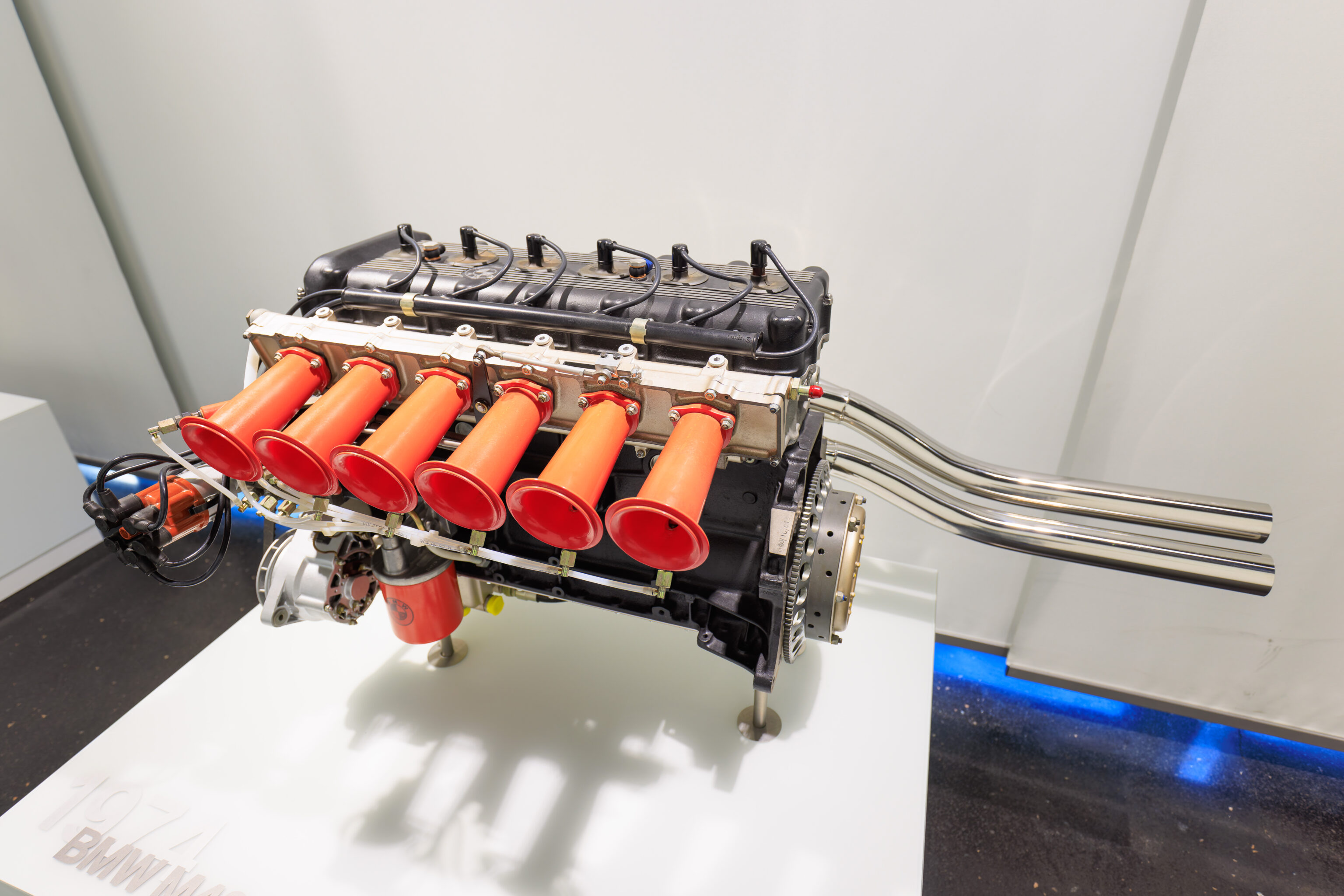
We walked through a room with examples of BMW automotive engines.
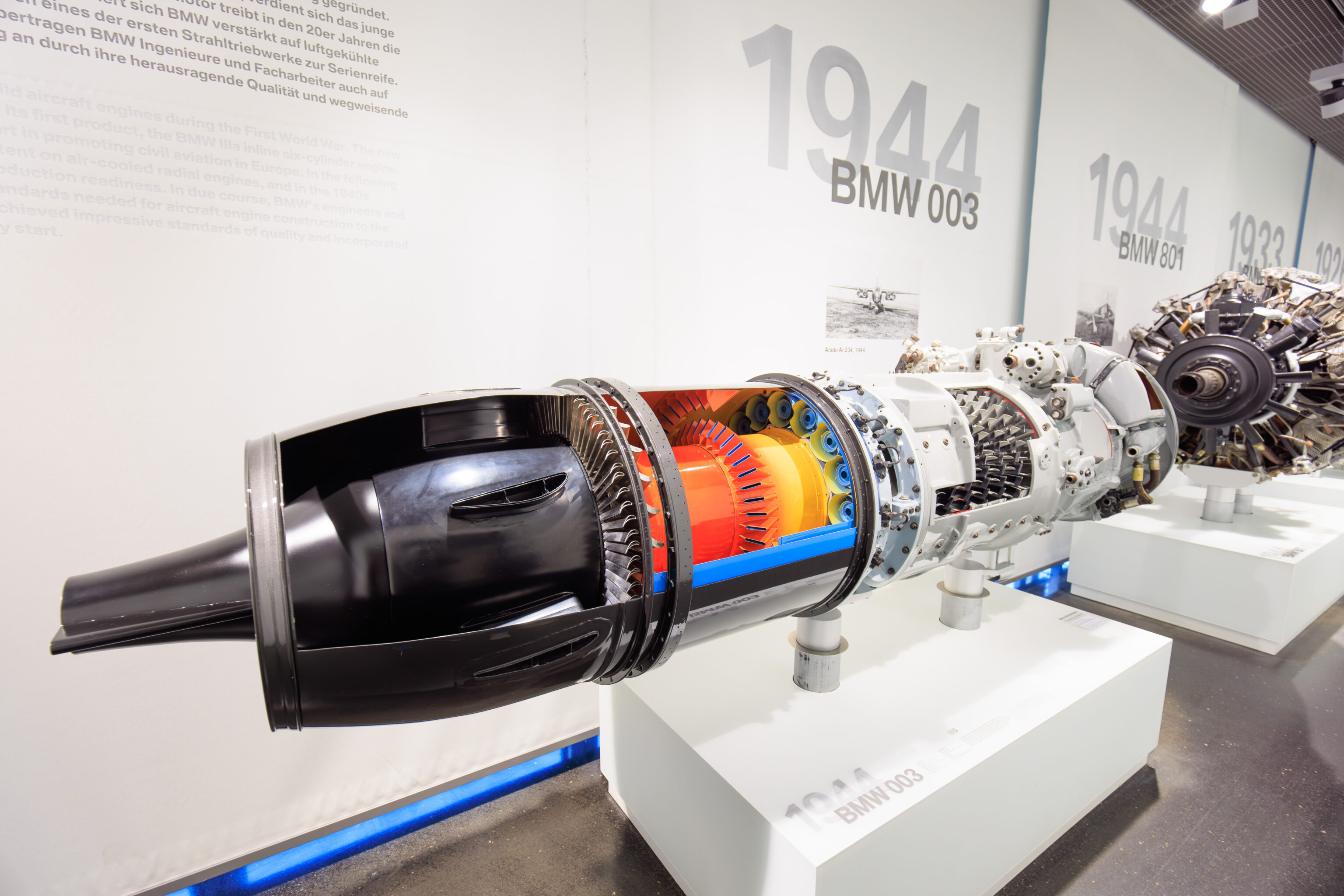
There was also a World War II era jet engine.
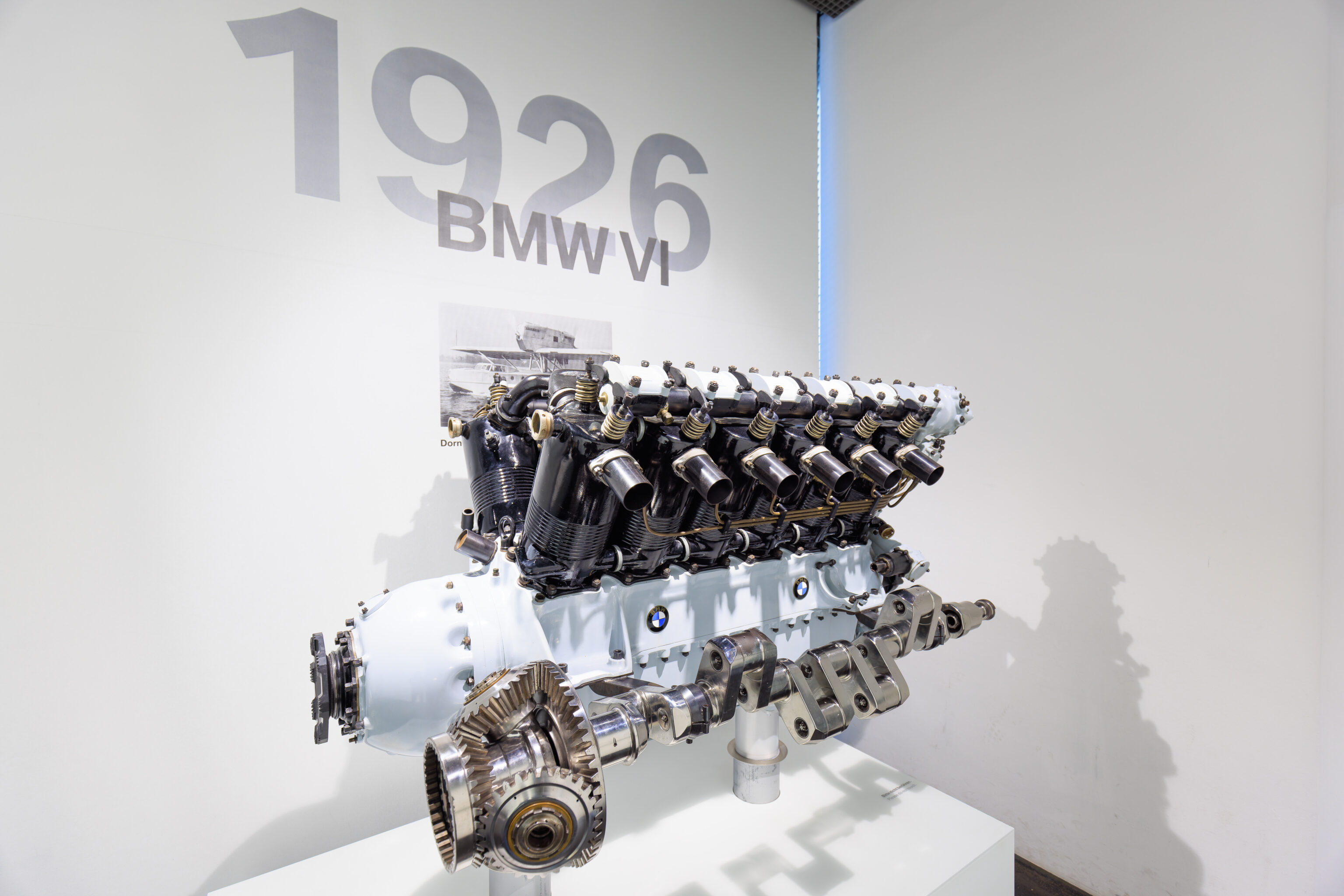
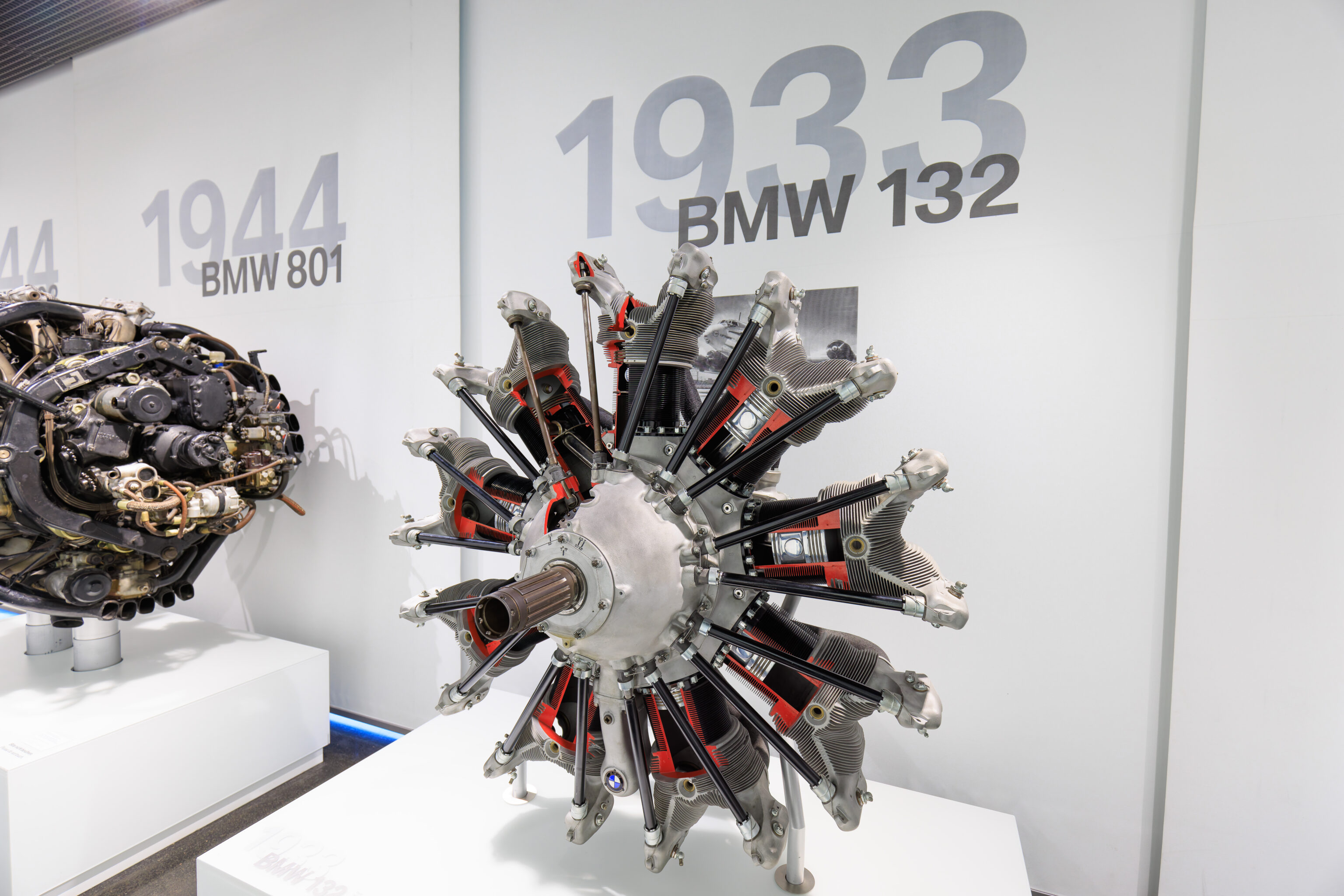
There were also some older piston powered aircraft engines.
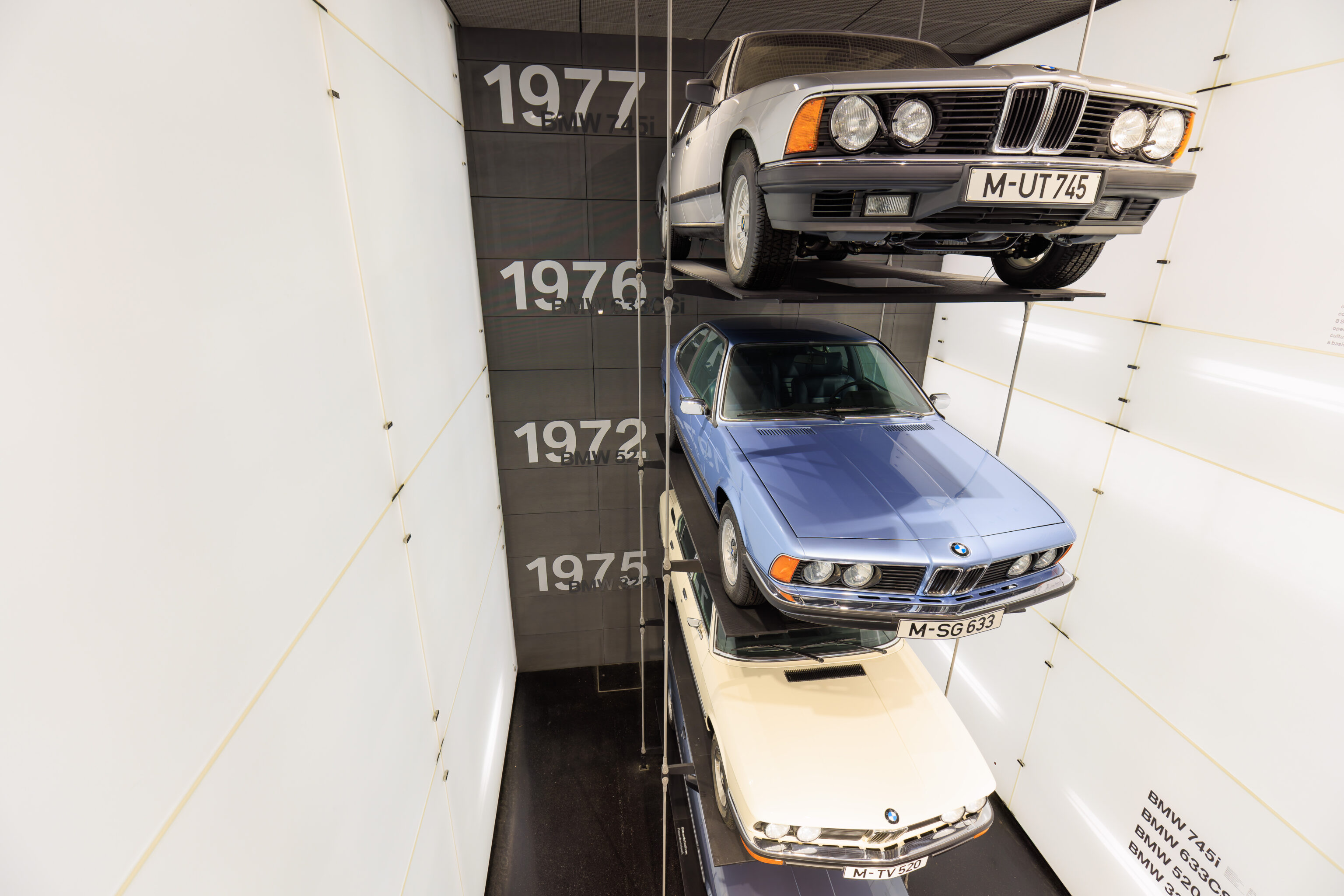
We passed by a stack of BMW cars.
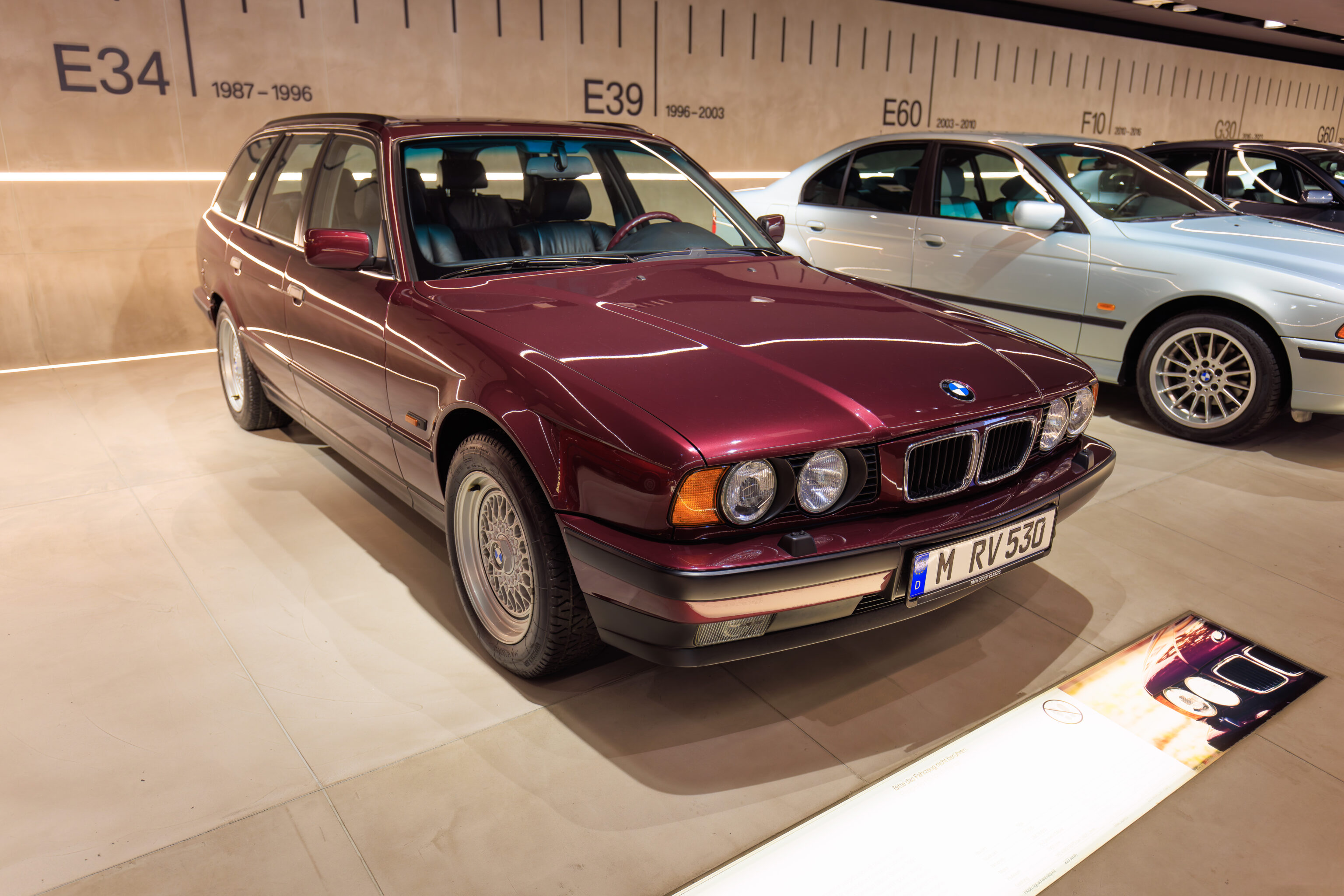
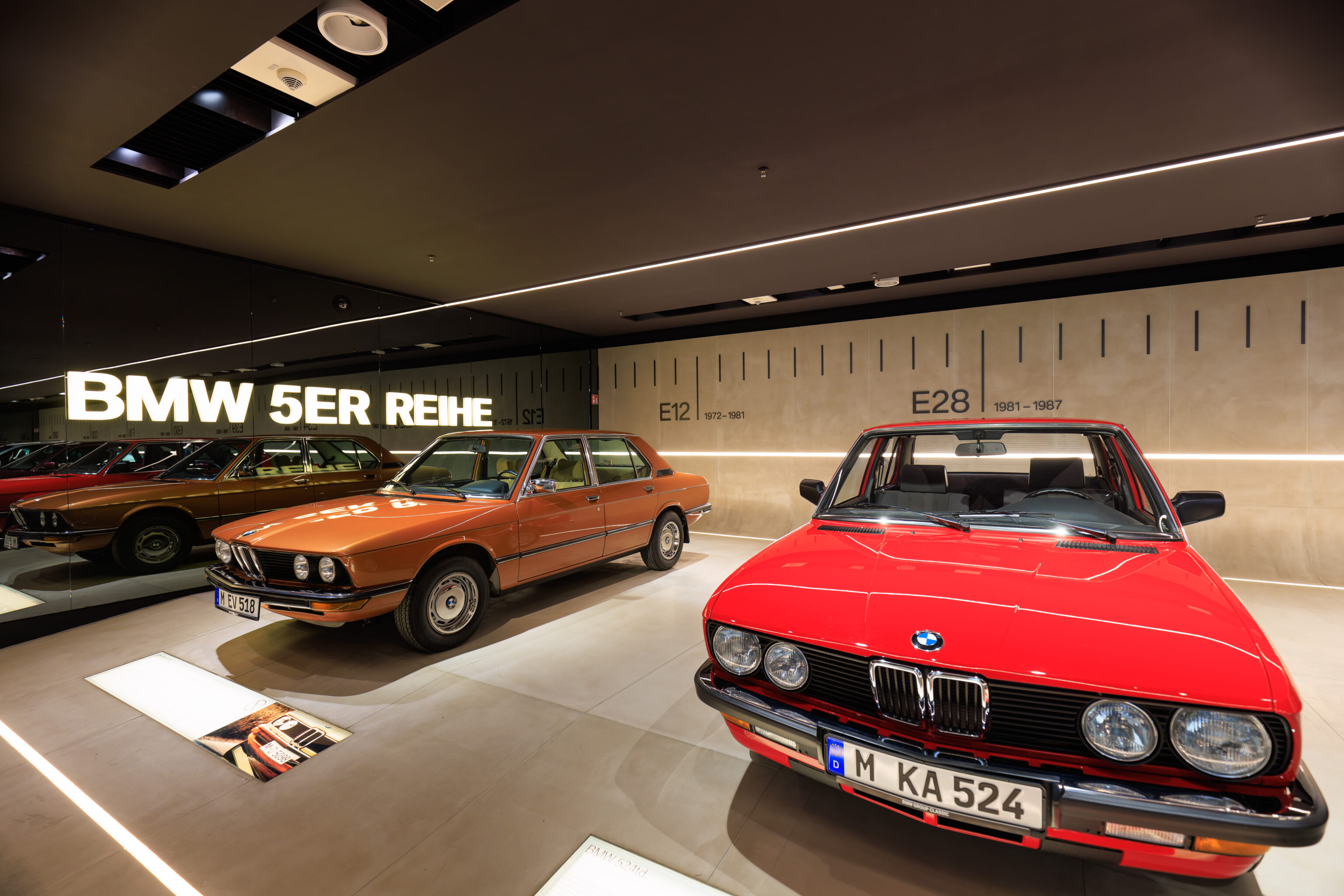
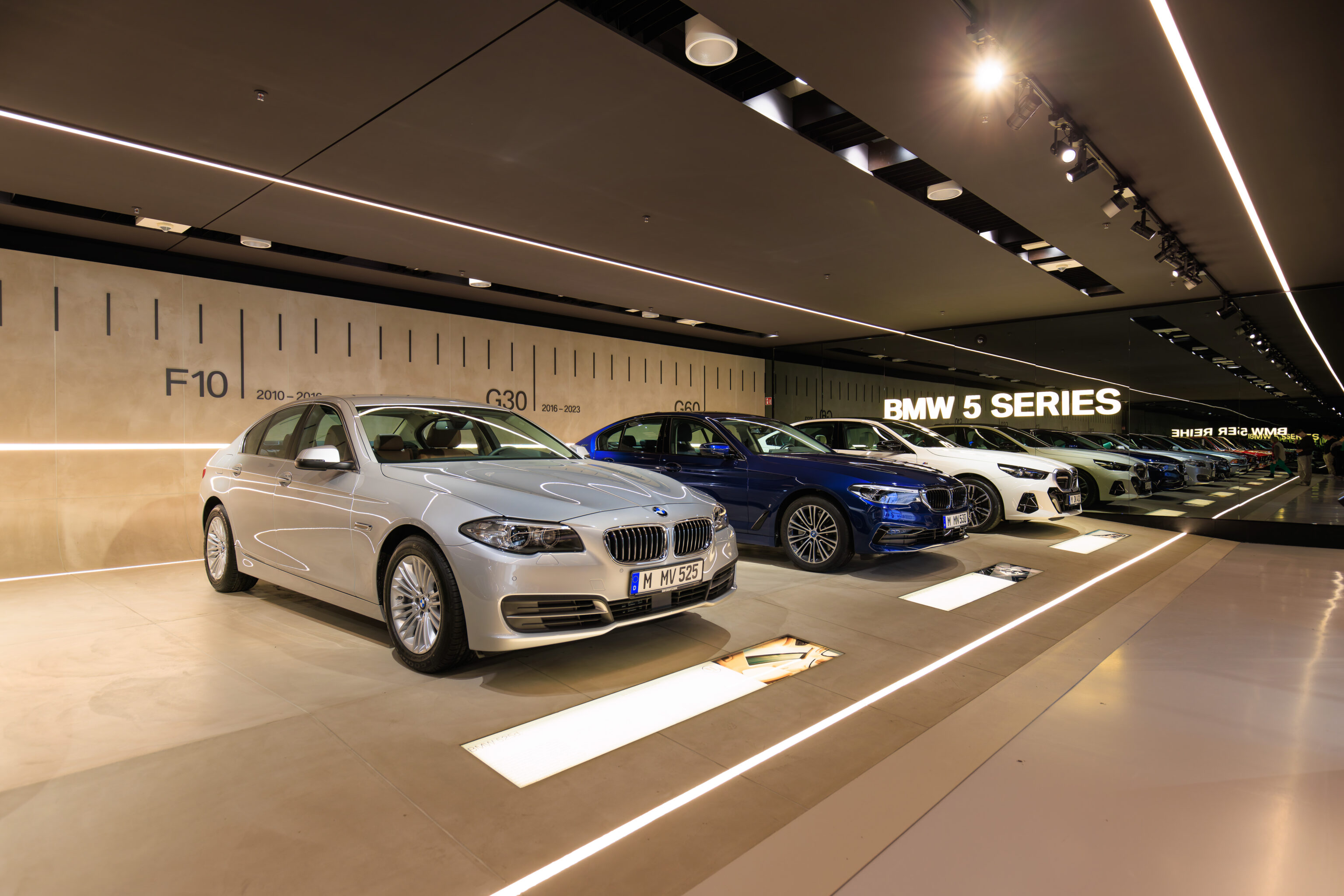
This large room was dedicated to the BMW 5 Series.
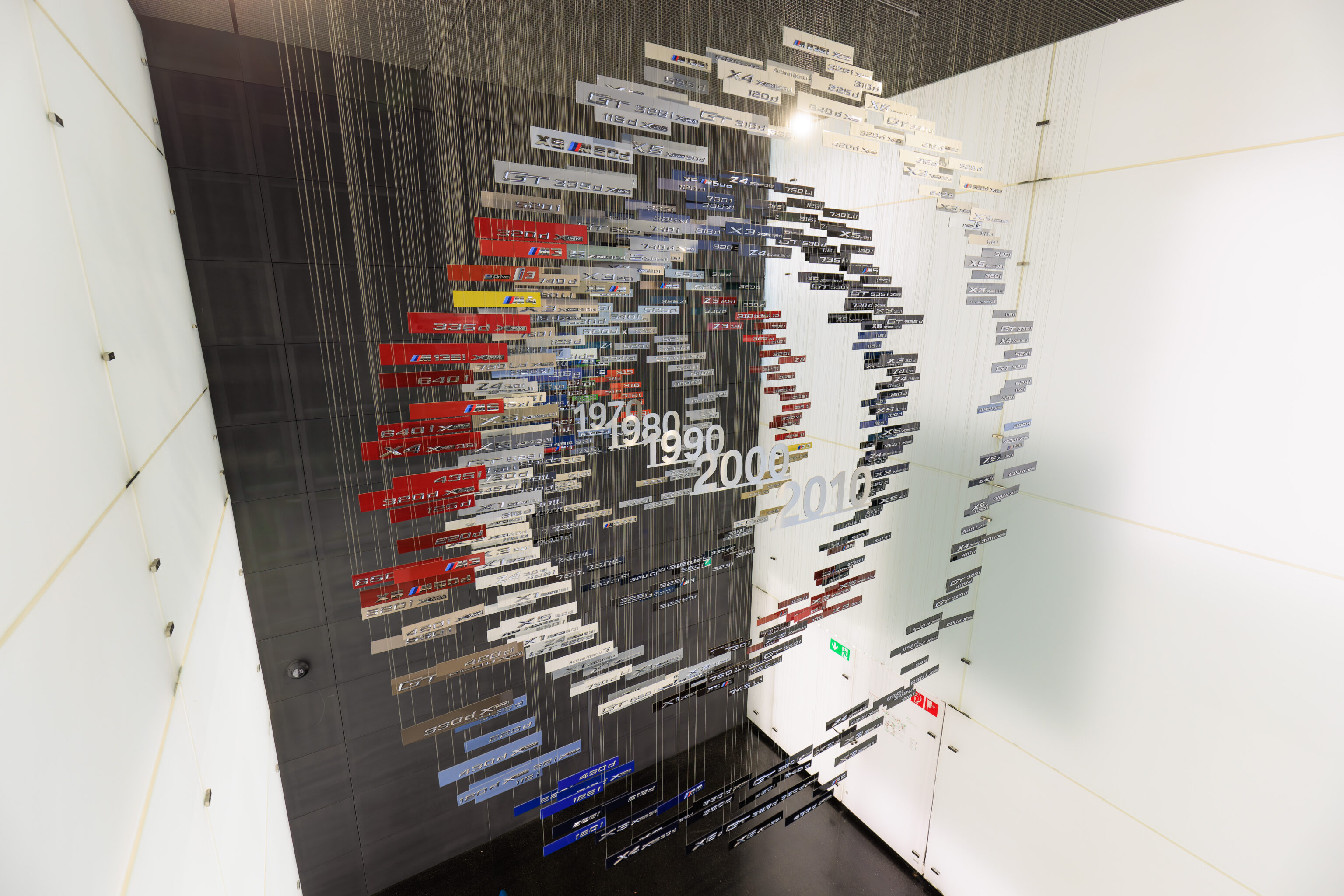
This display shows various BMW product names. BMW has a naming system to make it easier to understand what a particular model is.
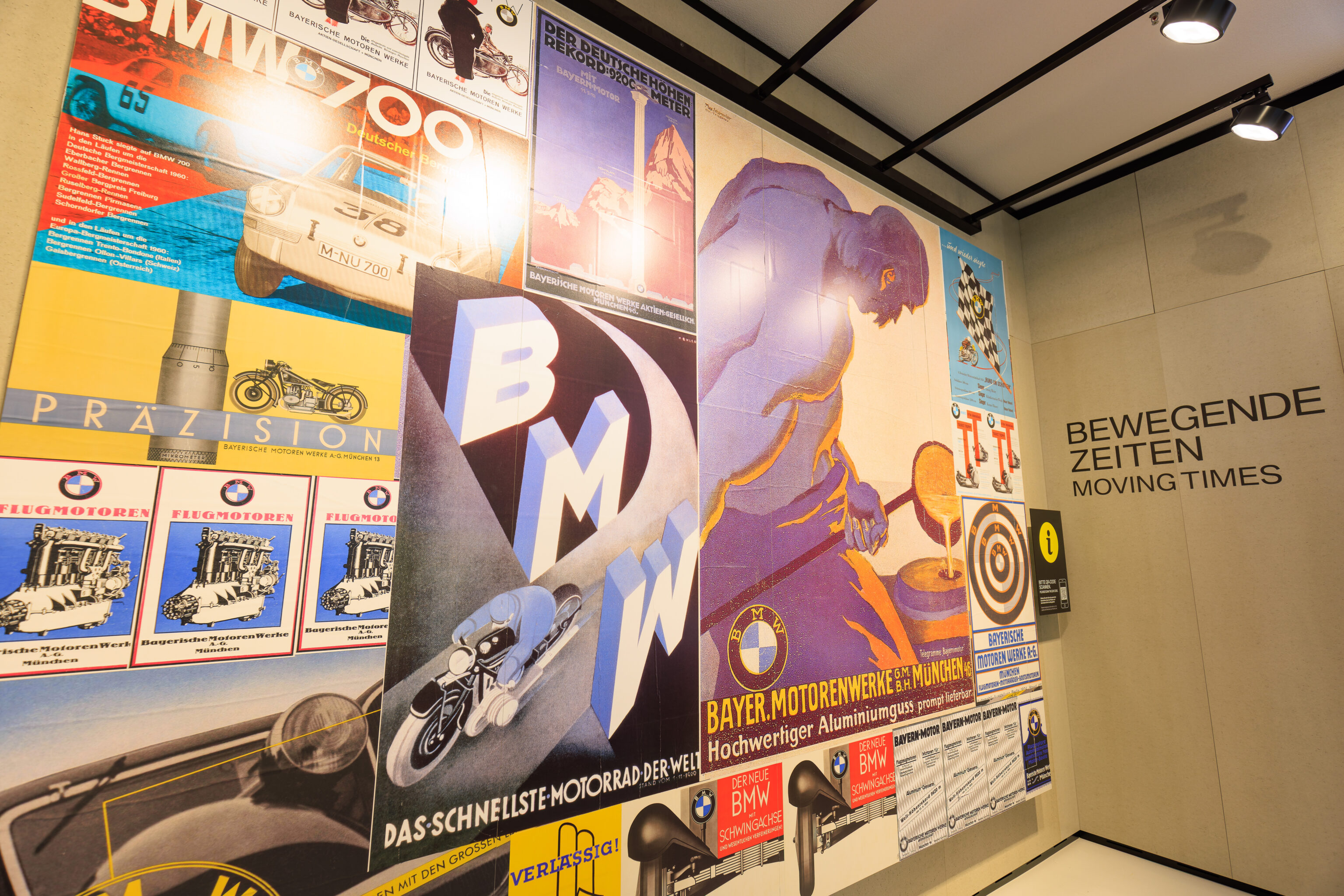
This room had examples of historical BMW advertising.
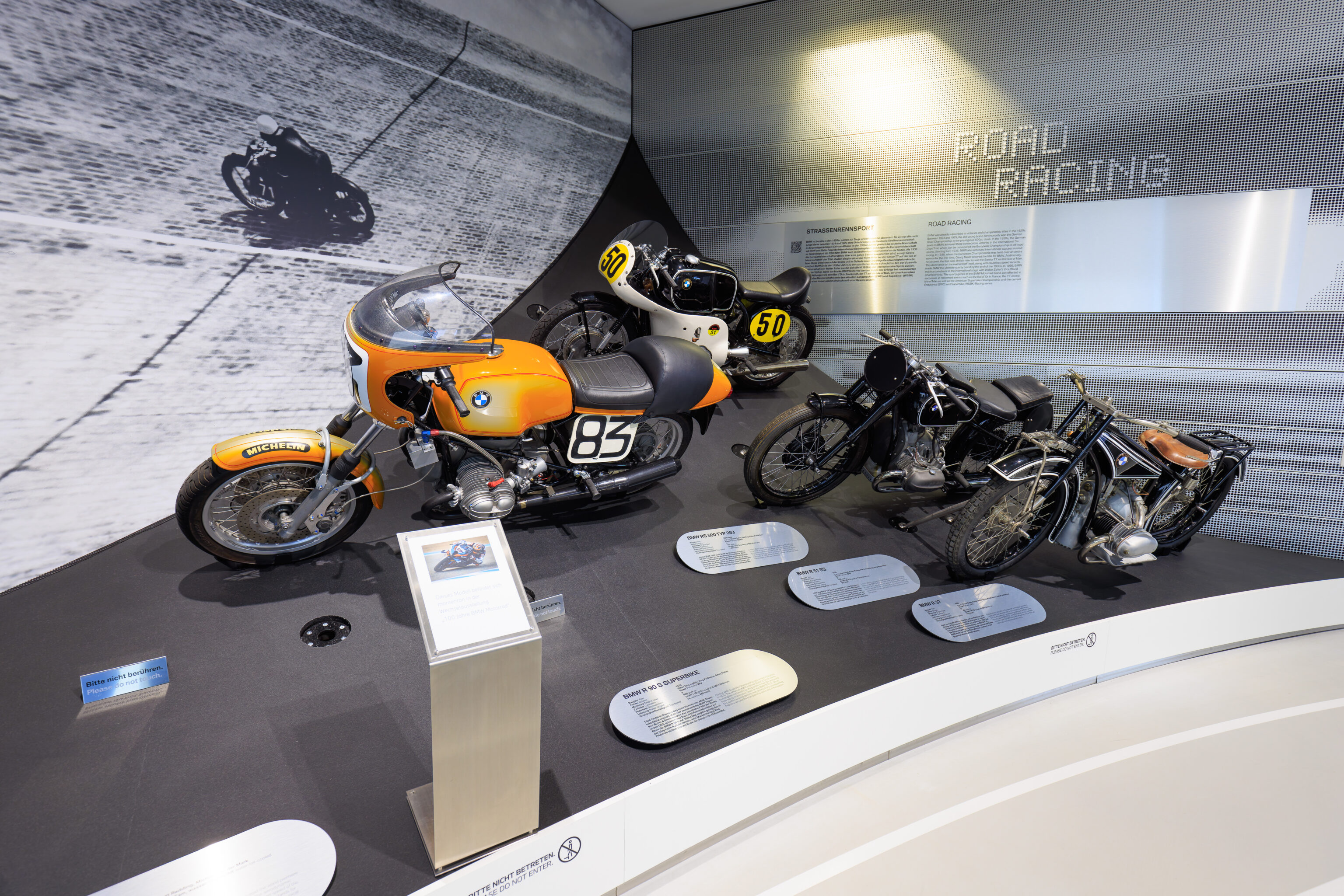
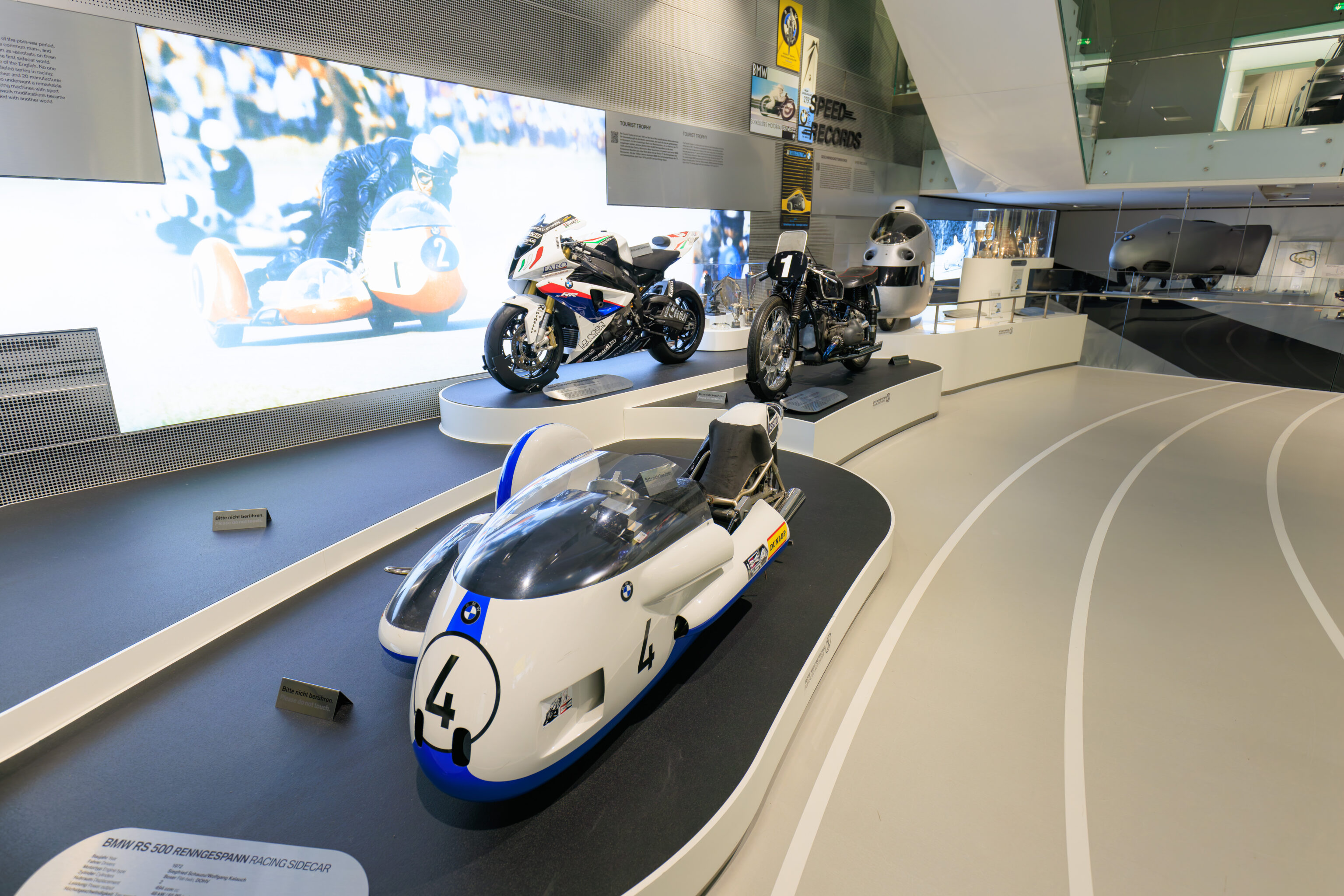
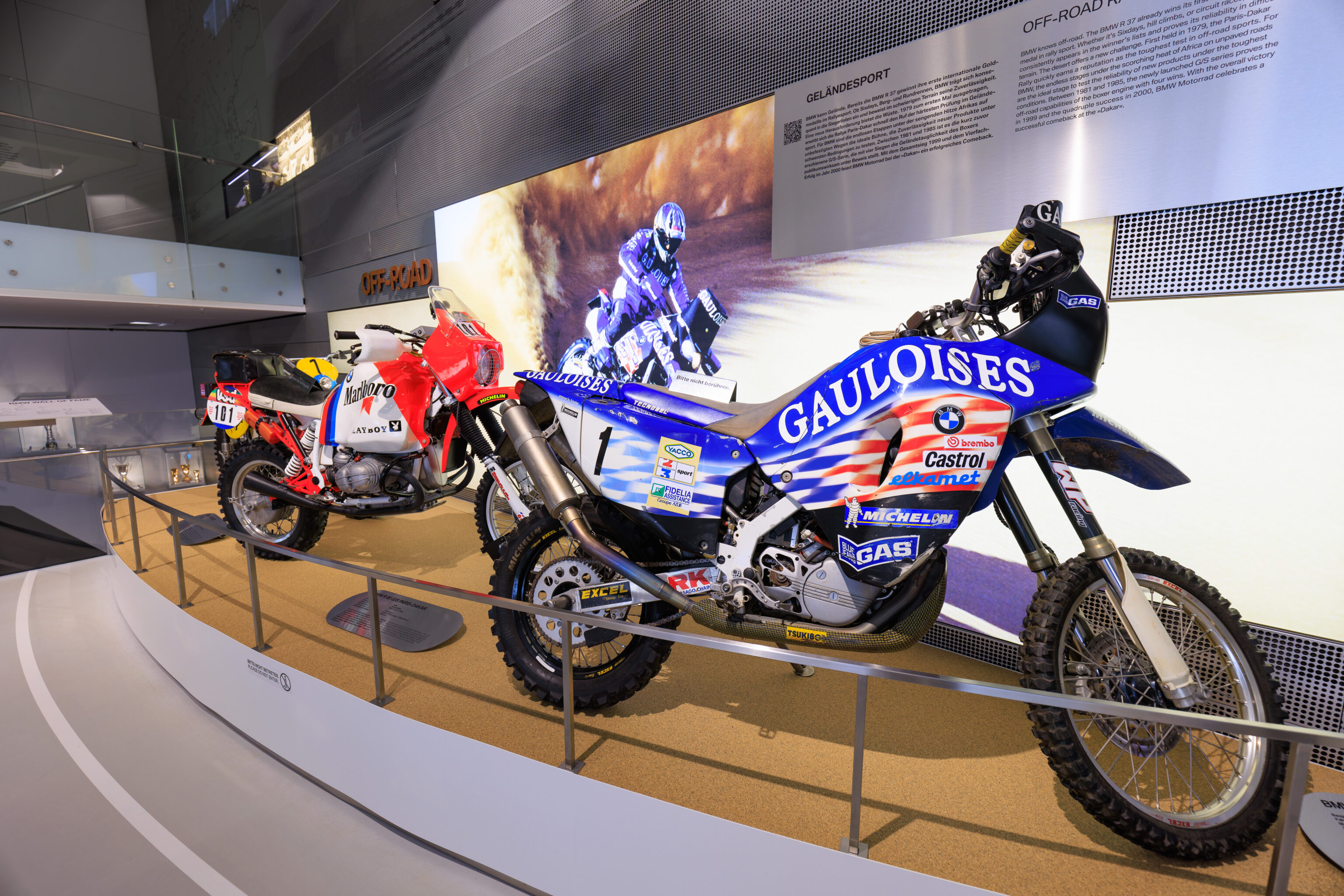
This section was dedicated to various forms of motorcycle racing.
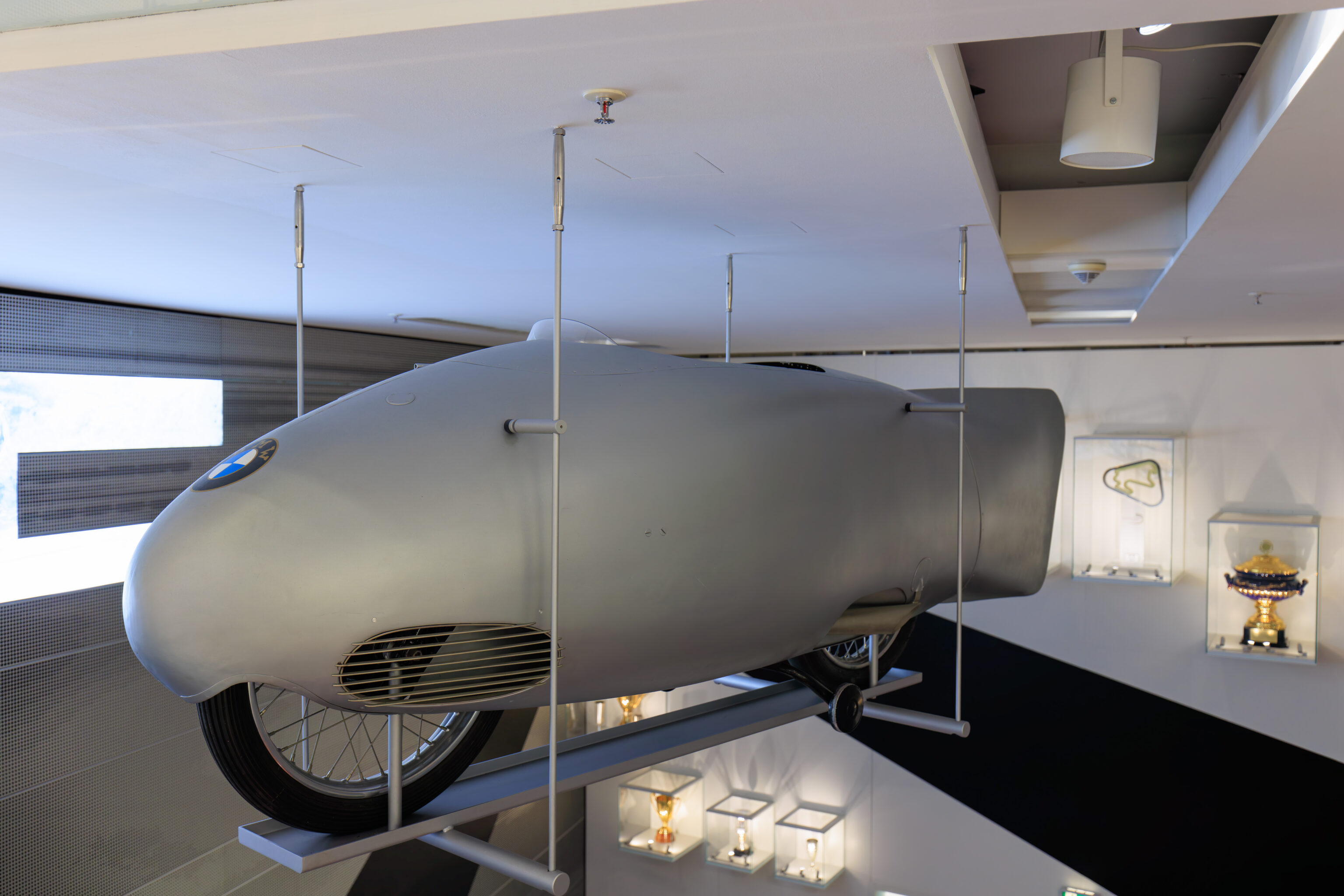
This motorcycle had a streamlined body, though presumably, there is a cost in weight.
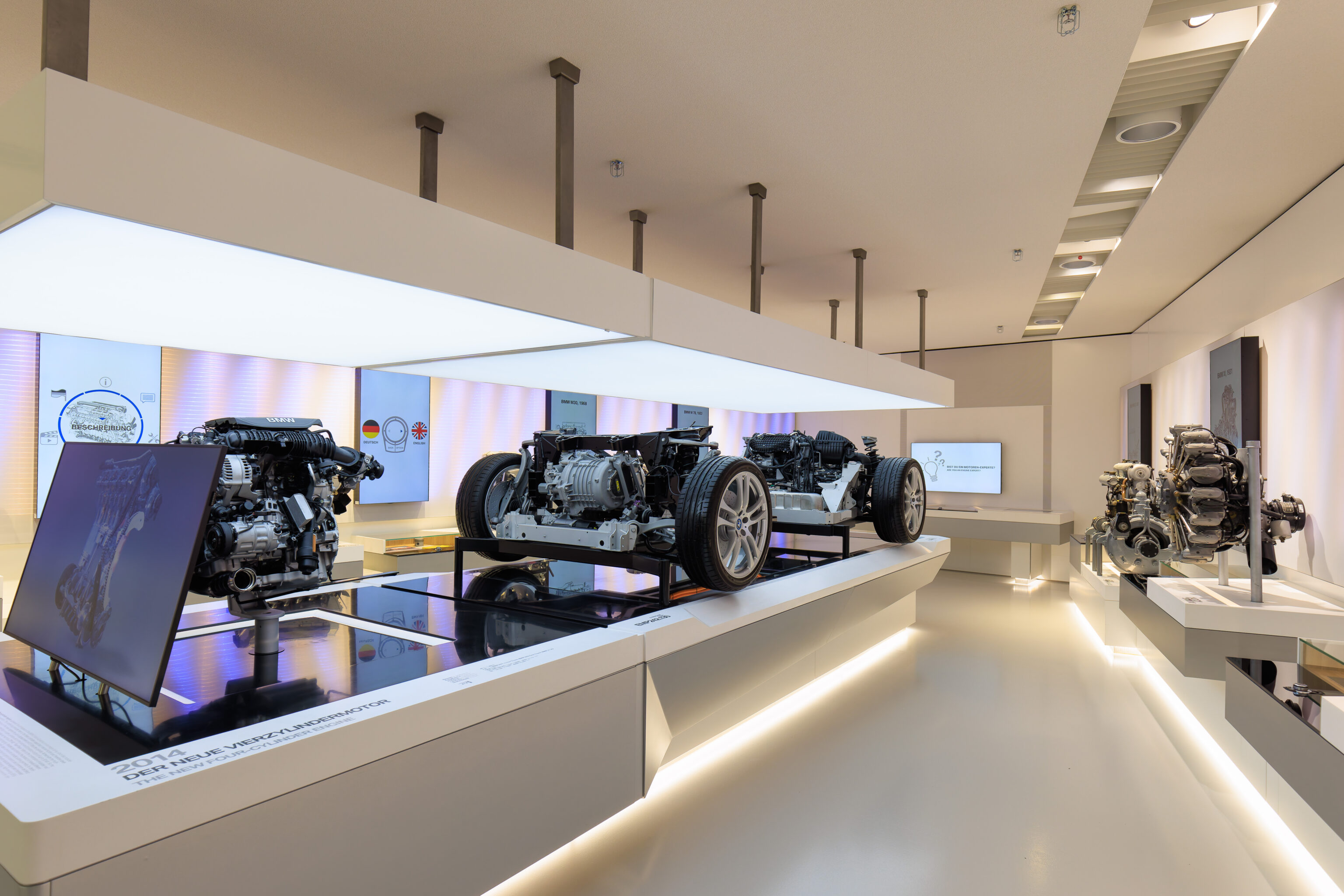
This room had a display on engine technology.
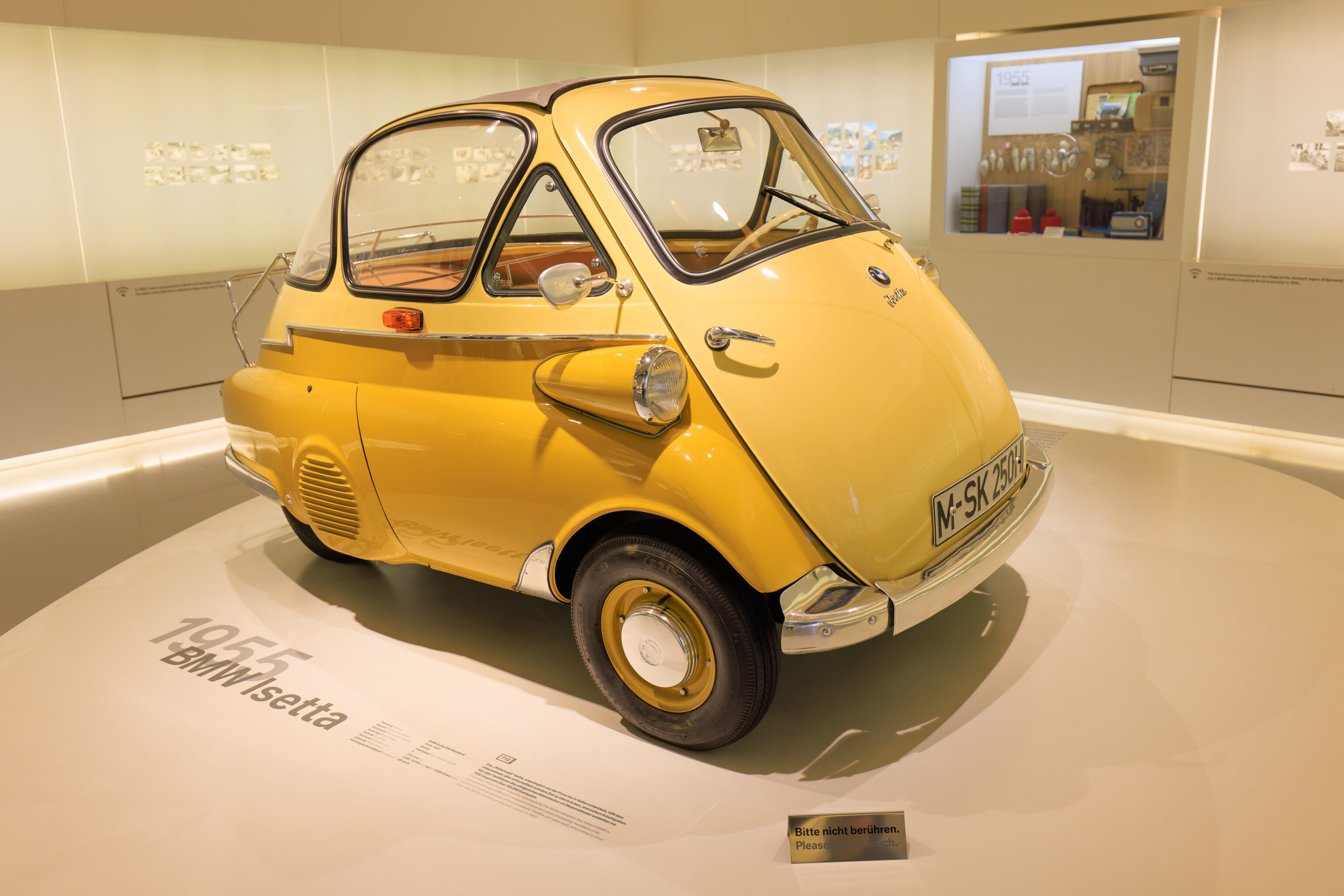
We passed by another example of the BMW Isetta, which we saw earlier at the BMW World.
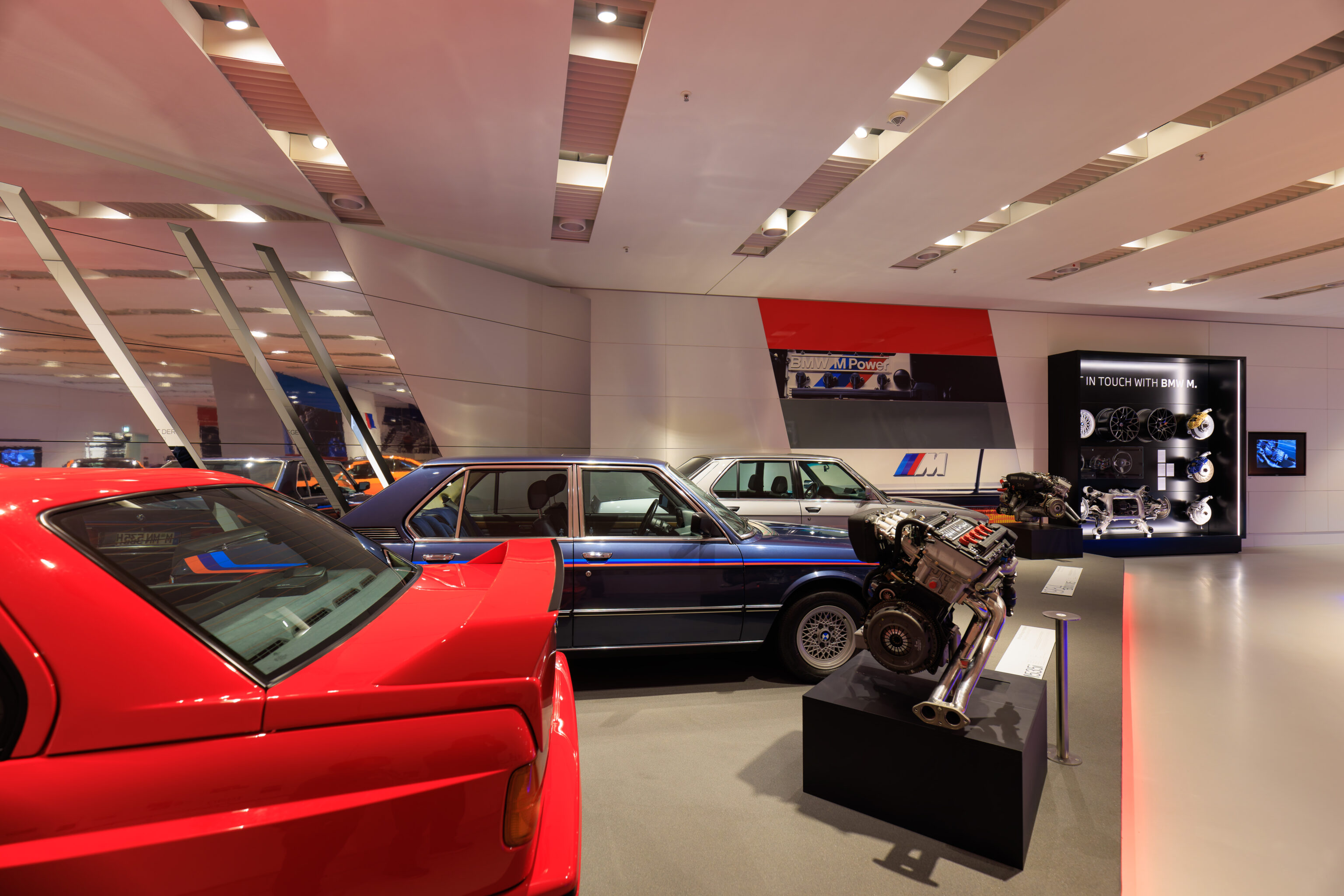
This room held a display on the M series of products.
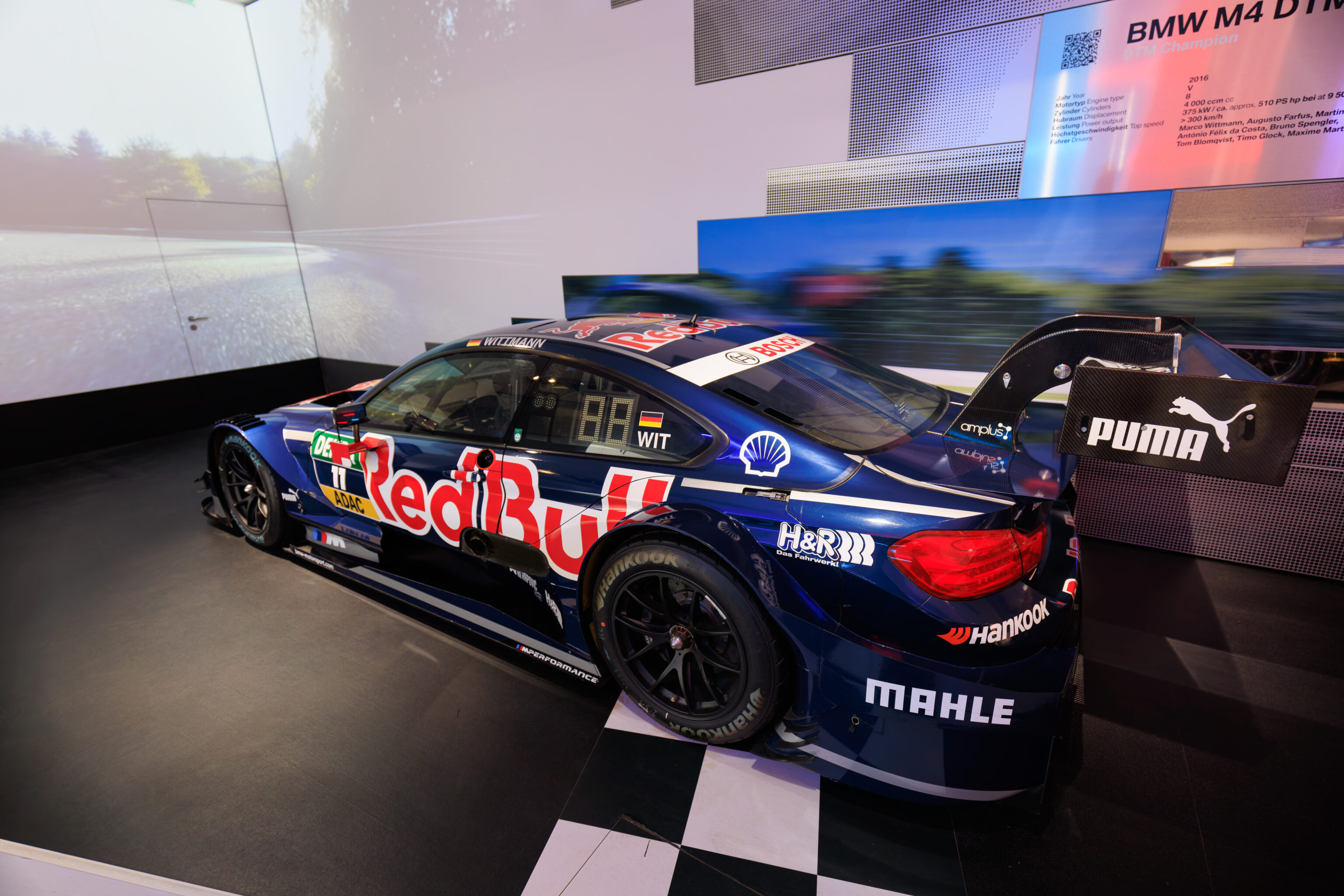
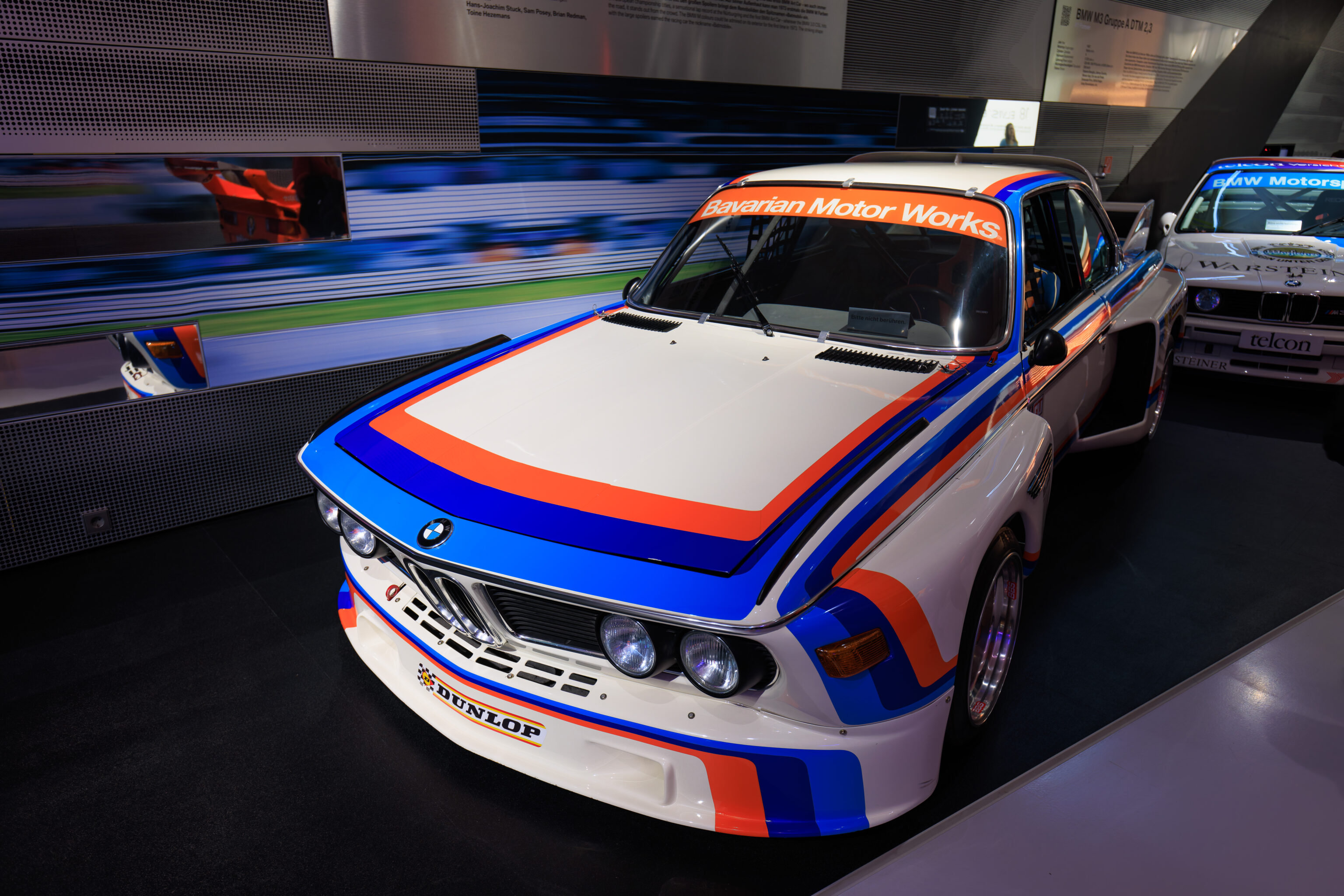
Some more examples of auto racing.
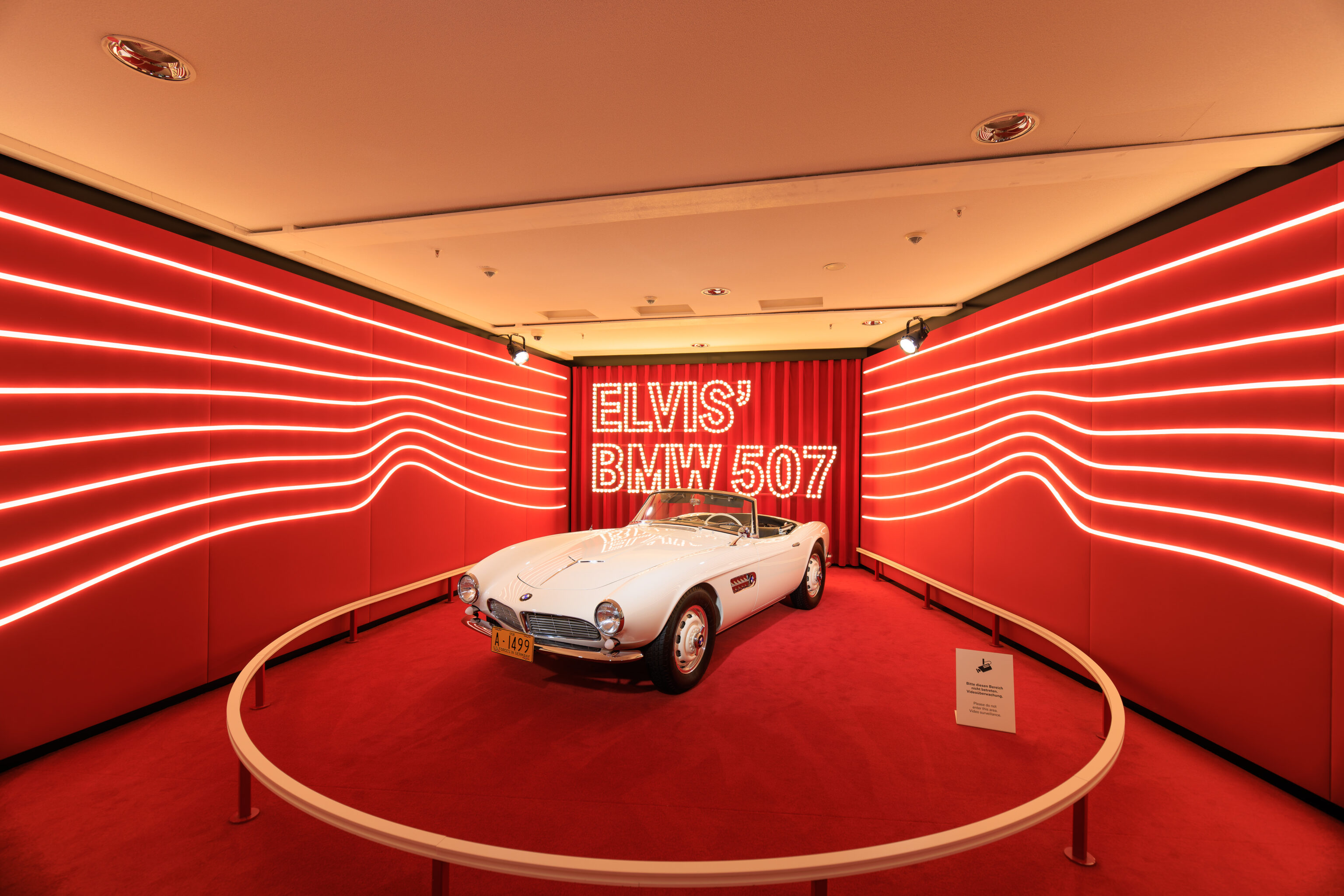
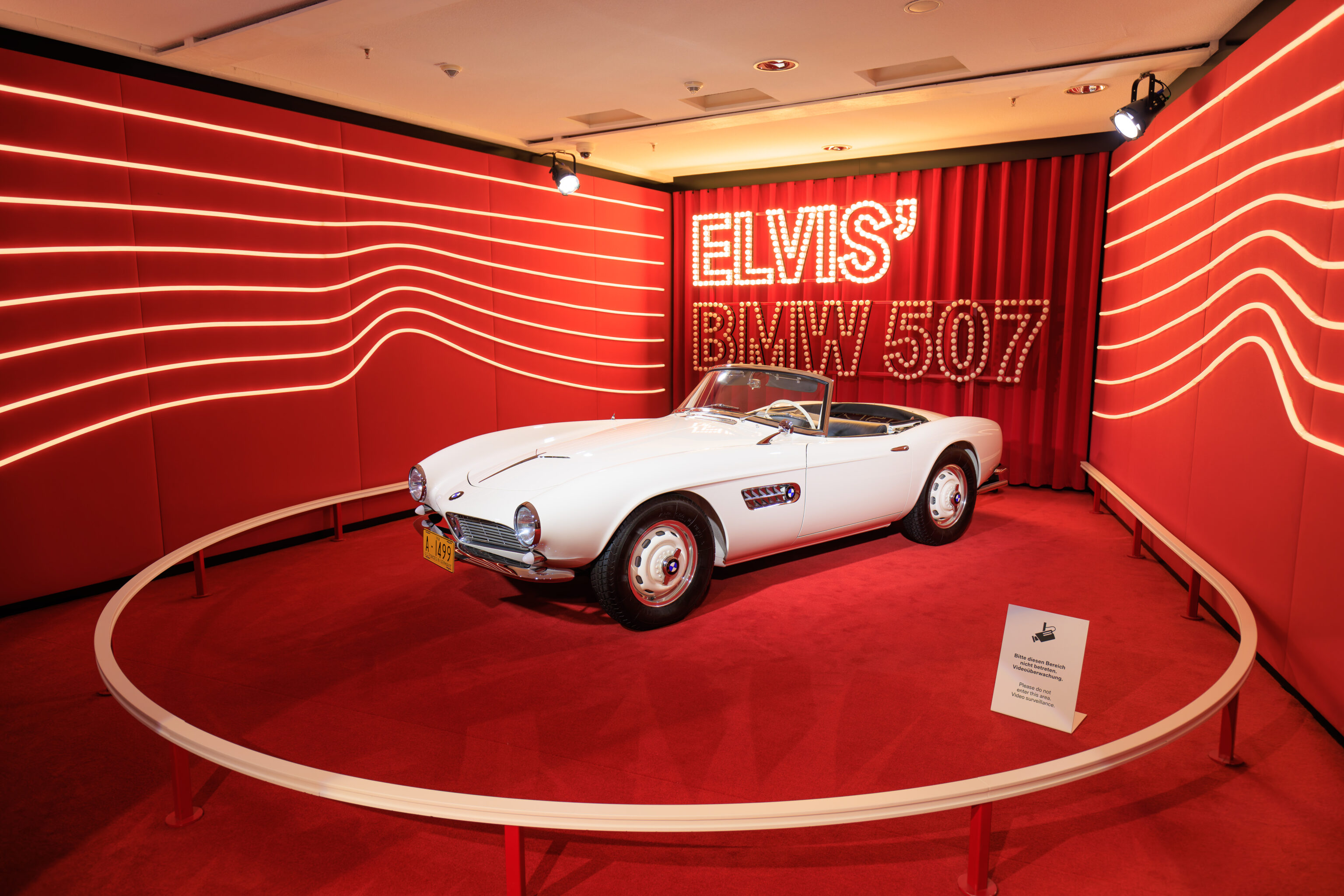
A room was dedicated to Elvis’ BMW 507! He bought the car while serving in the Army in Germany. It ultimately came back to the US with him and was eventually sold. It ended up unused in a warehouse where it was discovered and restored by BMW.
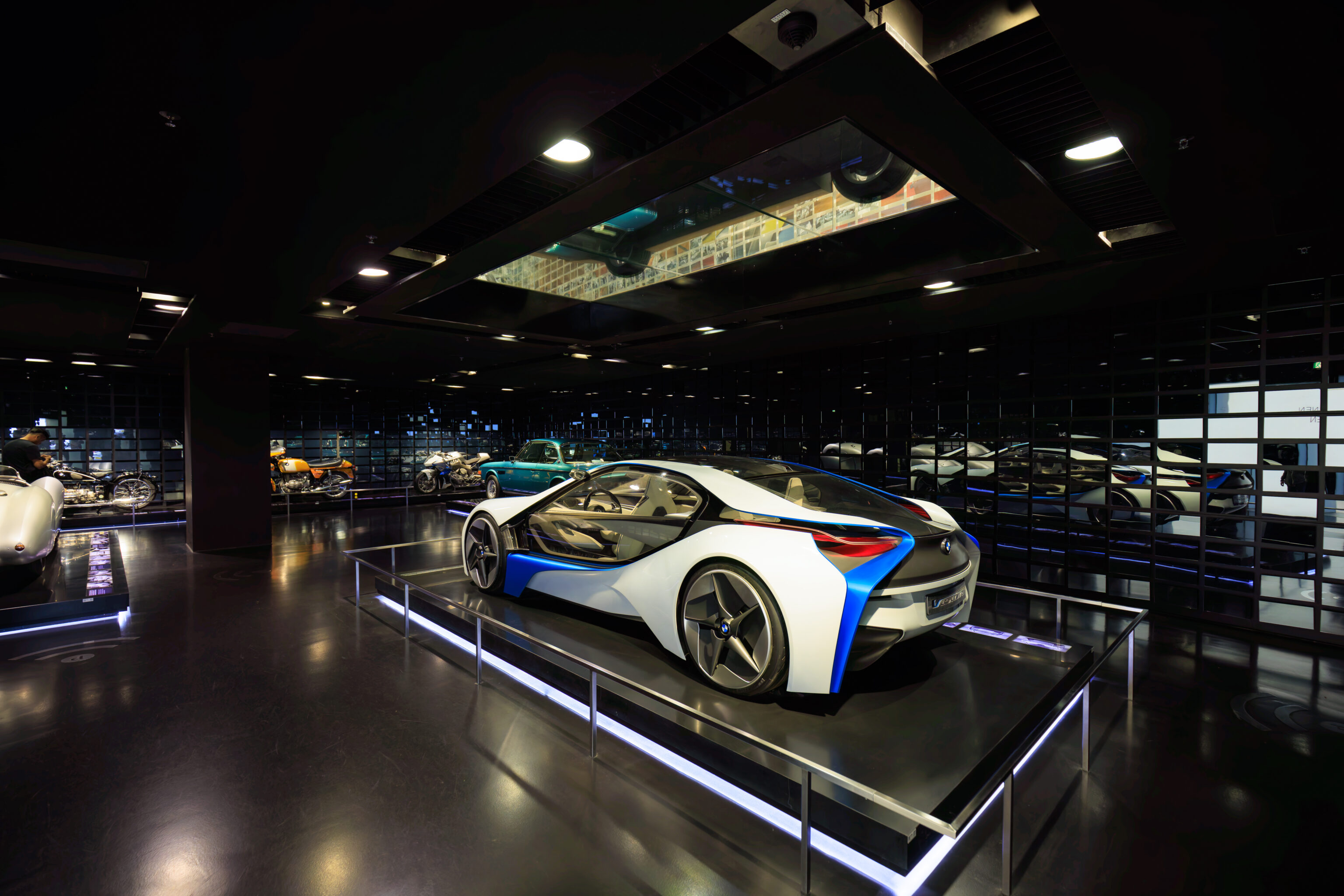
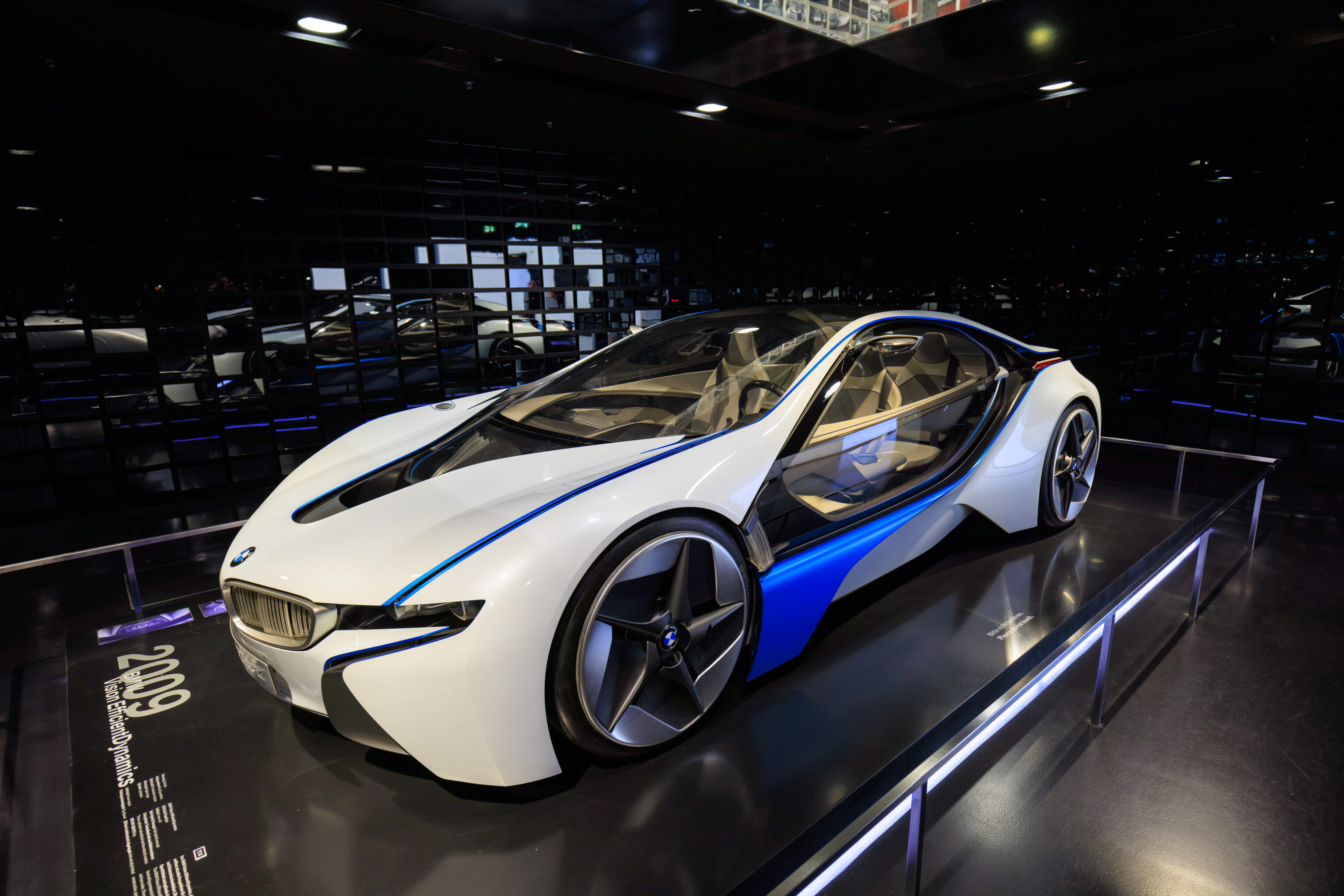
Maybe a bit too much glass on the doors here?

A BMW from 1939.
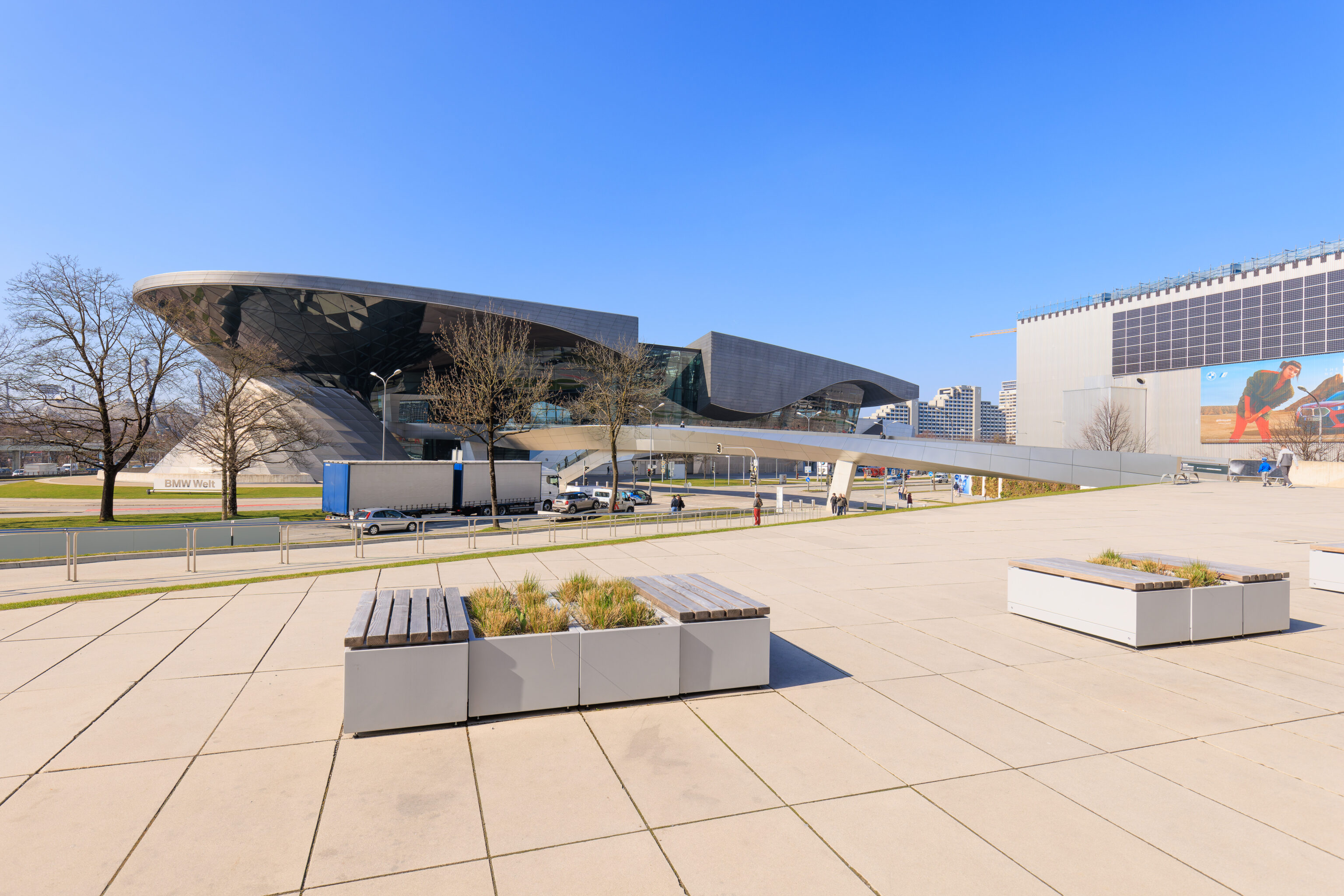
After walking through the museum, we headed back outside.
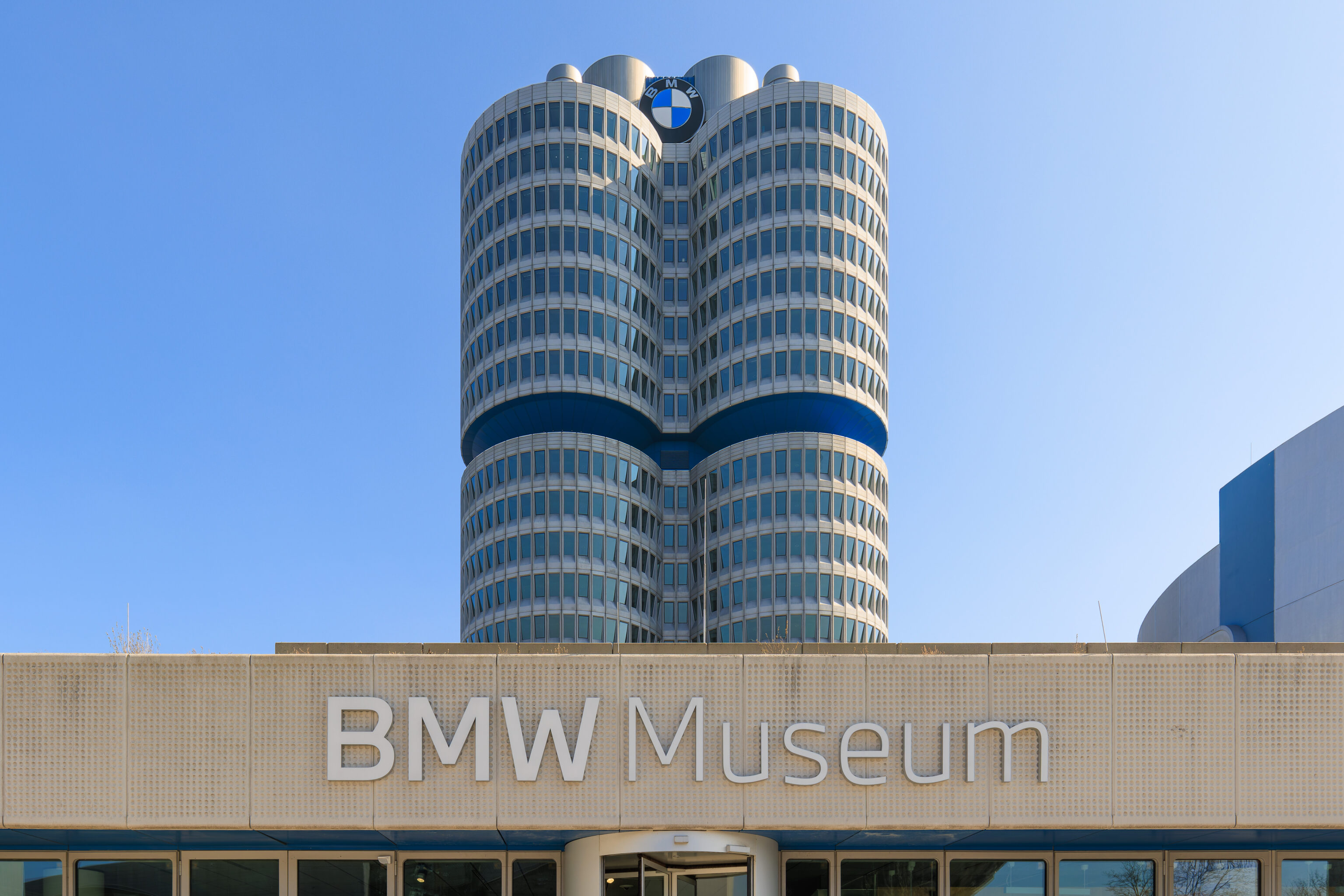
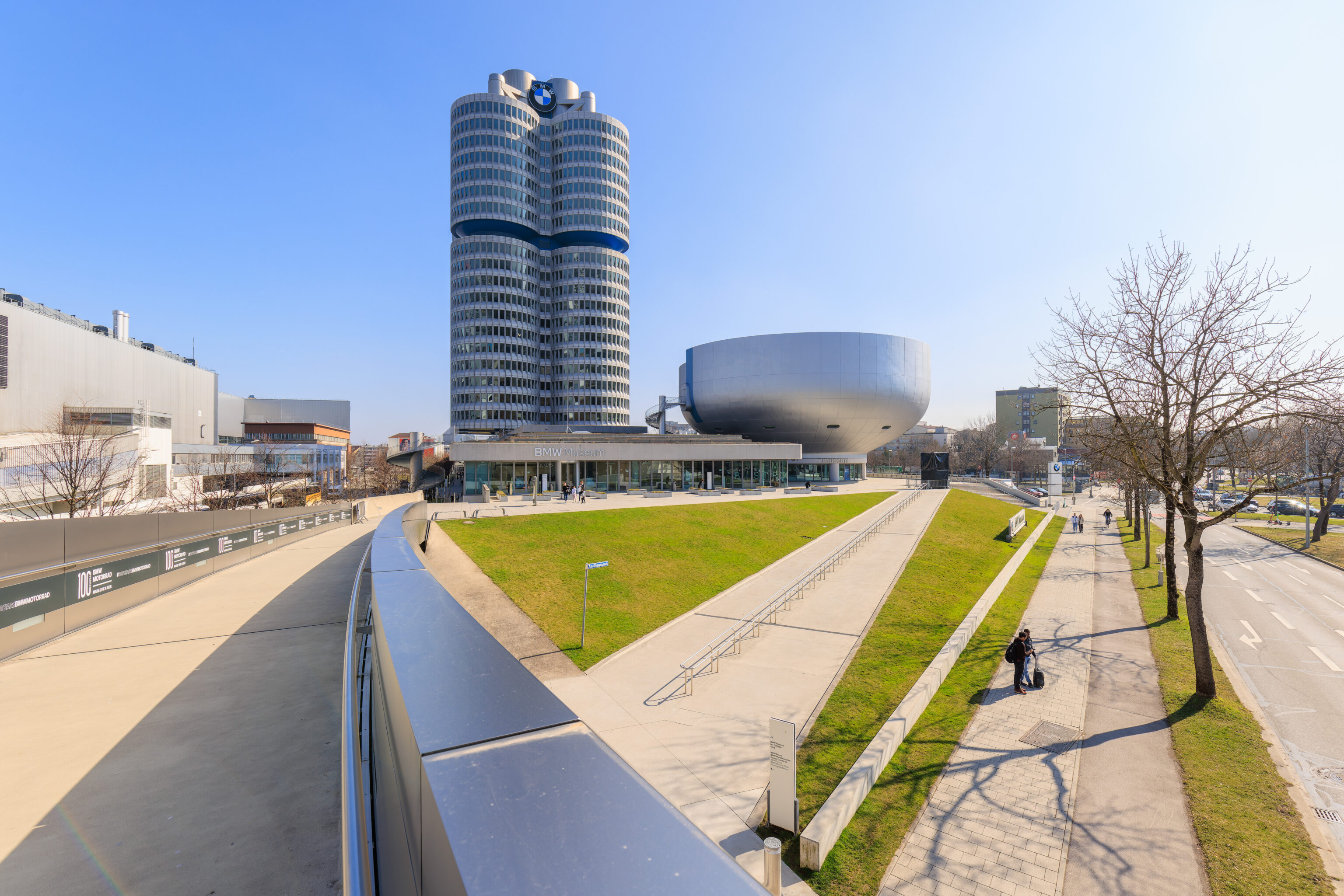
The BMW Museum was an interesting place to visit, even for those without any particular interest in cars or BMW.
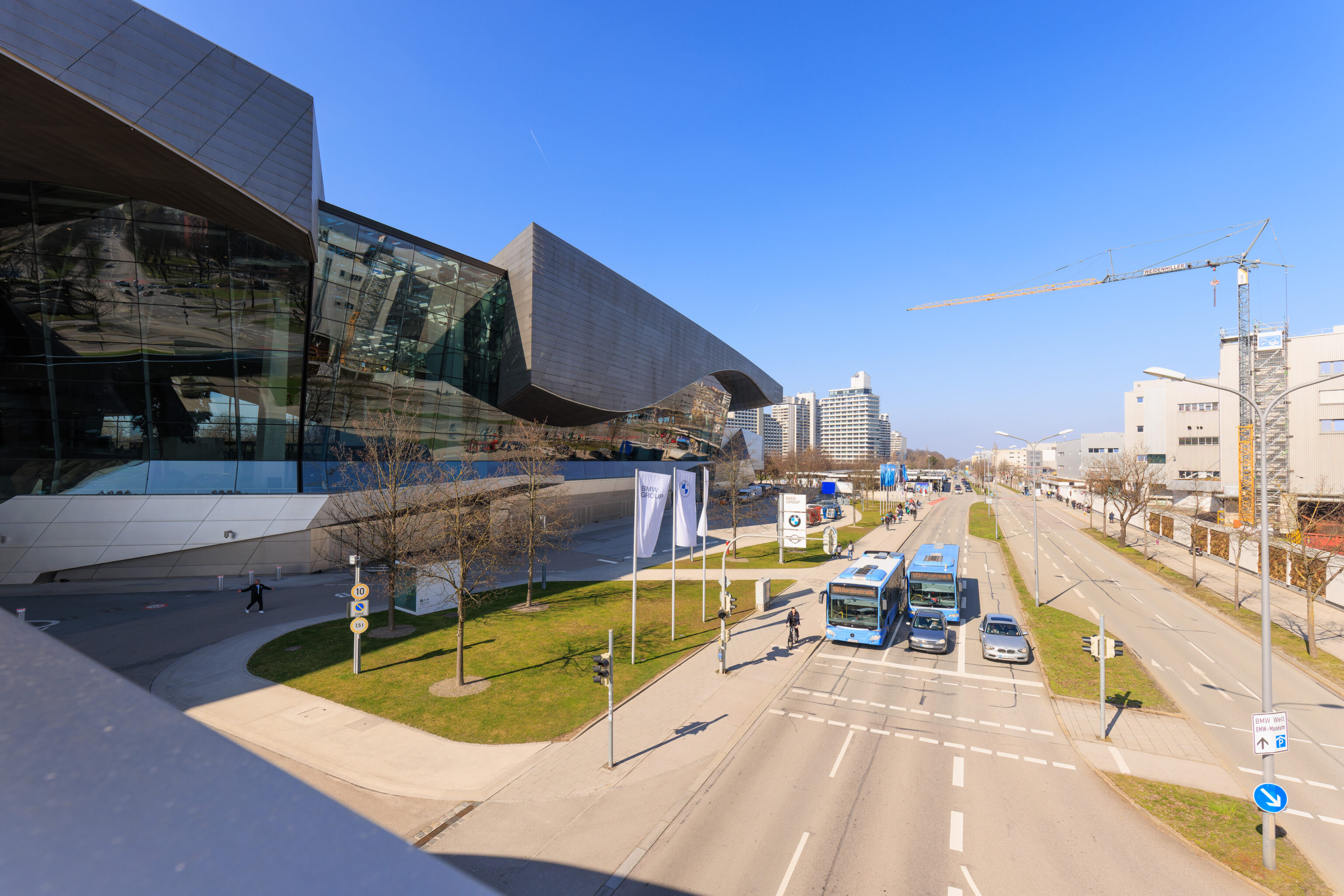
We decided to head back to BMW World via the pedestrian overpass.
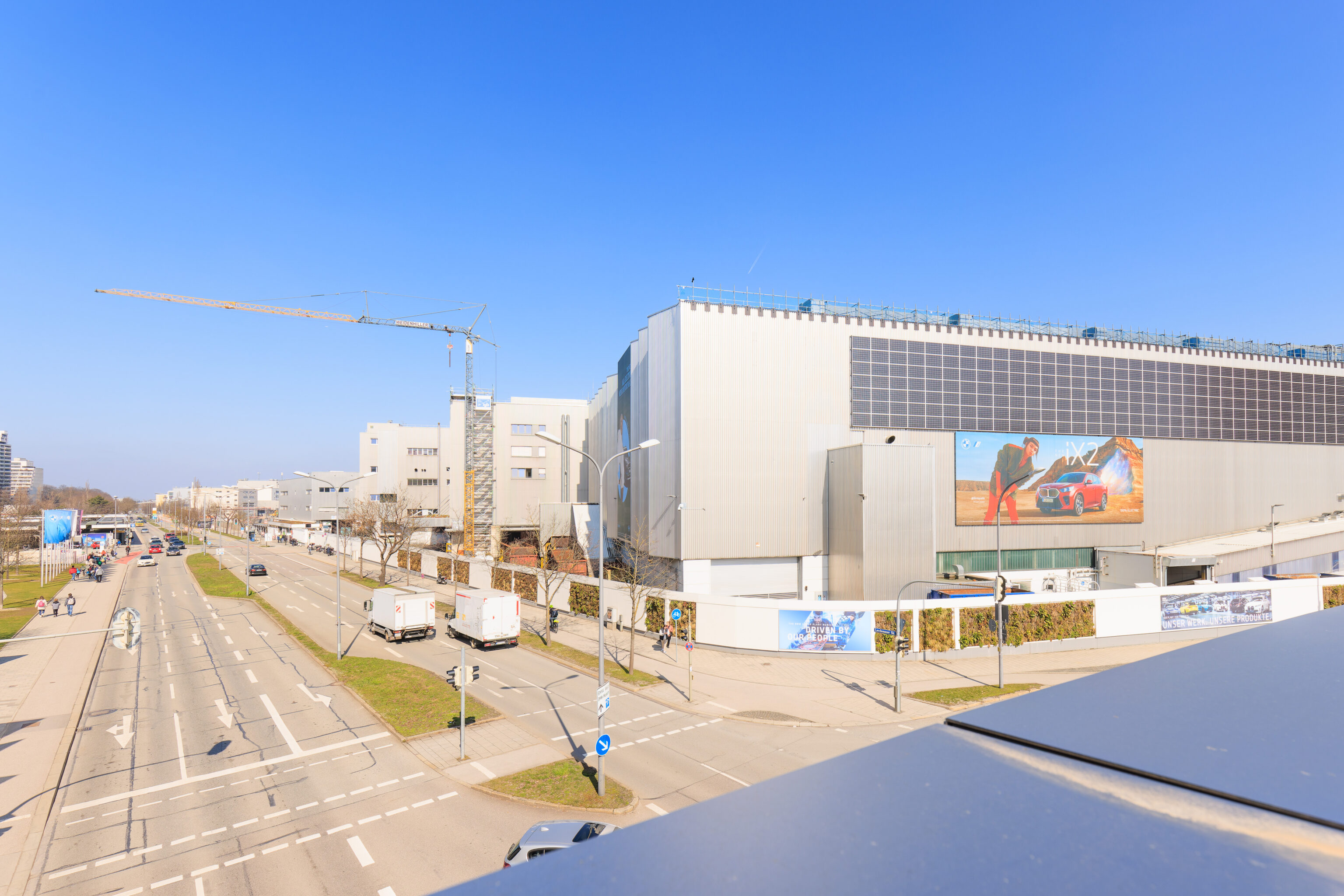
There are many BMW factory buildings just to the north.
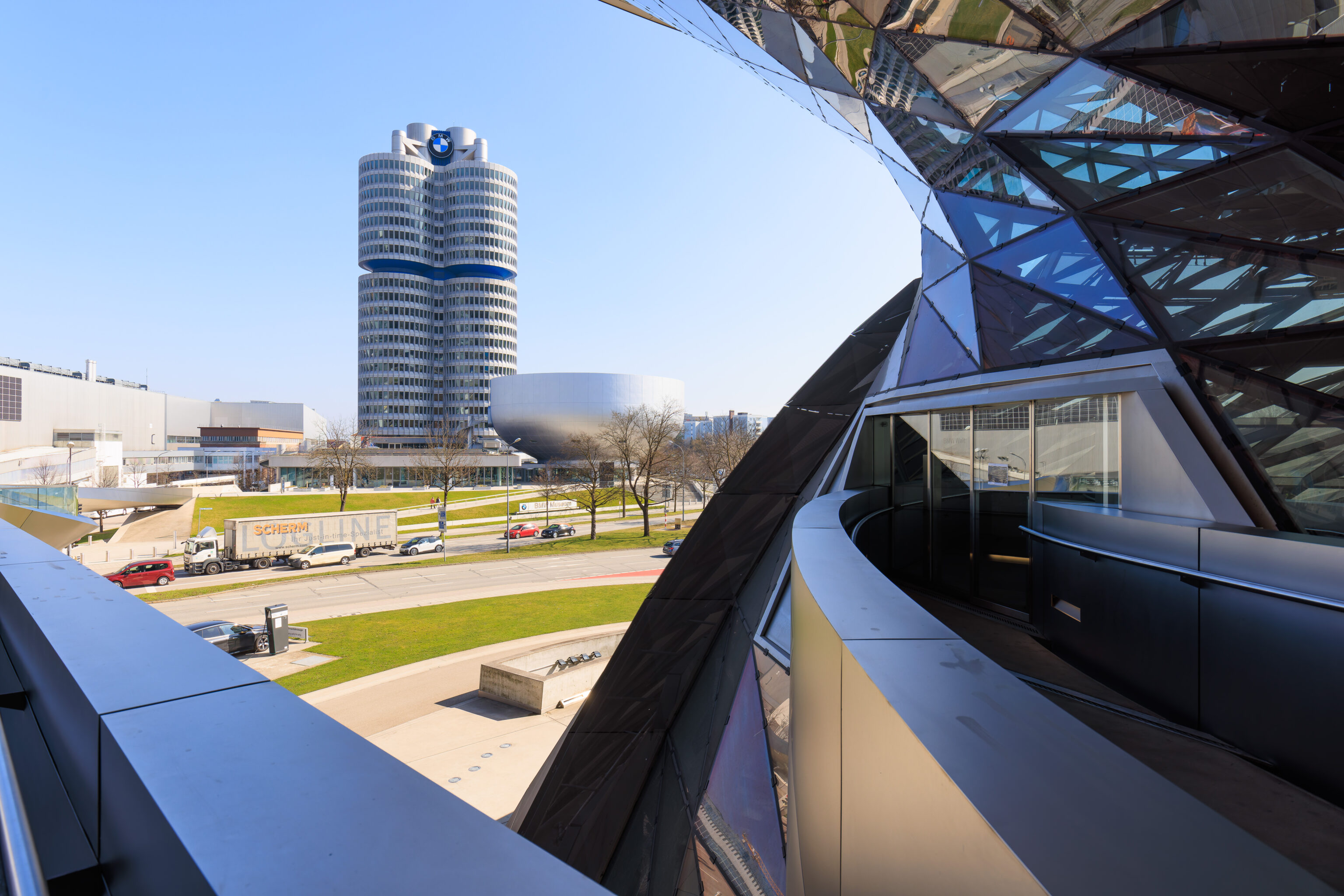
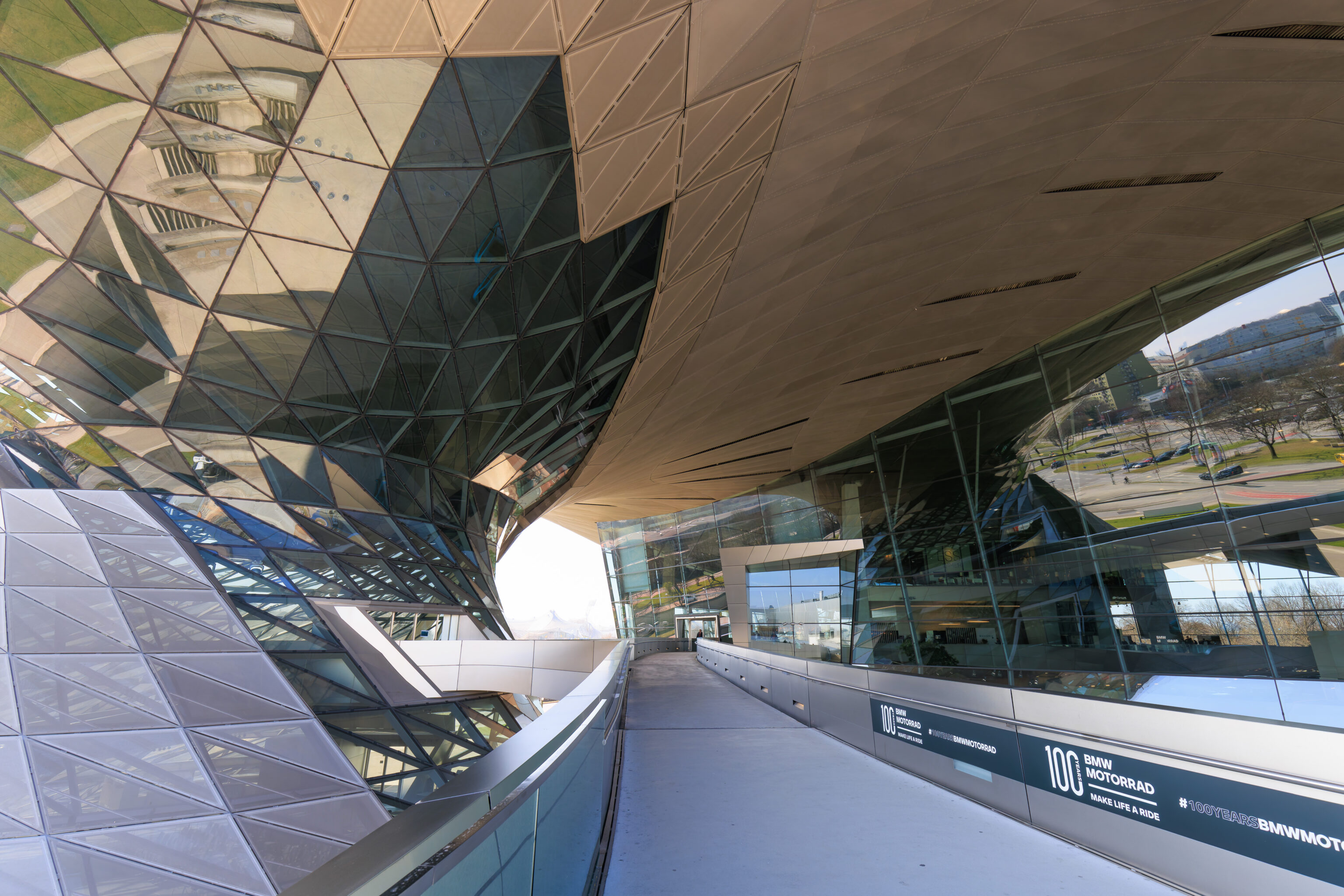
We continued on to enter BMW World on the second floor.
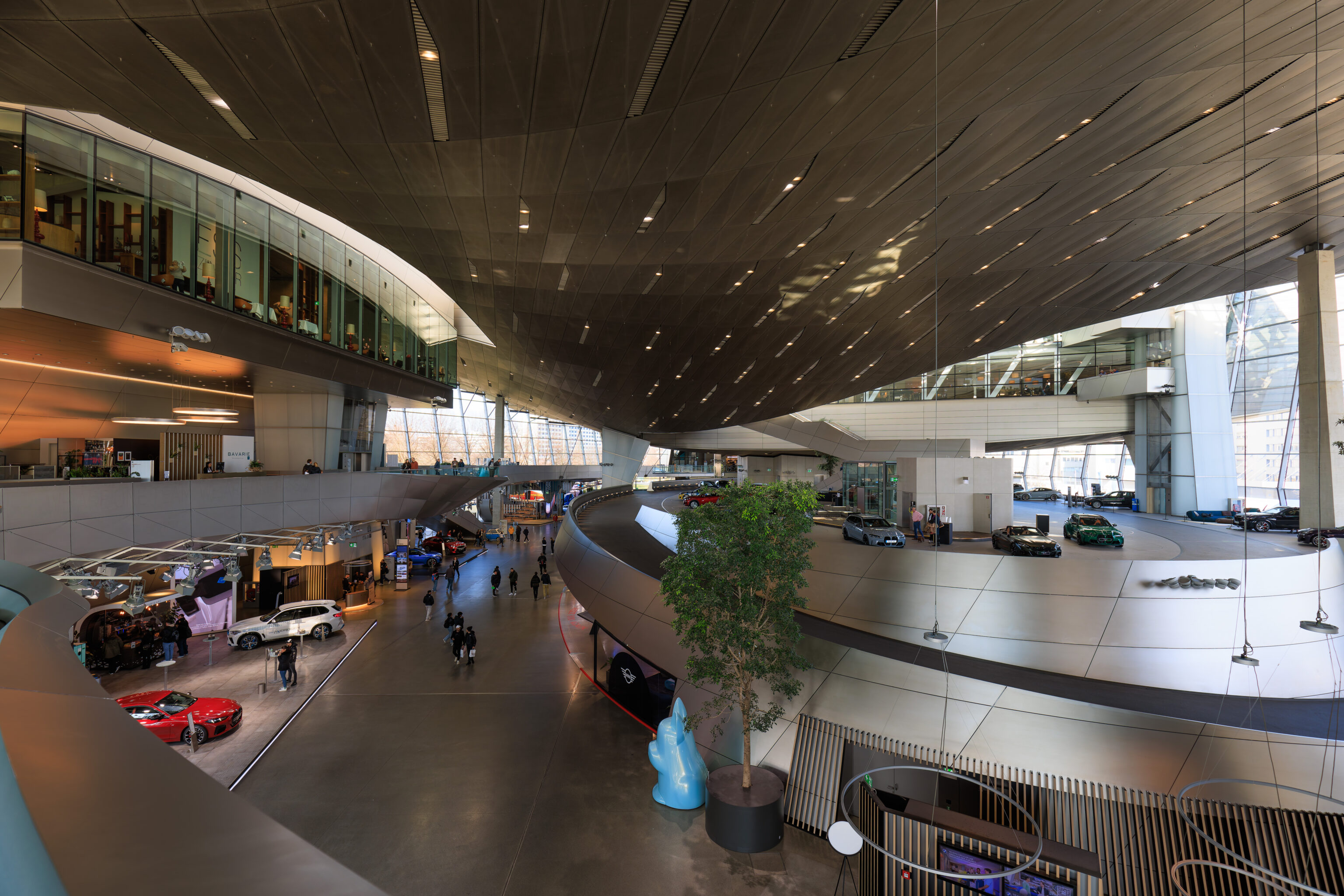
The second floor overlooks the showroom area below.
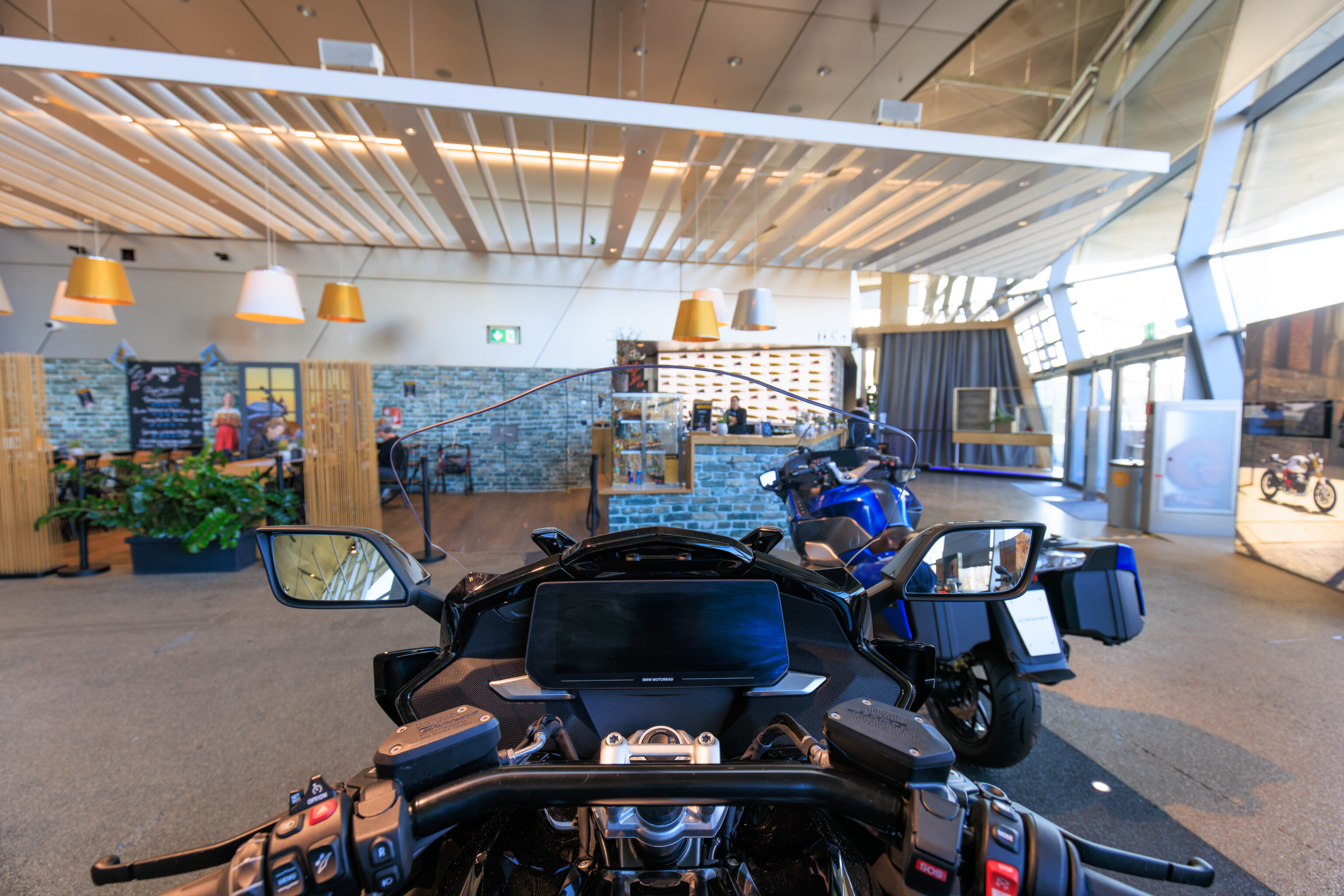
There were some big motorcycles on the second floor.
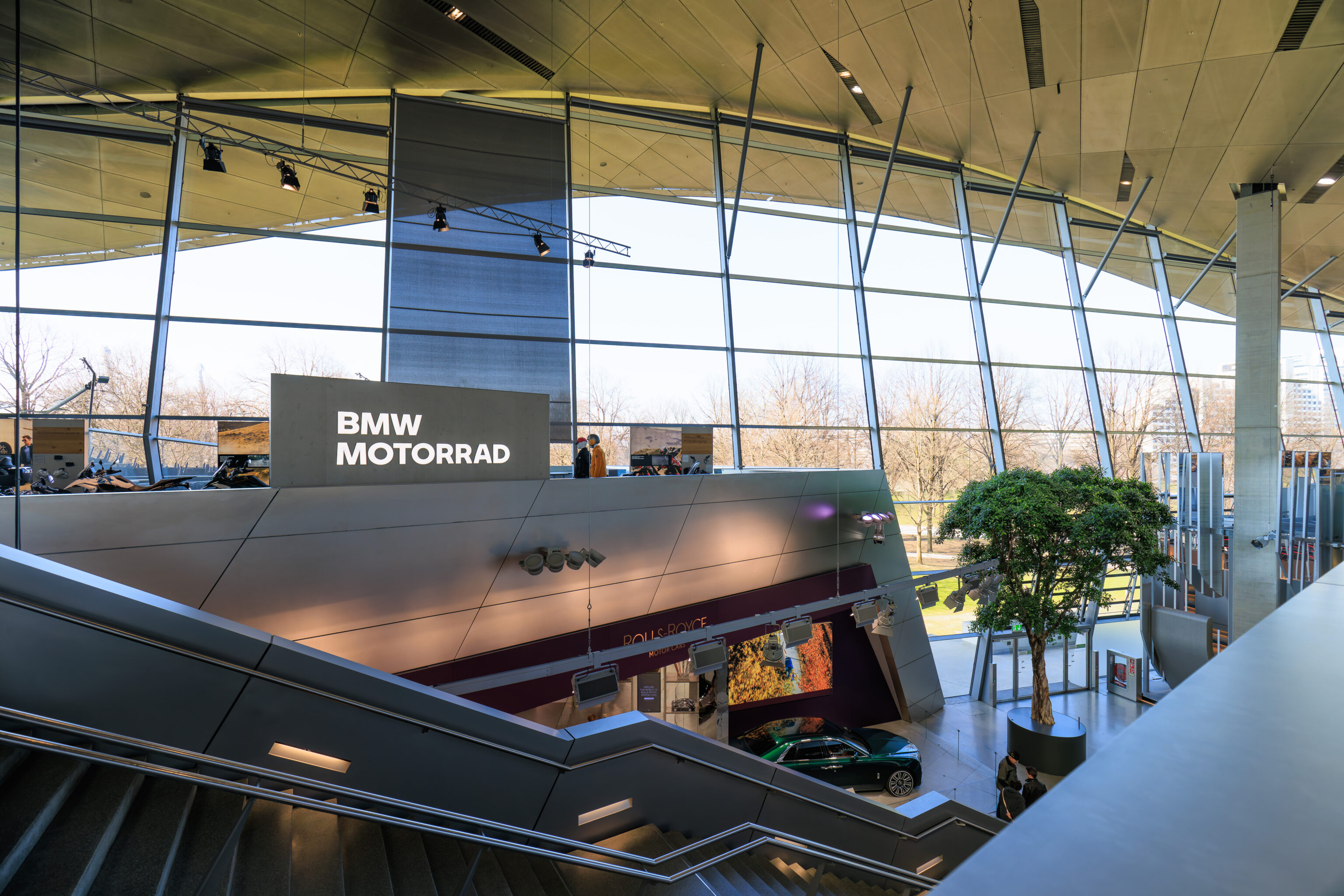
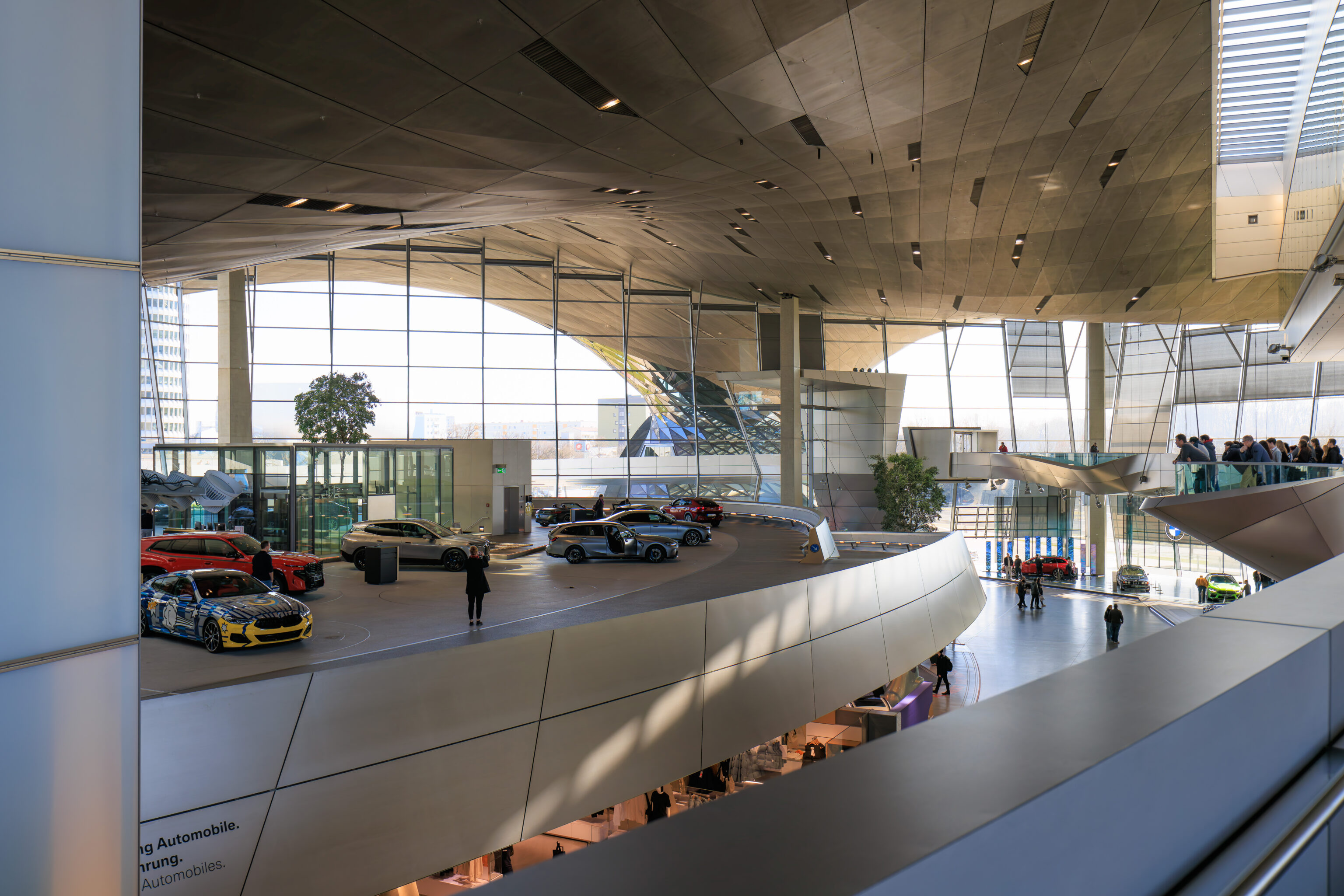
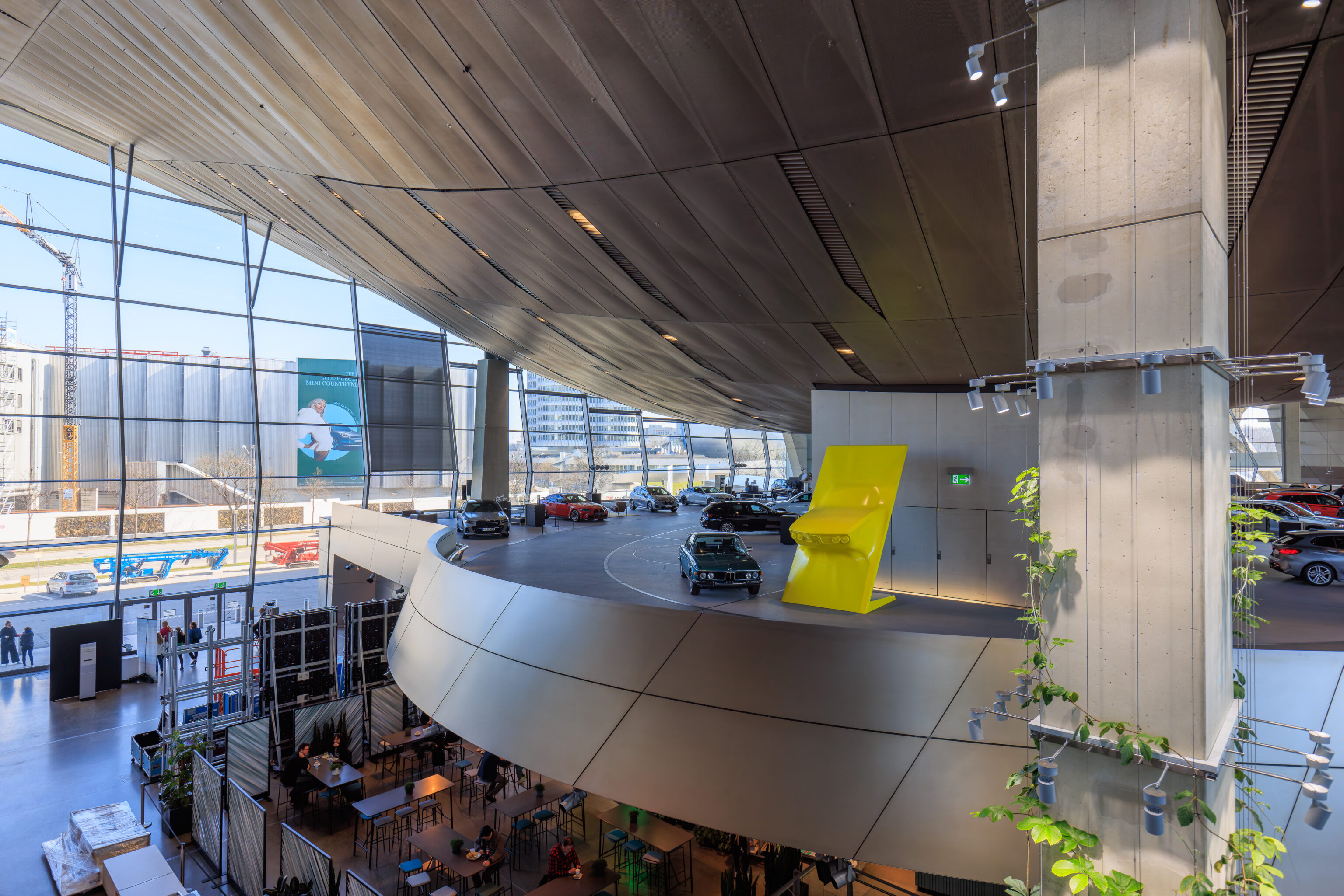
The second floor also has a separately accessible area where one can pick up their new BMW.
Olympic Villiage
After leaving BMW World via the north entrance, we decided to get lunch nearby. There aren’t too many food options in the area but we did find a small döner restaurant to the north that had good ratings.
As we walked past the U-Bahn station, towards the eastern edge of the former Olympic Village from the 1972 Summer Olympics, I remembered why this location was significant. 1927 was the year of the terrorist attack where 11 members of the Israeli team were taken hostage. Ultimately, none of the hostages survived, either being killed by the terrorists or having died during the botched rescue attempt. These events took place on the west side of the Olympic Village, not too far from where we were today.
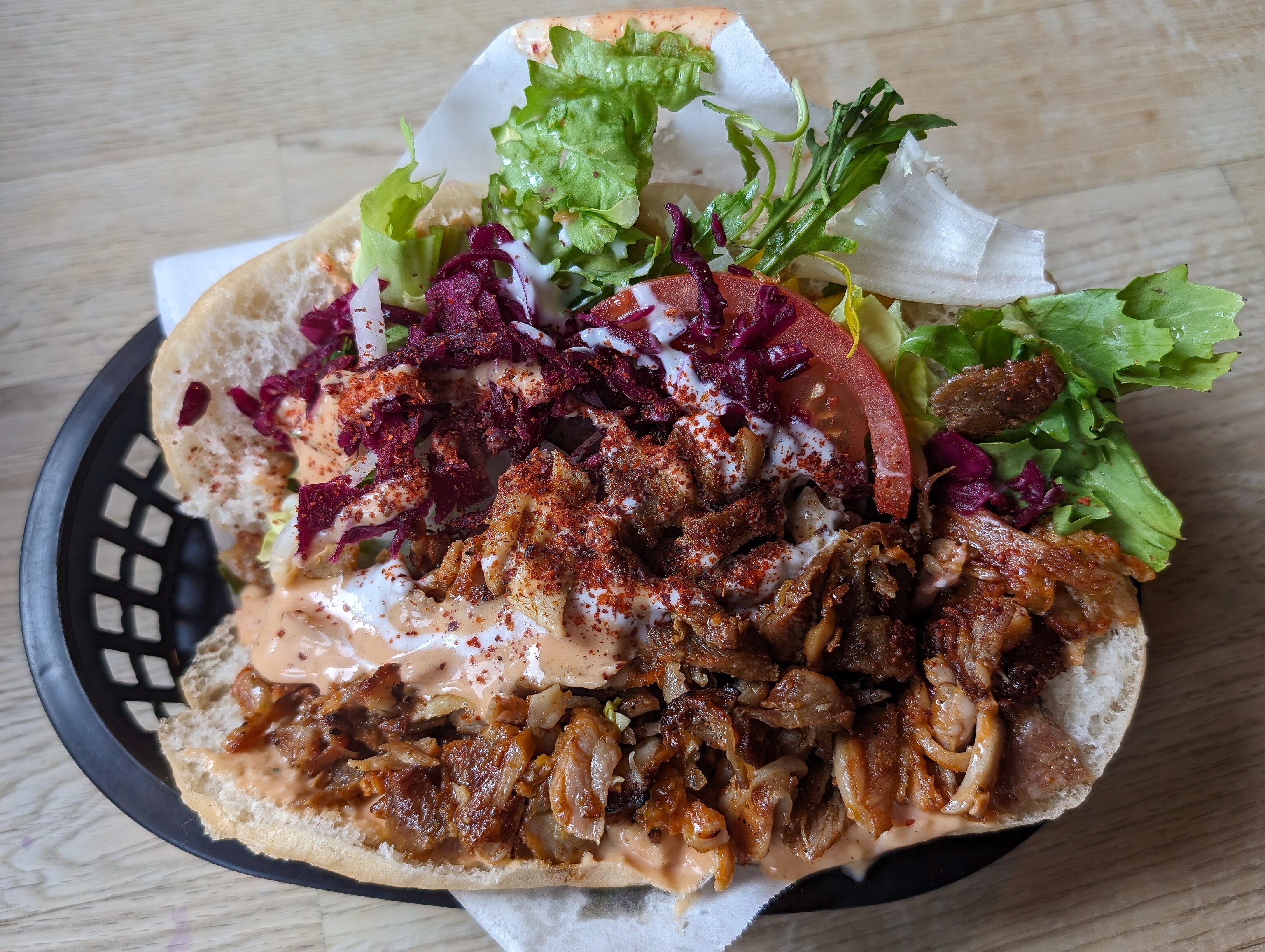
After arriving at Pera, we ordered two chicken kebaps on bread. It was a very satisfying lunch!
Olympiaturm
We were originally going to return to central Munich but decided to visit the Olympiaturm as the weather was quite good.
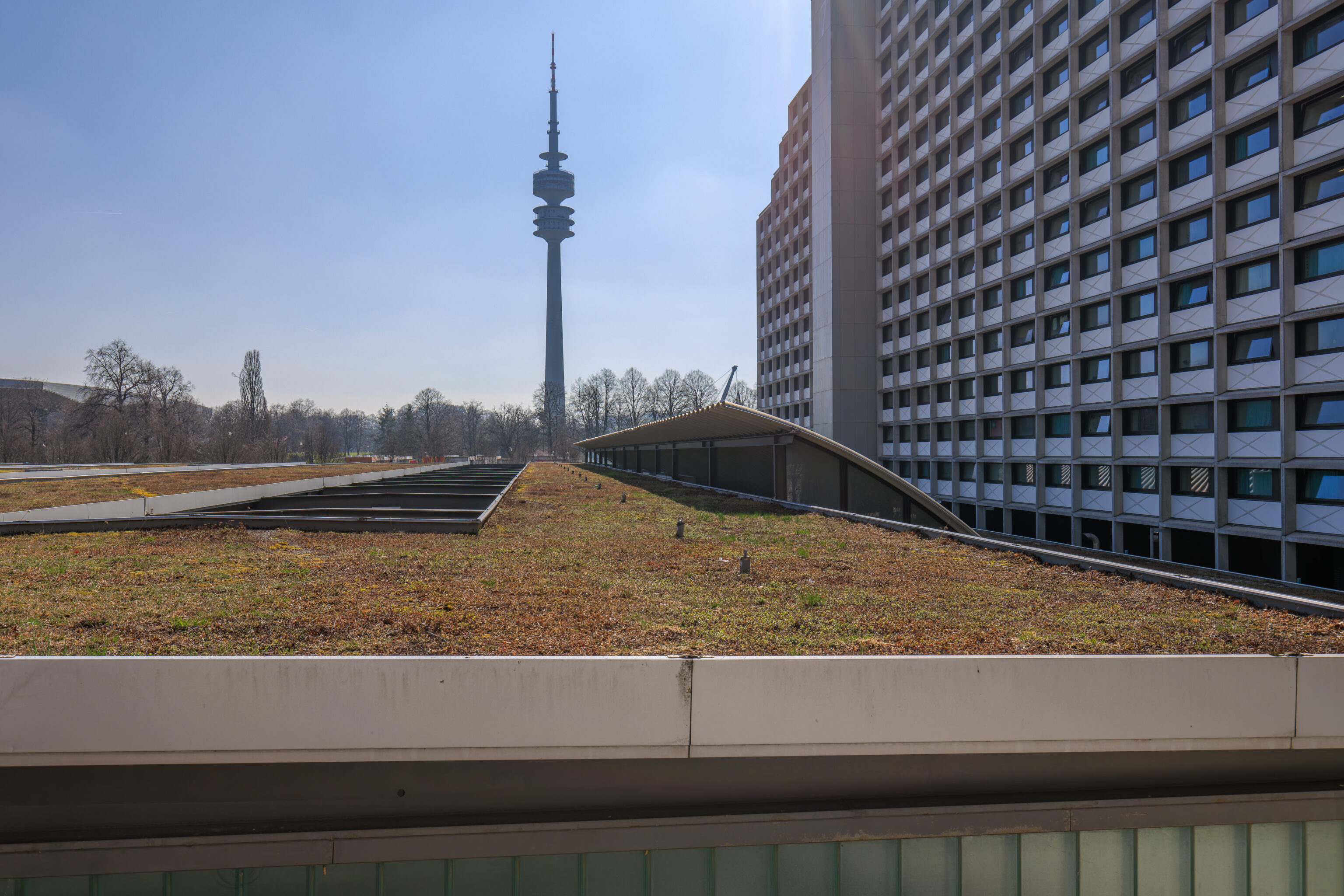
We started to backtrack to head to the Olympiaturm as it is on the far side of the BMW World.
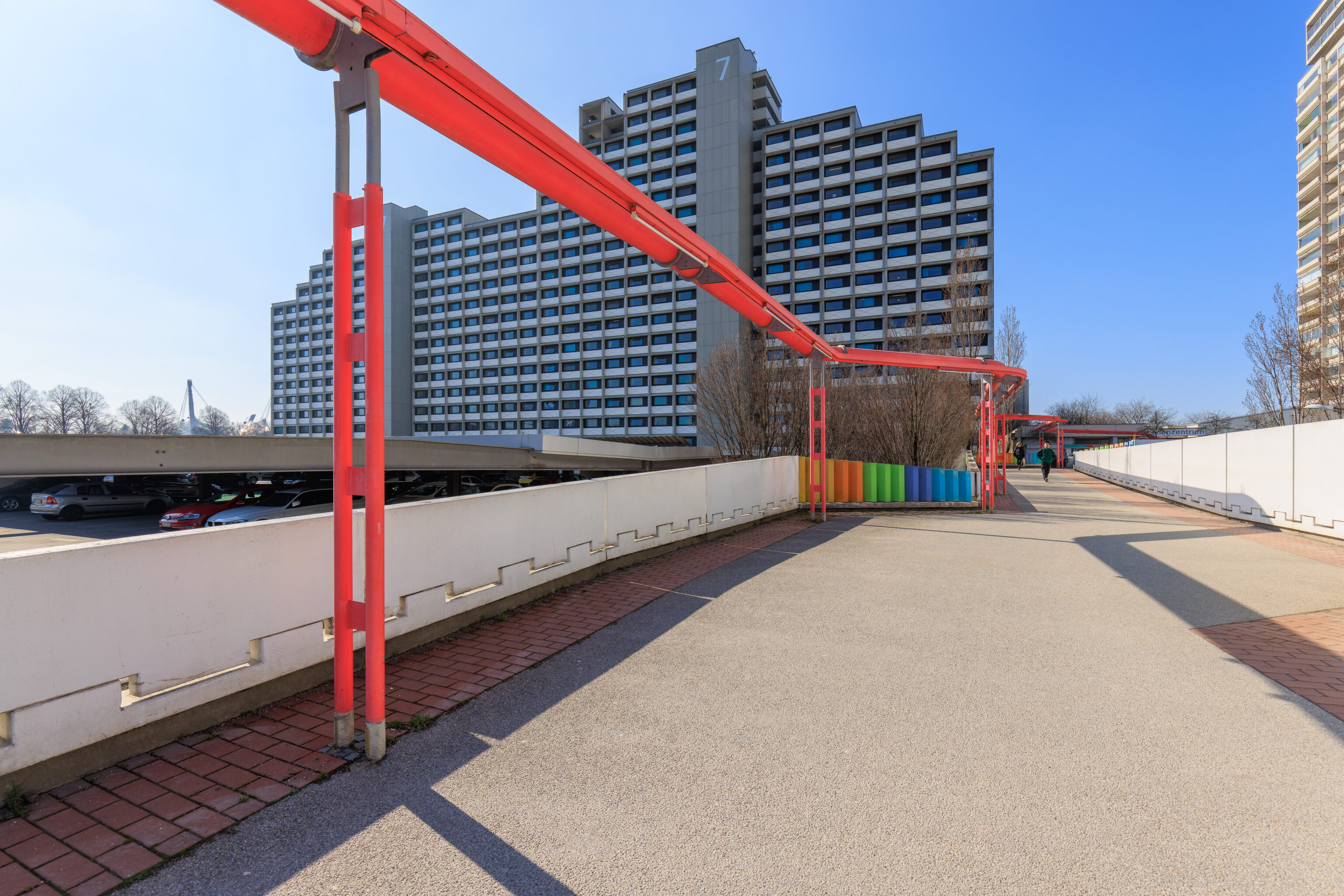
These pipes seem to be the same thing we saw everywhere in Berlin, intended to remove excess ground water from construction sites. But they apparently are not. These media lines apparently carry heated and cooled air as well as act as a conduit for electricity and a mounting point for lights. They are also color coded to help the athletes know where they are in the village.
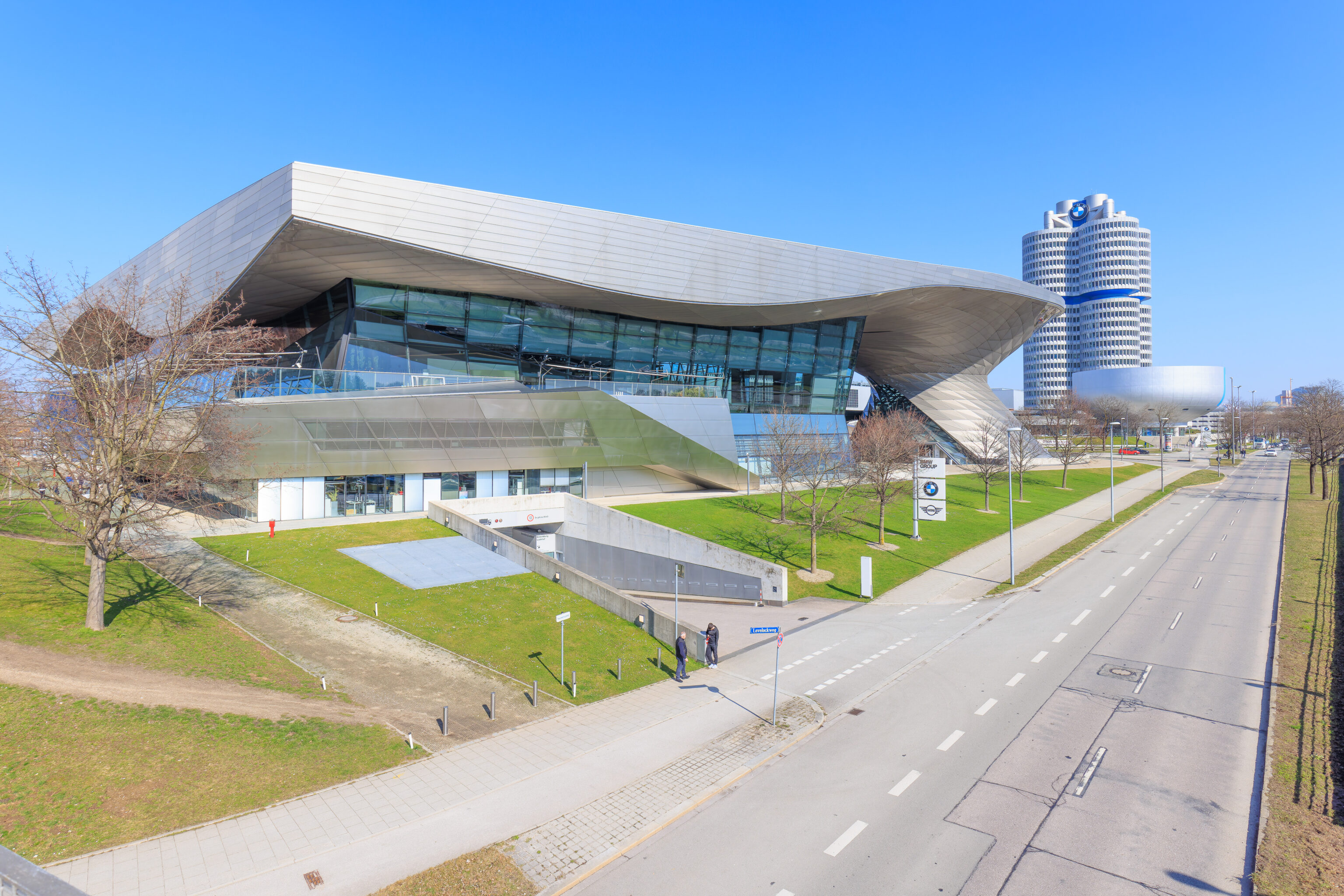
After walking past BMW World, we walked across an overpass to the south to get to the Olympiapark.
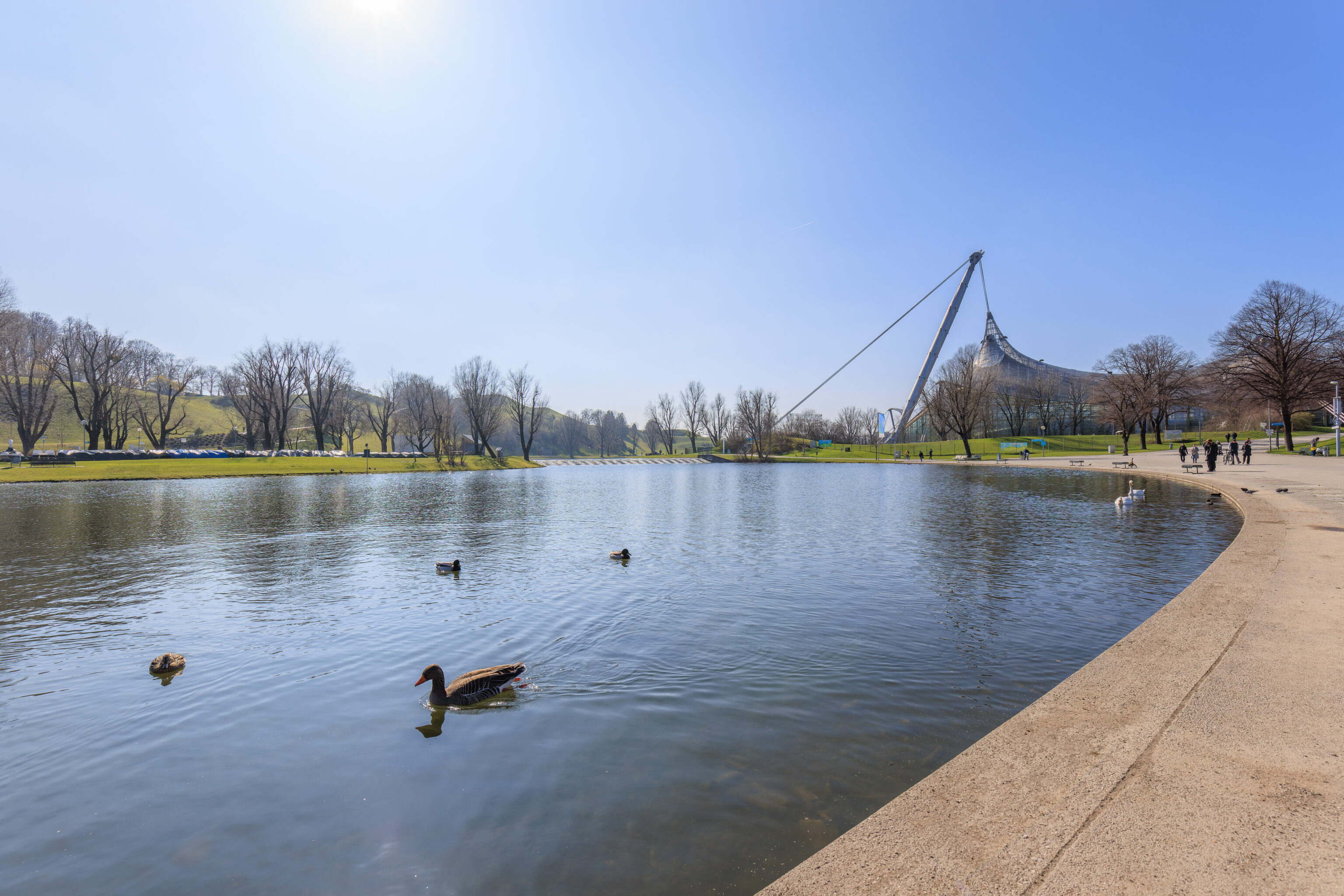
We quickly arrived at the Olympiasee (Olympic Lake). The Olympiaturm is next to this lake, though not visible here.
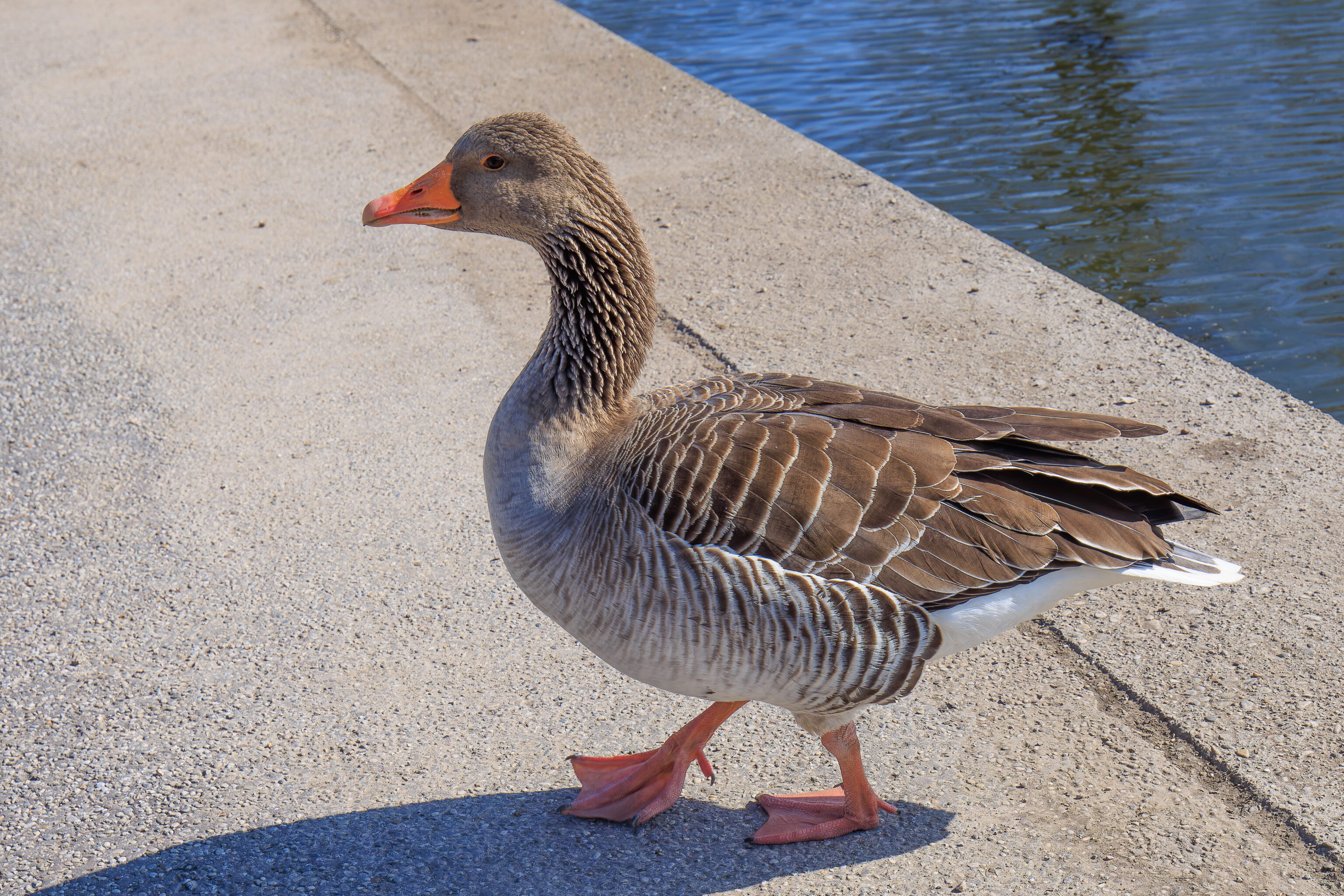
The Graylag Geese seemed to be very accustomed to people! We sat by the lake for awhile and enjoyed the beautiful weather.
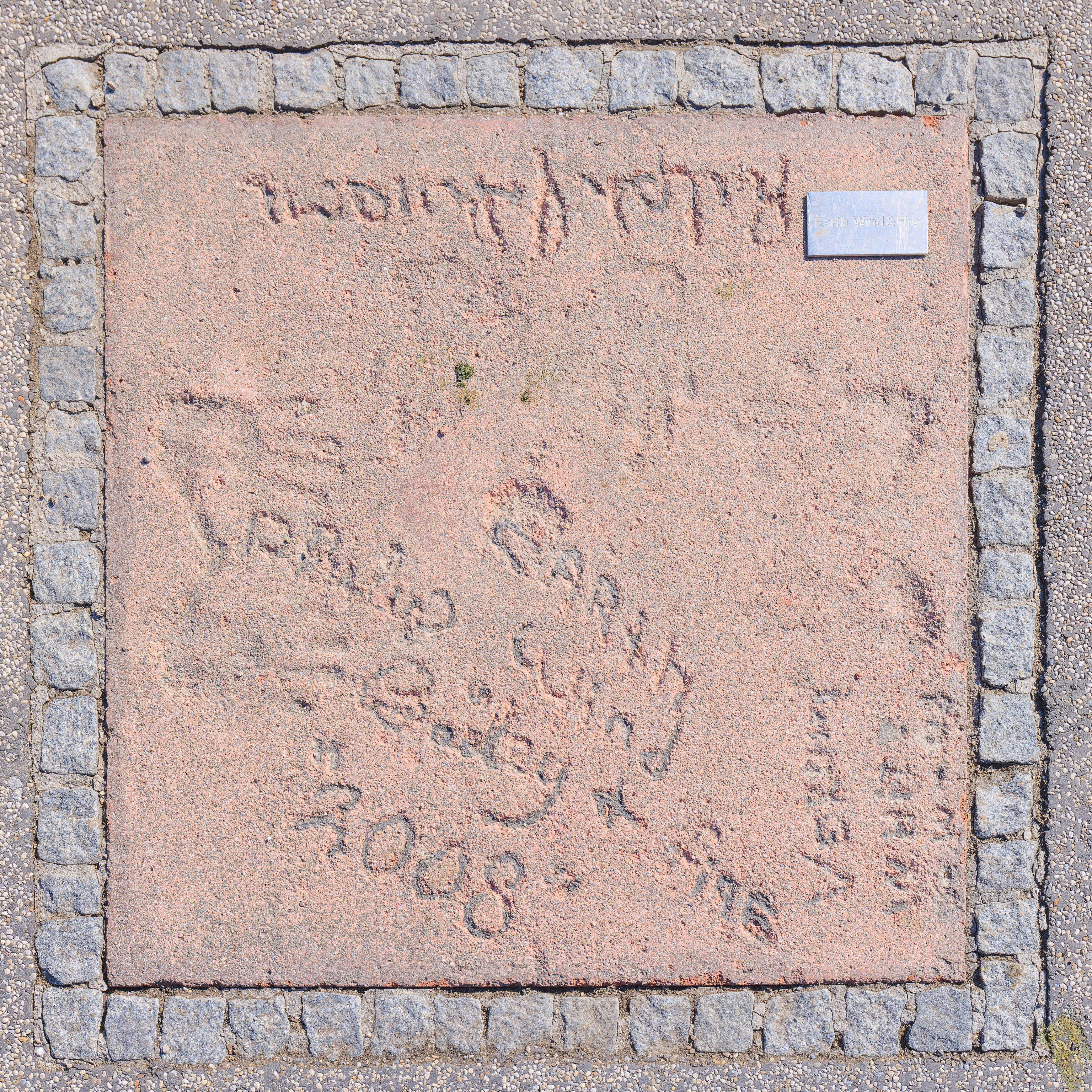
There were tiles on the floor with handprints and text, like at Hollywood’s Chinese Theatre. This one was by Earth, Wind & Fire.
Do you remember the 21st night of September?
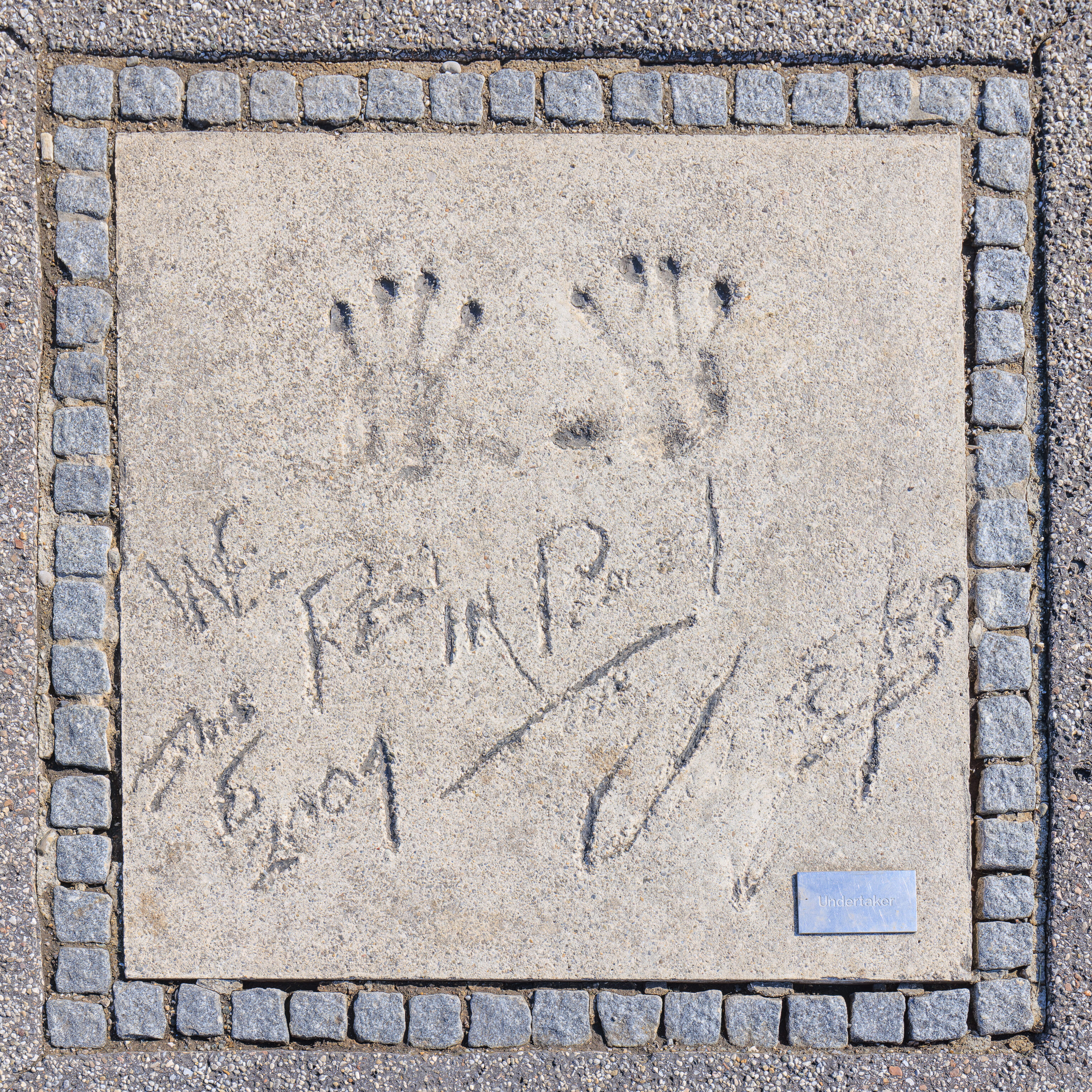
We also came across The Undertaker, a WWF wrestler.
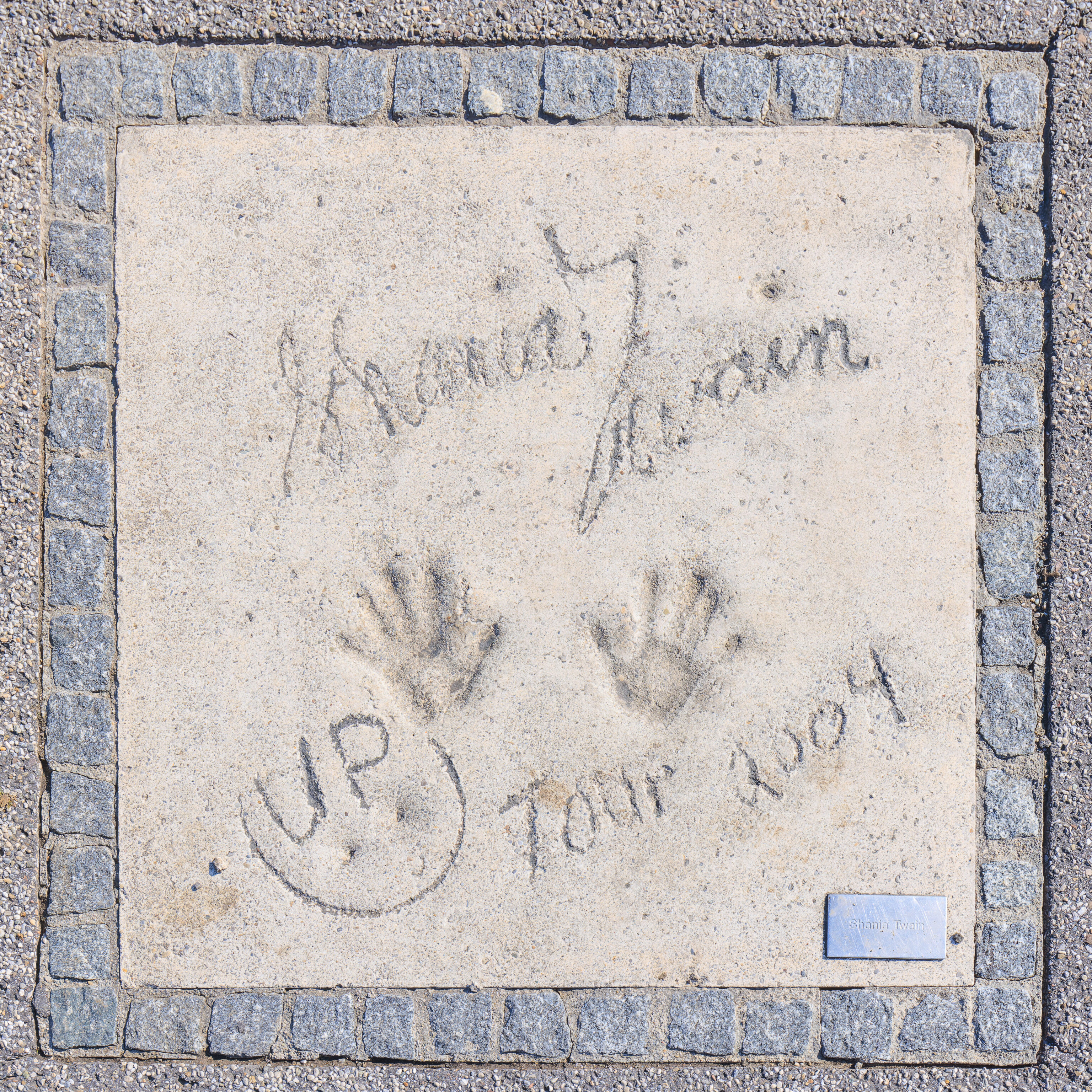
We also found Shania Twain.
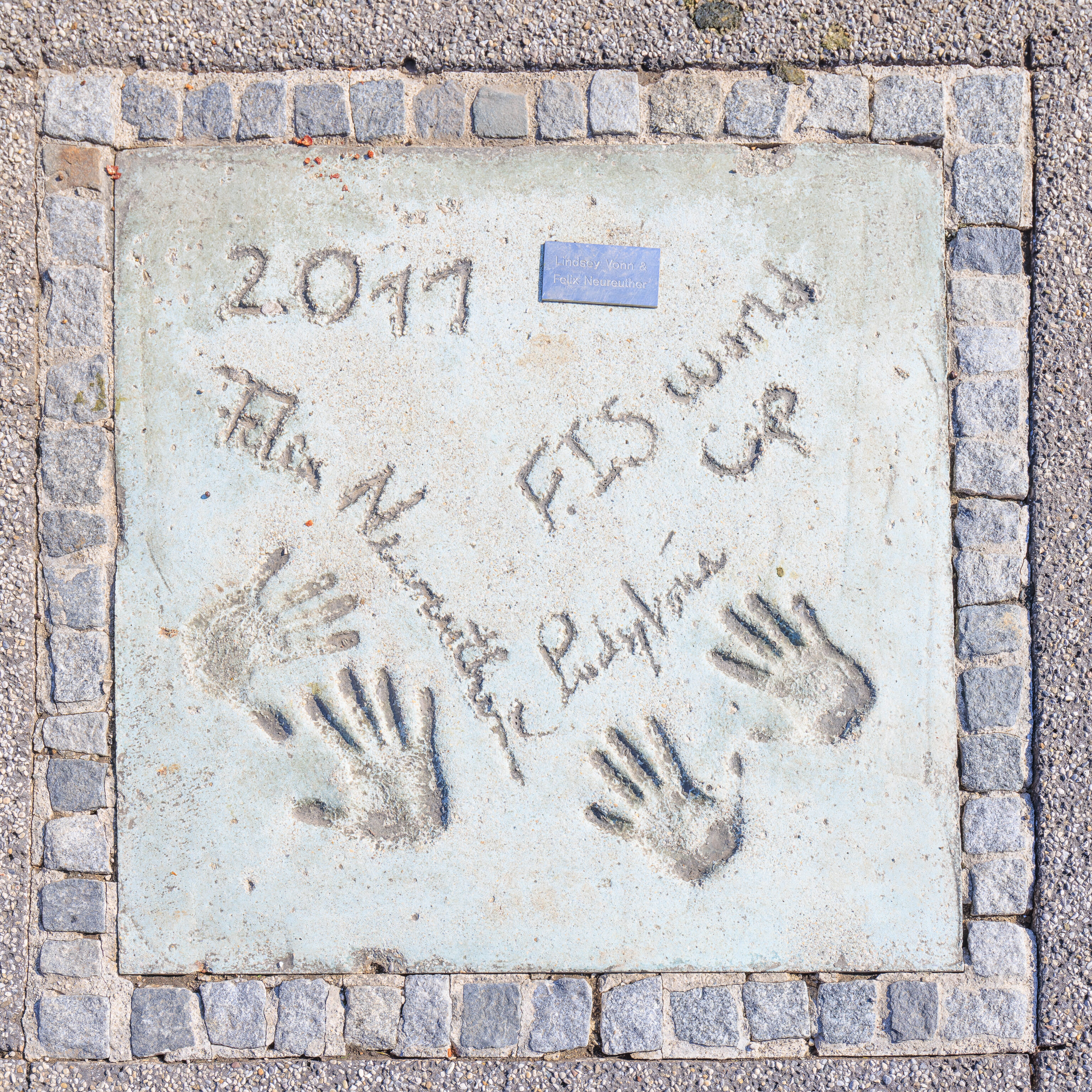
And, actual athletes! This one has two Olympic skiers, Lindsey Vonn from the US and Felix Neureuther from Germany. Neureuther is from Garmisch-Partenkirchen here in Bavaria. We will pass through this town if we visit Zugspitze, the highest point in Germany, on this trip.
It isn’t clear what the connection is between all the people who have handprints here, other than them being famous. The Olympiapark page about the Walk of Stars indicates that “legends from the worlds of sport, music and entertainment, who celebrated great successes in the arenas and on the stages of the park, have so far immortalised themselves in concrete with their hands, signatures and personal greetings.”
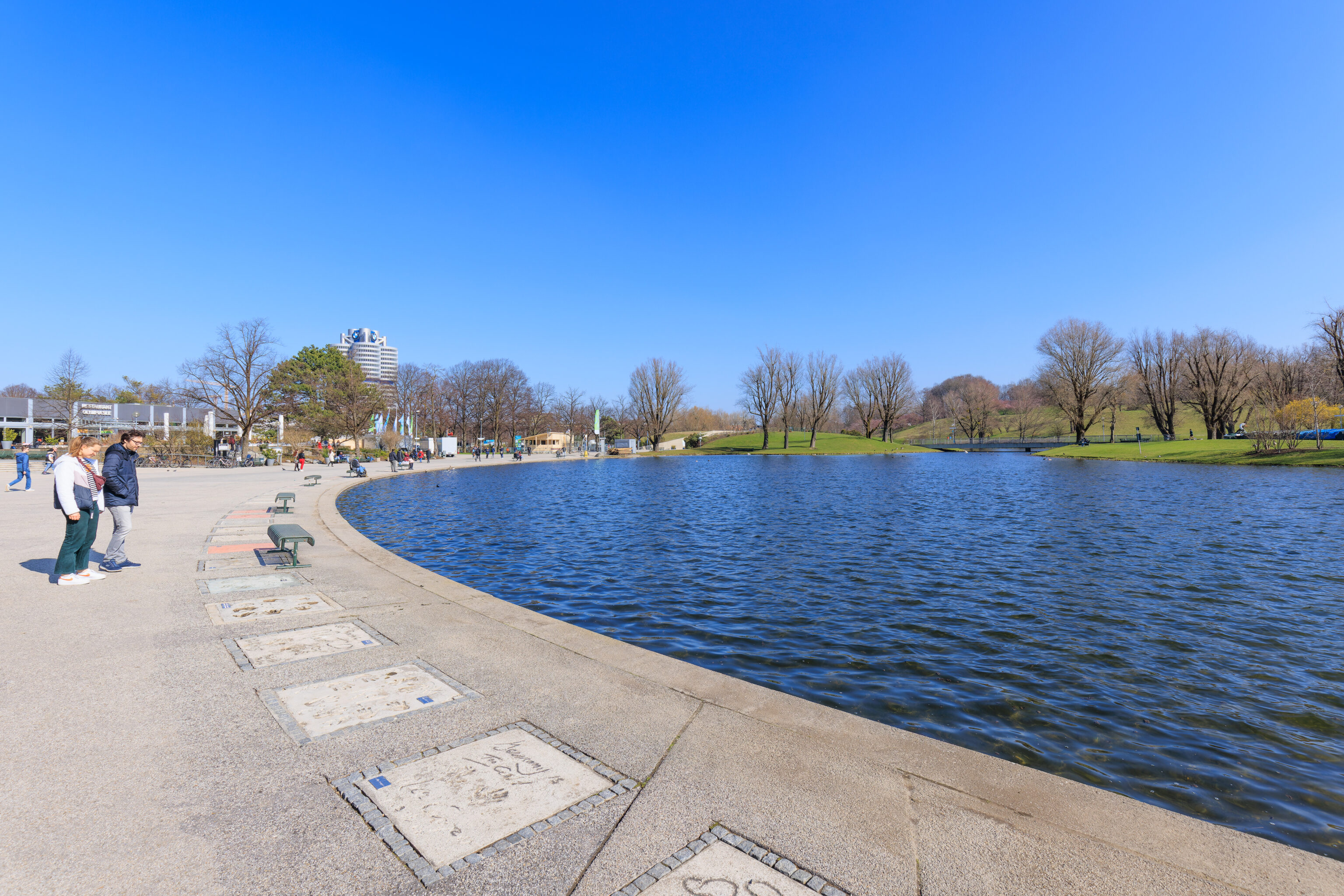
After walking around the lakeshore and seeing all the handprints, we walked over to the Olympiaturm.
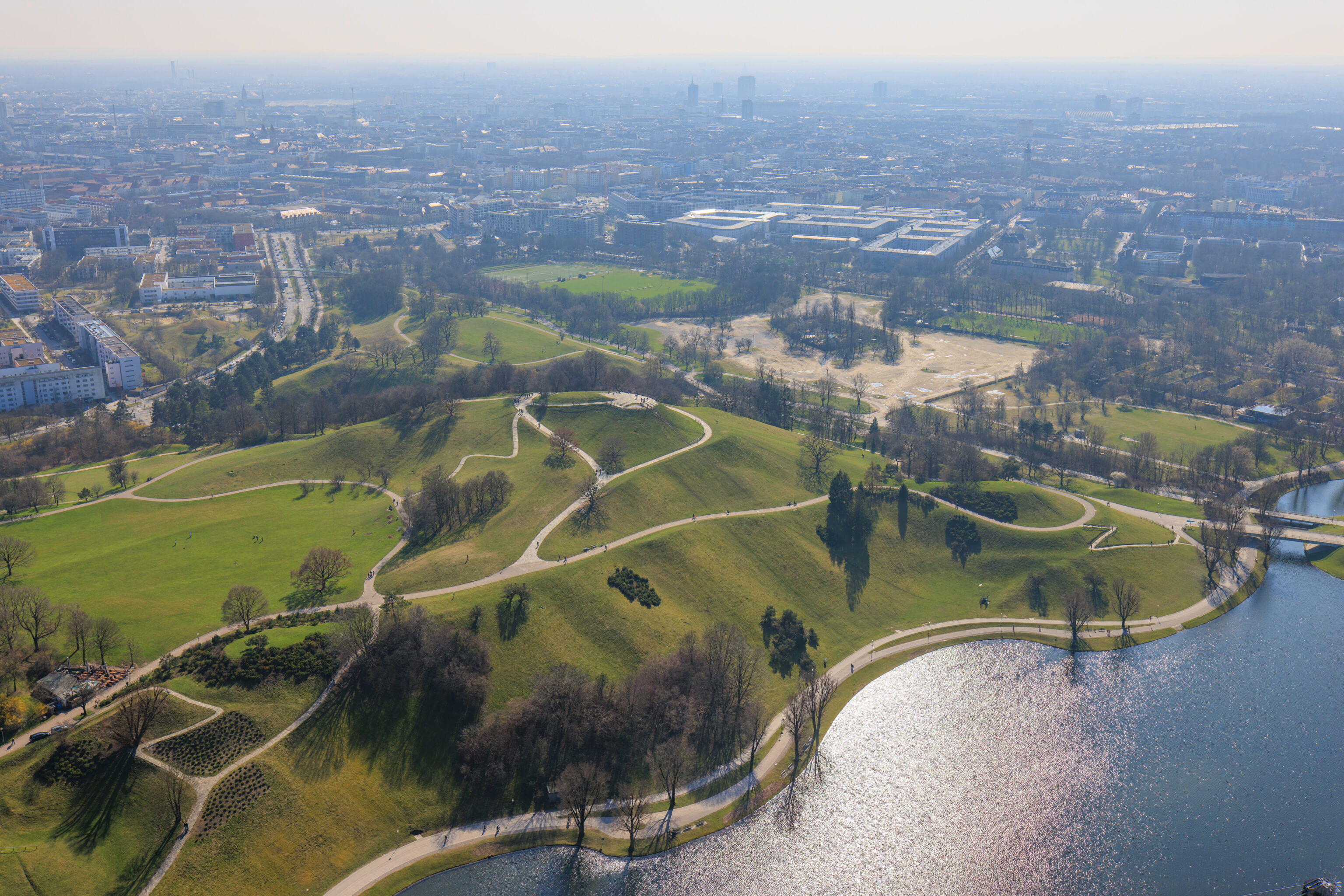
A quick elevator ride took us to the top! While the weather was nice, it turned out to be rather hazy. Visibility was limited. The mountains to the south, about 50 miles away, are supposed to be visible when the weather is good.
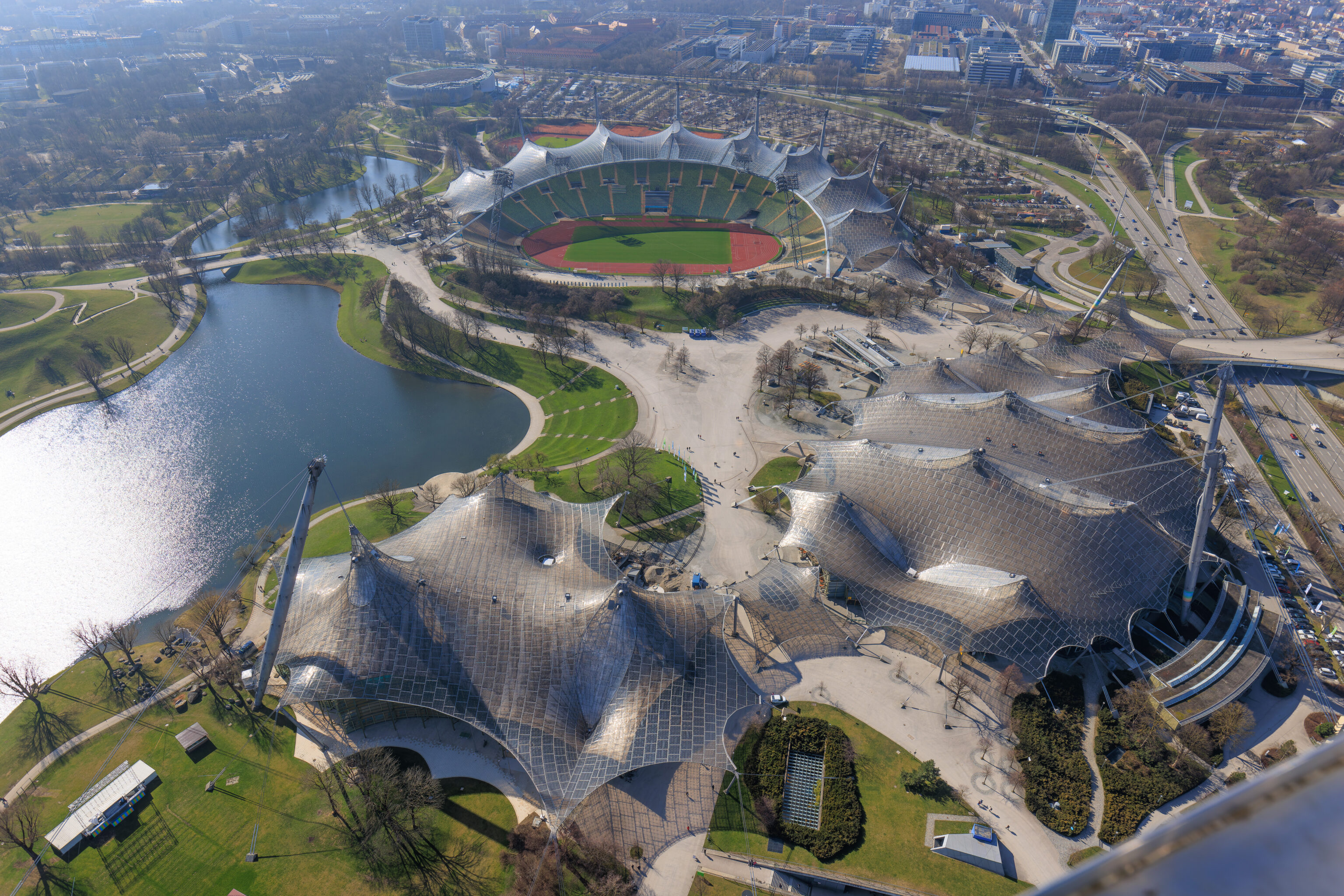
We could see many of the venues from the 1972 games below to the west. The large open structure is the Olympiastadion while the tent-like structure to the right forms the Olympiahalle. The smaller tent-like structure on the left is the Swim Hall.
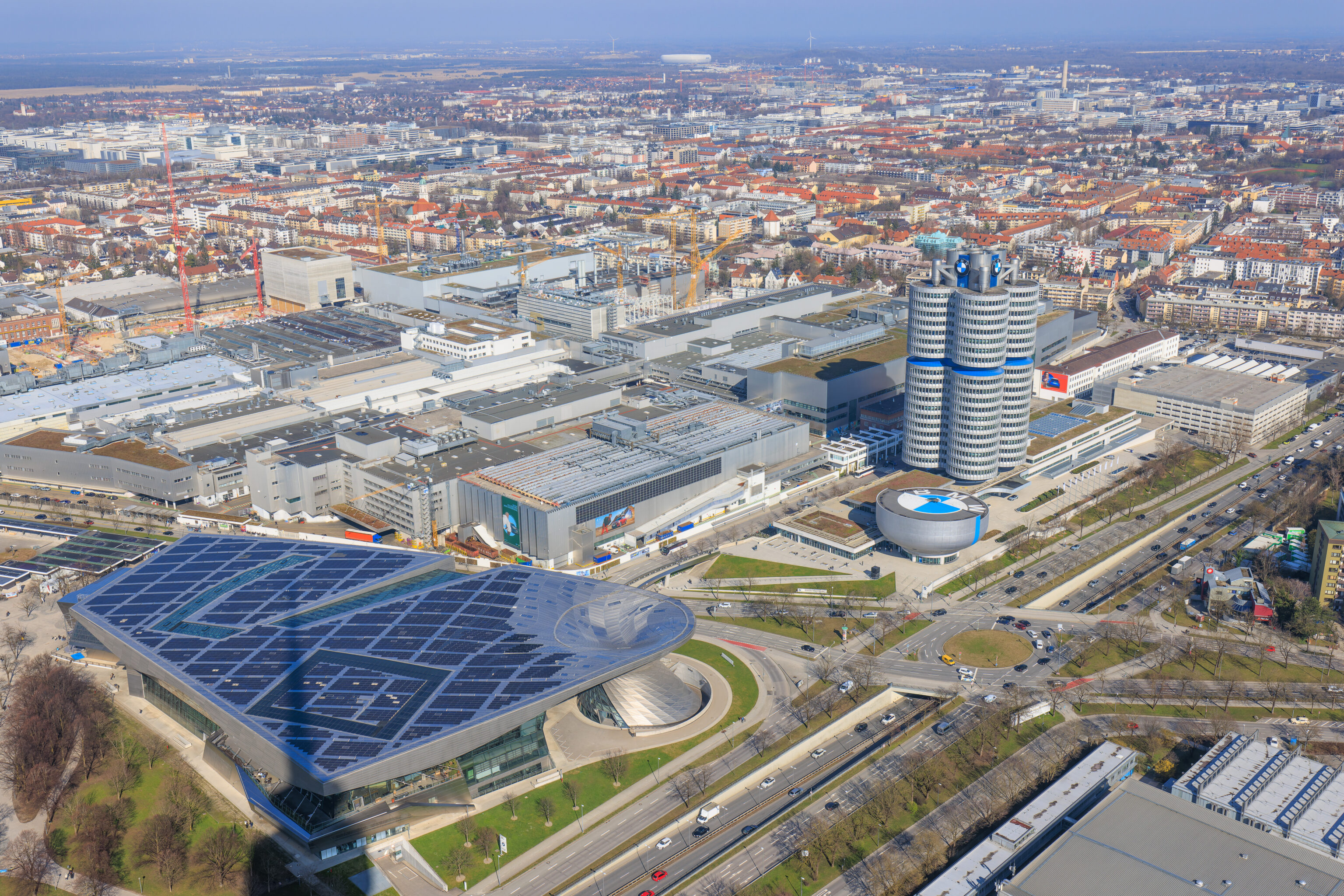
We could see BMW World, the BMW Museum, and BMW factory to the northeast.
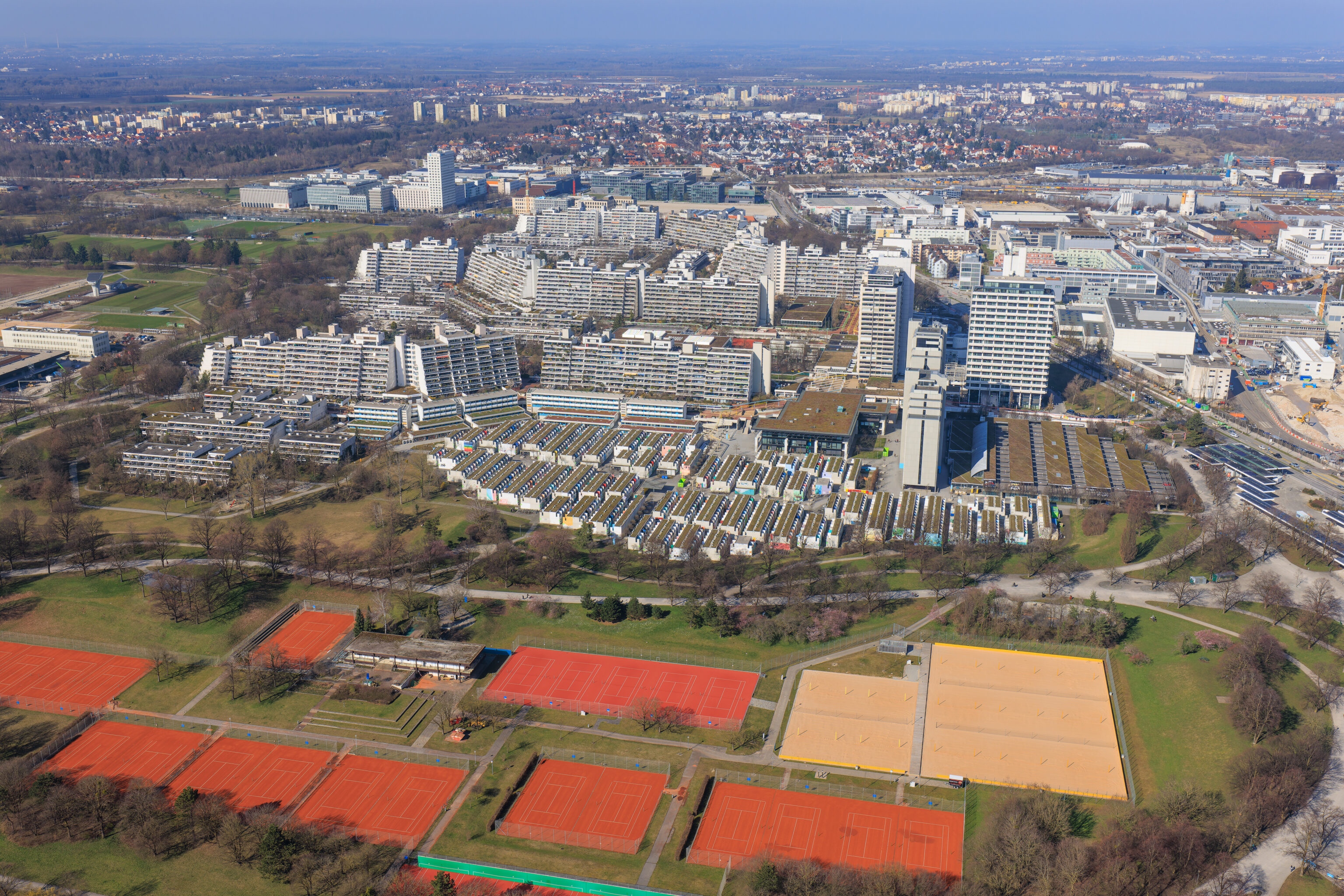
The Olympic Village was visible to the north.
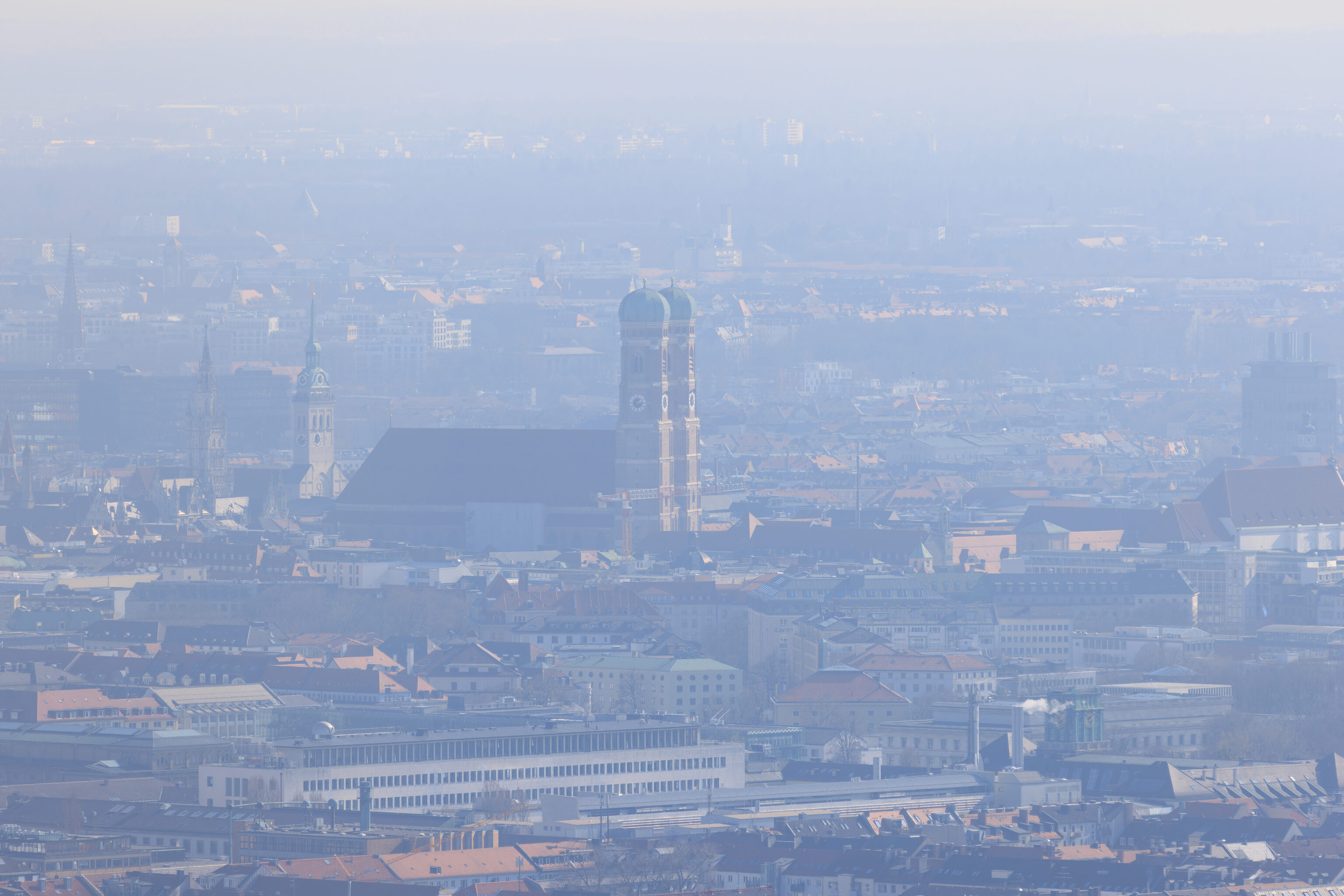
We tried to focus on some notable buildings in Munich with a telephoto lens but it was made difficult by the haze. We were able to find the Frauenkirche and its unique towers.
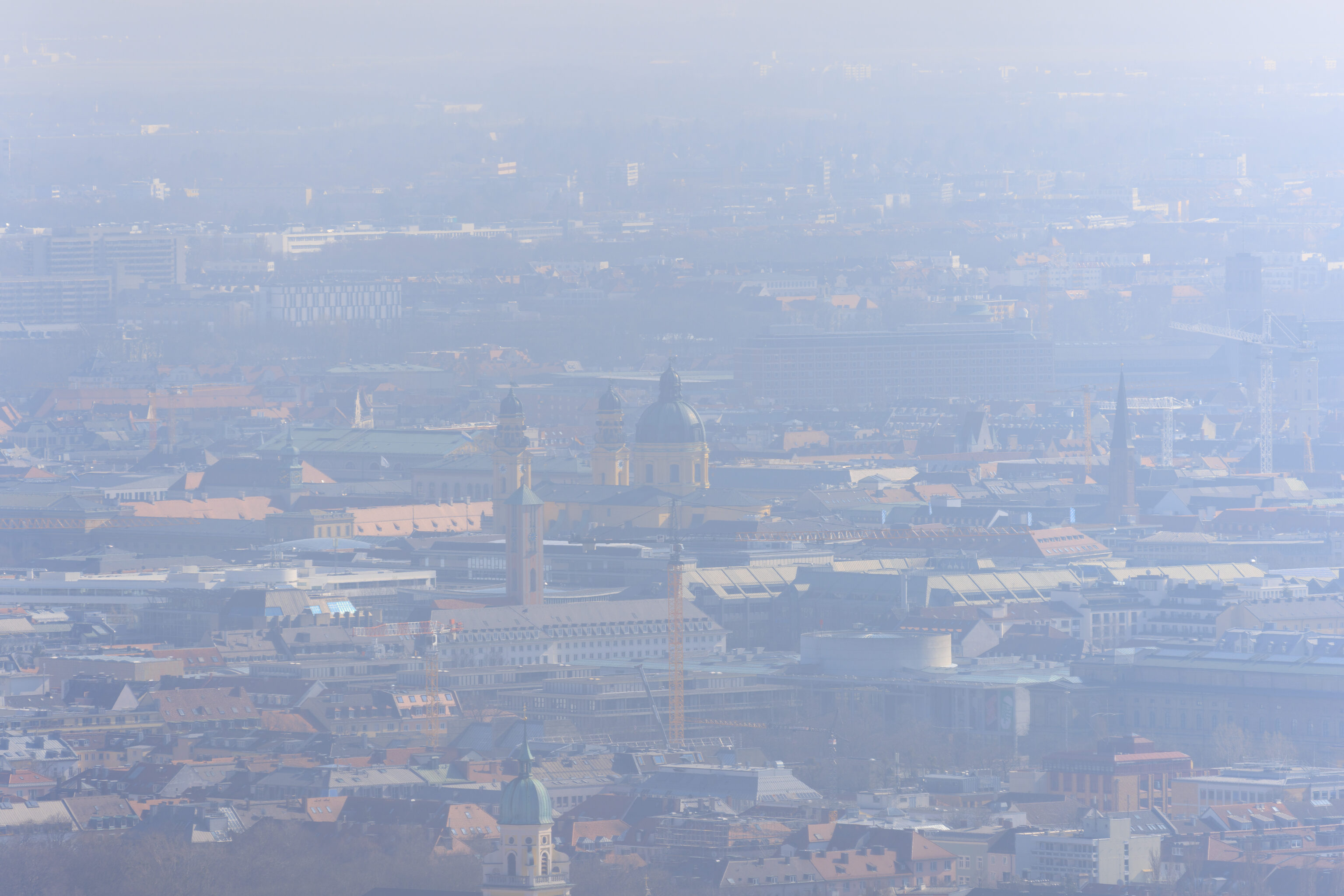
The yellowish dome and towers are the Theatinerkirche.
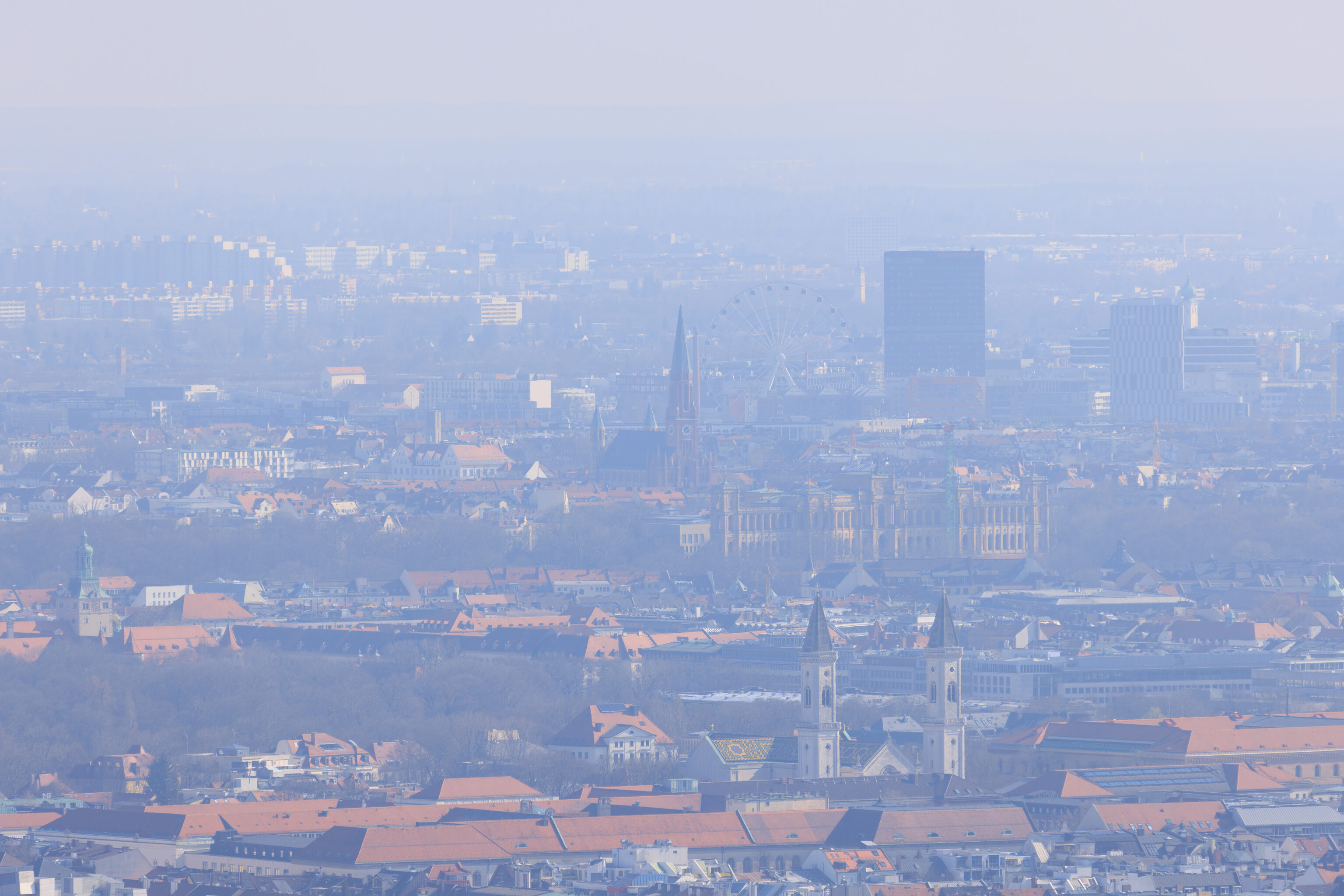
A bit of Google Maps sleuthing reveals that the tall church spire in the center belongs to the Neue Pfarrkirche St. Johann (New St. John’s Church). The church in the foreground appears to be the Ludwigskirche (St. Louis Church).
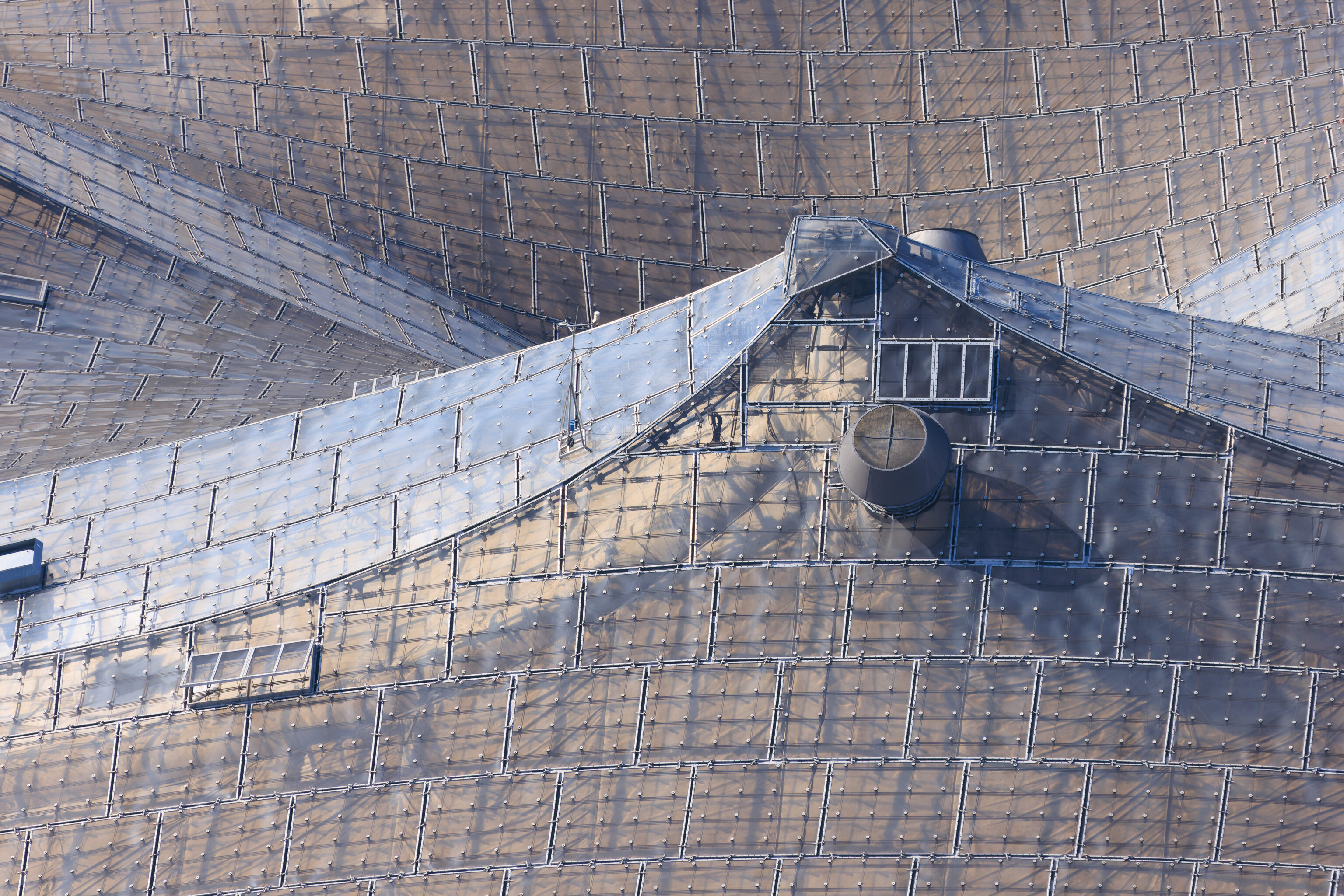
The tent -like buildings below seem to be made of plastic panels. They are actually acrylic, specifically, the Plexiglas product. The non-generic name, Plexiglas with just one s, is made by the German company Röhm which invented acrylic glass.
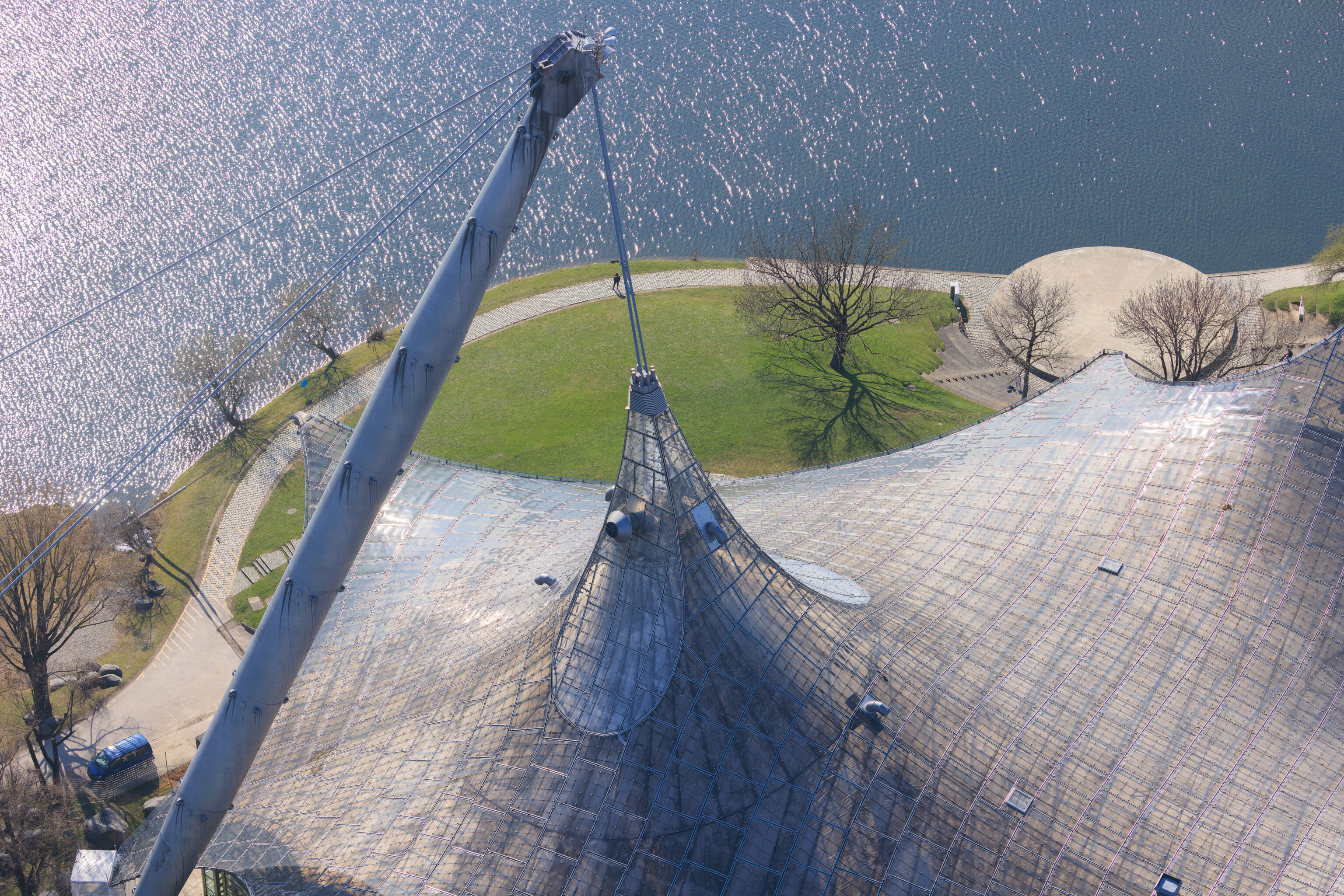
The tents are supported by permanent cranes rather than a column within the structure.
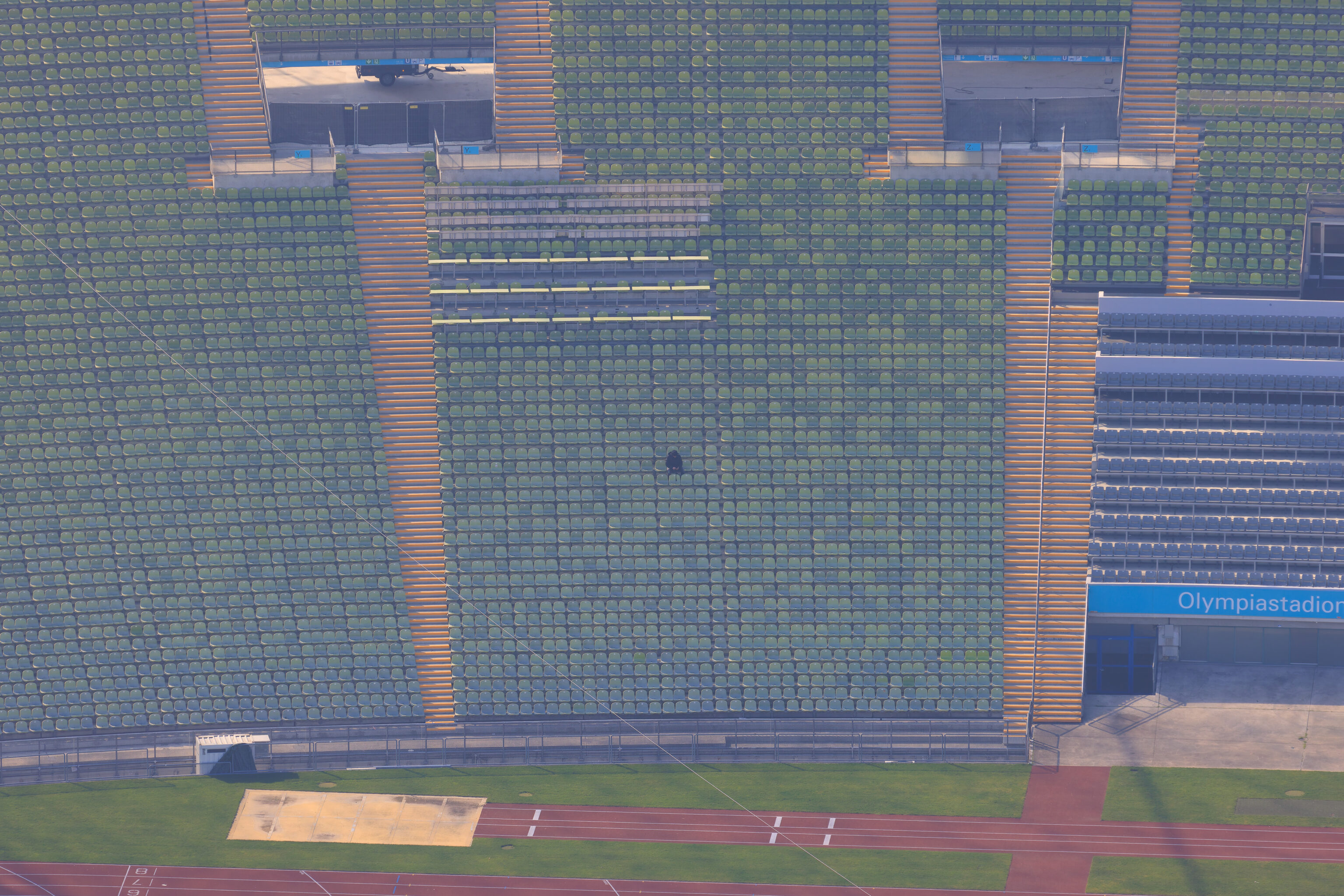
There was just this one guy sitting alone in the Olympiastadion.
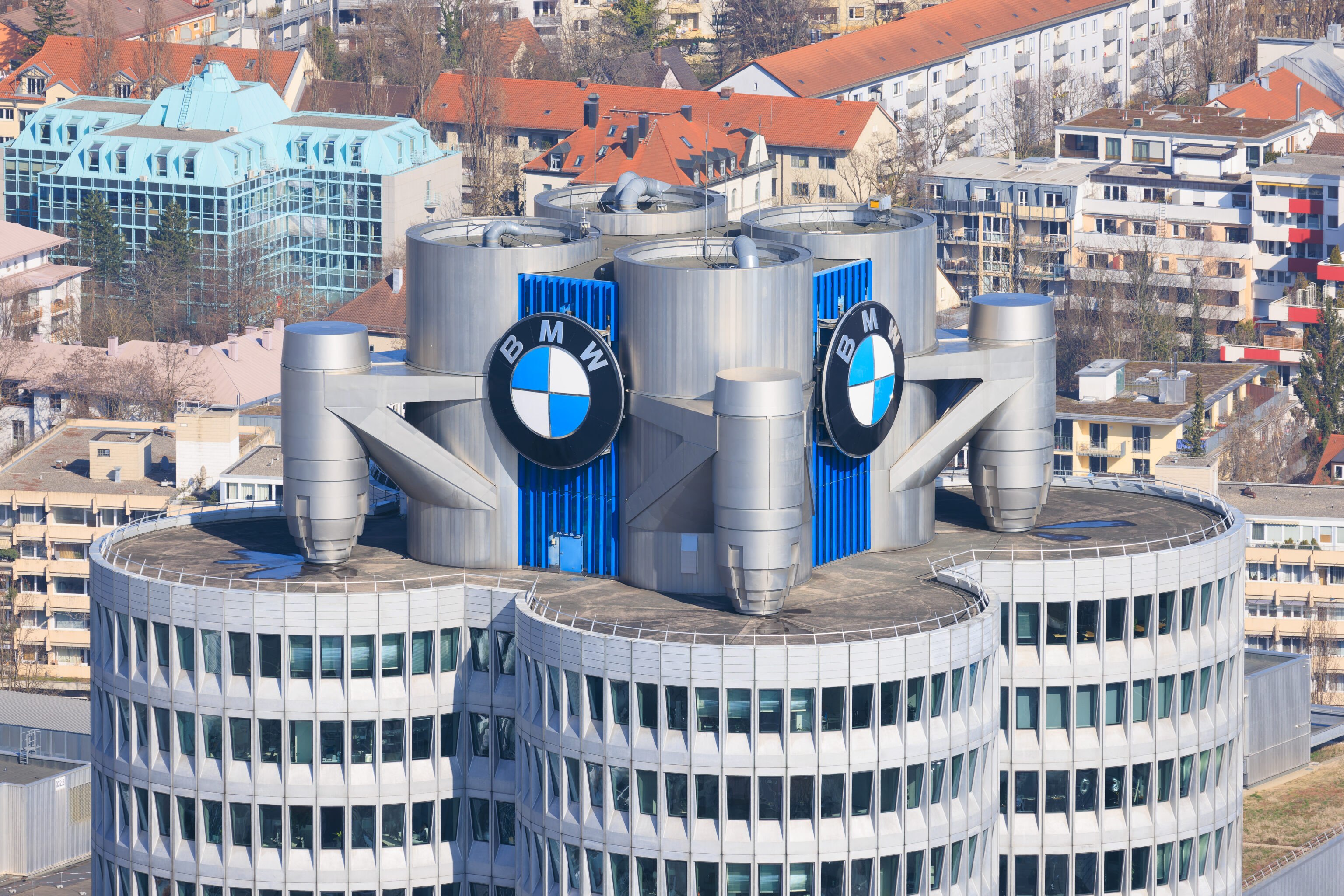
The top of BMW corporate headquarters. Maybe Oliver Zipse, CEO of BMW, is in one of those windows? Interestingly, he is from Heidelberg and is a Mechanical Engineer and has worked at BMW since graduating.
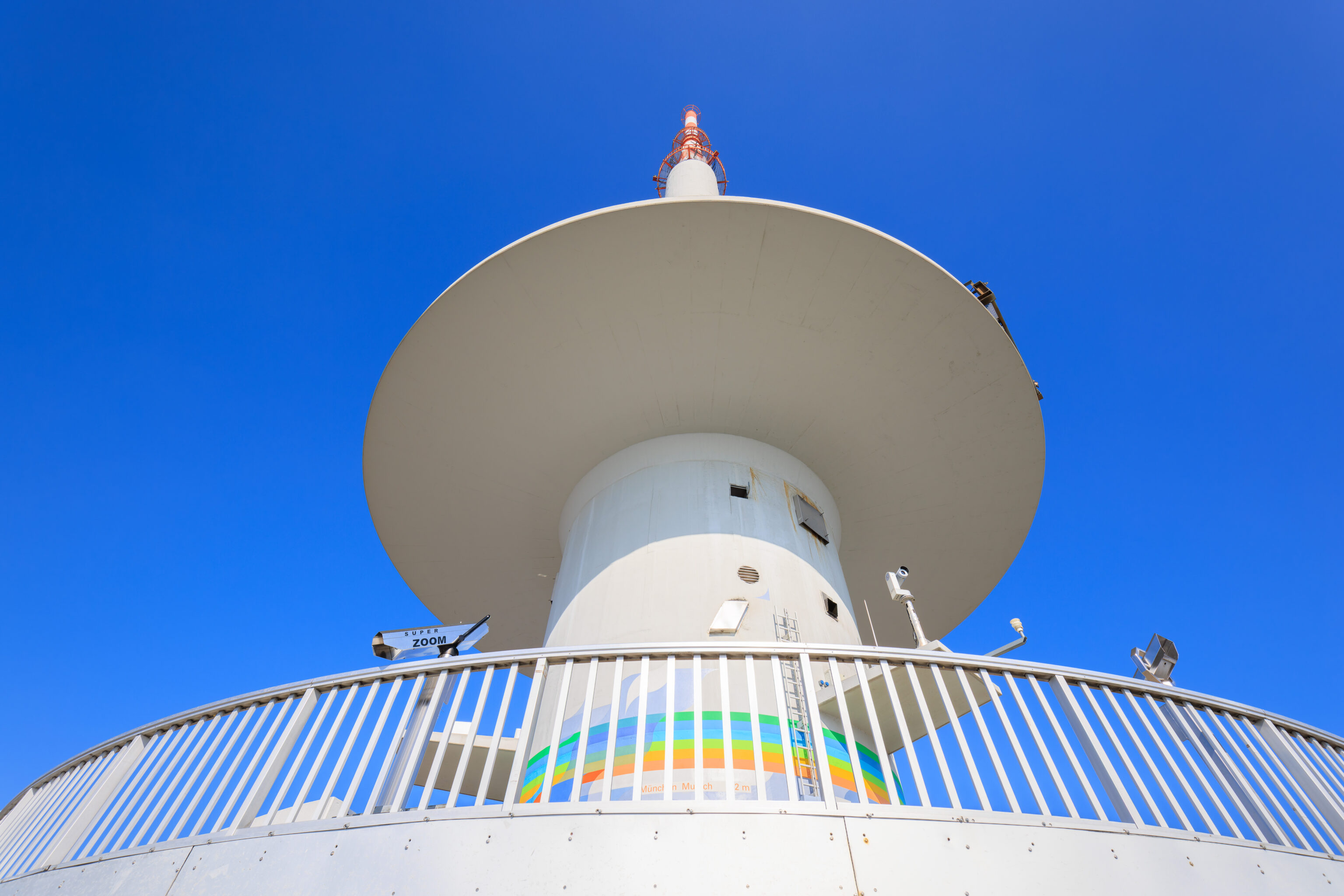
It was quite windy near the top of the Olympiaturm. There is an upper floor, accessible by stairs. We did go up there. The view is a bit worse as the lower platform blocks some of the view below.
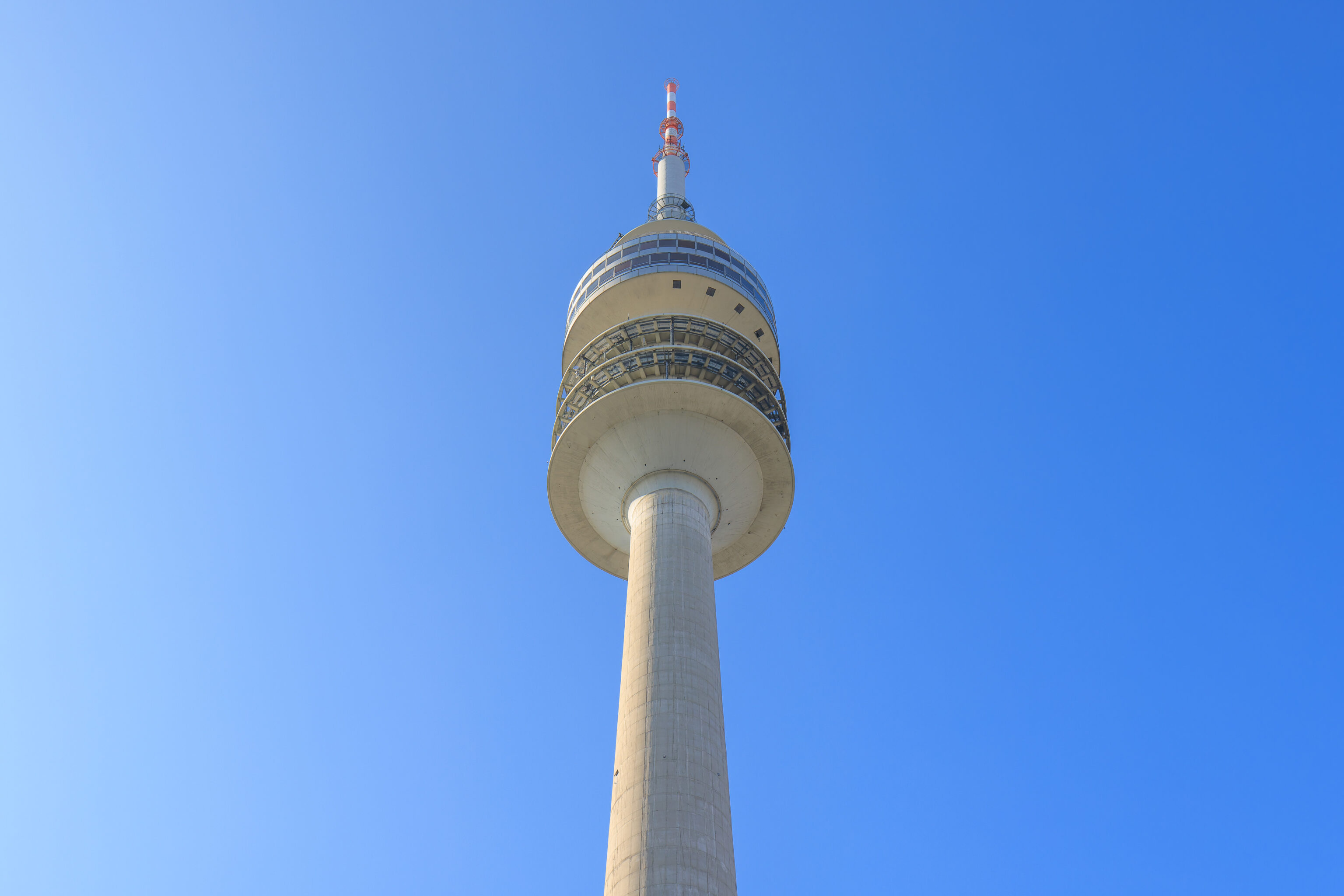
The Olympiaturm as seen from the ground.
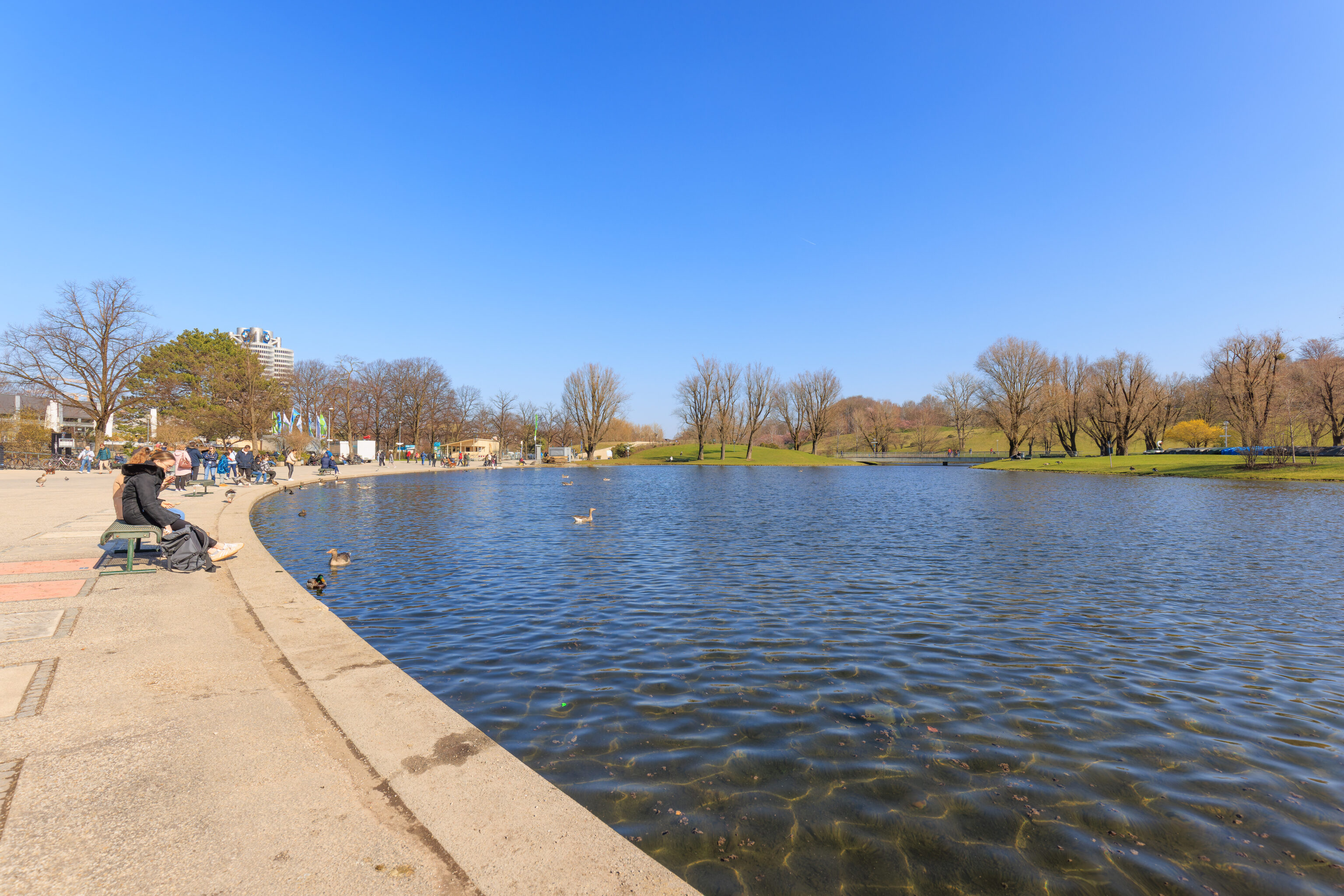
We returned to the lake to sit for a bit and to figure out where to go next.
Old Town Munich
We headed back to the Altstadt (Old Town) area of Munich, arriving at the Isartor station. Our plan was to walk to the west, through the Old Town, and back to the Le Méridien.
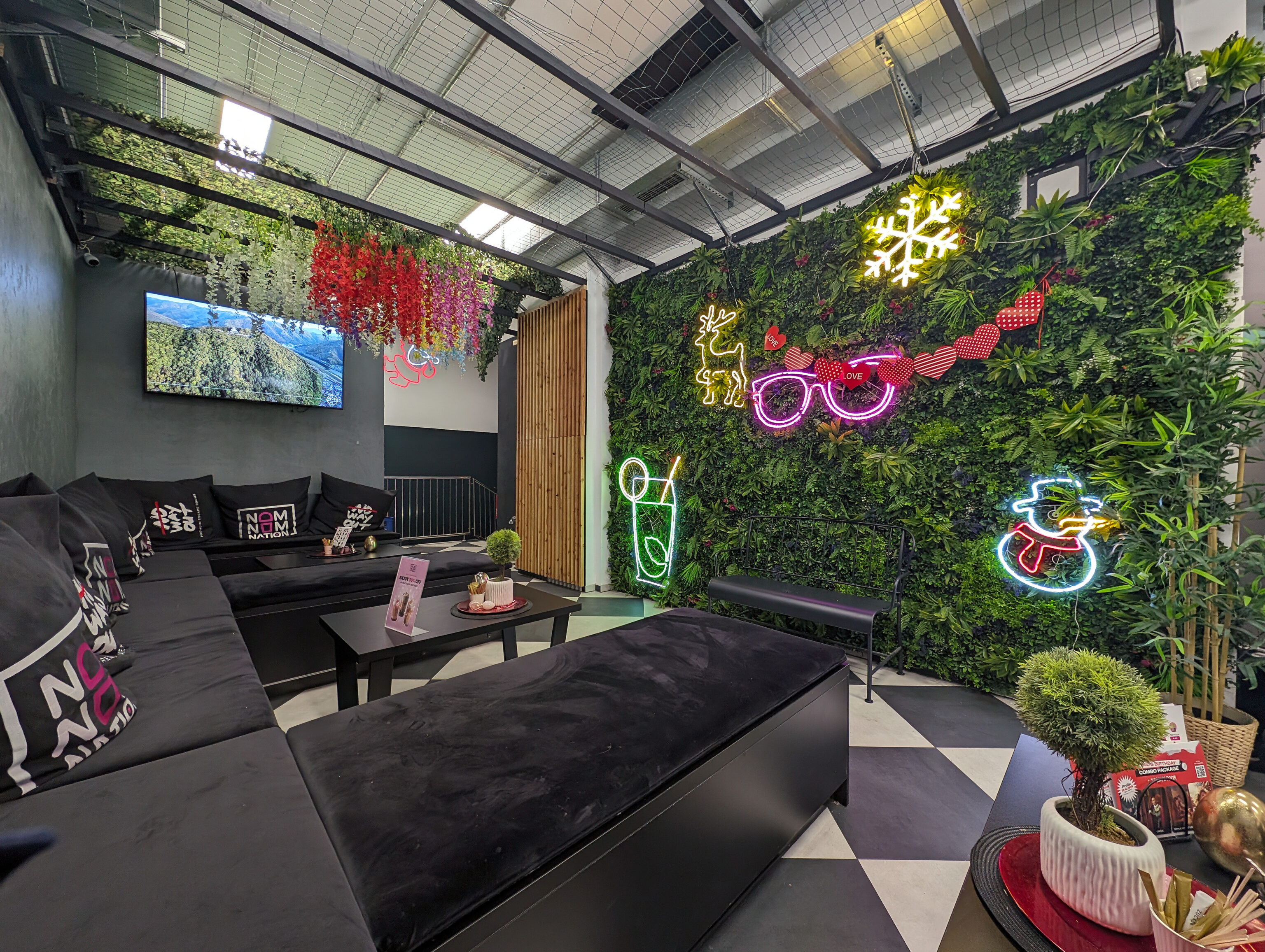
We decided to stop at NomNomNation for a snack. This small shop sells taiyaki, soft serve, and various coffee and tea products.
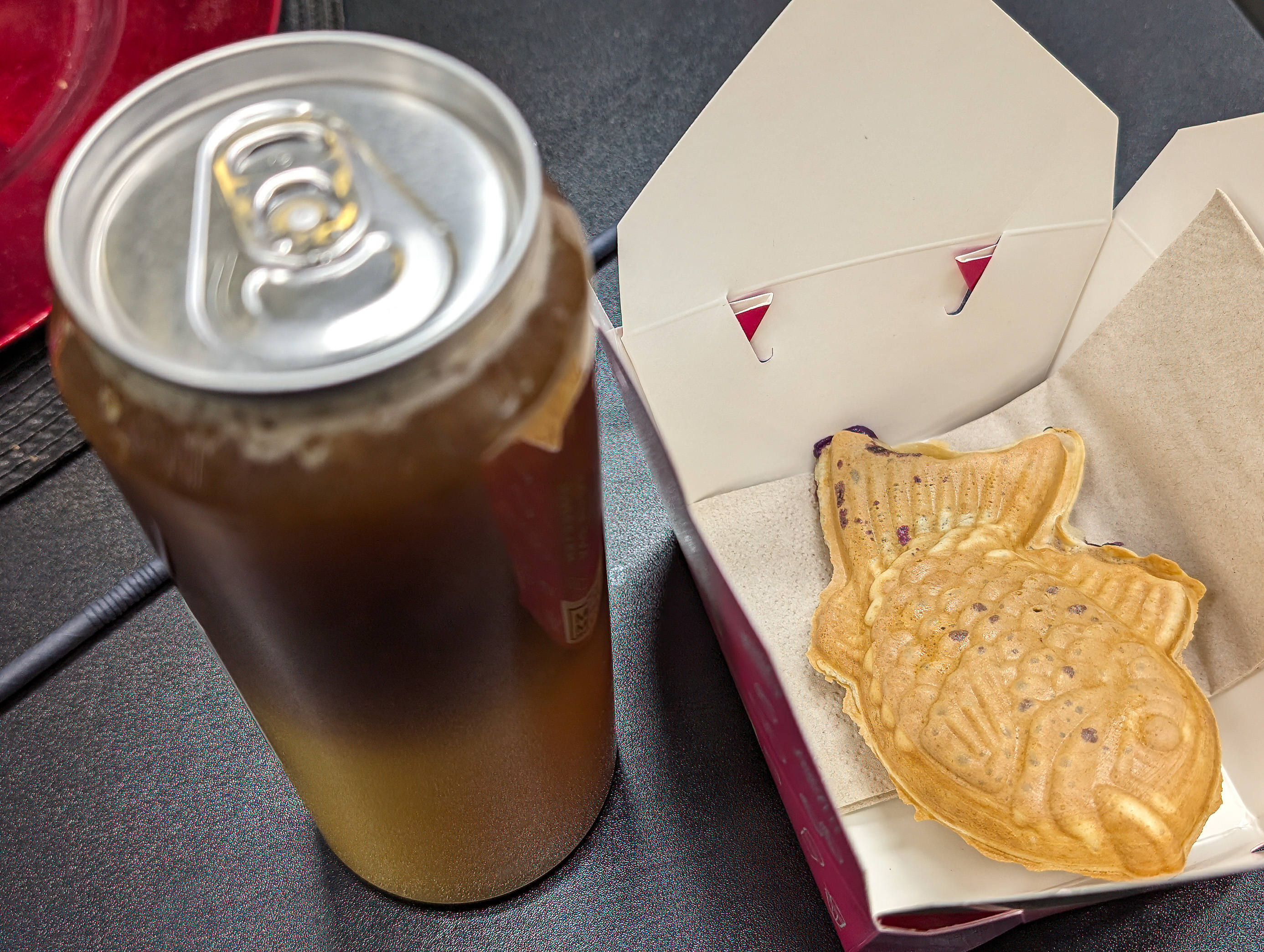
We ordered a taiyaki and an orange iced espresso. Overall, the taiyaki was mediocre compared to taiyaki from Japan, which isn’t really too surprising. The drink unexpectedly came in a clear can rather than being made fresh like in Taiwan, the last place we had a mix of coffee and orange juice. An odd combination. It didn’t really work any better here in Germany!
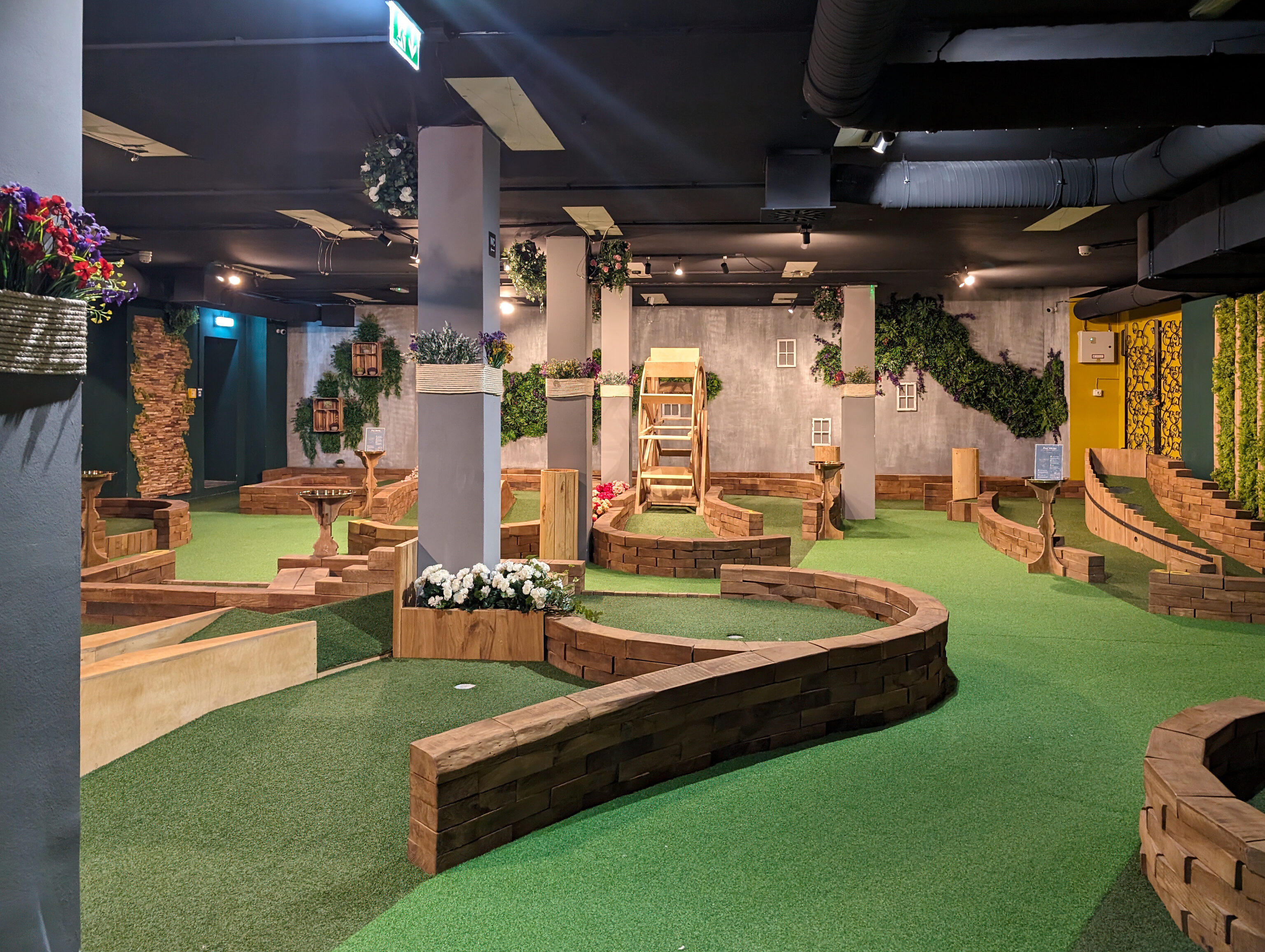
This place is a bit weird because it shares its space with an escape room. We went to the bathrooms downstairs and found out there is also mini golf.
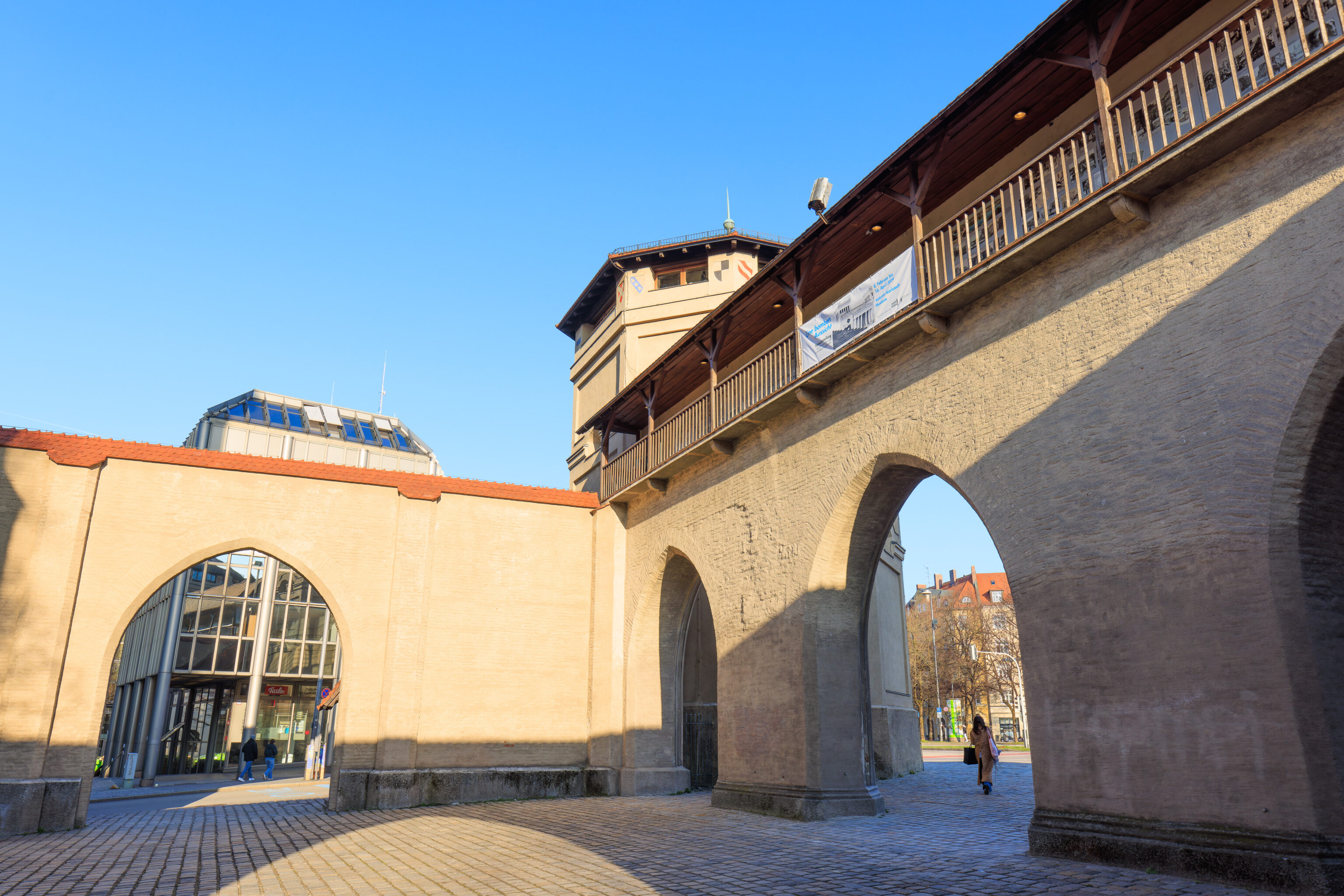
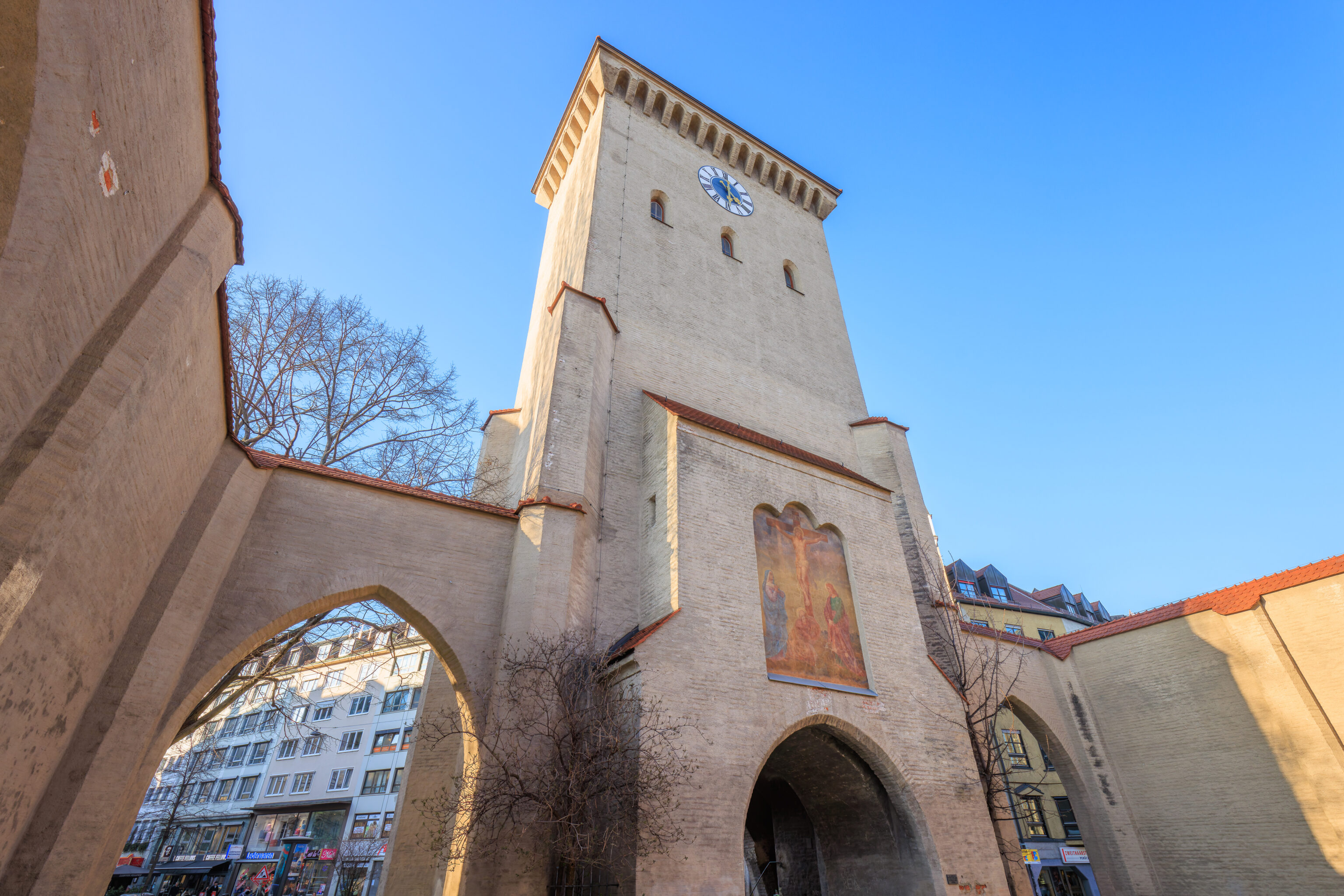
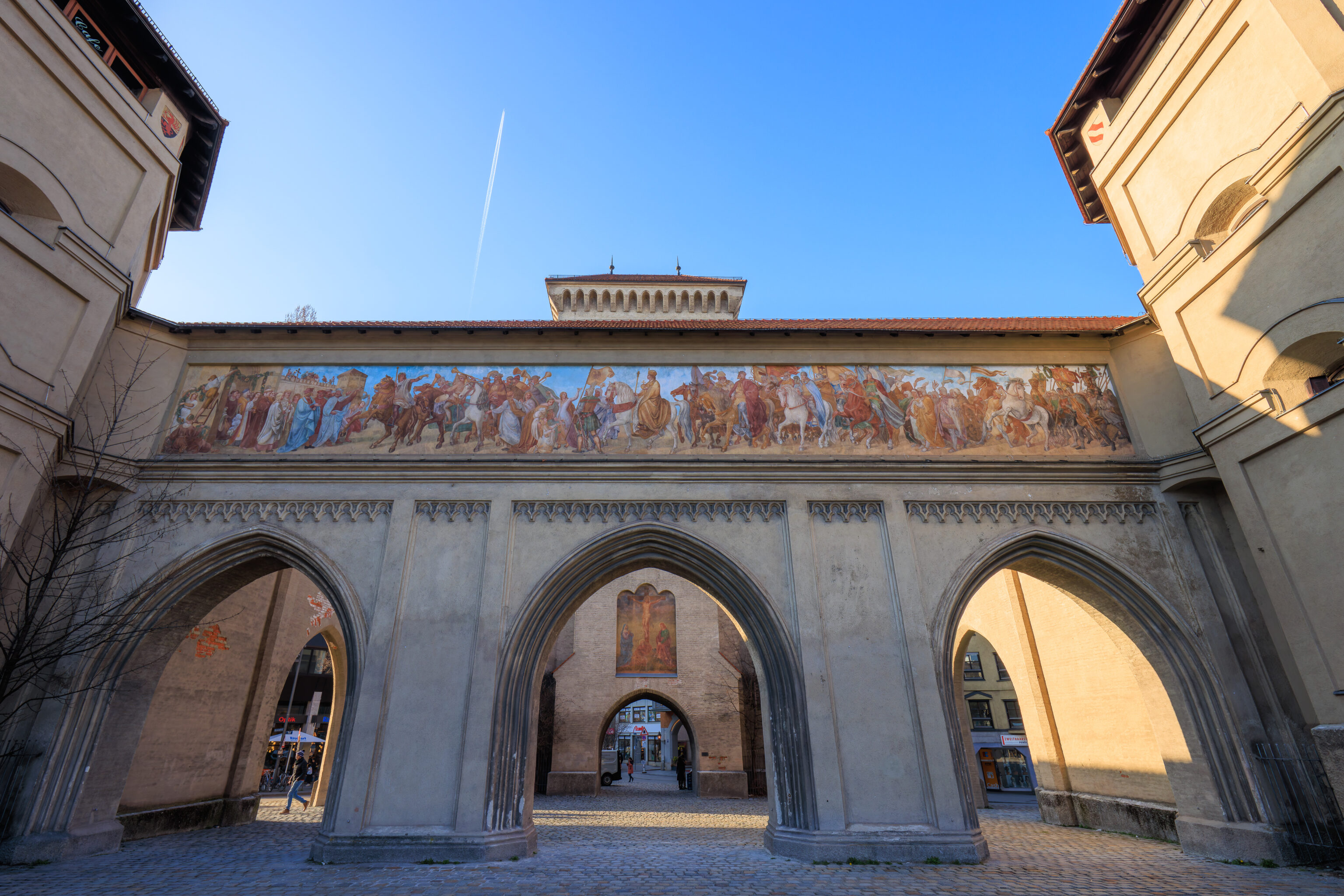
We walked through the Isartor to take a look. When we were here the other day, we just saw it from across the street.
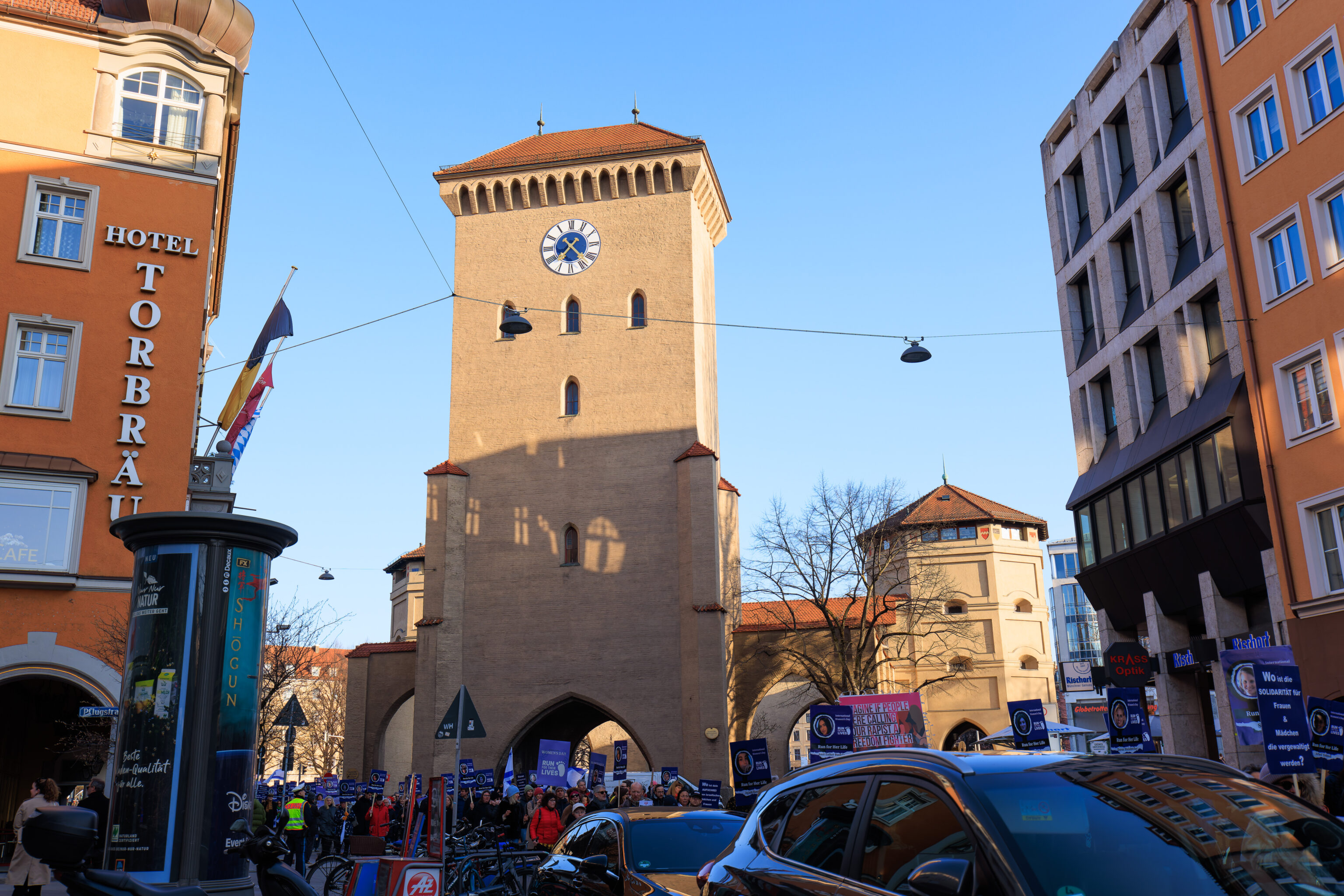
As we walked to the west, we saw a protest march pass by. It seemed to be for International Women’s Day but also seemed to be very specifically anti-Palestinian.
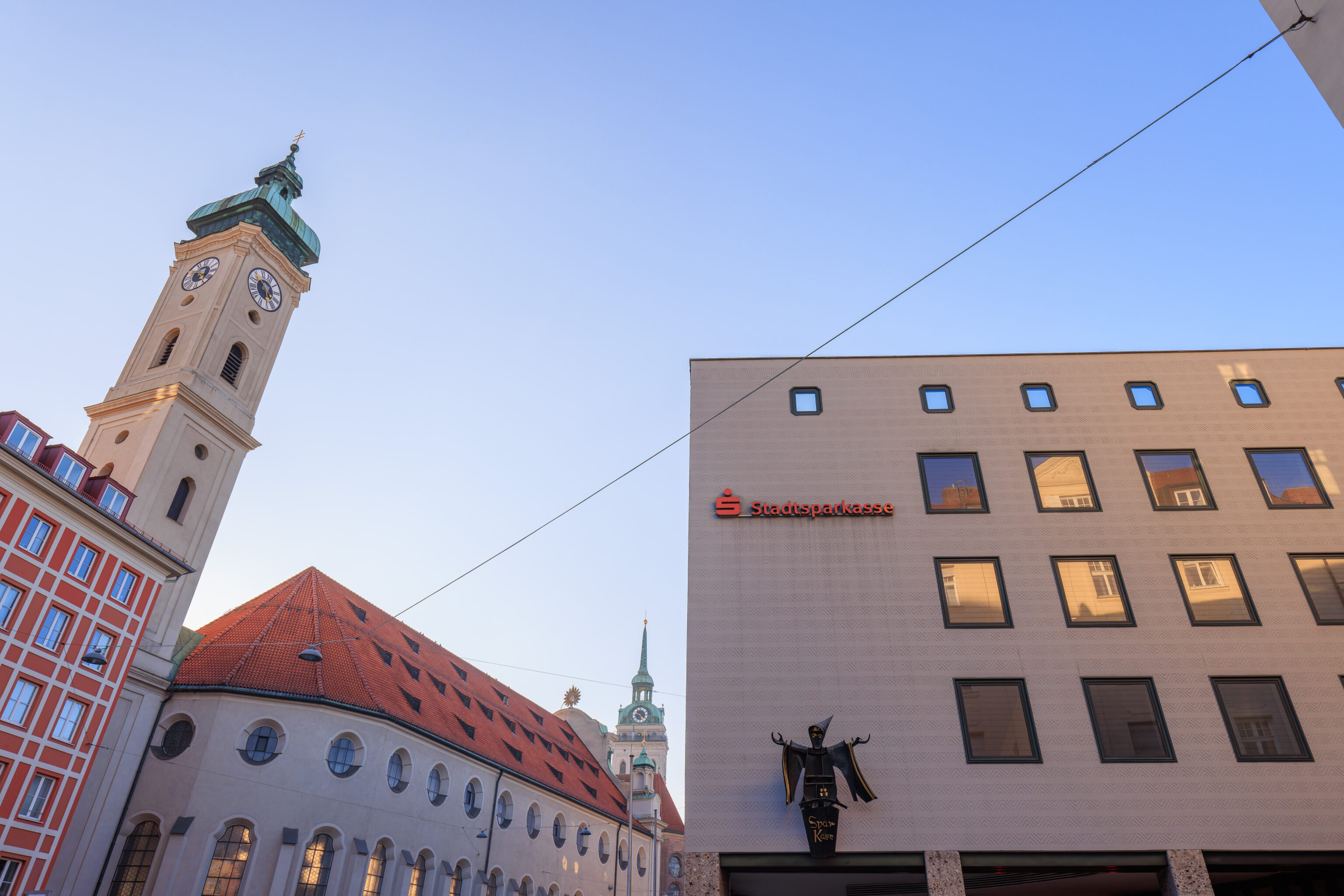
We let the protestors pass and started walking to the west. We’ve seen the Stadtsparkasse (City Savings Bank) all over the place here in Munich. They are apparently one of the oldest banks in Germany1. This one has what appears like a creepy metal wizard on the wall.
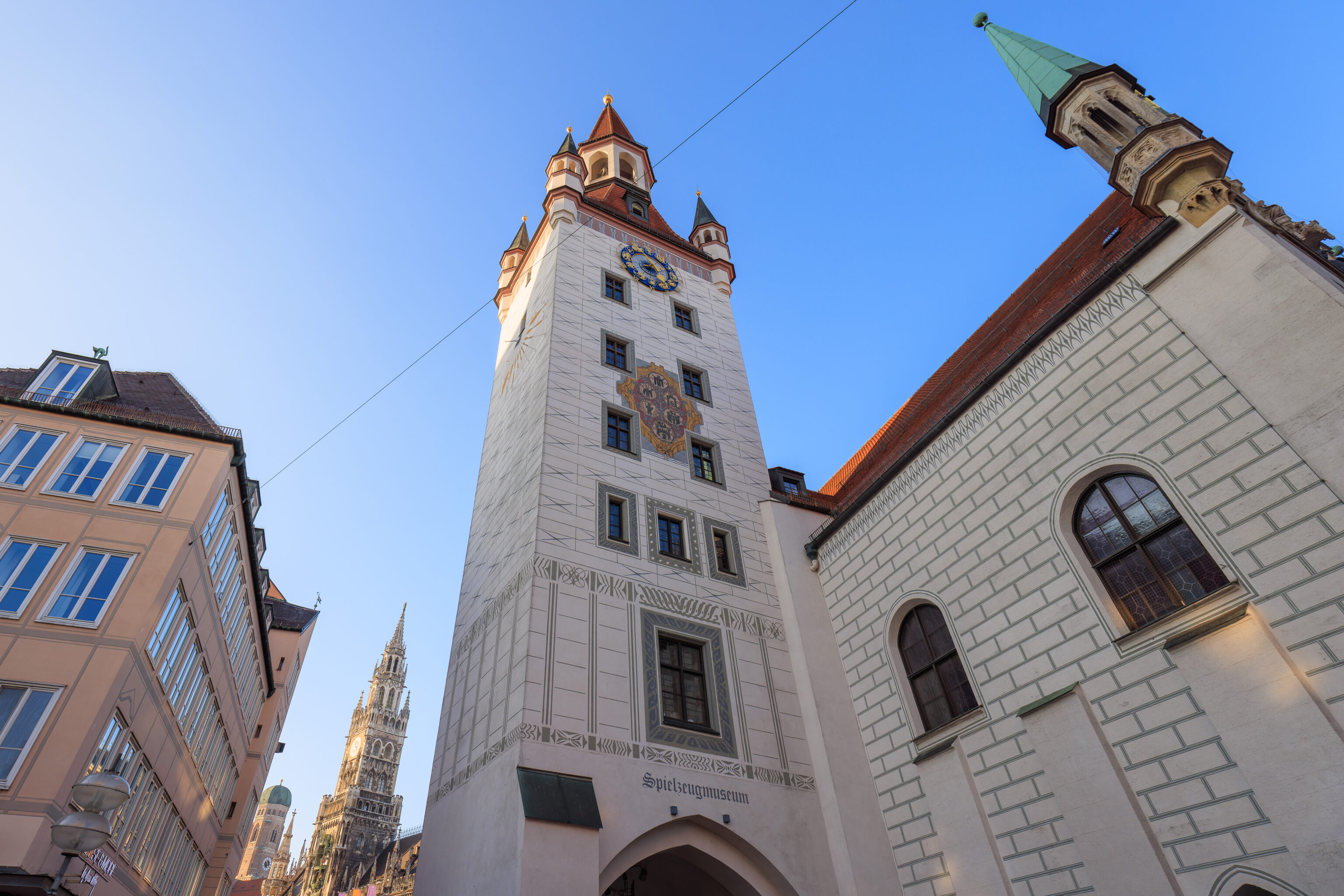
We continued to the west to walk past the Altes Rathaus (Old Town Hall), now a toy museum.
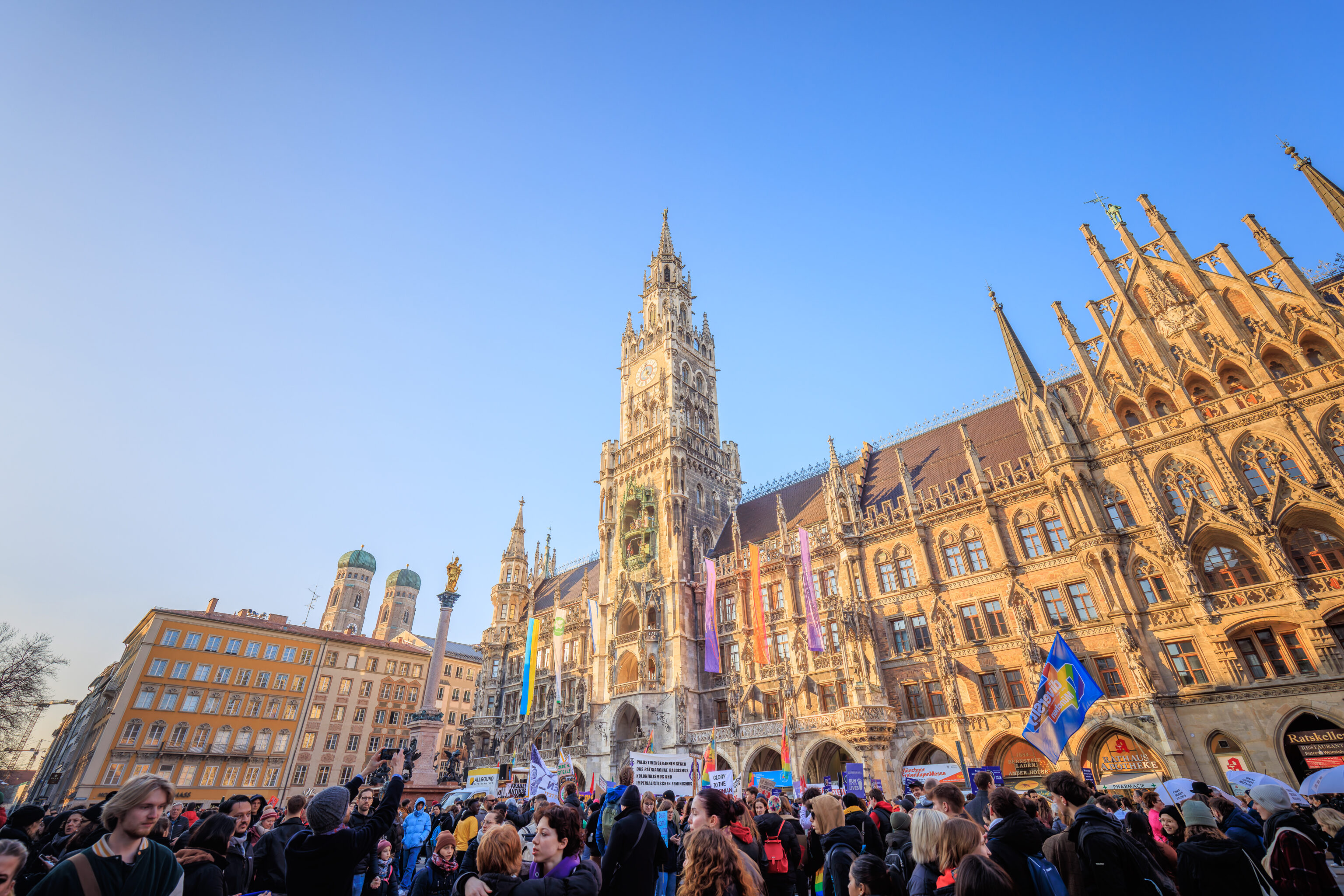
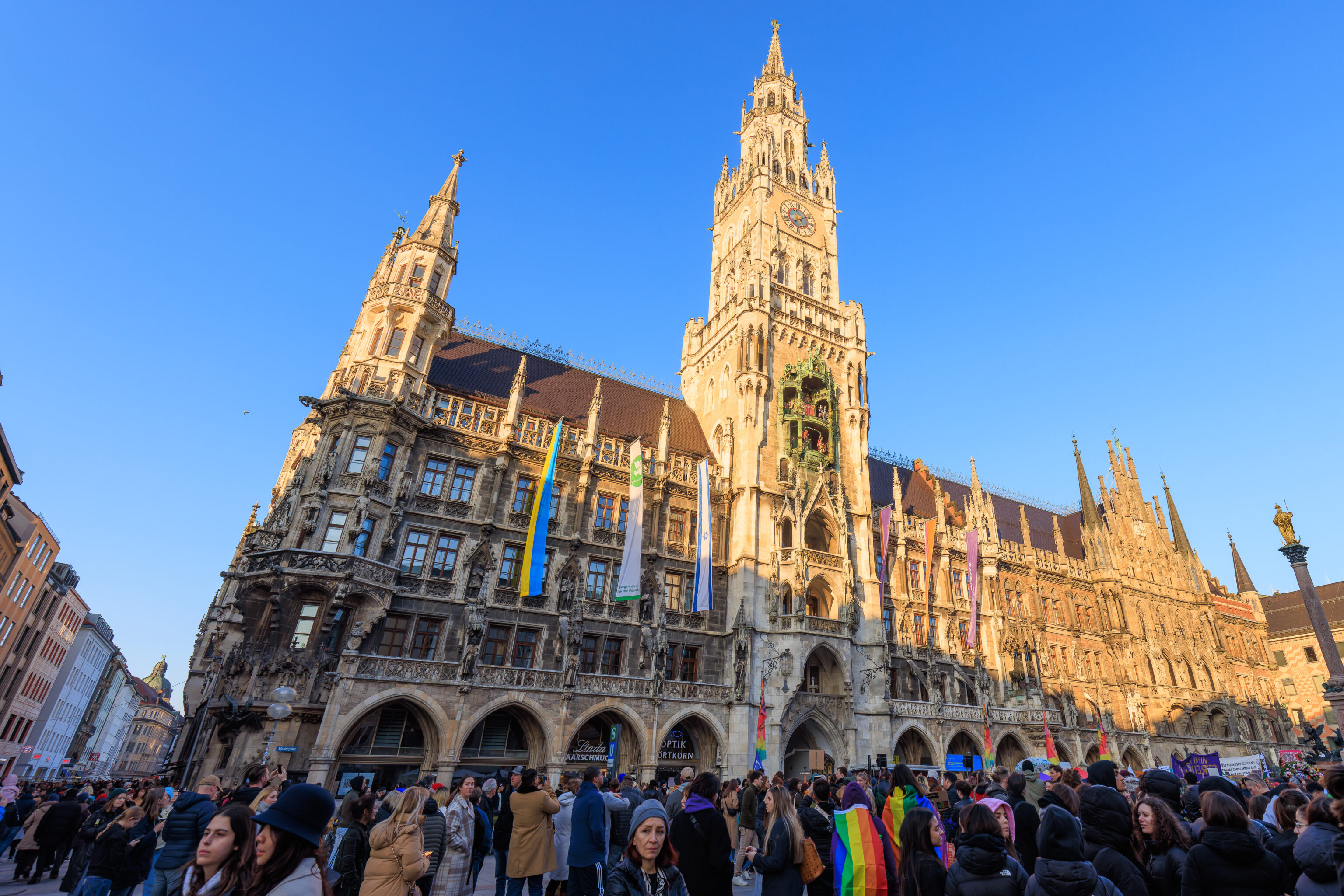
The protestors had gathered at the Marienplatz. It was quite a big crowd. It wasn’t really apparent what their actual message was, or if this was juts one group or there were multiple groups present. There was a heavy police presence in full riot gear, though they mostly stood off to the side and observed. We watched for a bit from the side before moving on to the west.
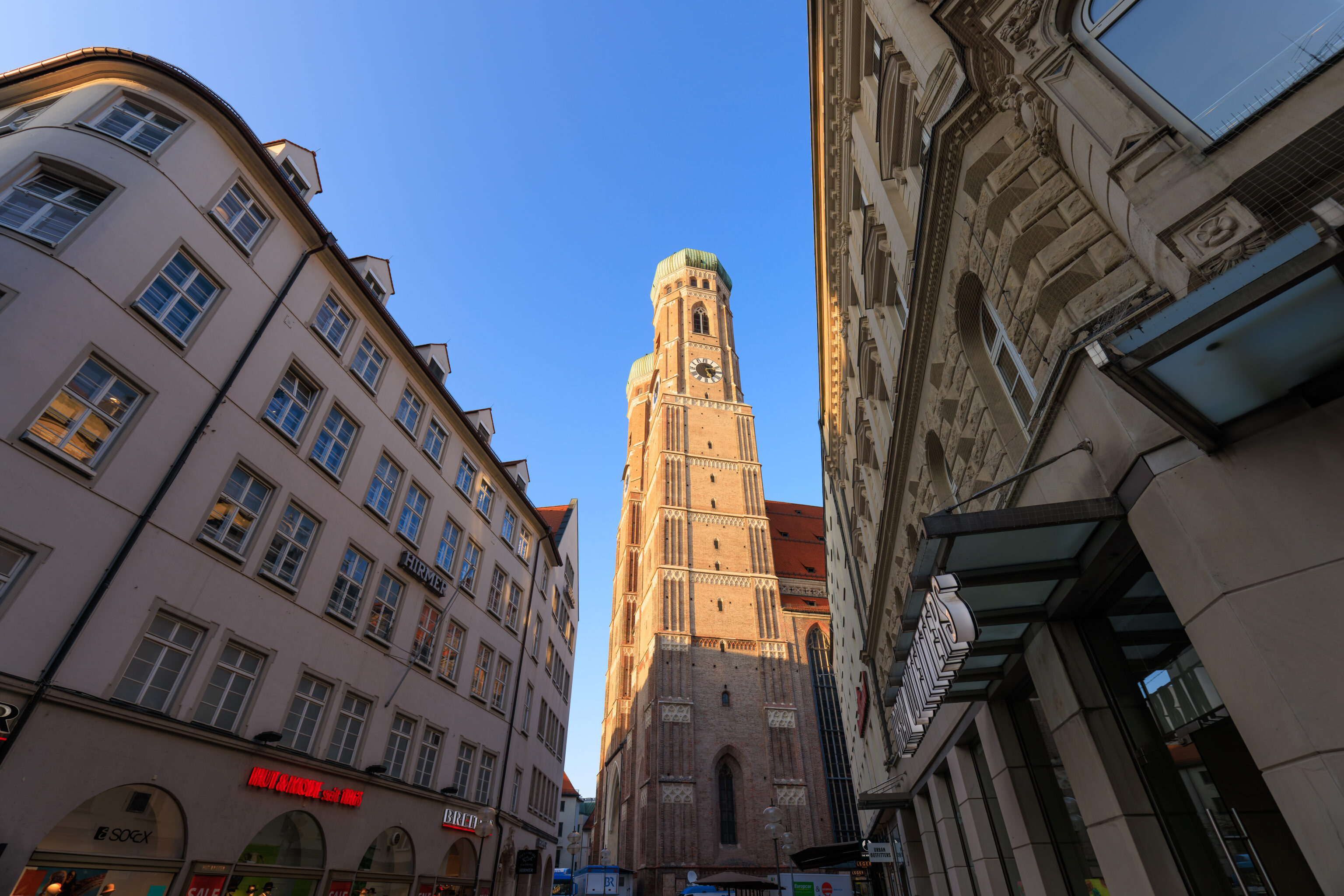
We passed by one block away from the Frauenkirche.
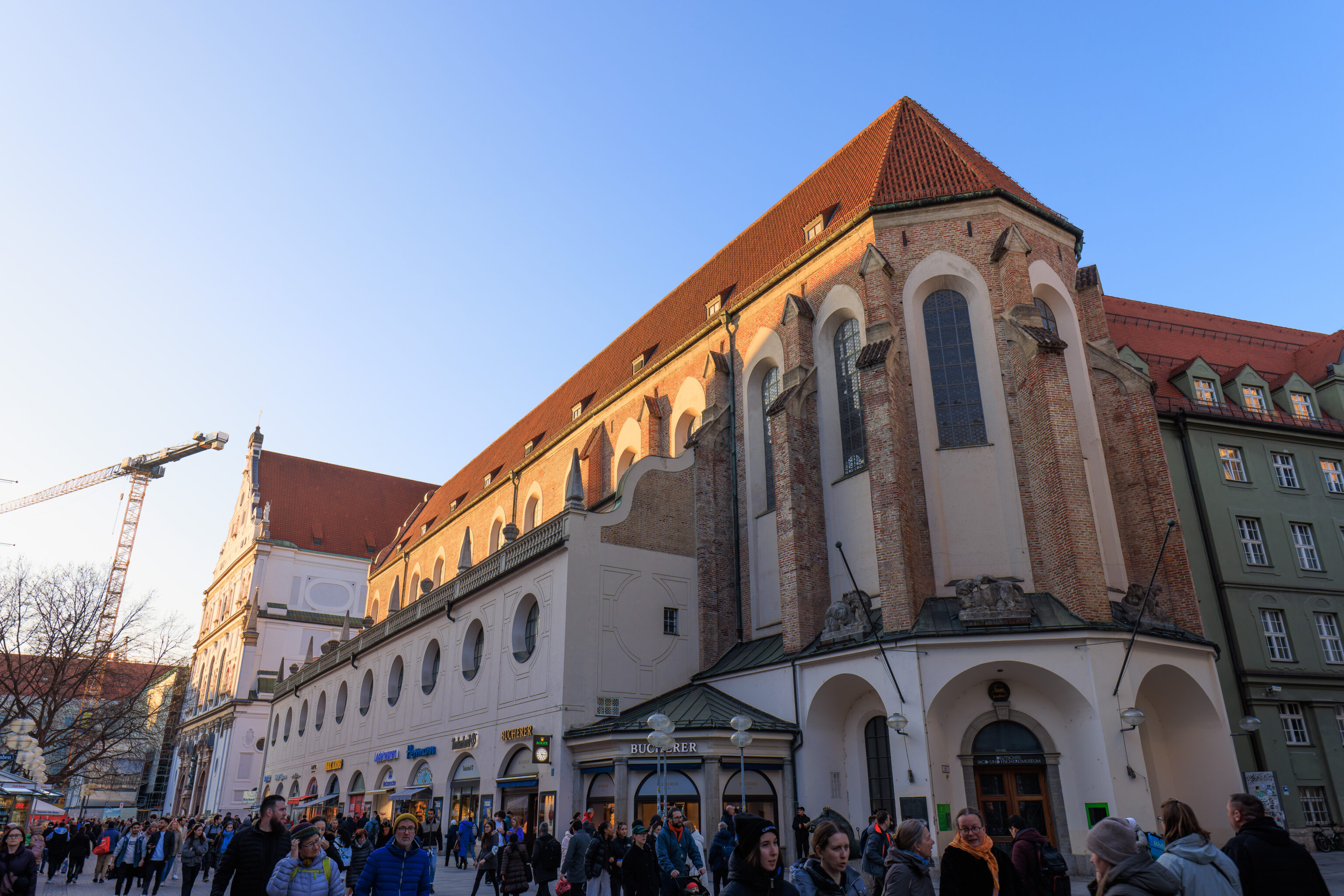
This building houses the Deutsches Jagd- und Fischereimuseum (German Hunting and Fishing Museum) and is located in the former Augustinian Church. It hasn’t been a church for over 200 years.
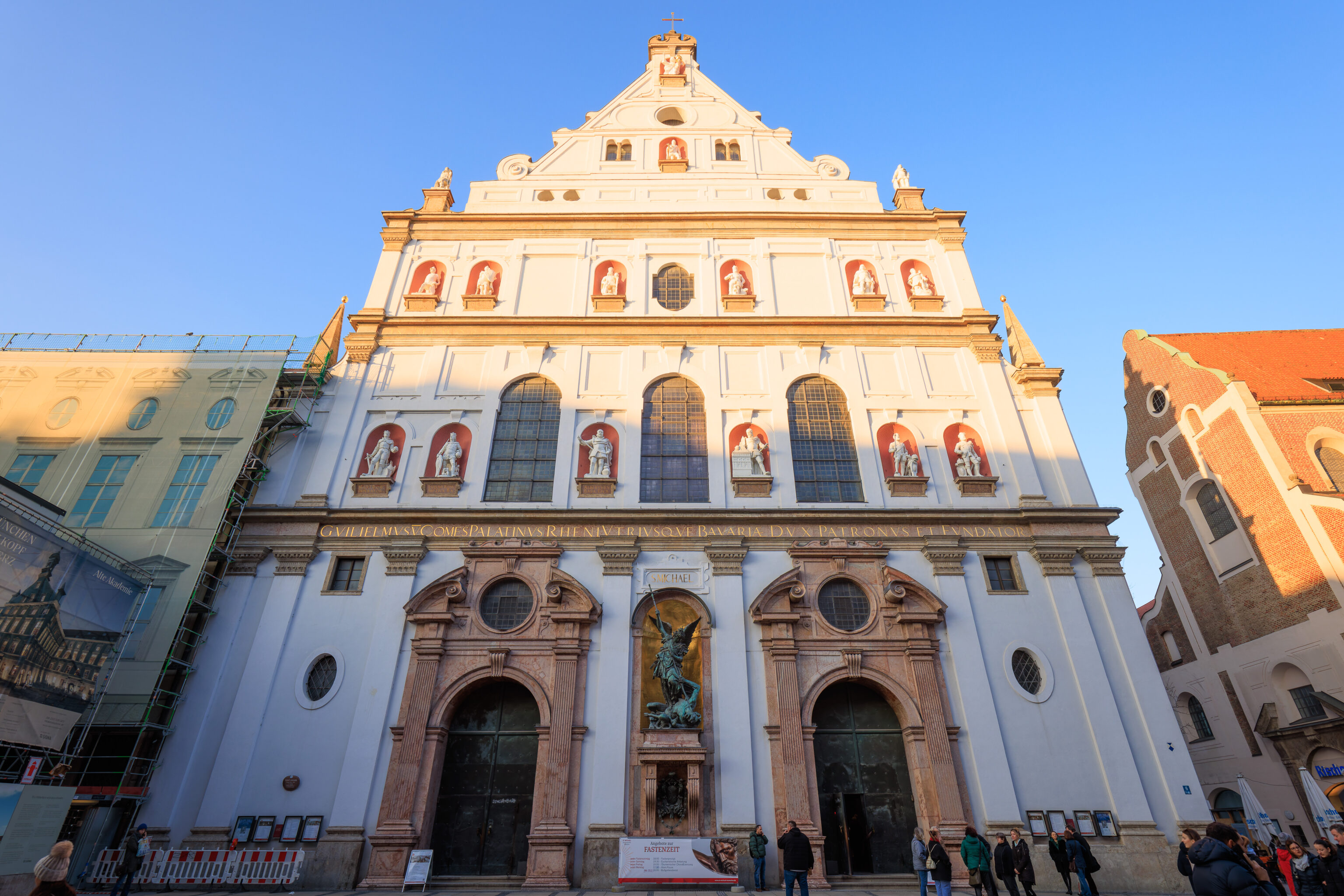
The adjacent building to the west is the Jesuit Church of St. Michael. We went i to take a look.
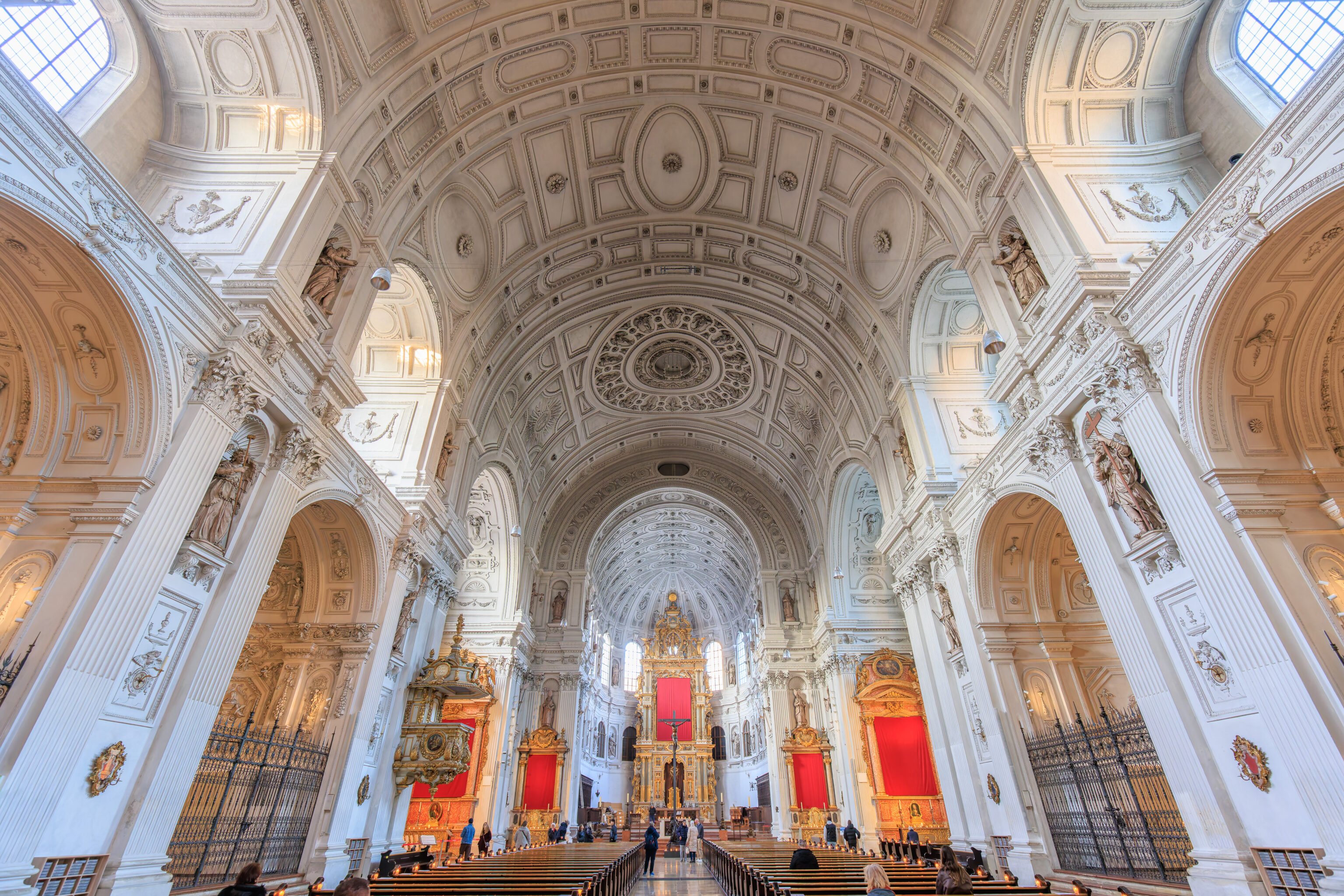
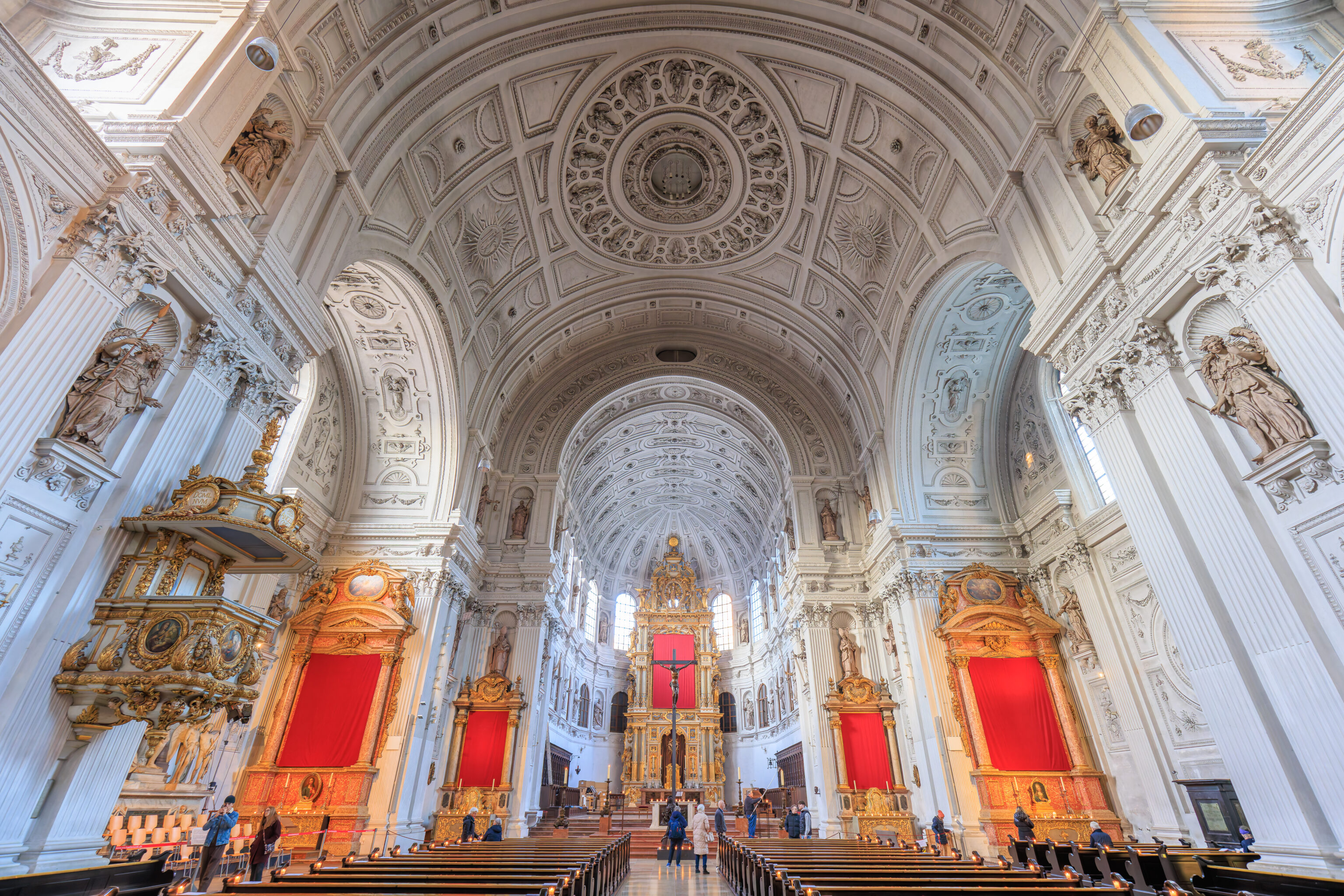
The interior had a clean appearance with lots of white, similar to some of the other churches that we’ve seen in Munich. There was quite a bit of detail carved into the walls and particularly the ceiling.
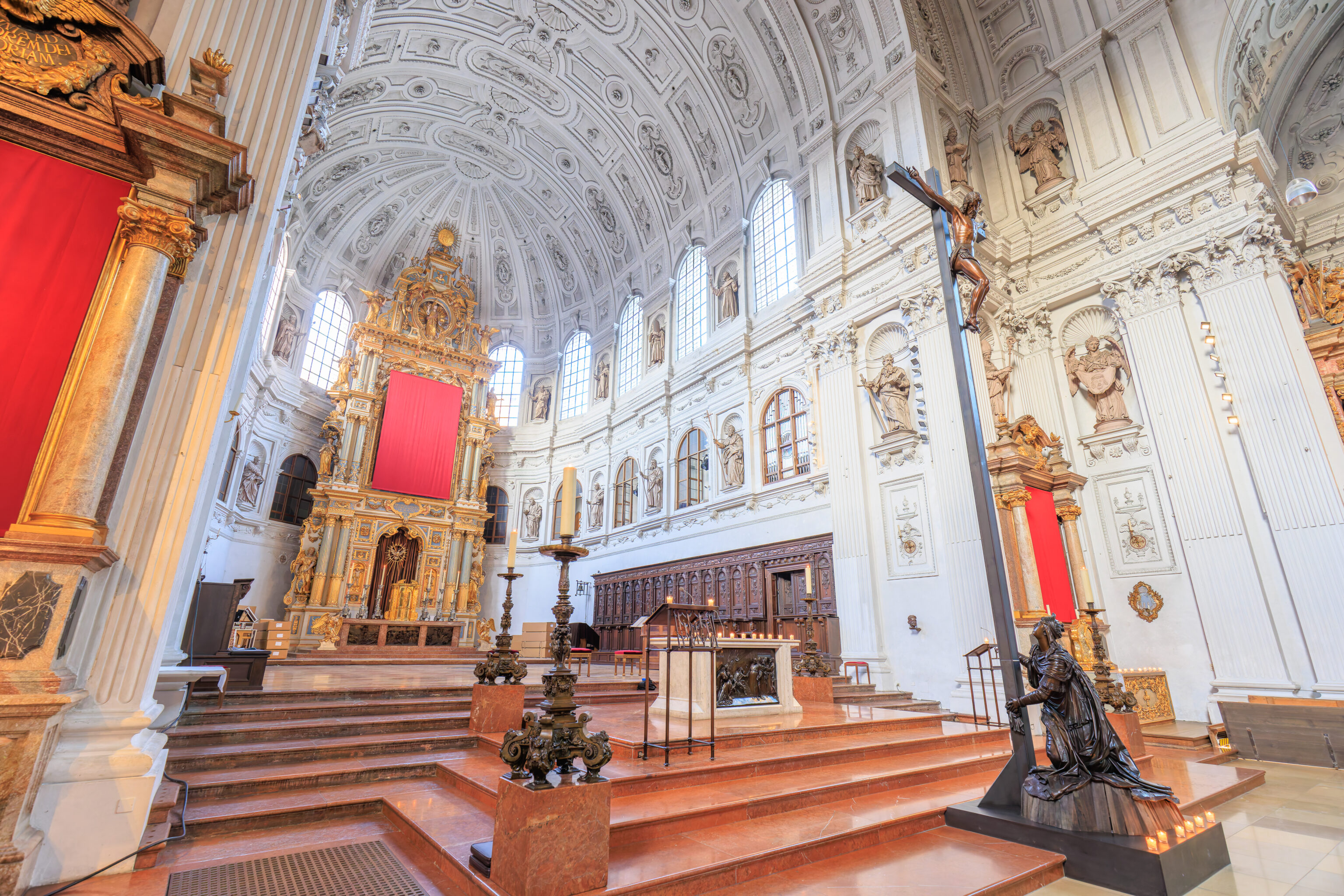
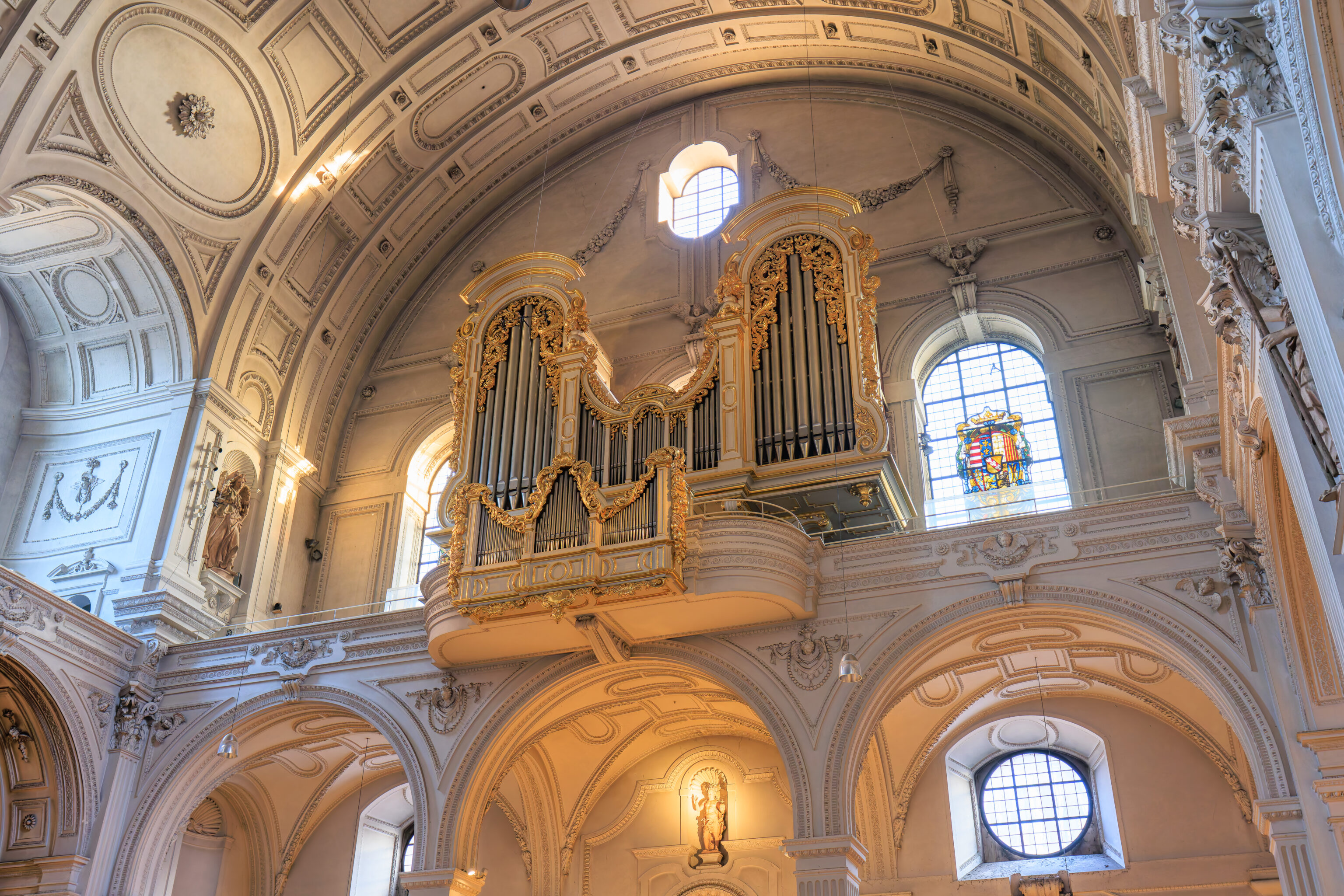
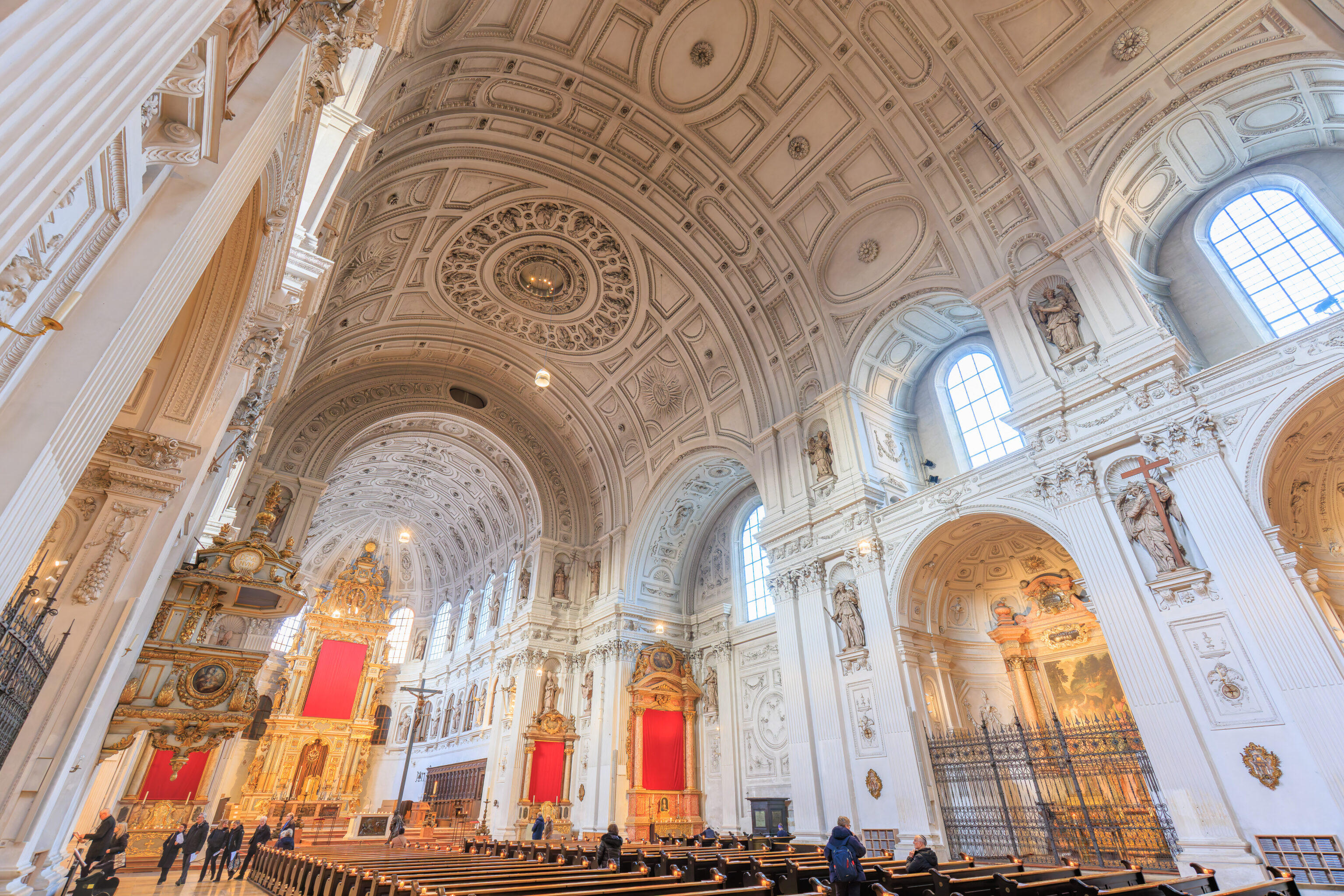
We quickly walked through the church. After exiting, we decided to have dinner at the nearby Augustiner Stammhaus.
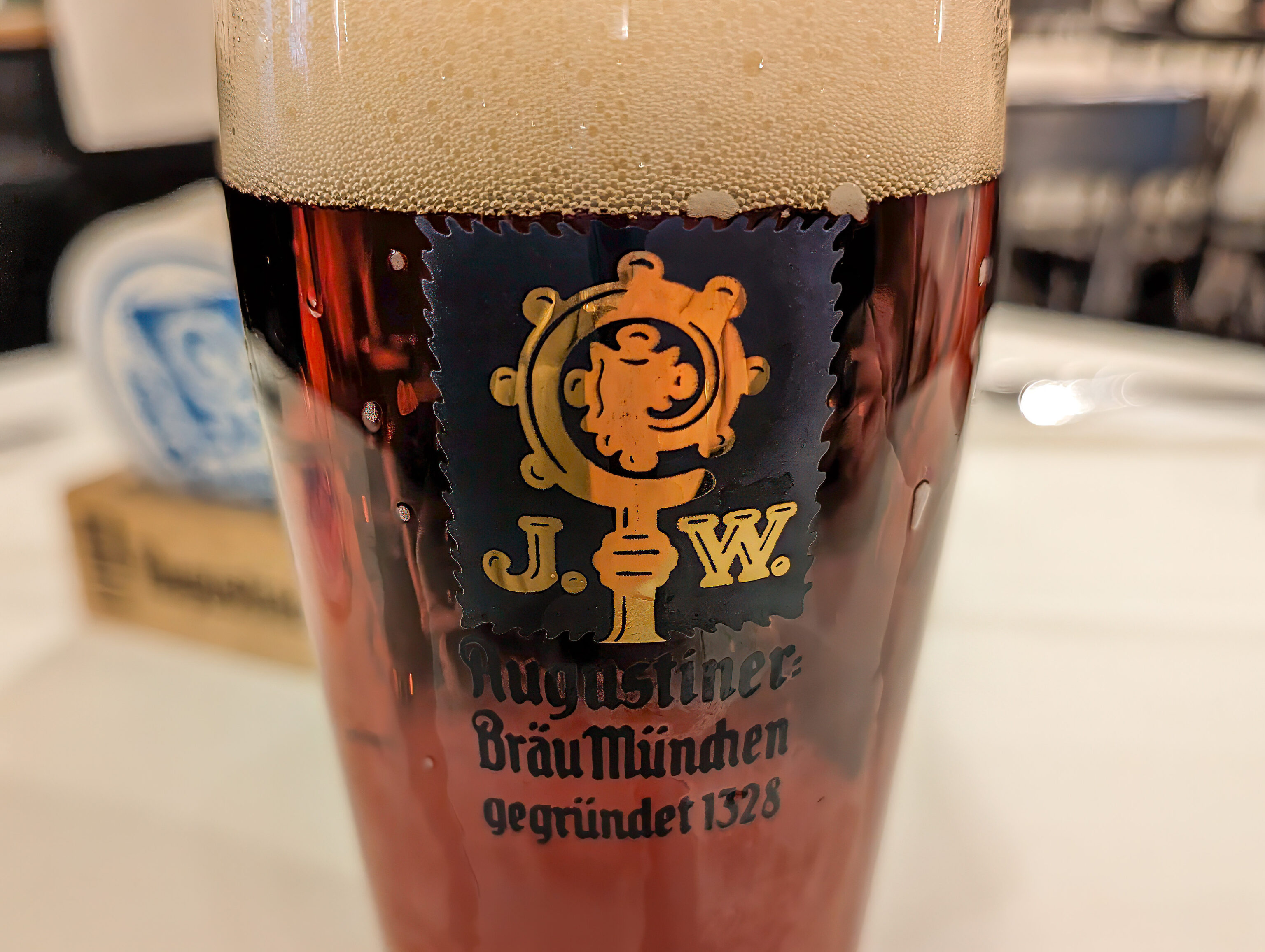
Of course, some German beer.
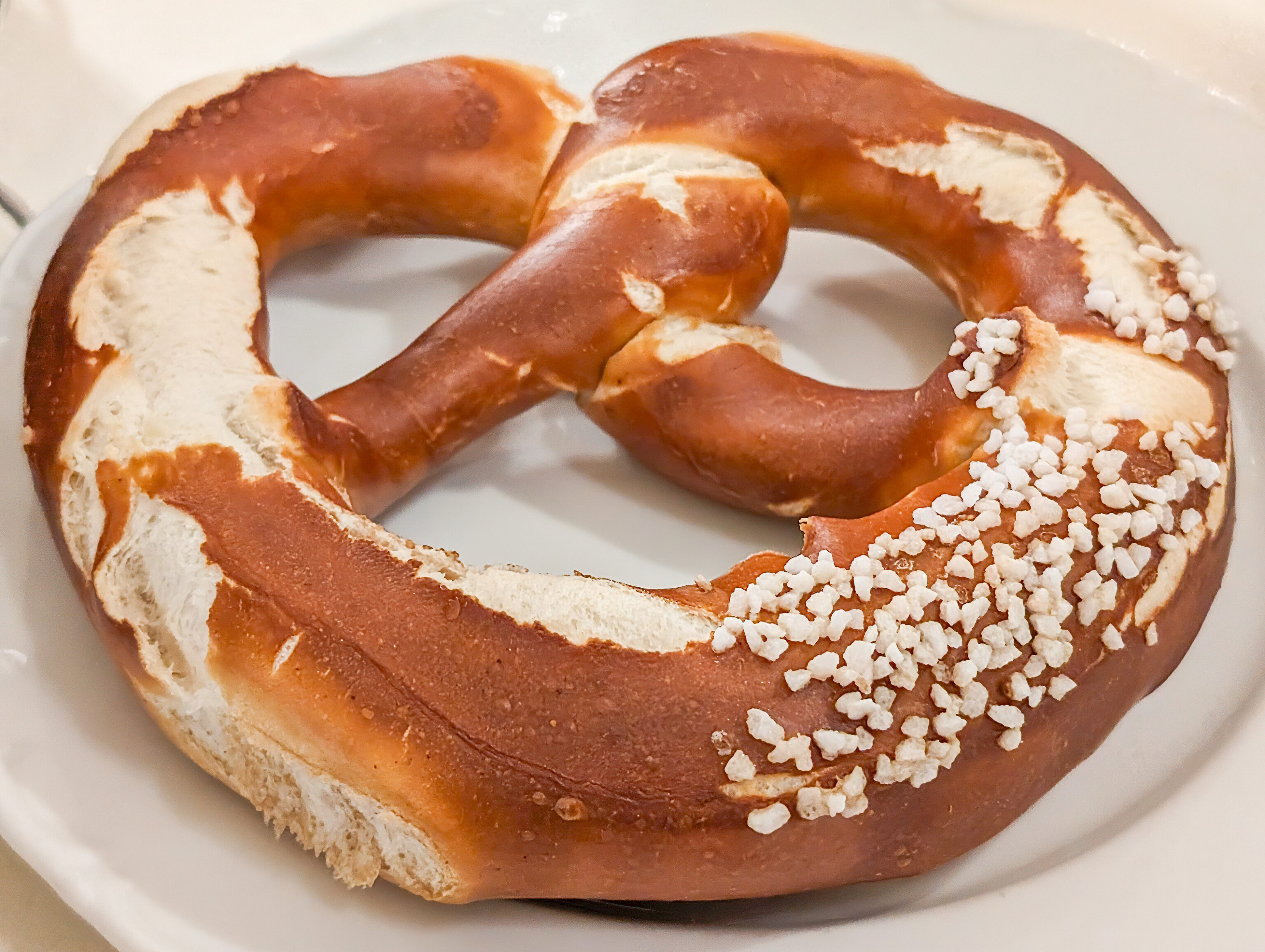
We got a pretzel. They aren’t any better in Germany than they are in the US, though it seems like sometimes here they aren’t fully covered with salt like they usually are in the US. Which is OK as there is always too much salt!
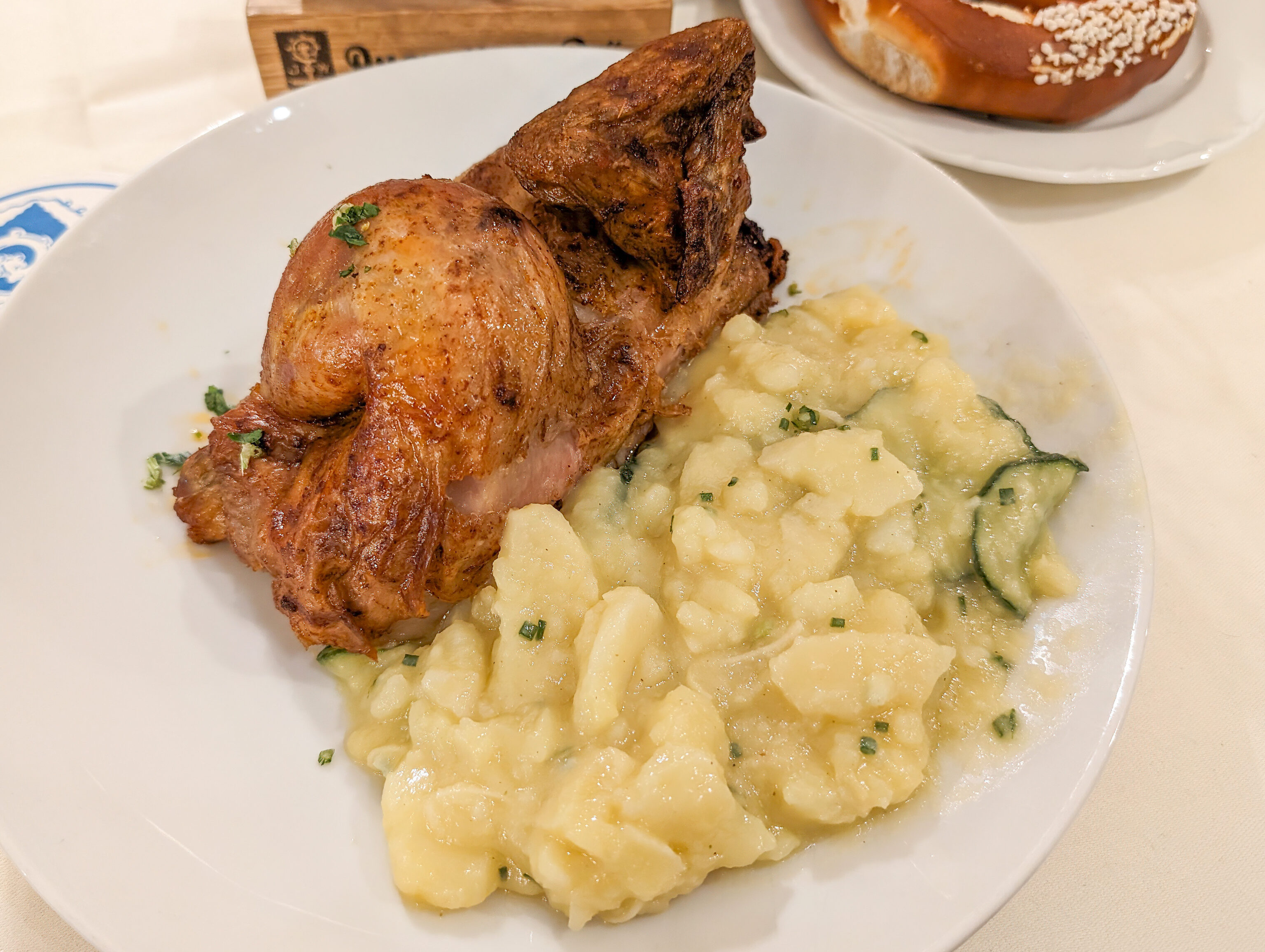
We decided to try some chicken as we haven’t really had chicken in Germany, other than döner. It was decently prepared, not dry, and roughly comparable to what one would get in the US.
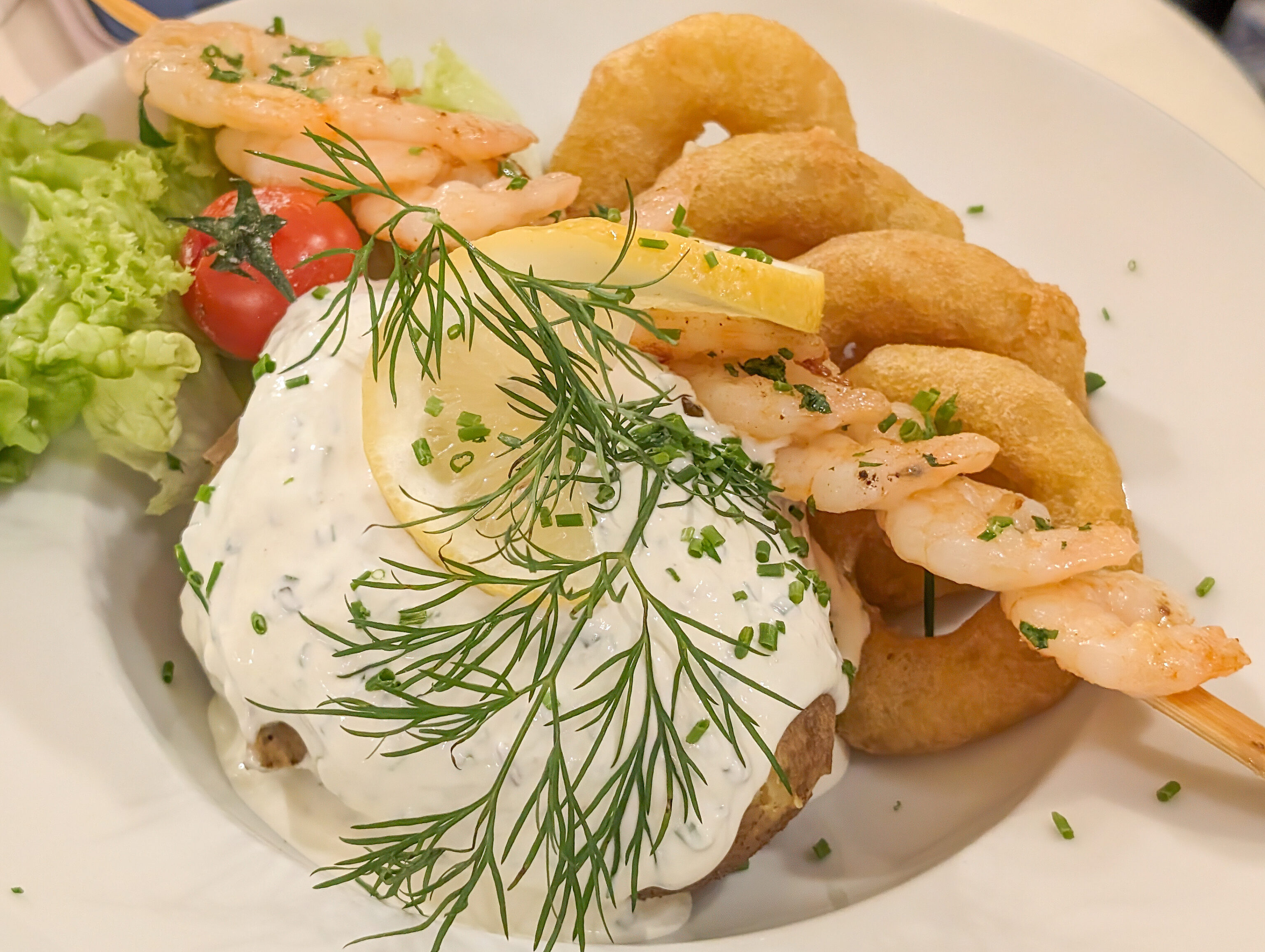
We also got a plate with skewered shrimp, calamari, and a baked potato. Again, roughly comparable to what one could get in the US. Perhaps we should have went with something more German? Or, more fitting with our perception of what is German!
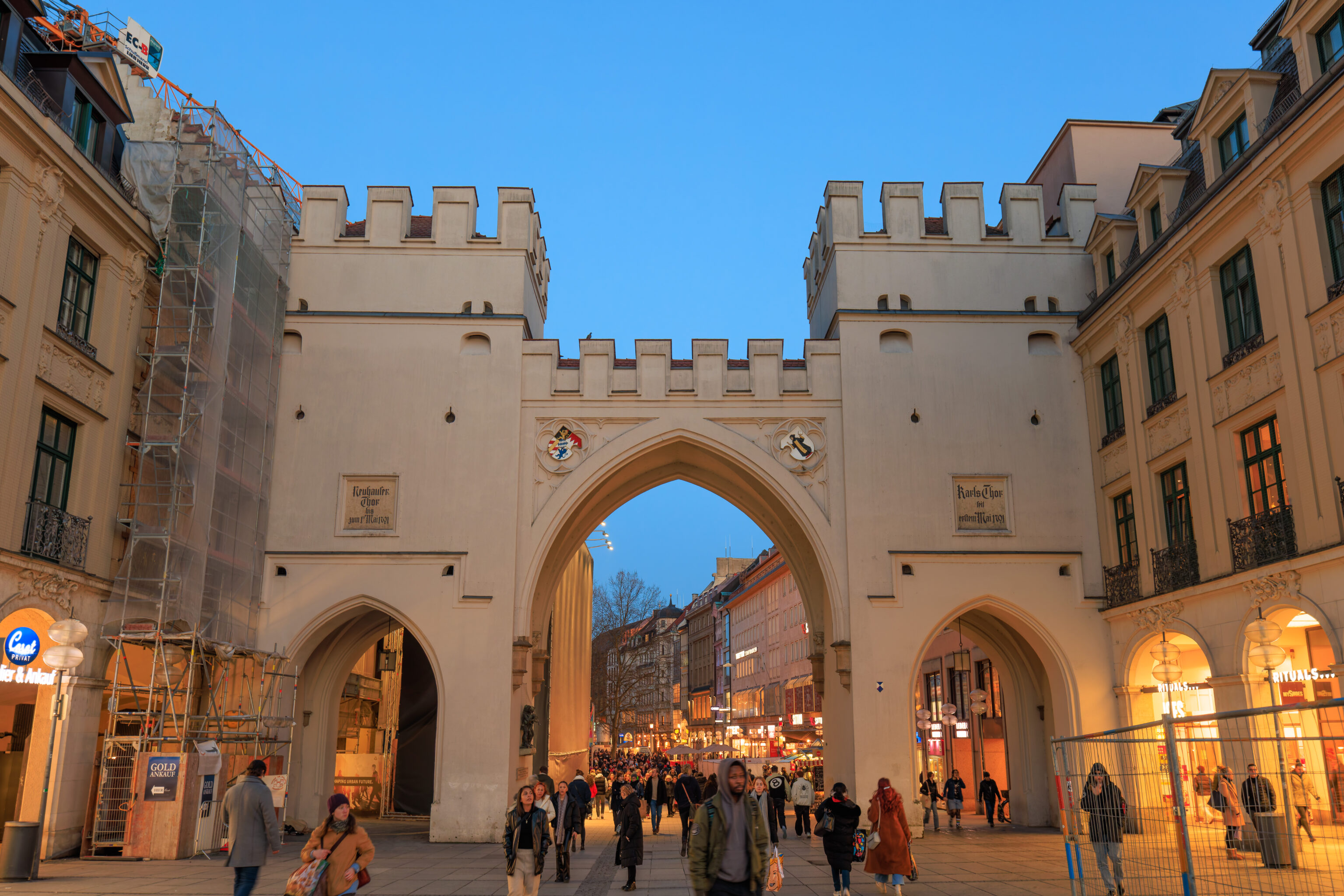
We continued to the west to exit through the Karlstor. This is the westernmost of three remaining city gates here in Munich. We’ve now seen all of them! From here, it was just a short walk to reach the Hauptbahnhof and the Le Méridien just beyond where we ended our day.
- https://en.wikipedia.org/wiki/Stadtsparkasse_M%C3%BCnchen: Stadtsparkasse München is one of the oldest banks in Germany founded in 1824. ↩︎
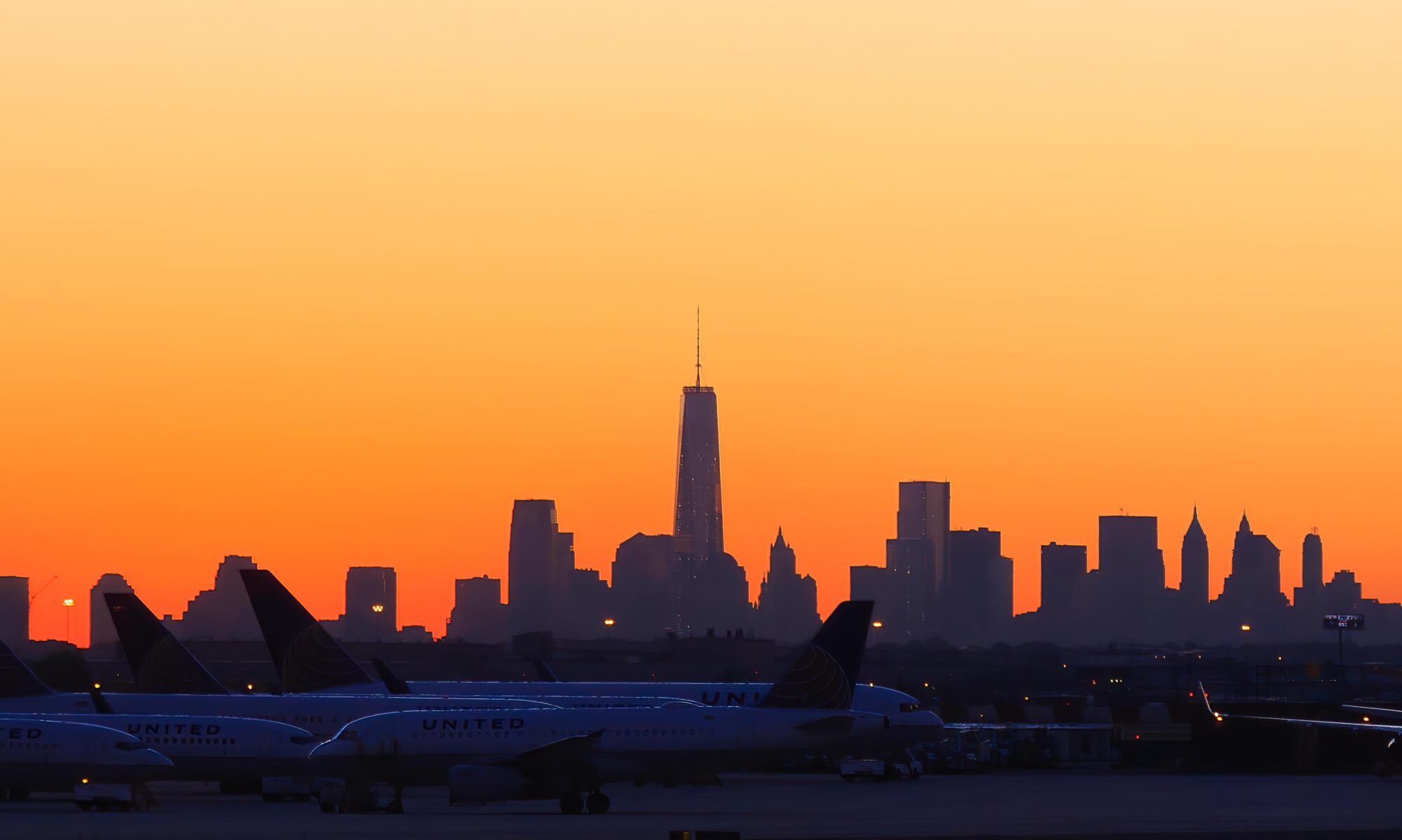
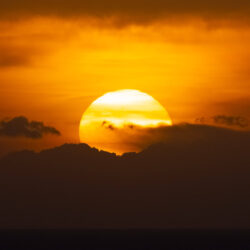
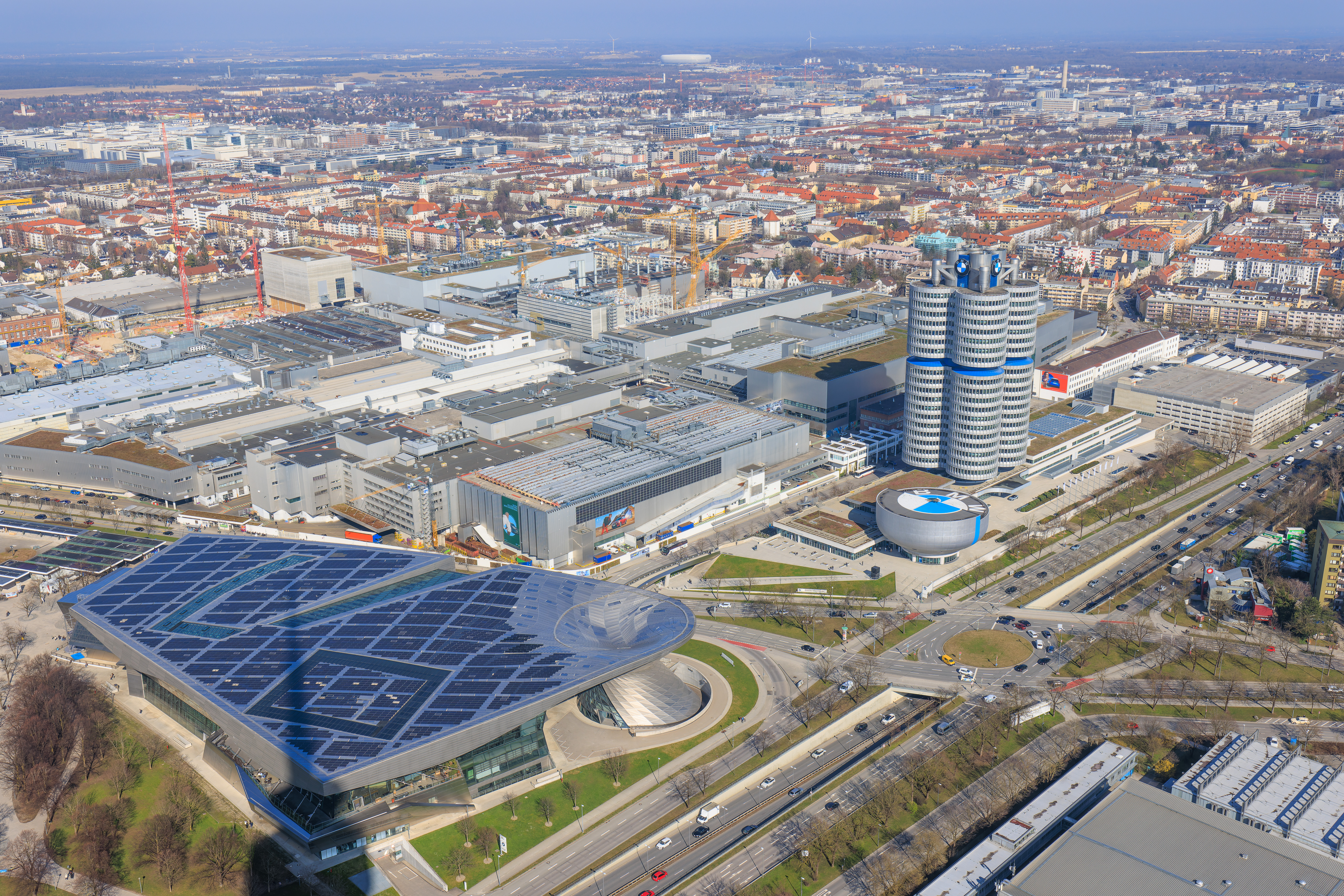
One Reply to “BMW, Olympic Park, and Munich’s Old Town”